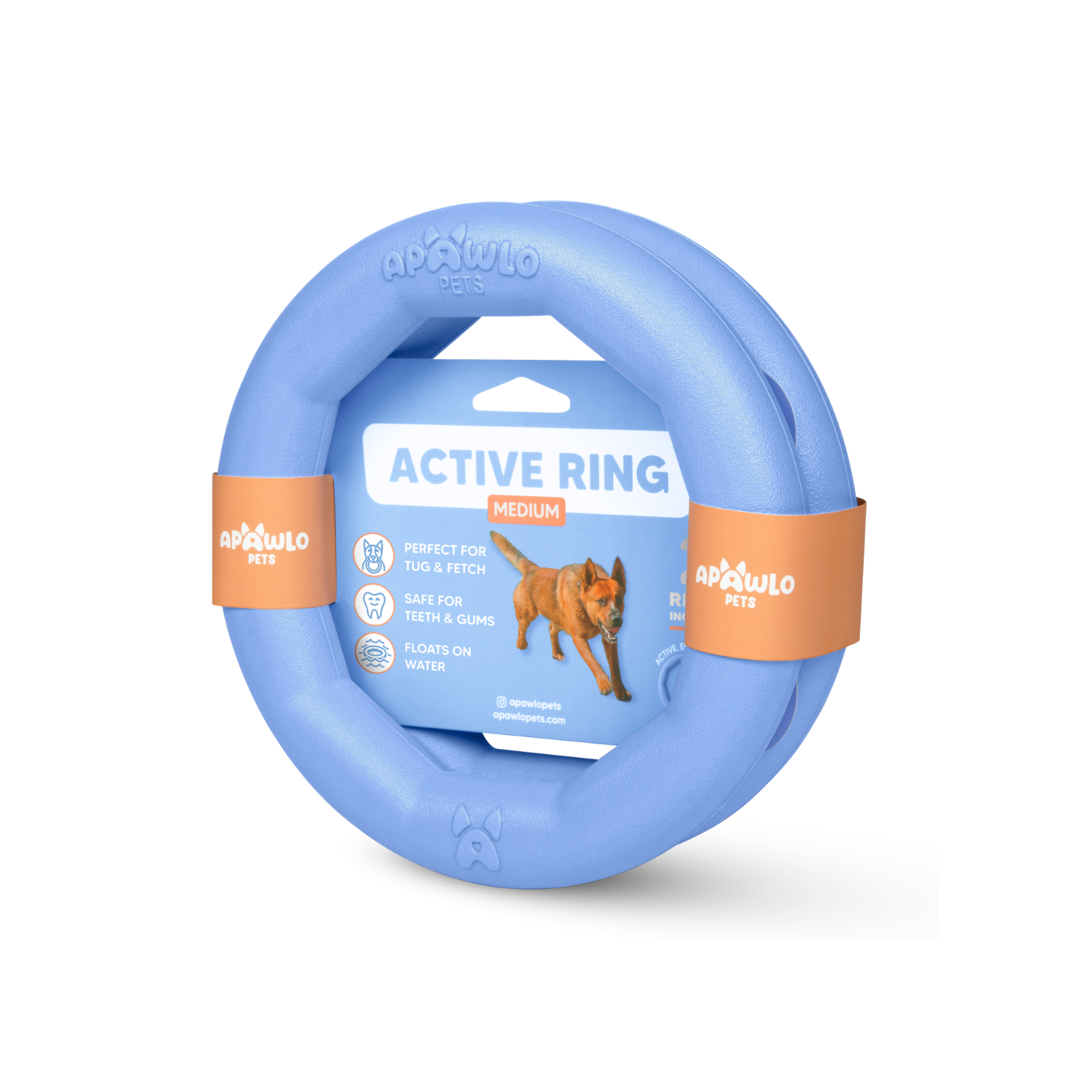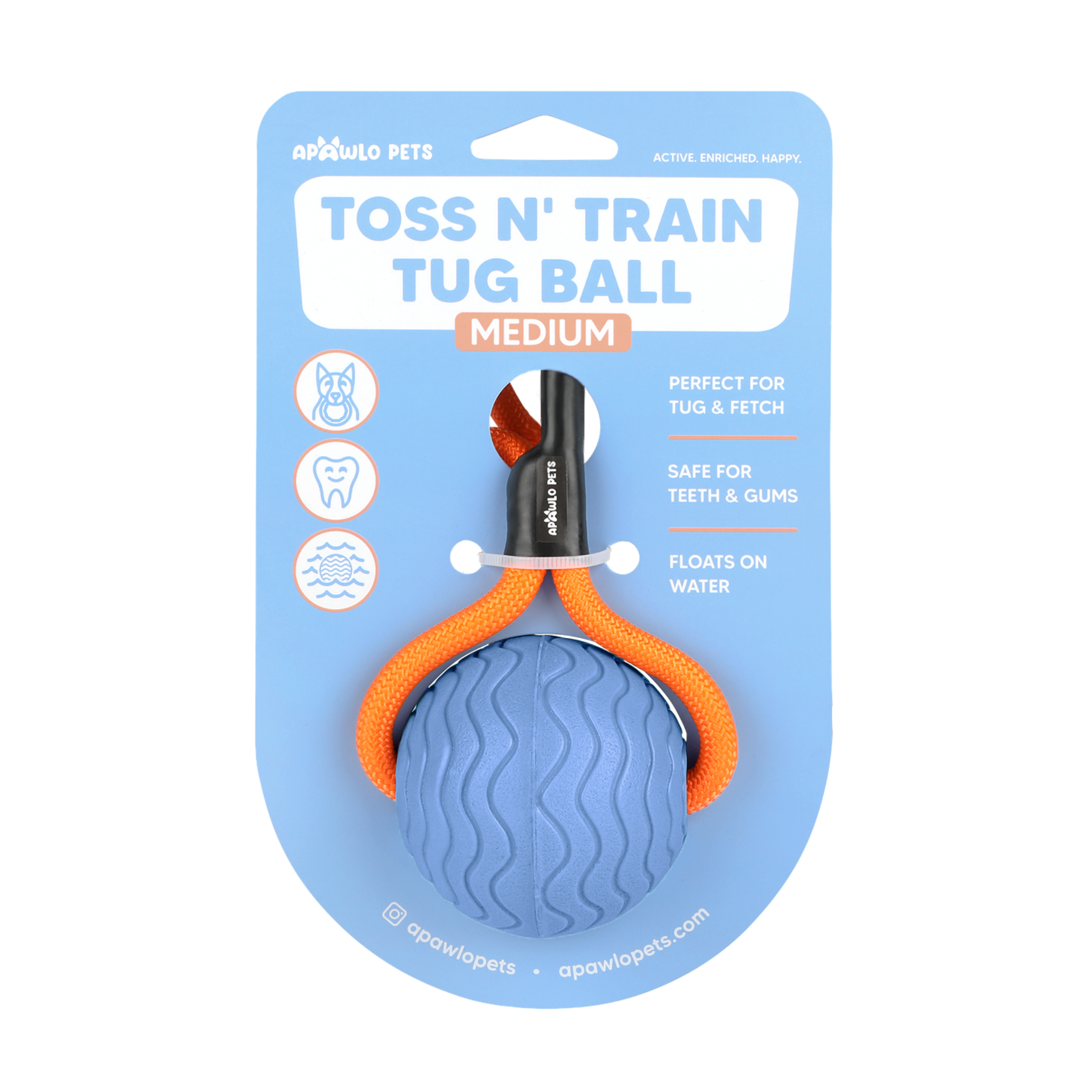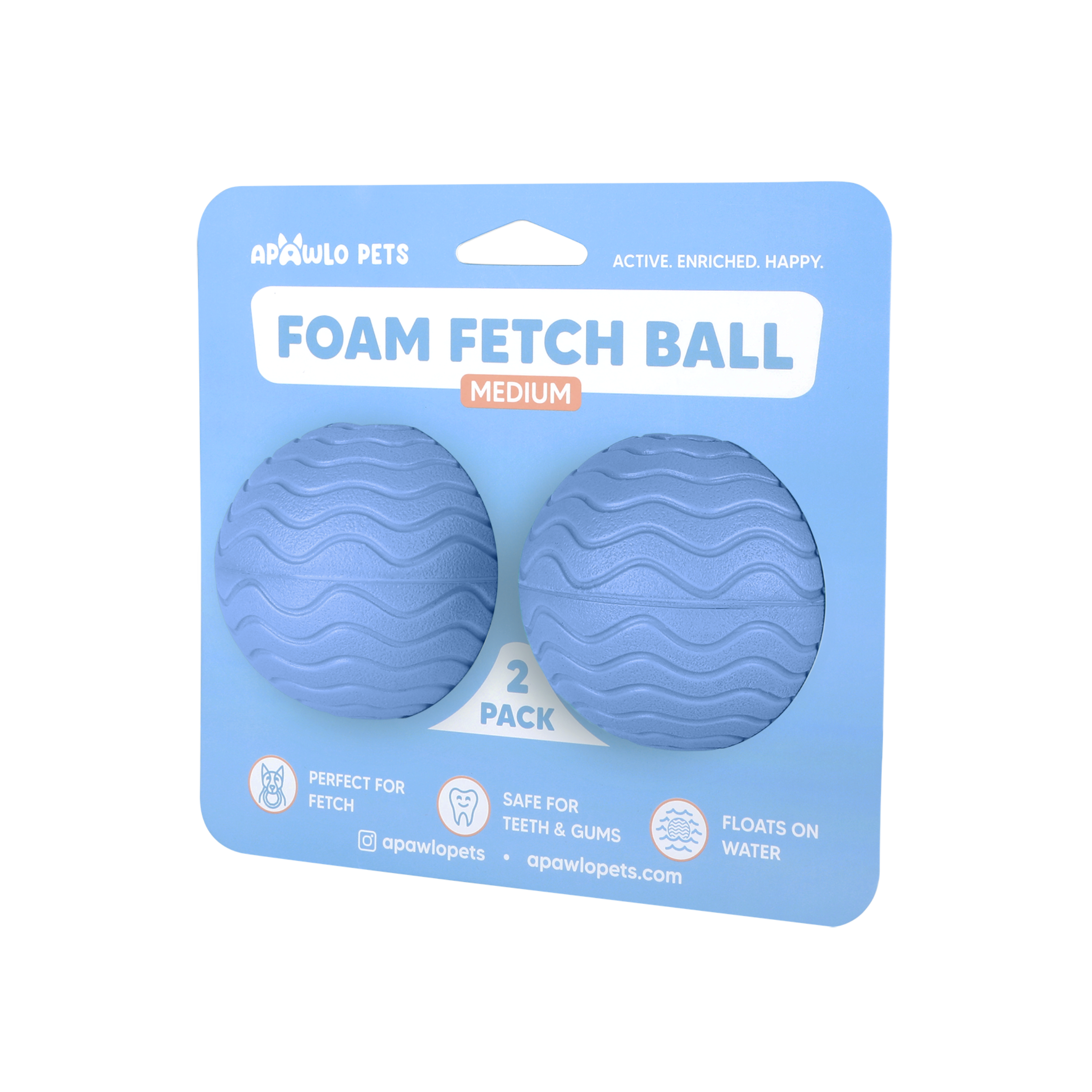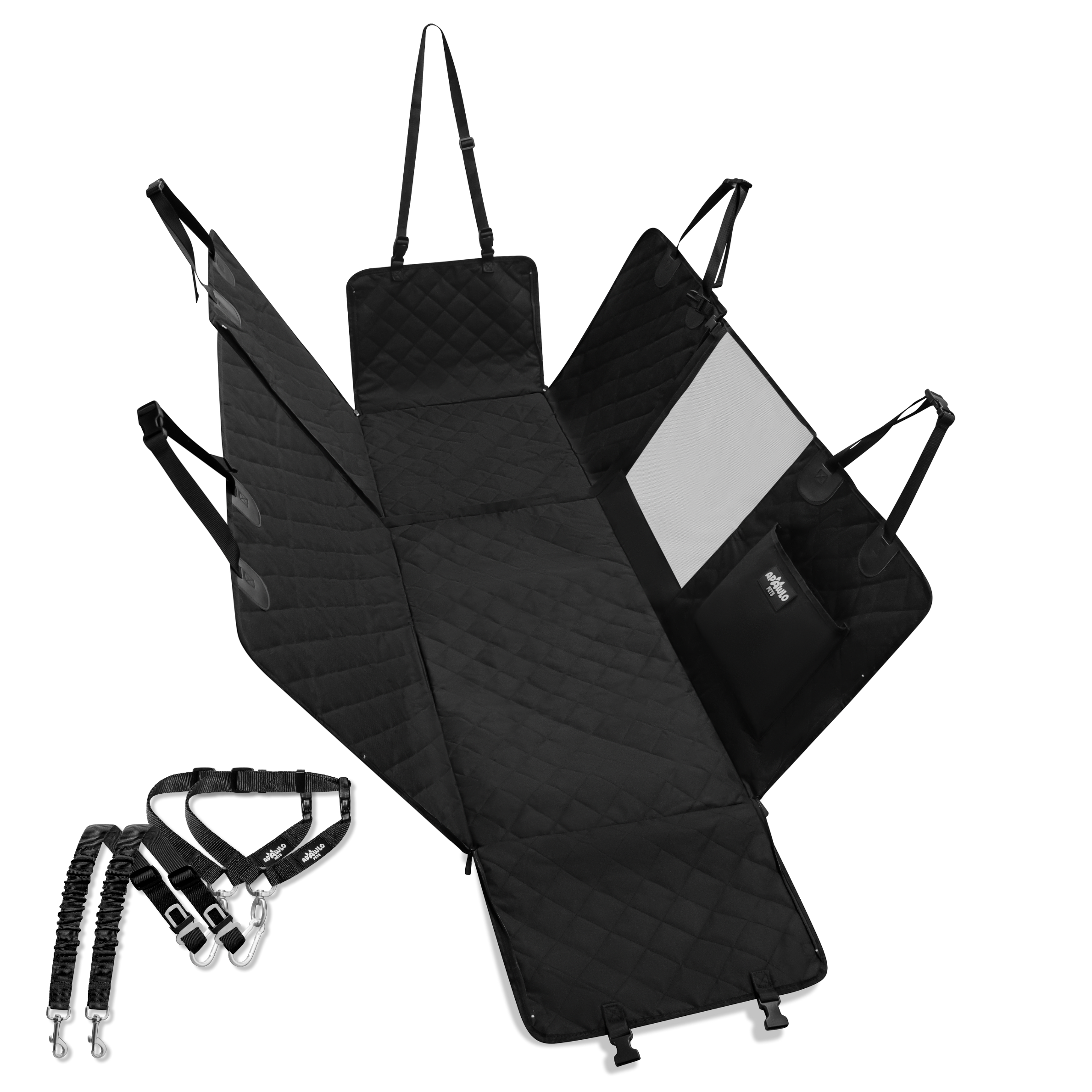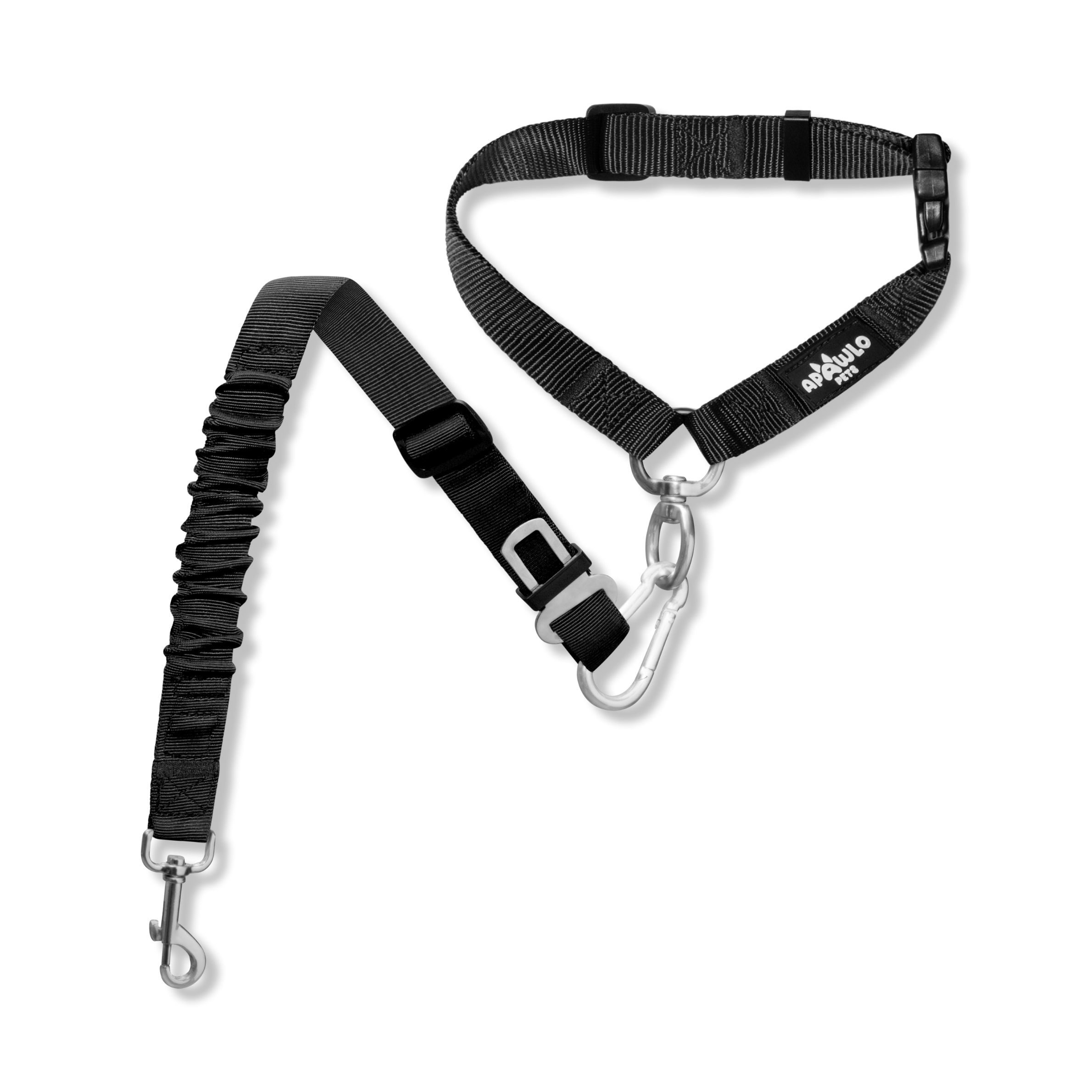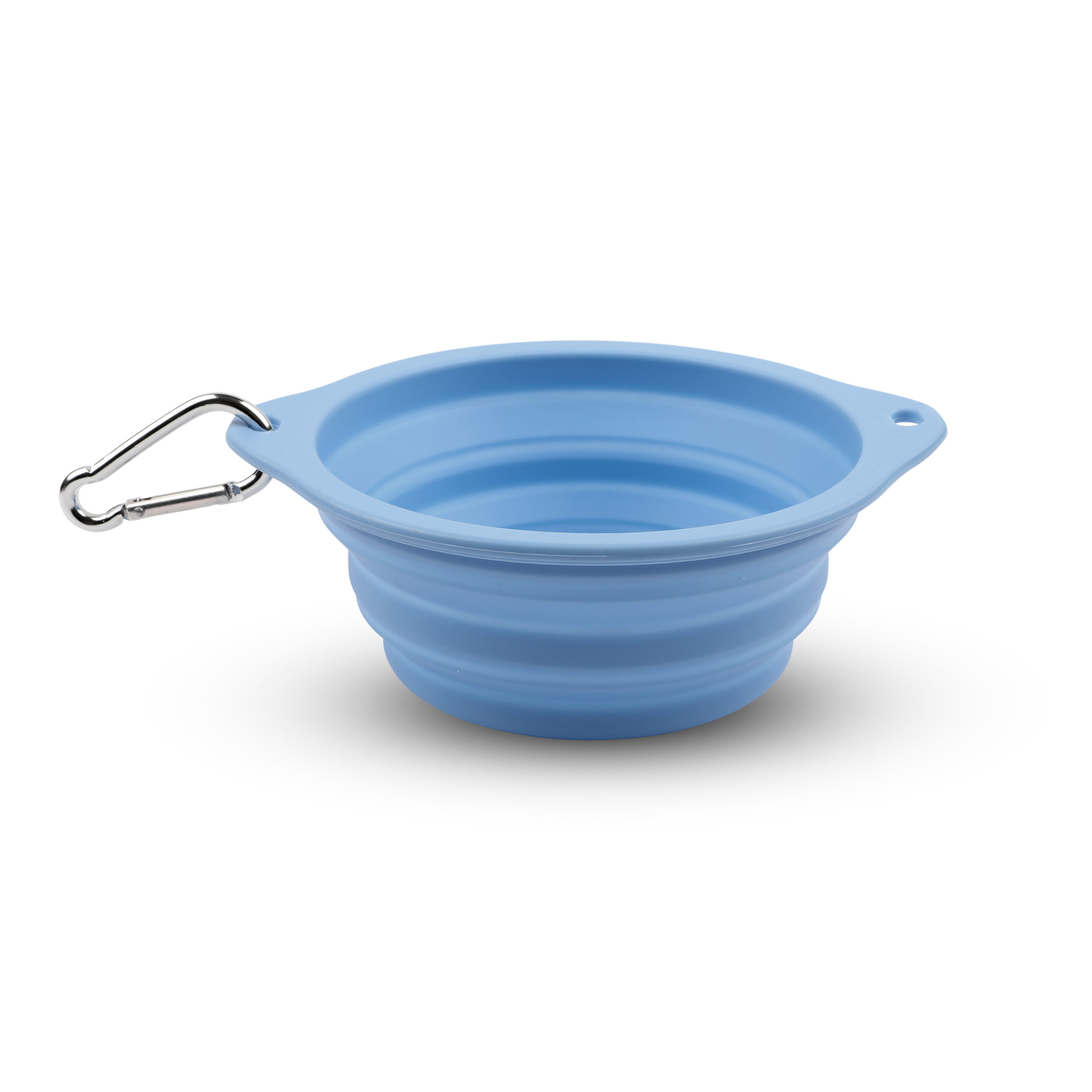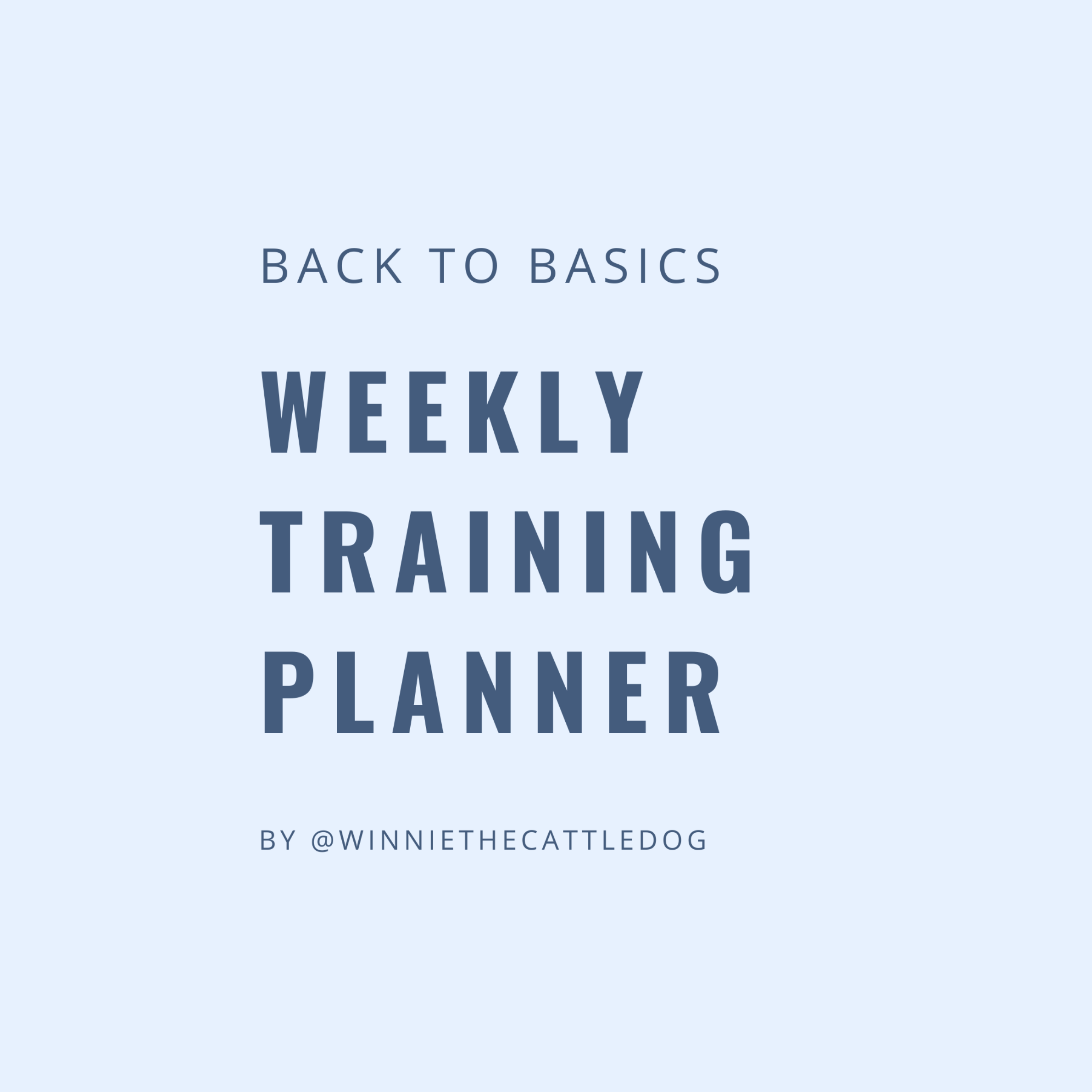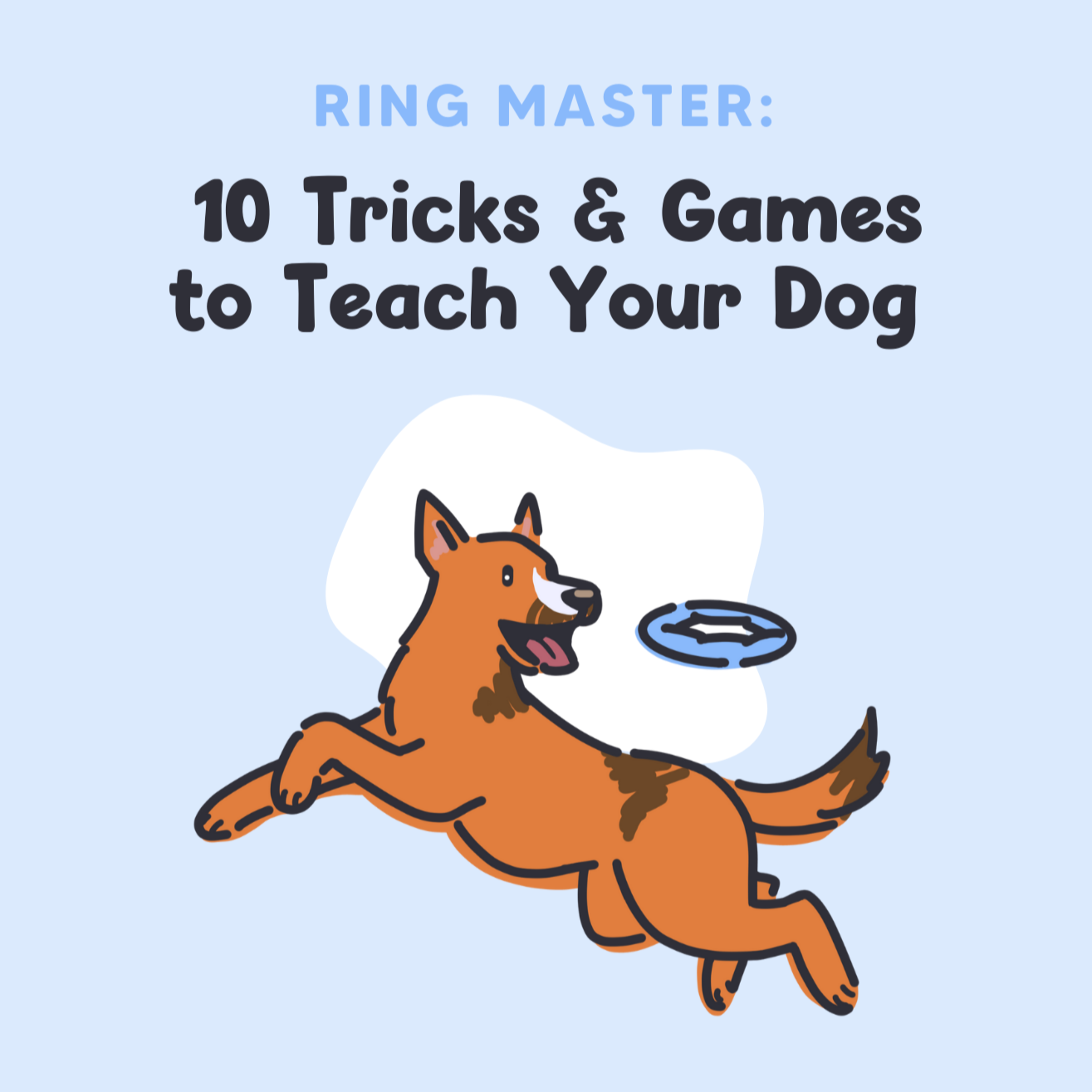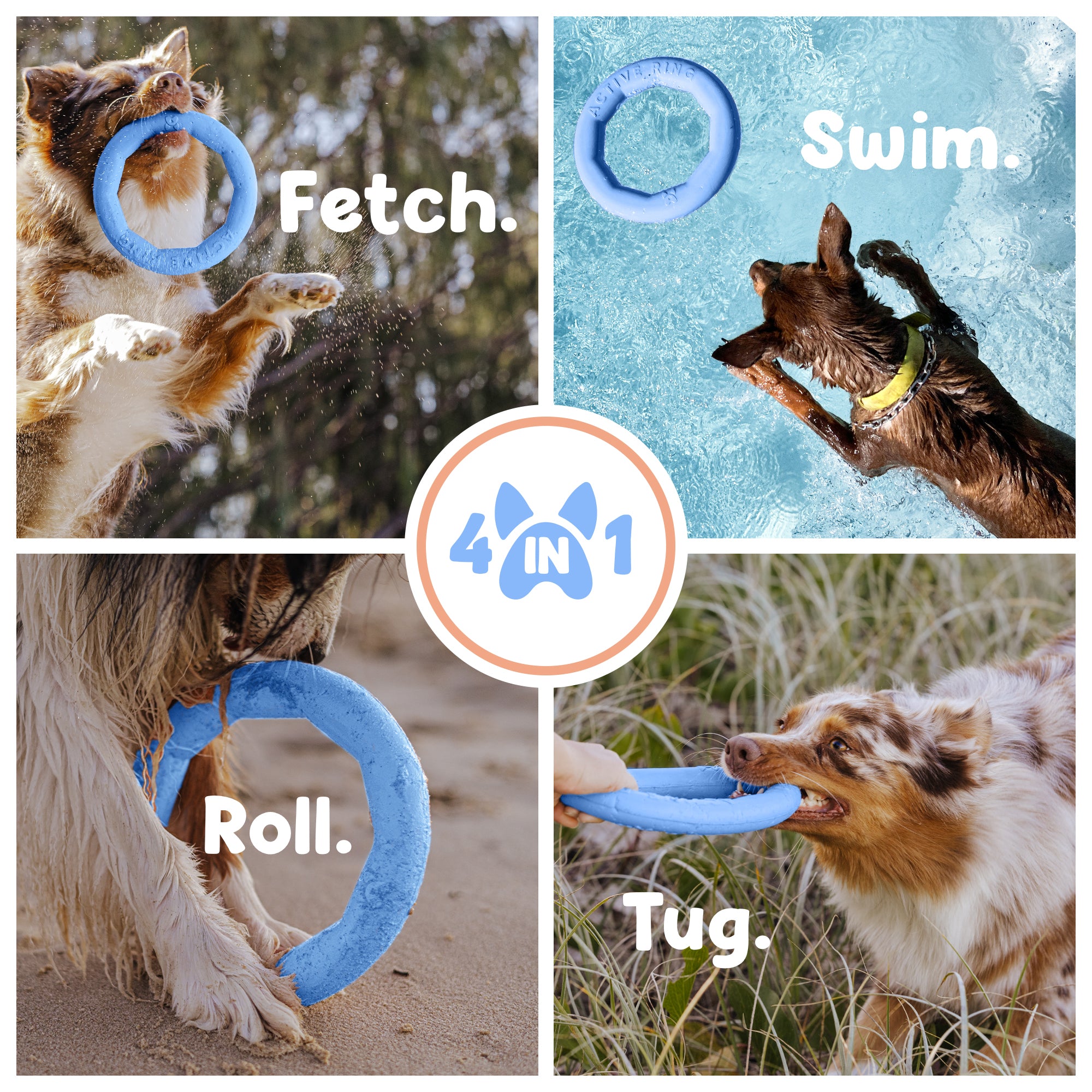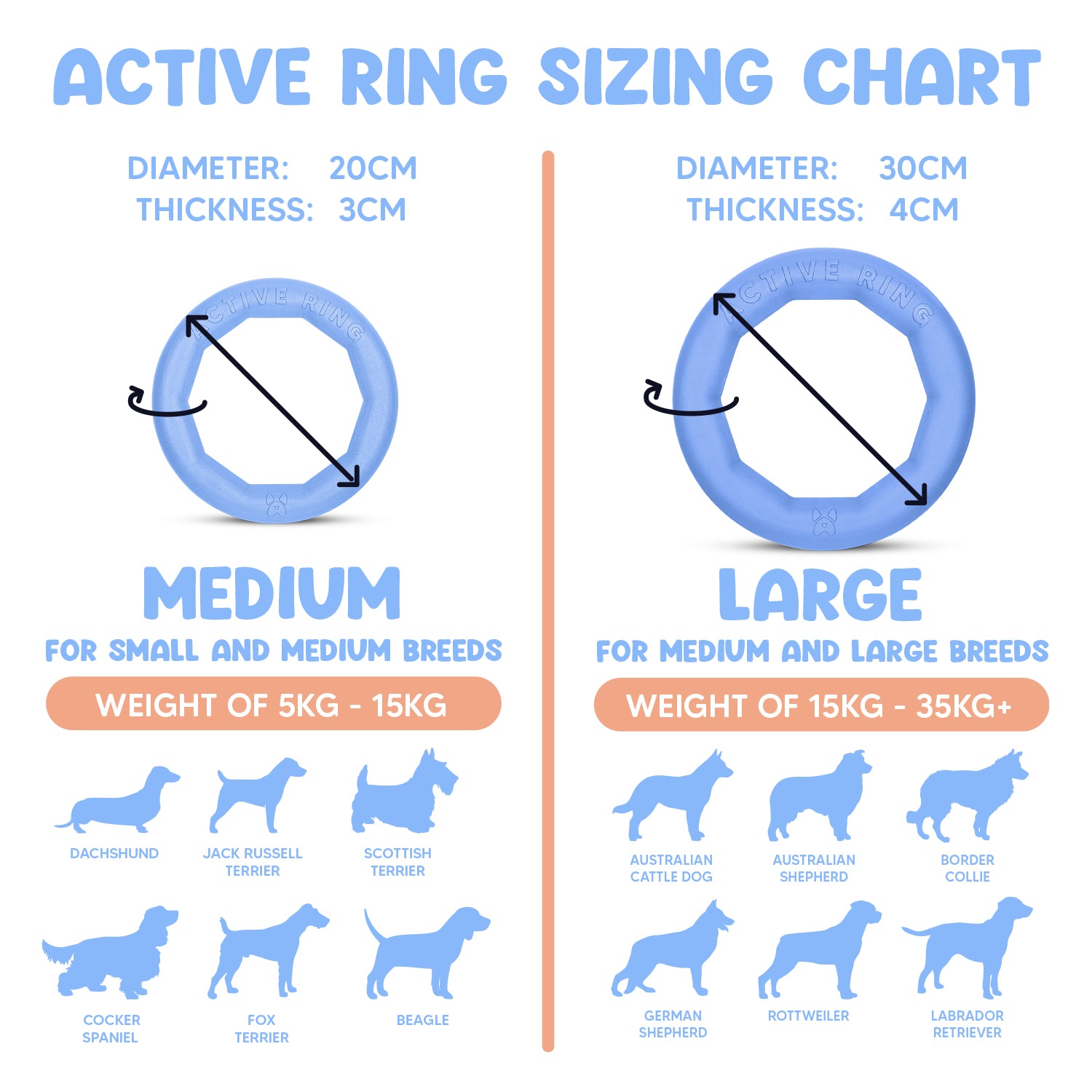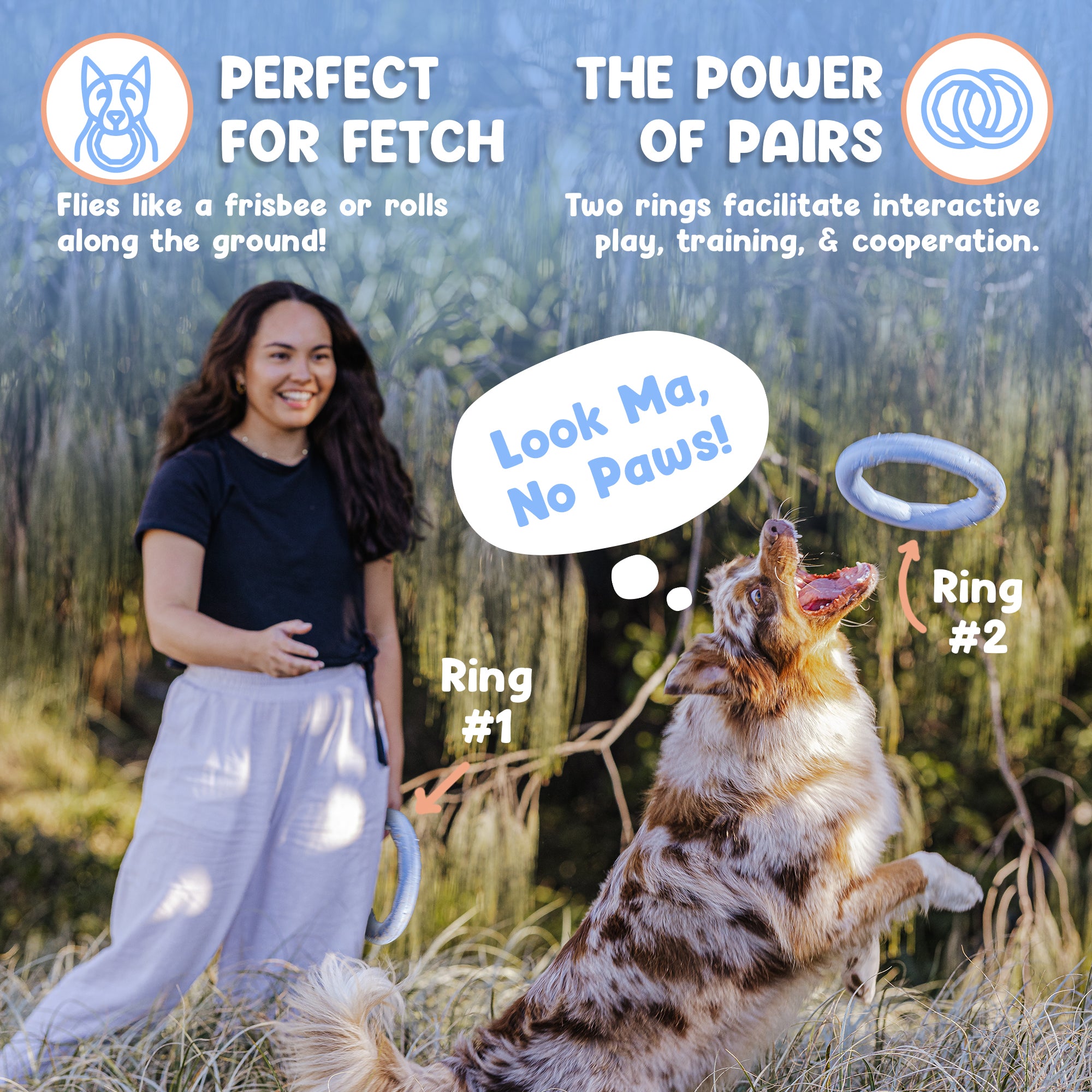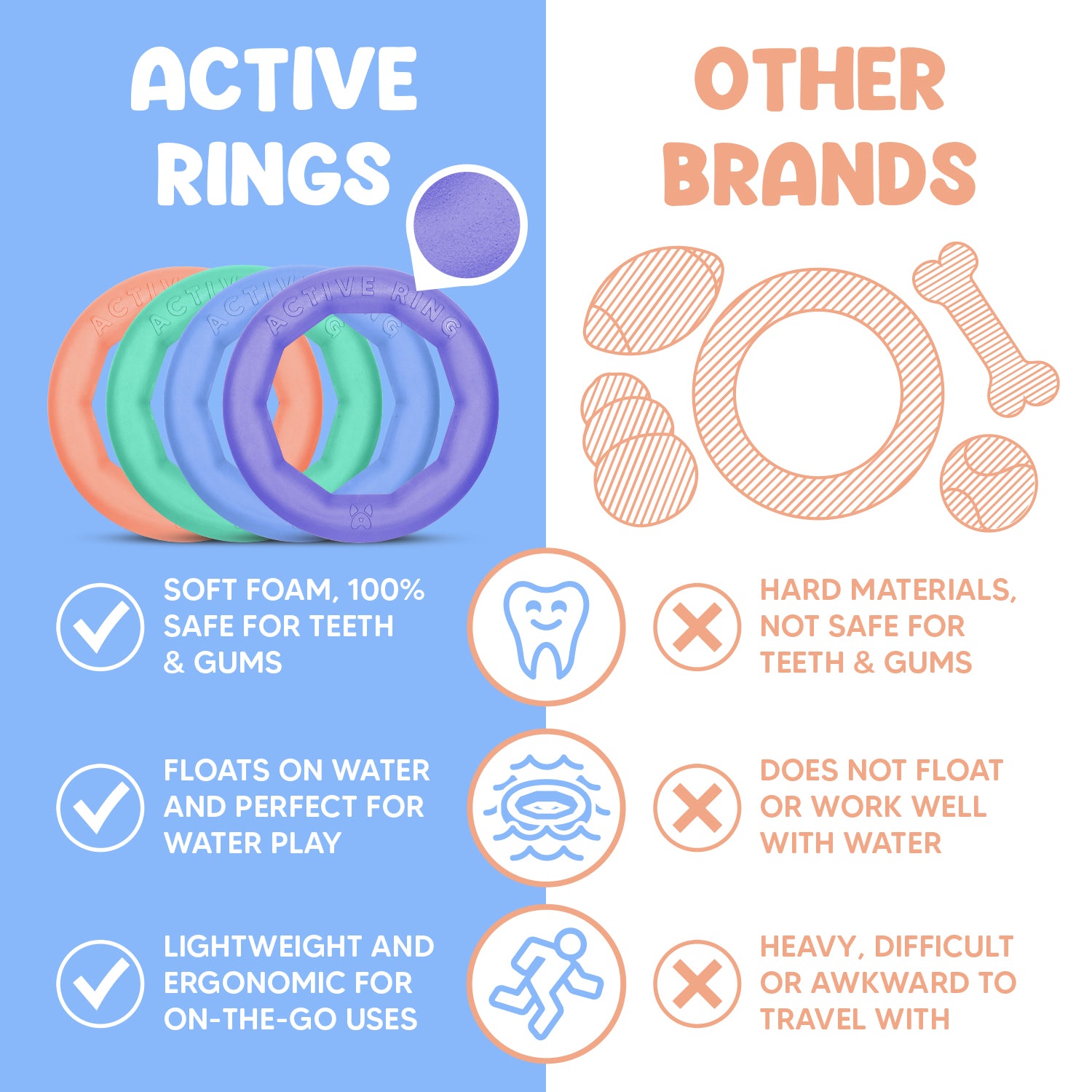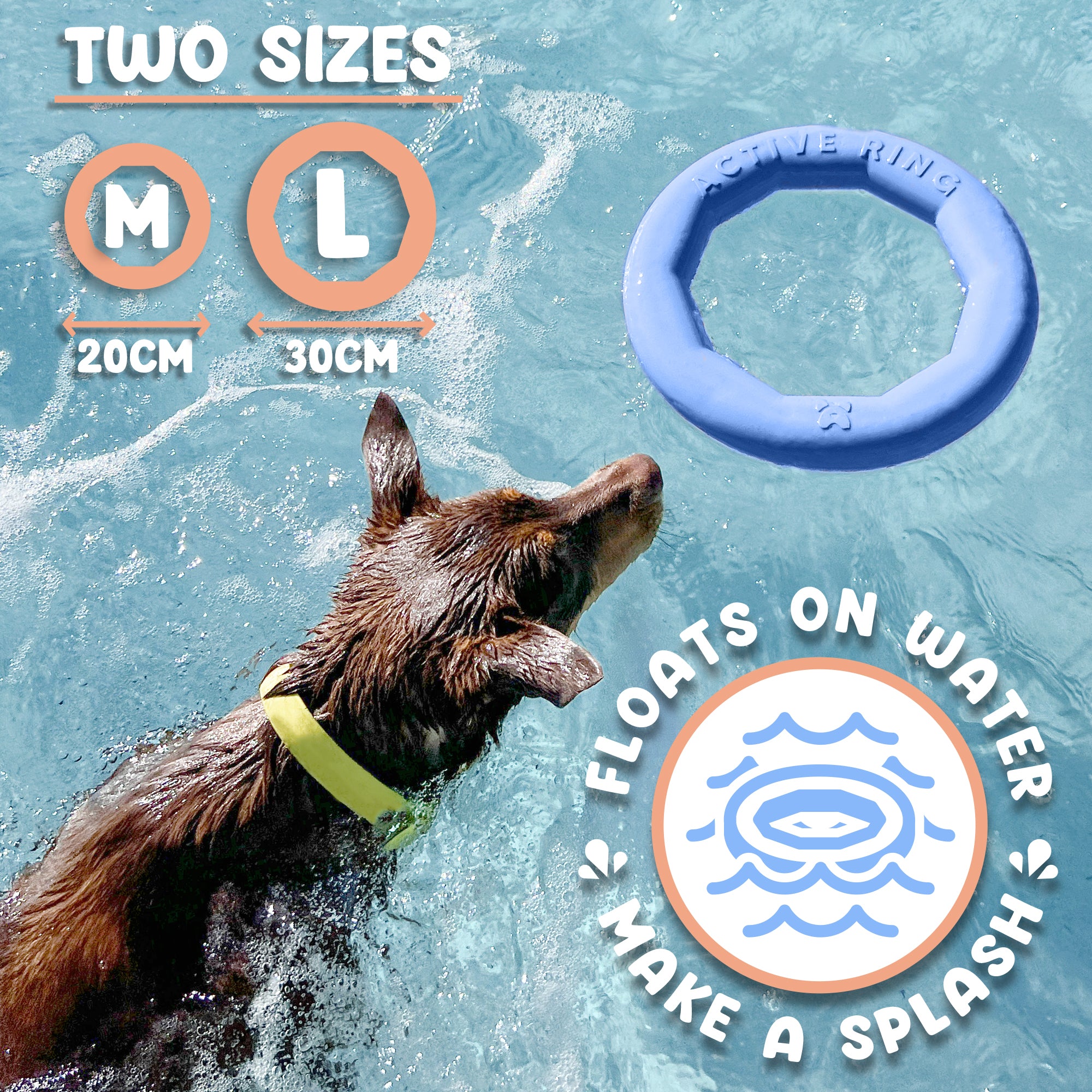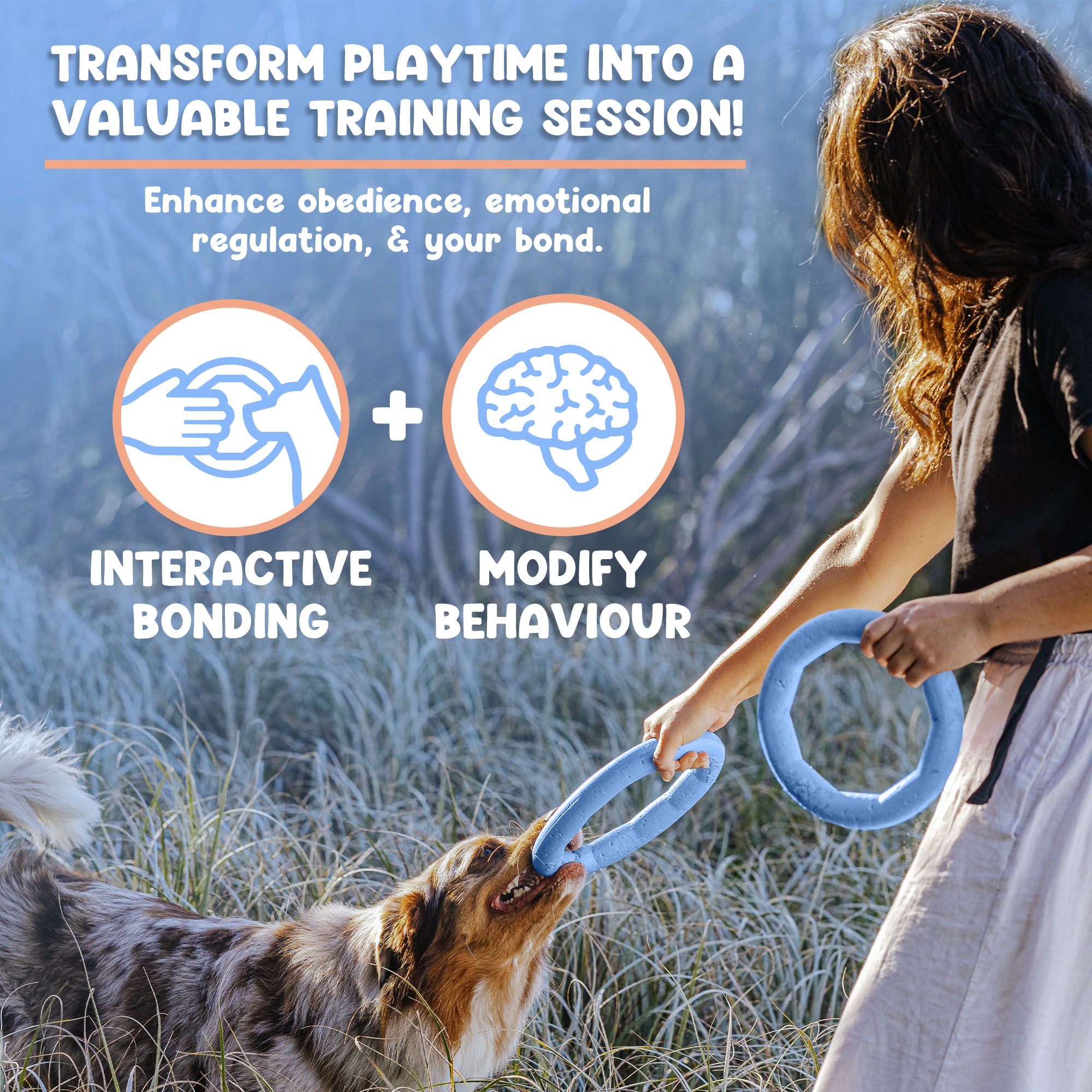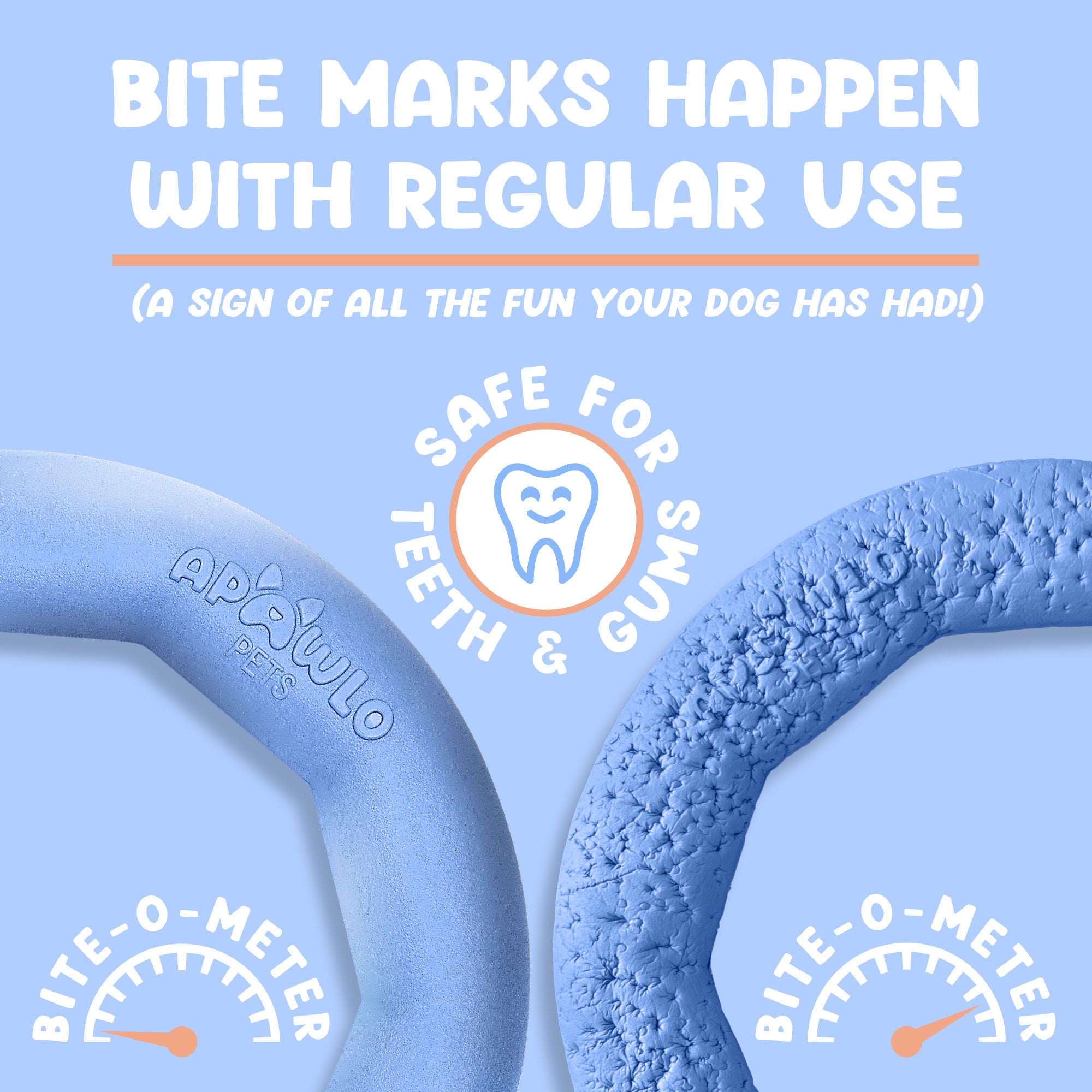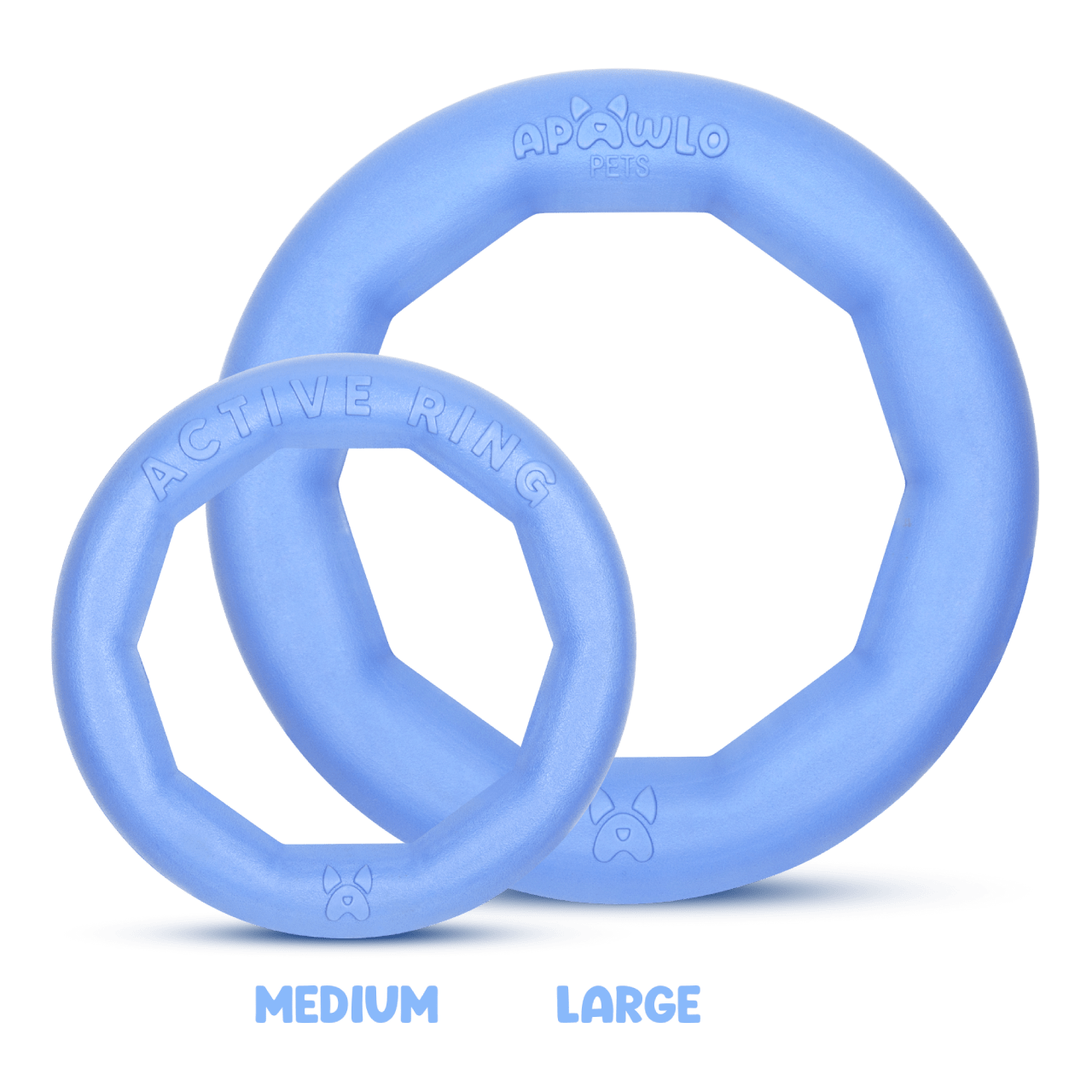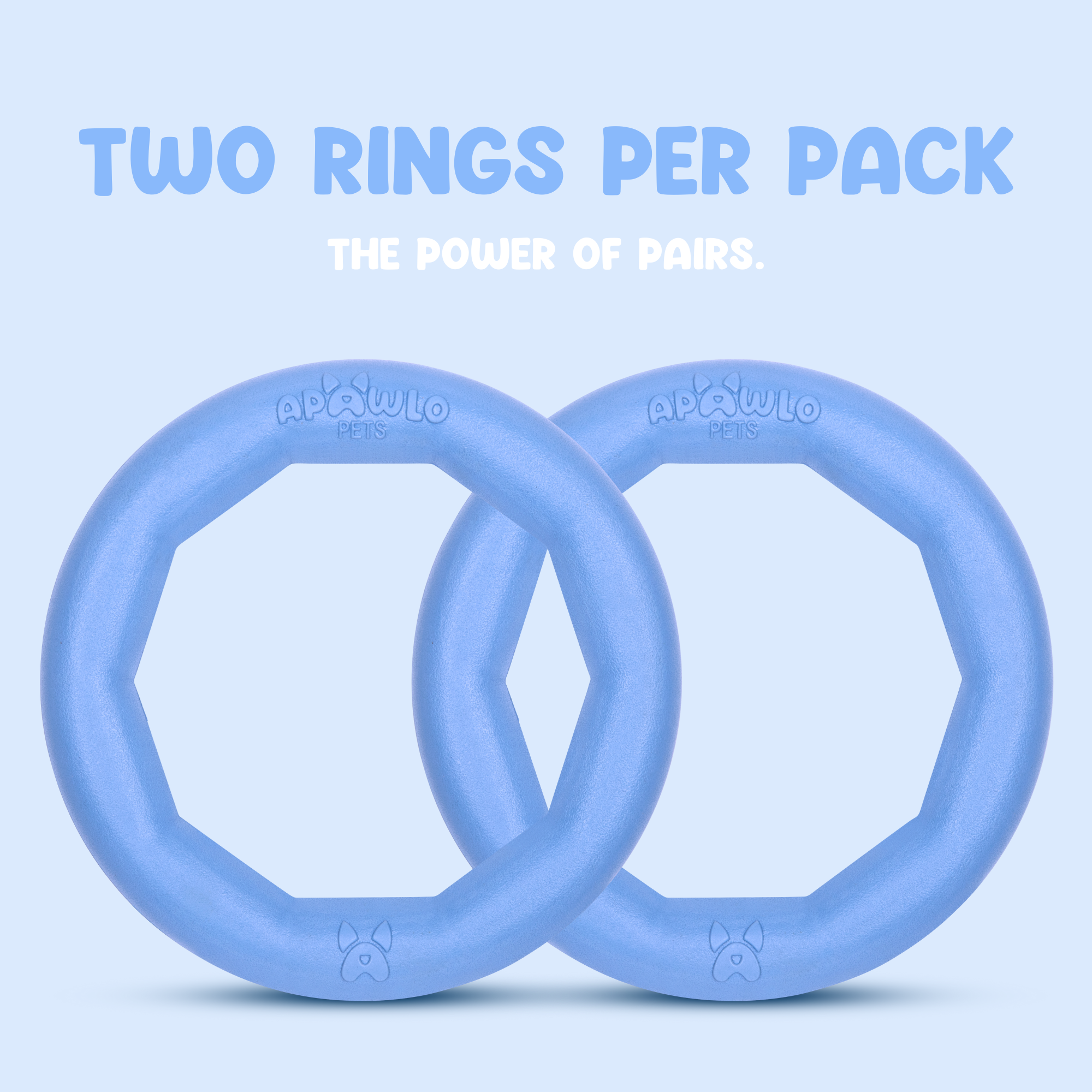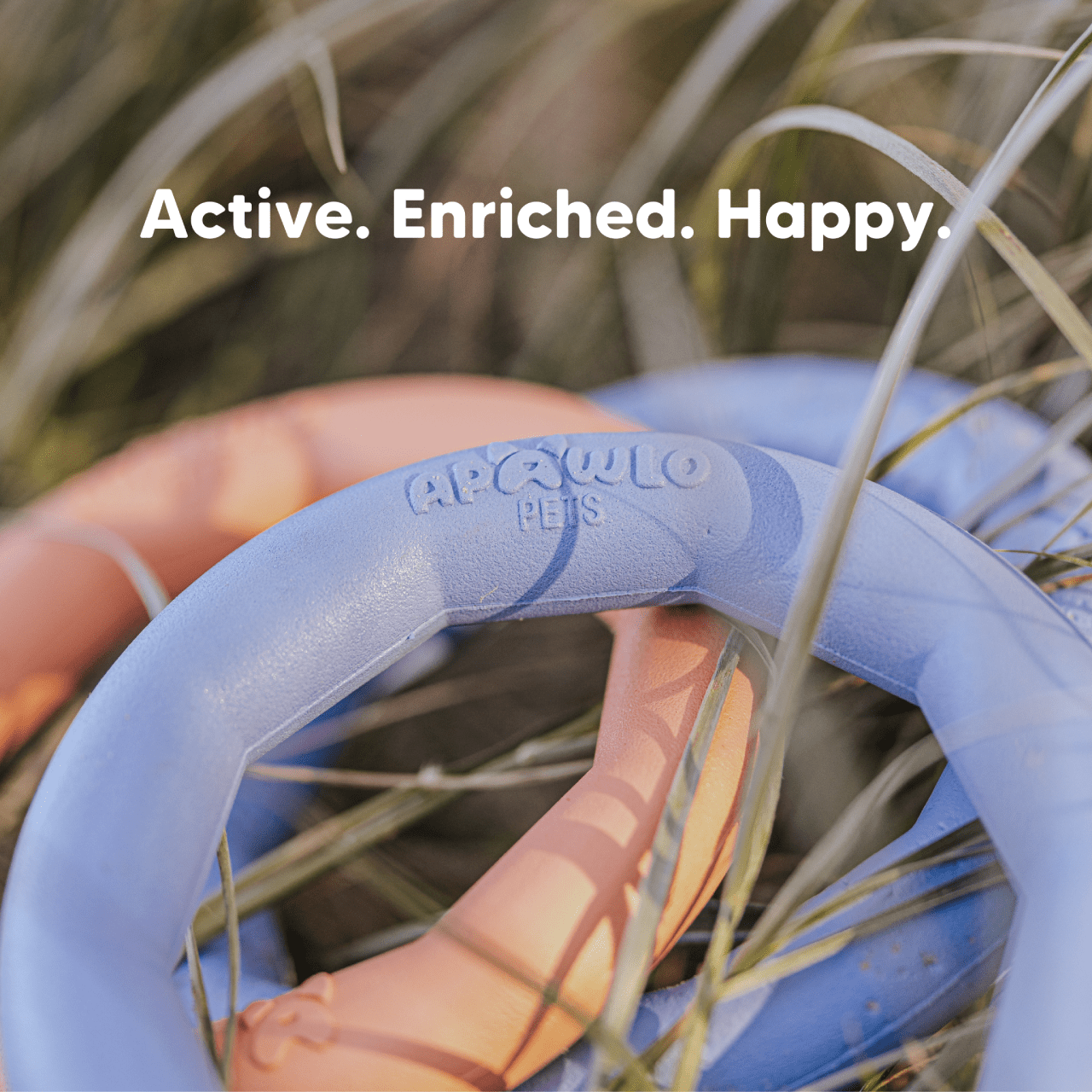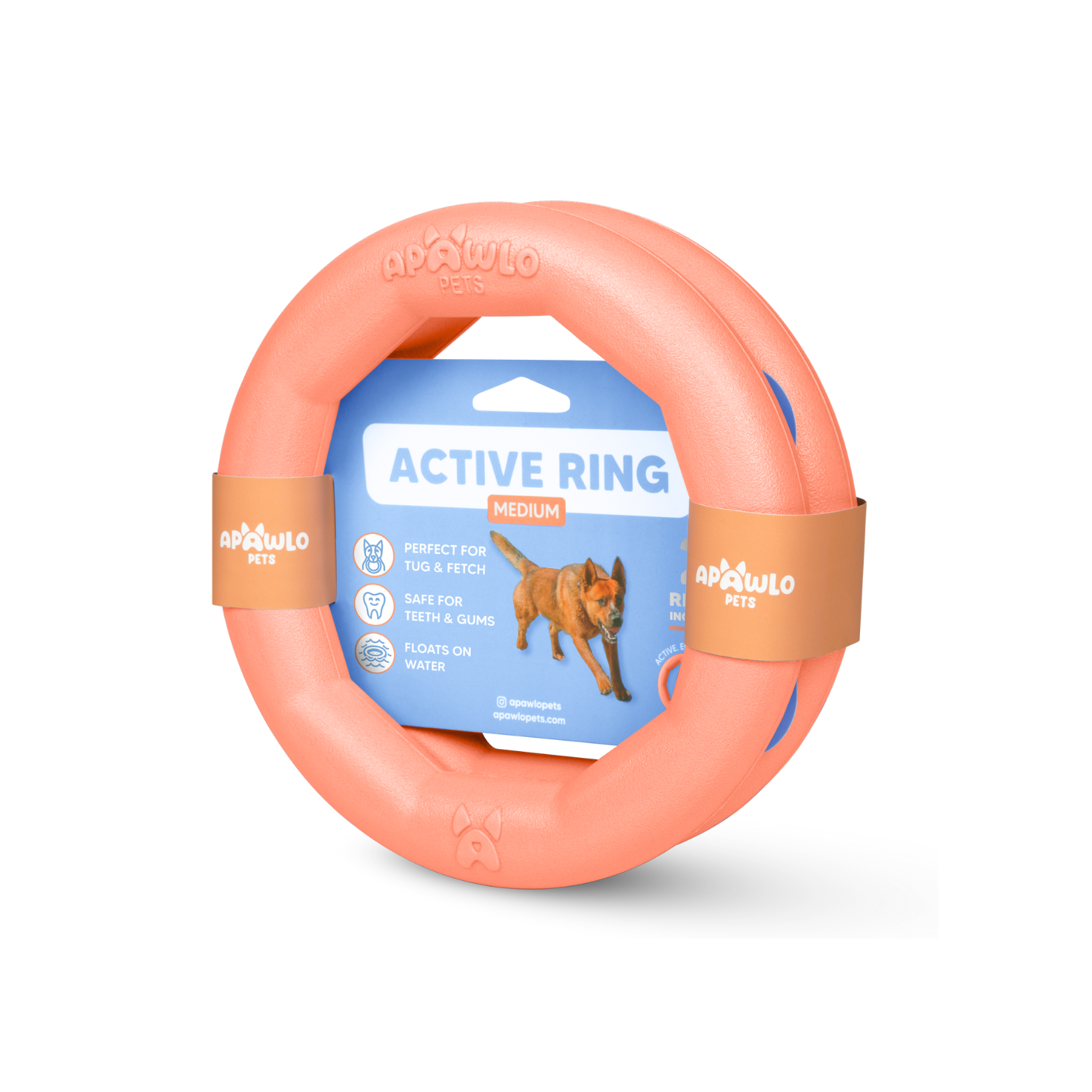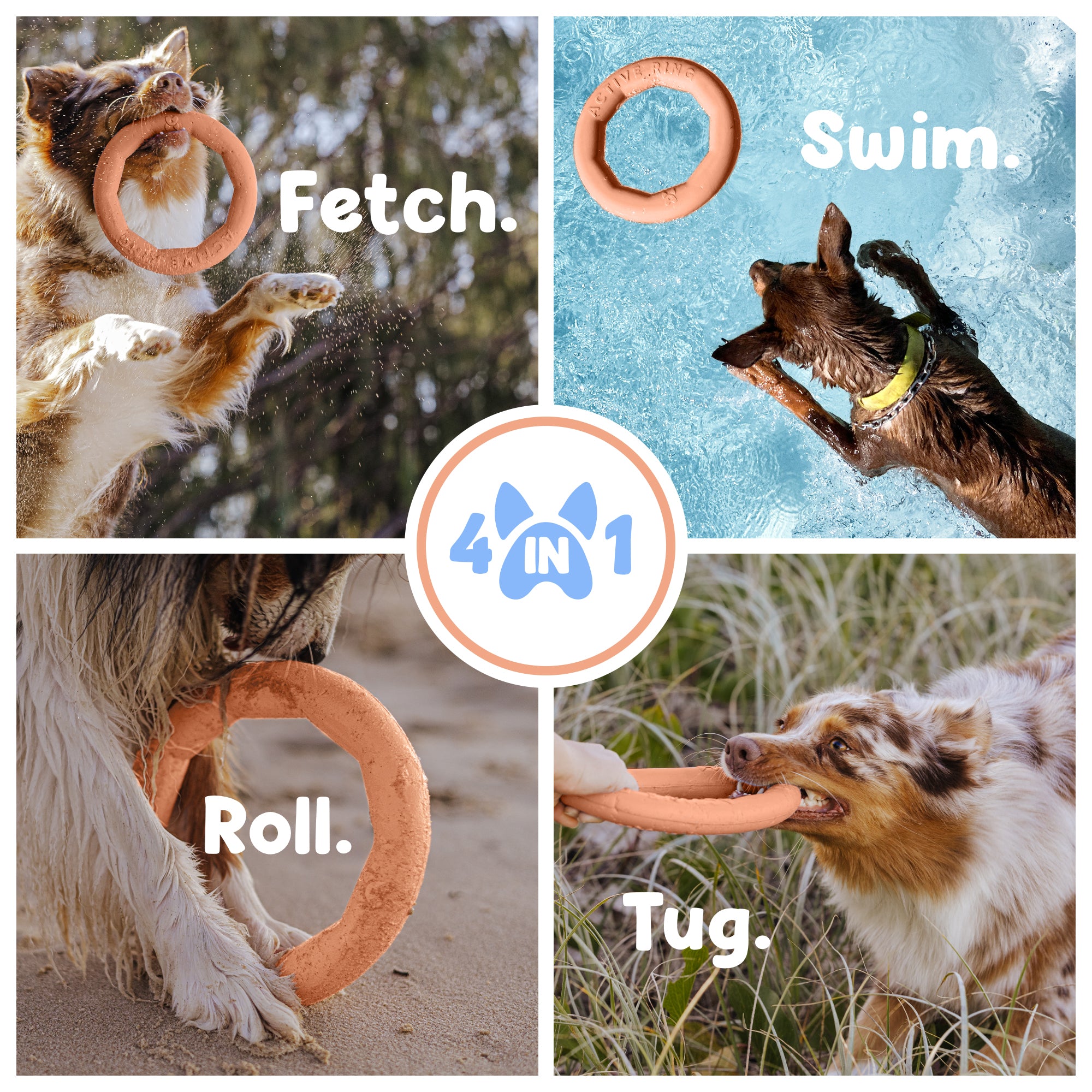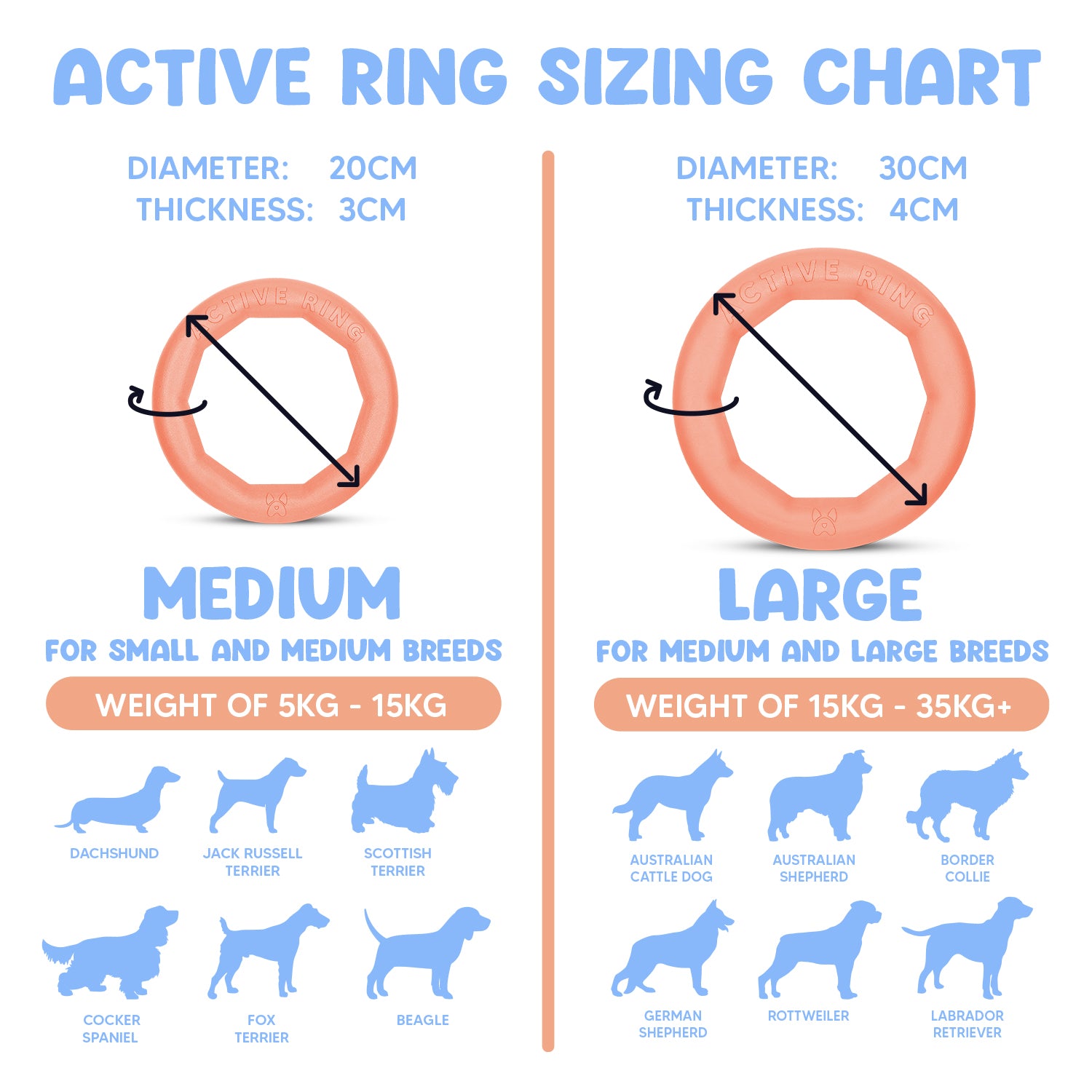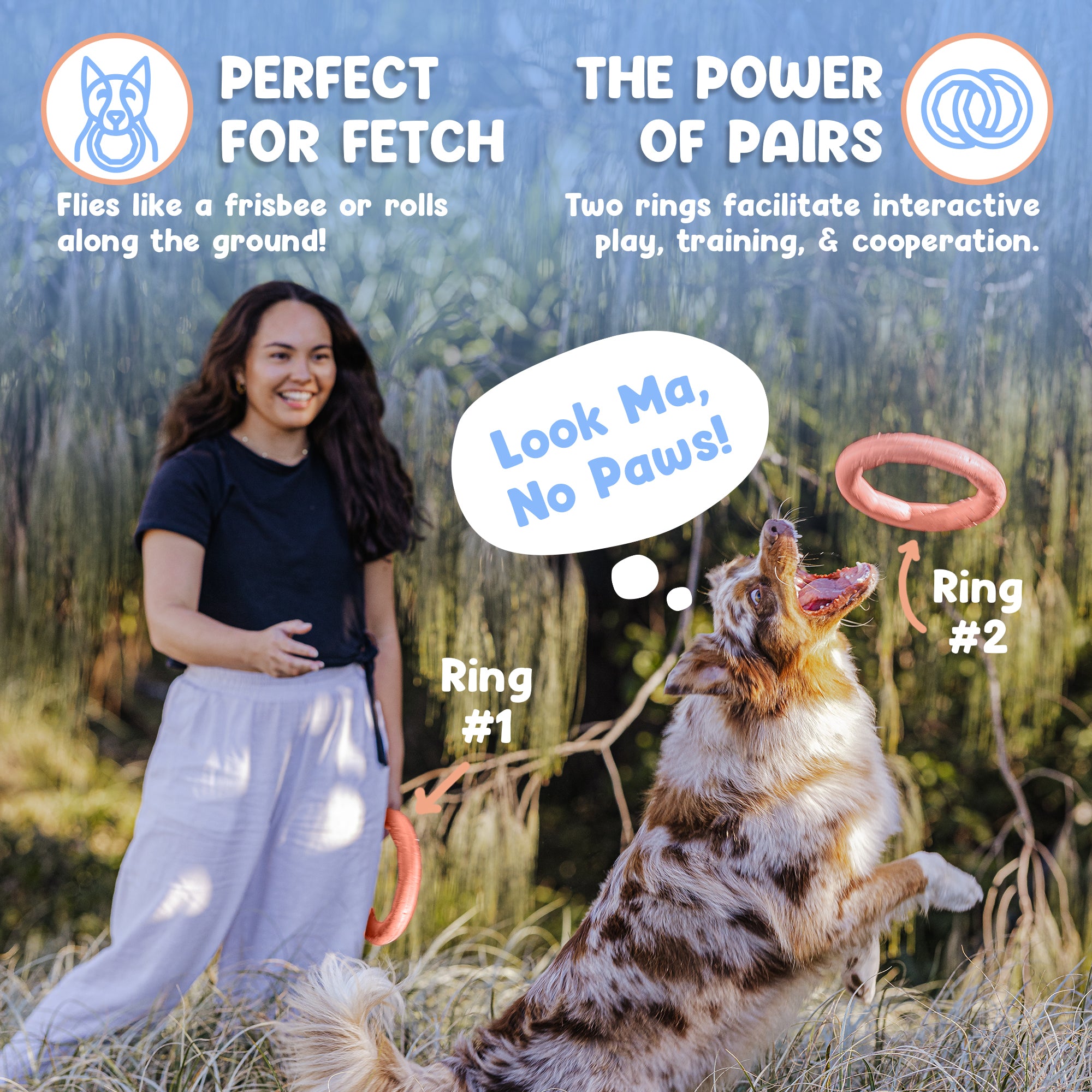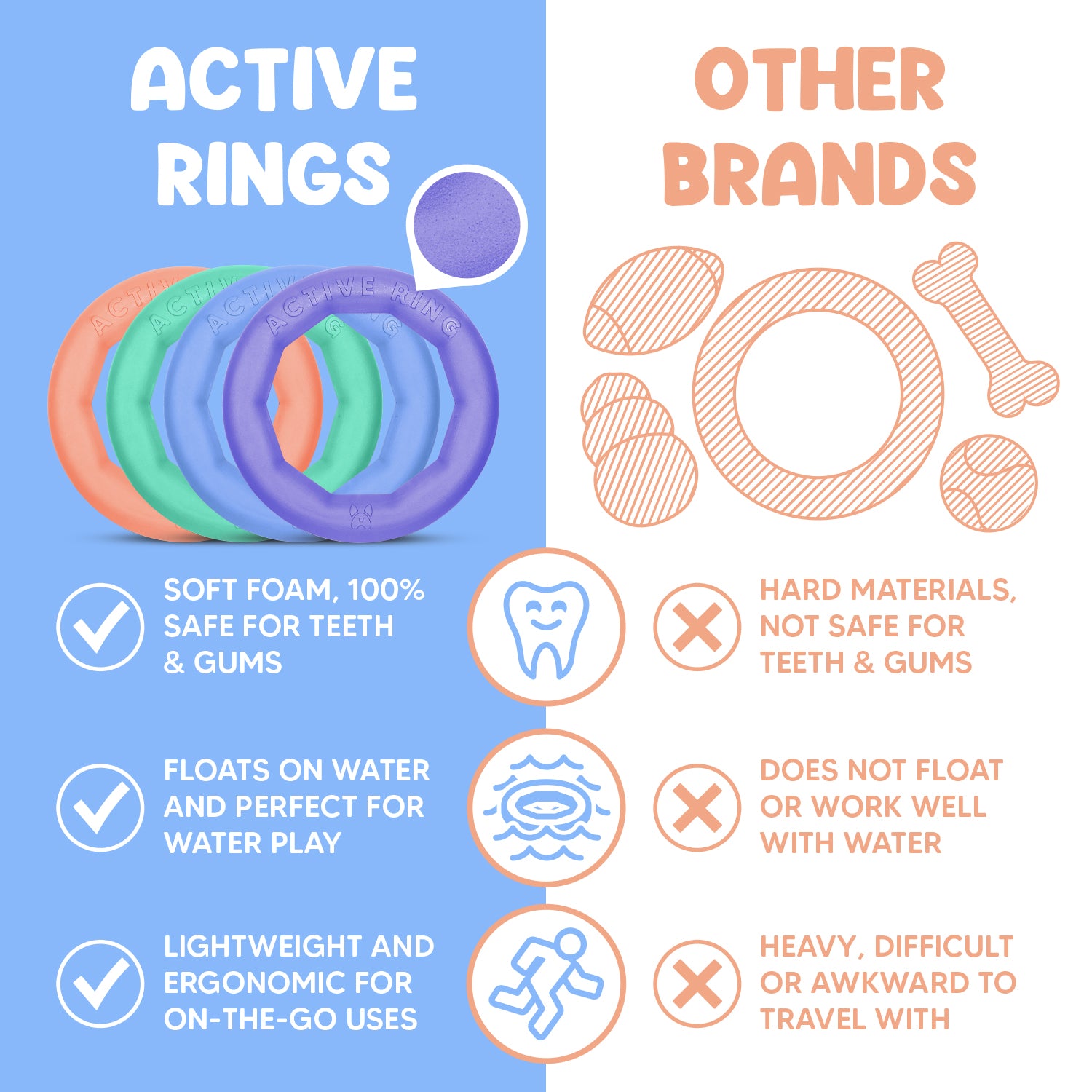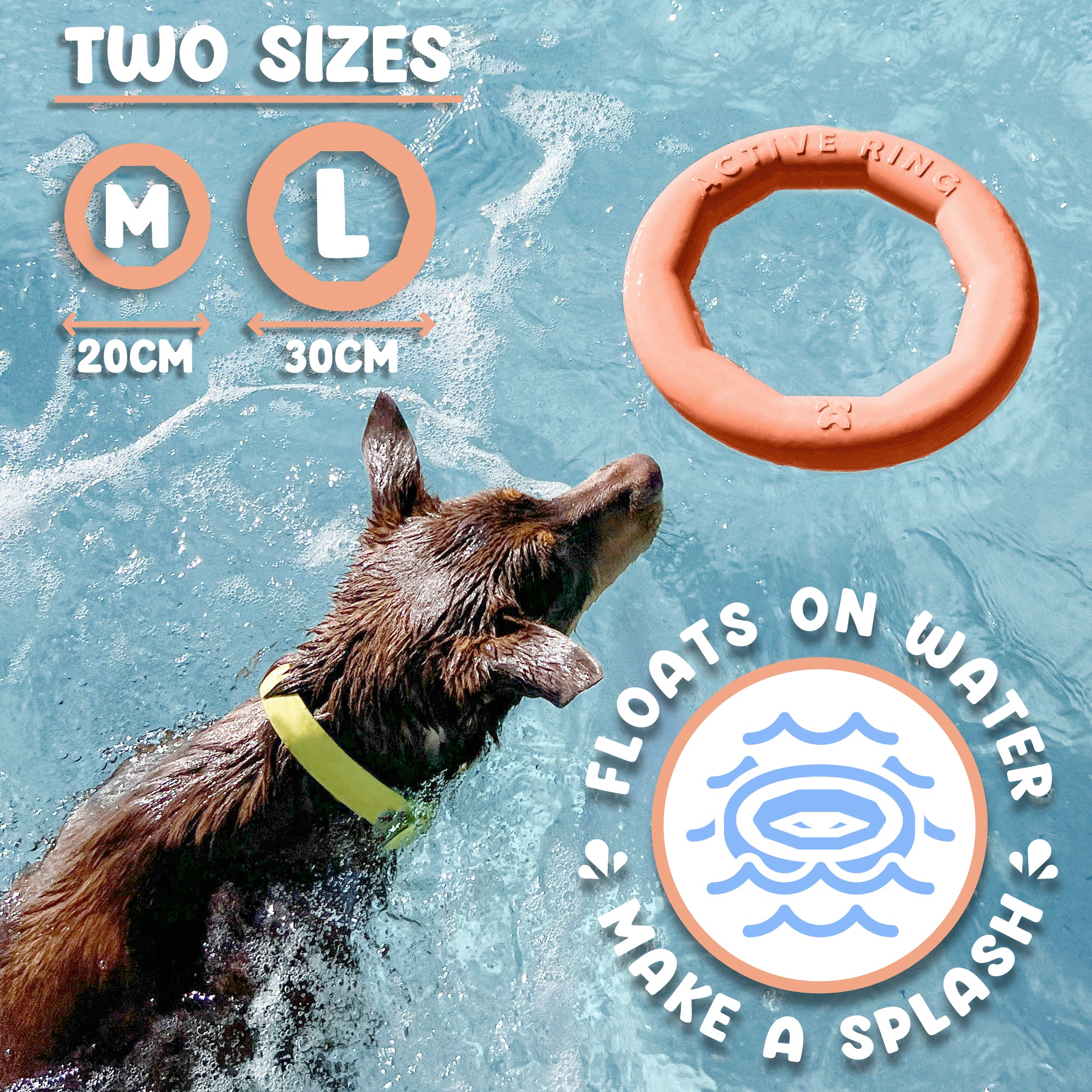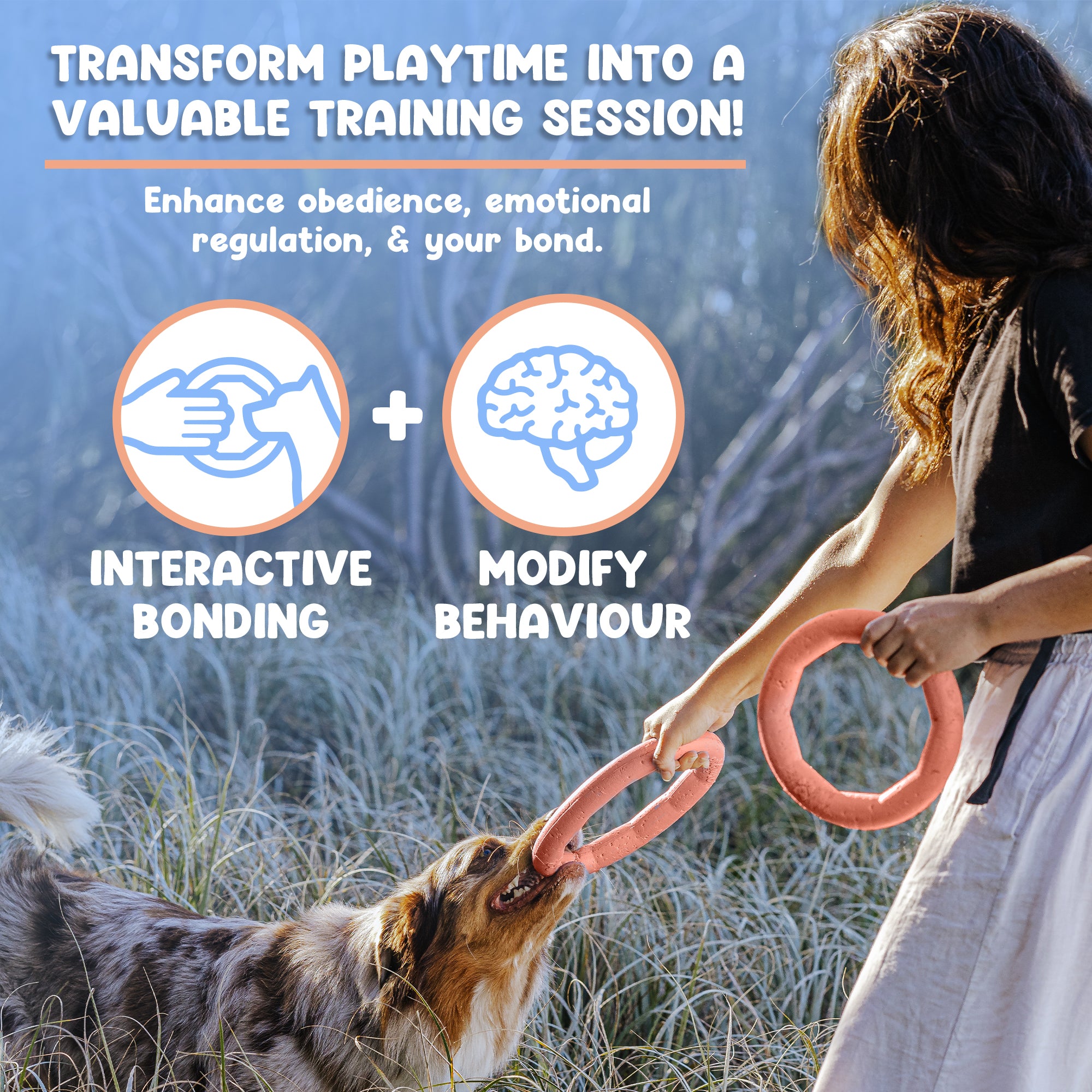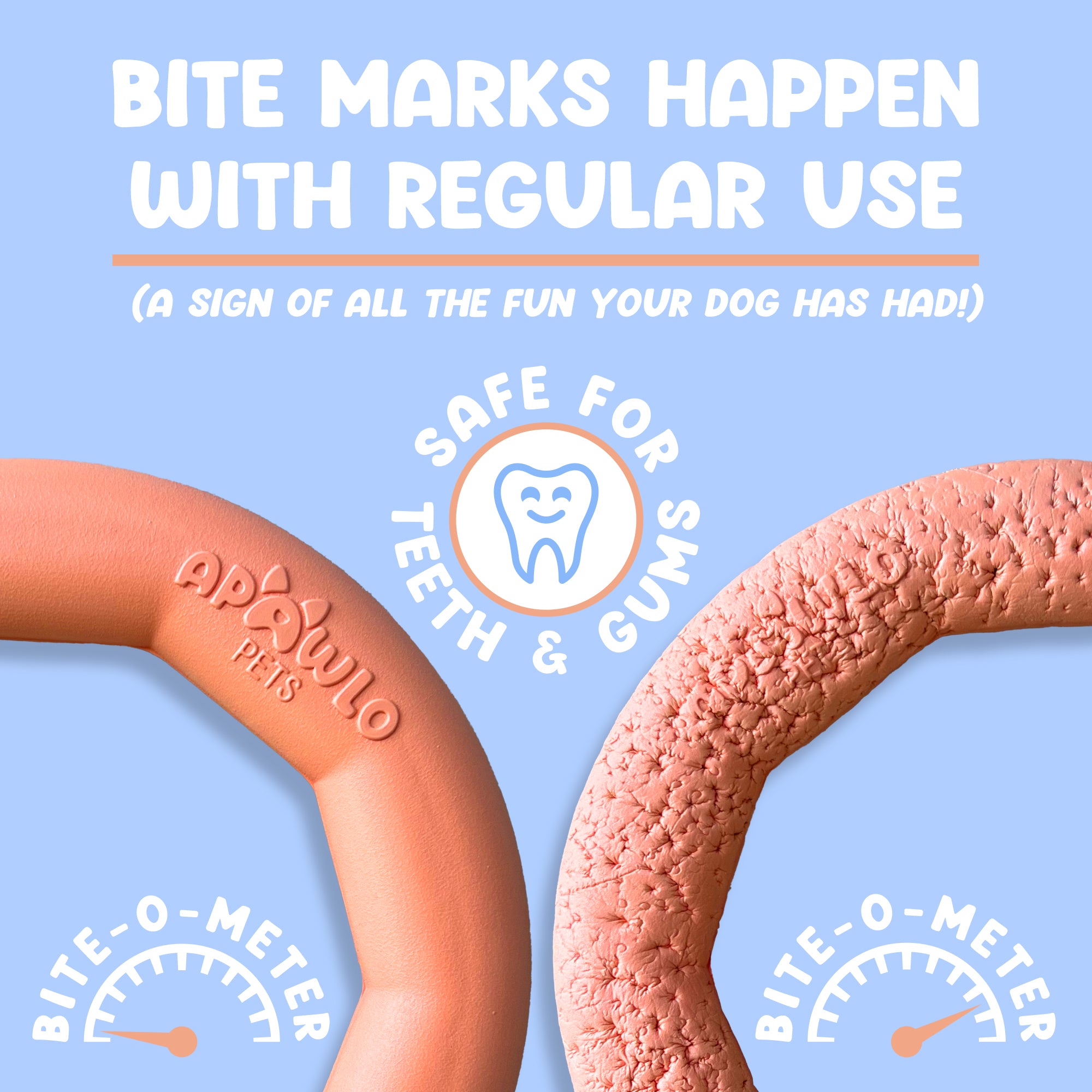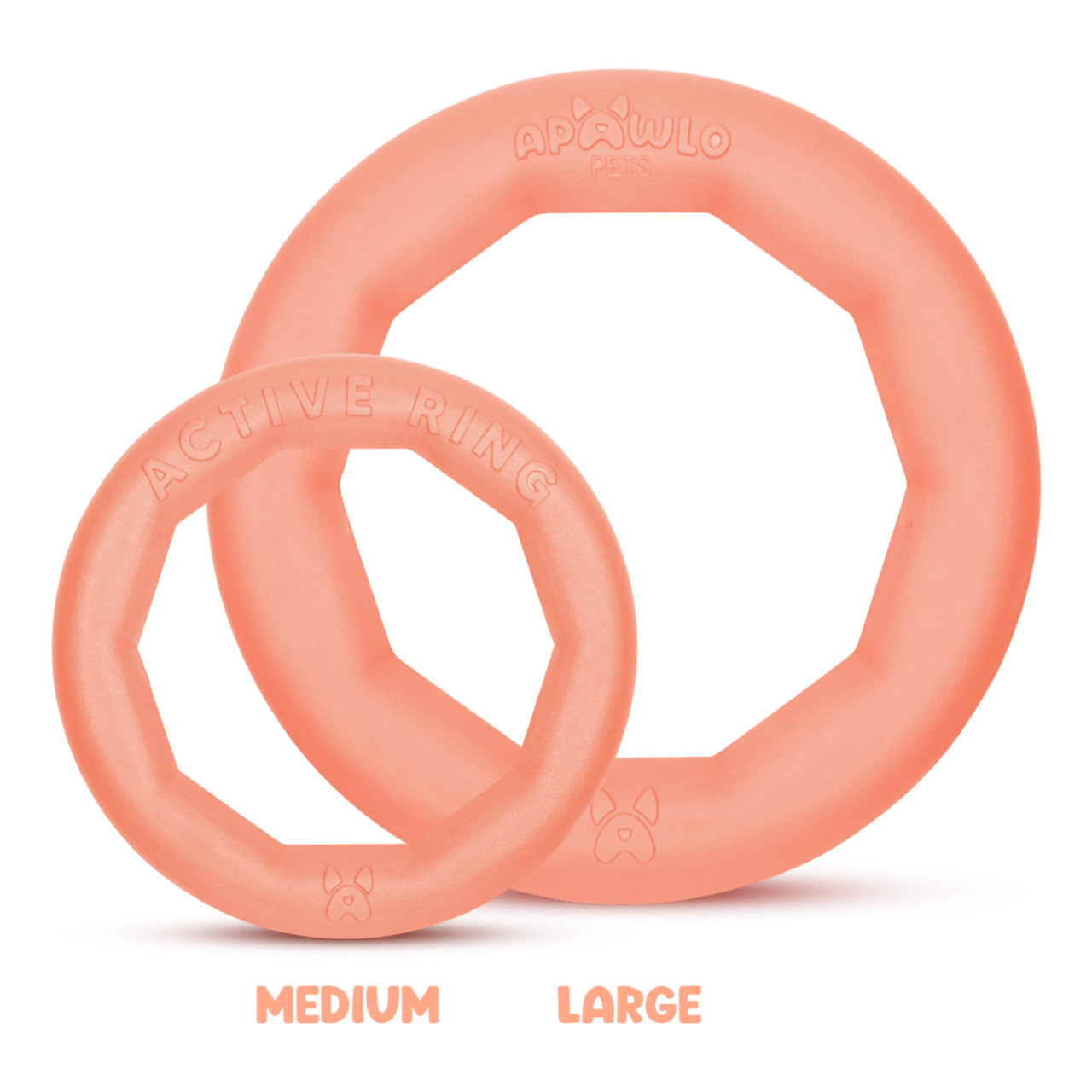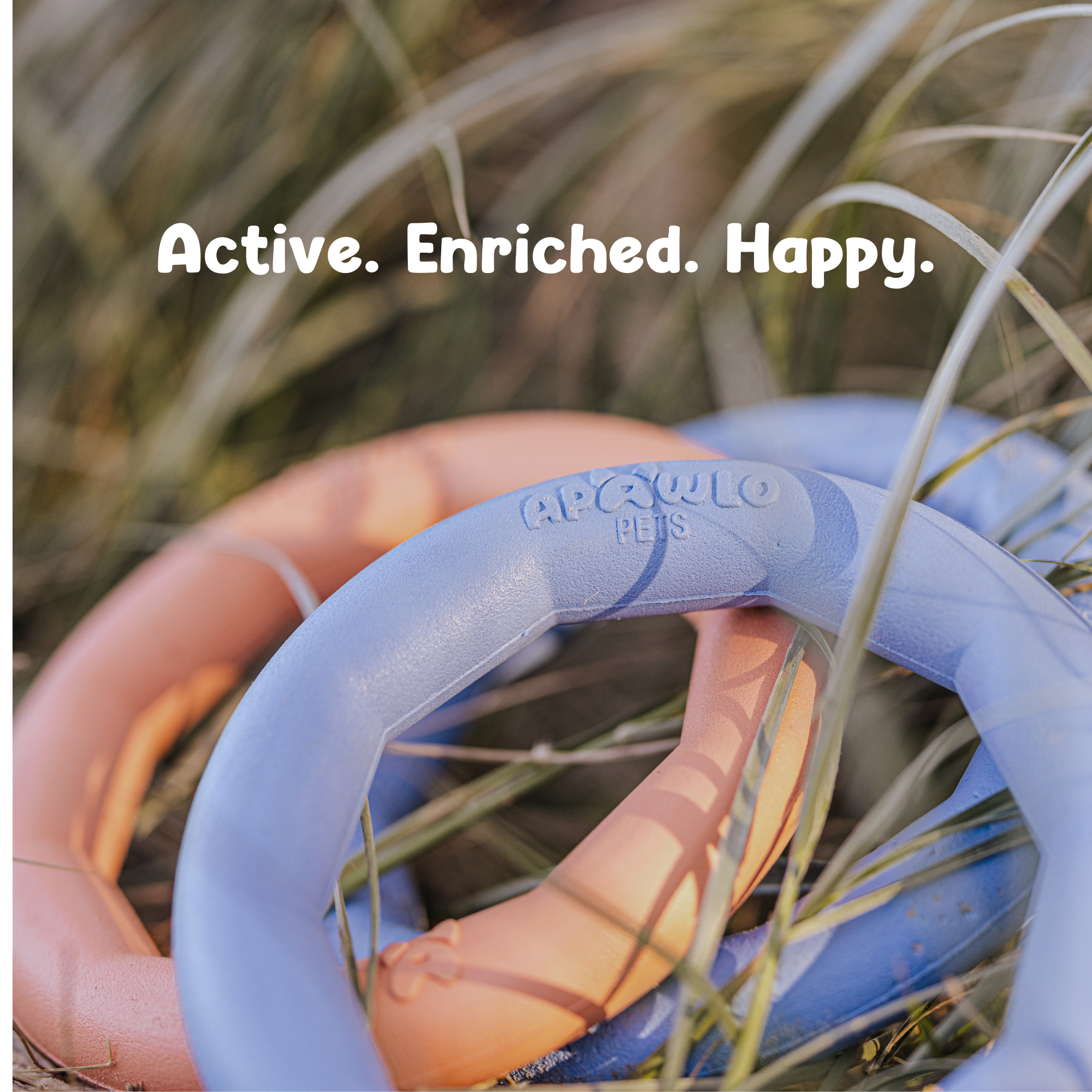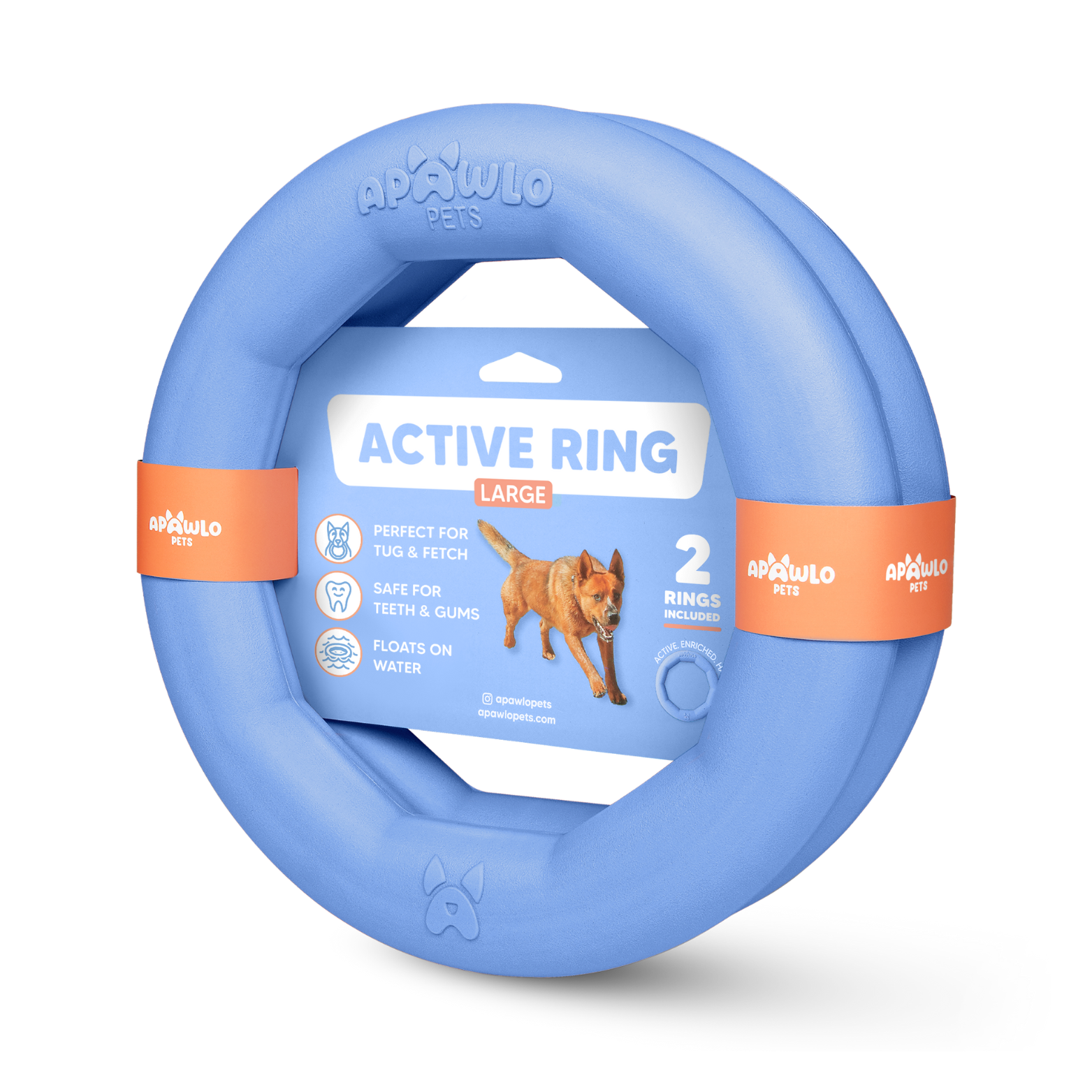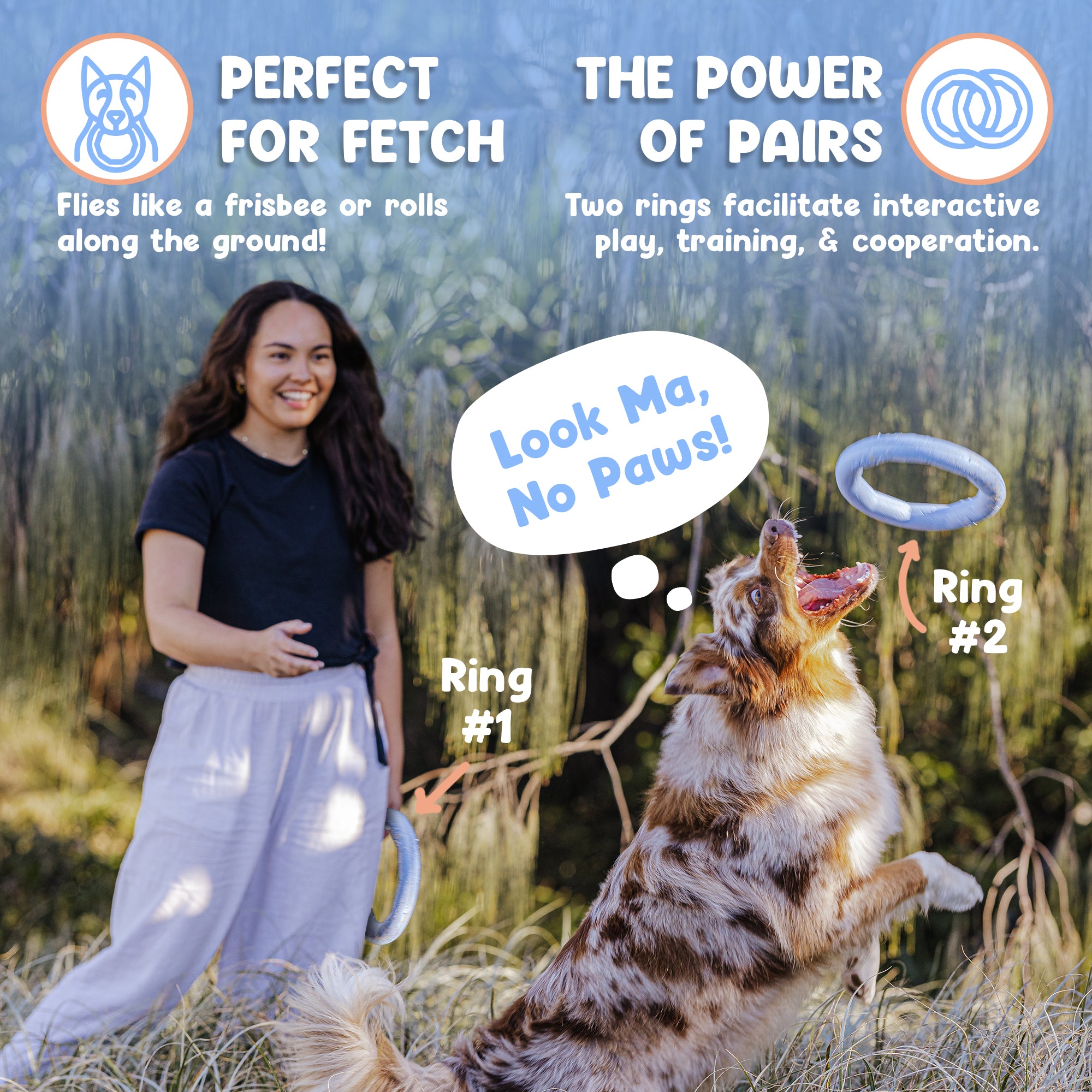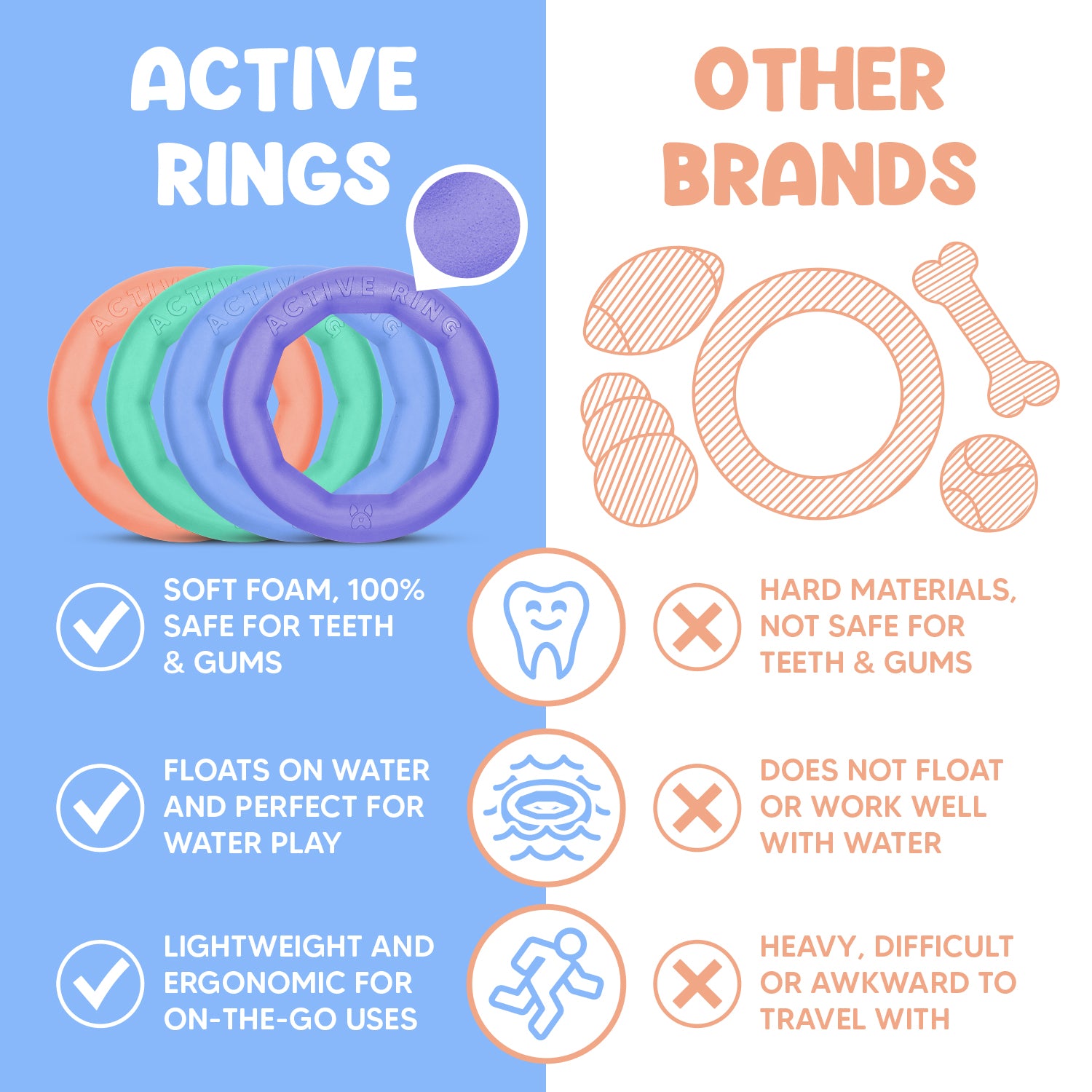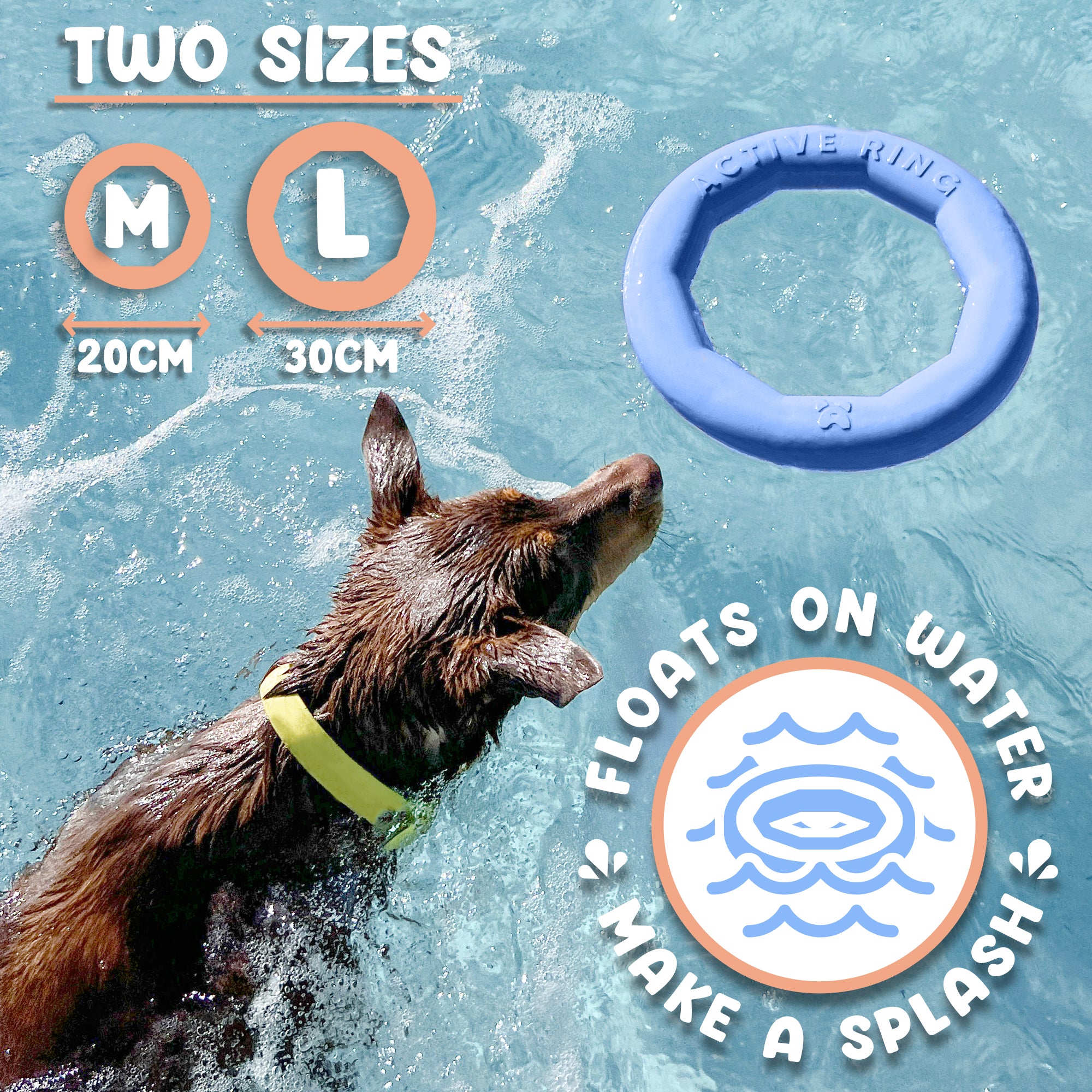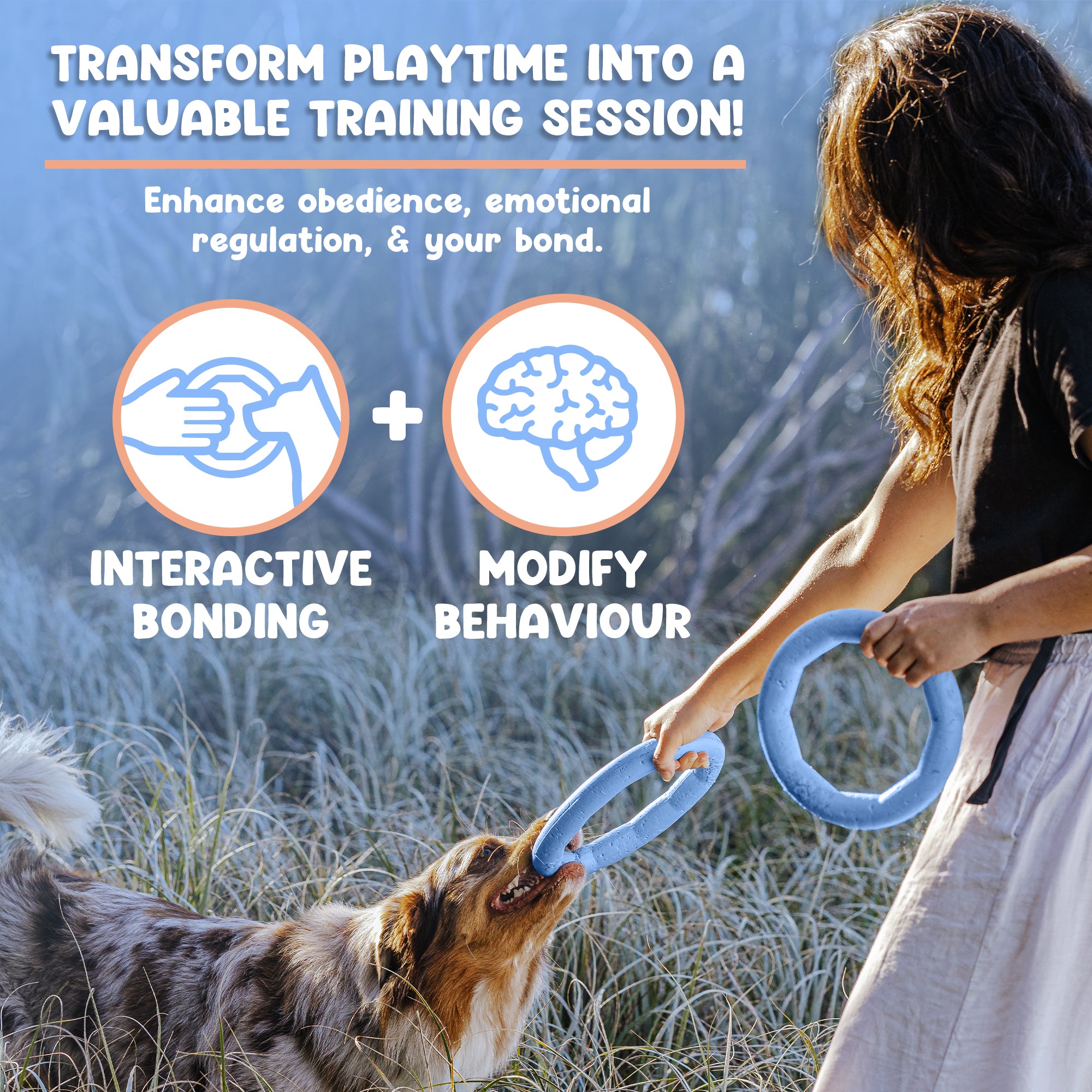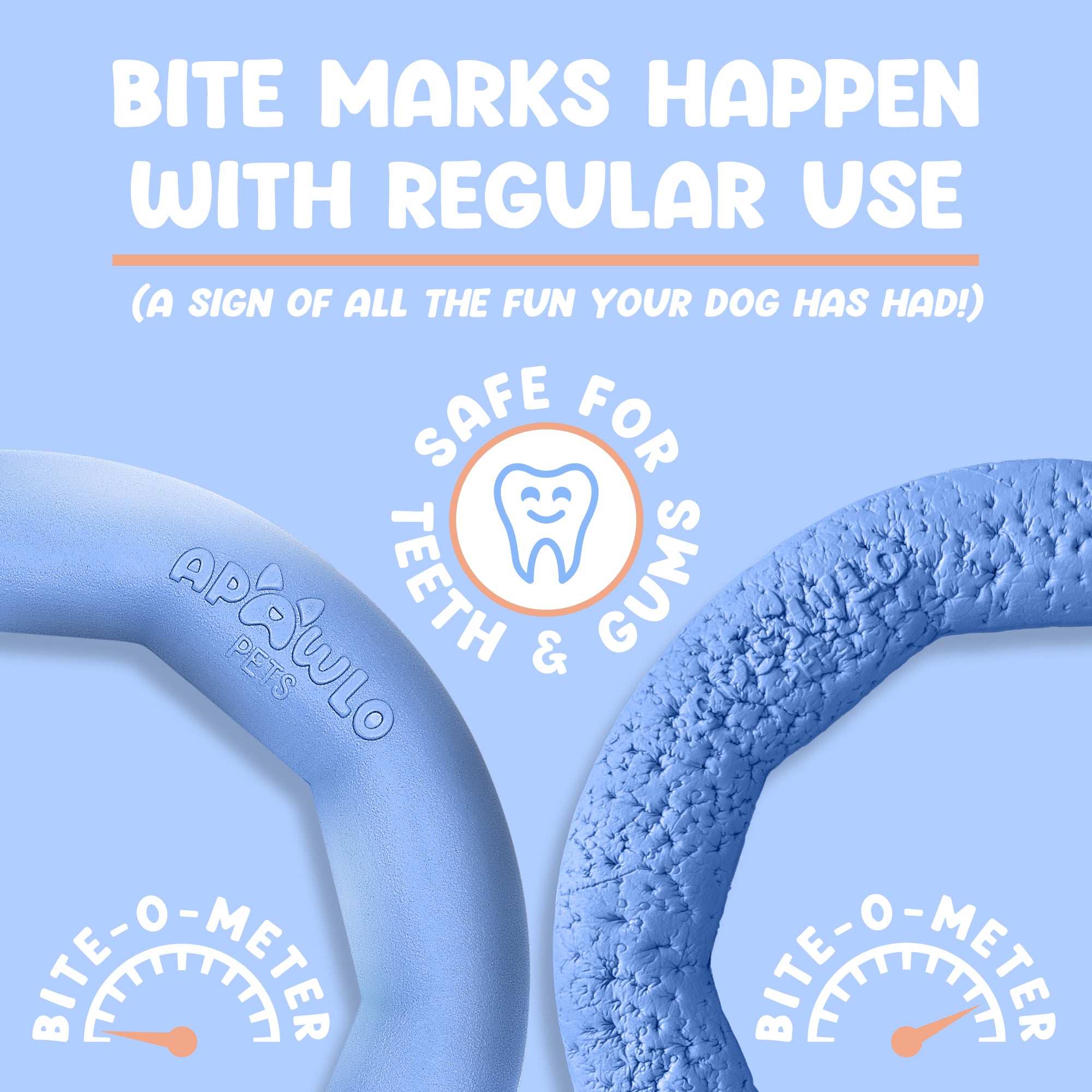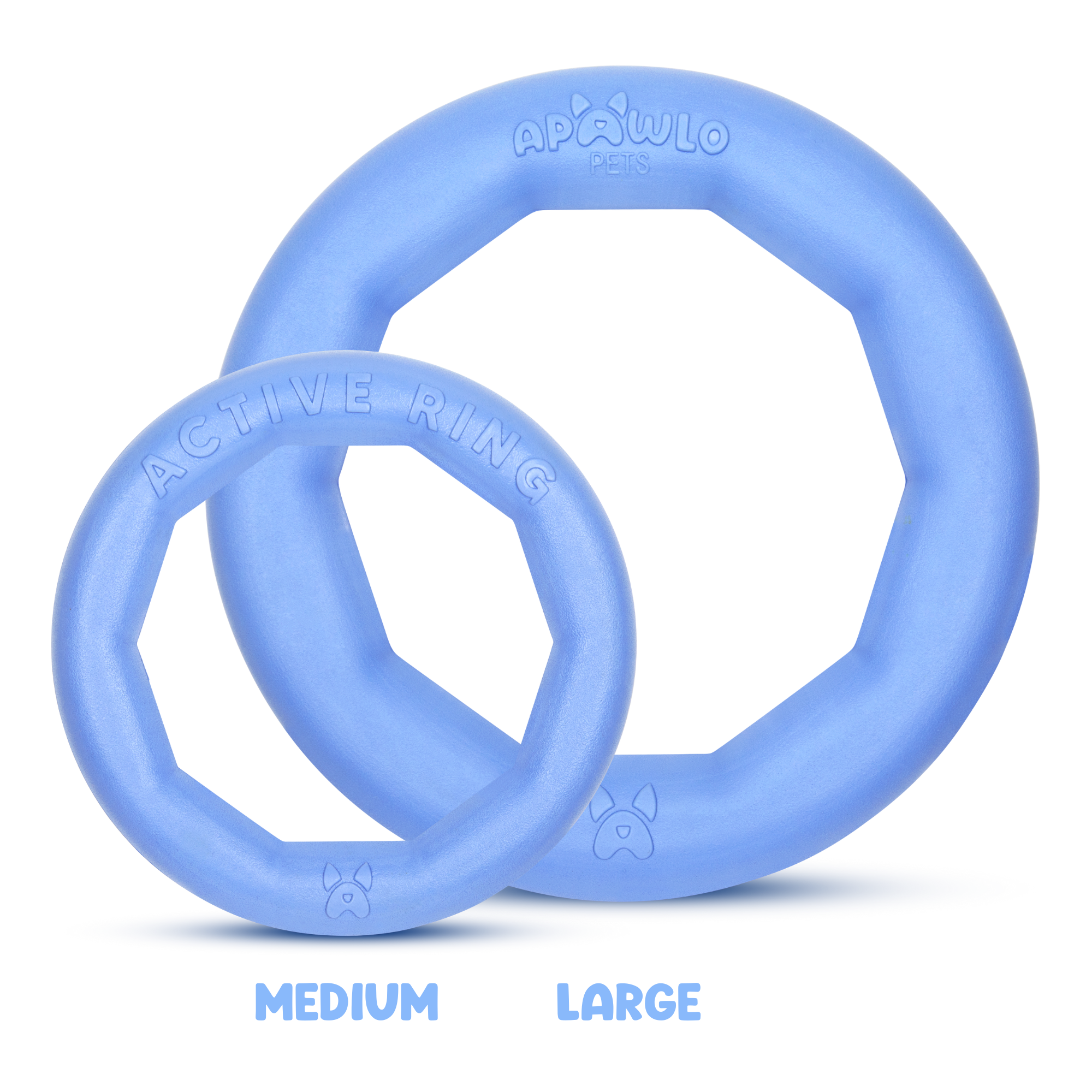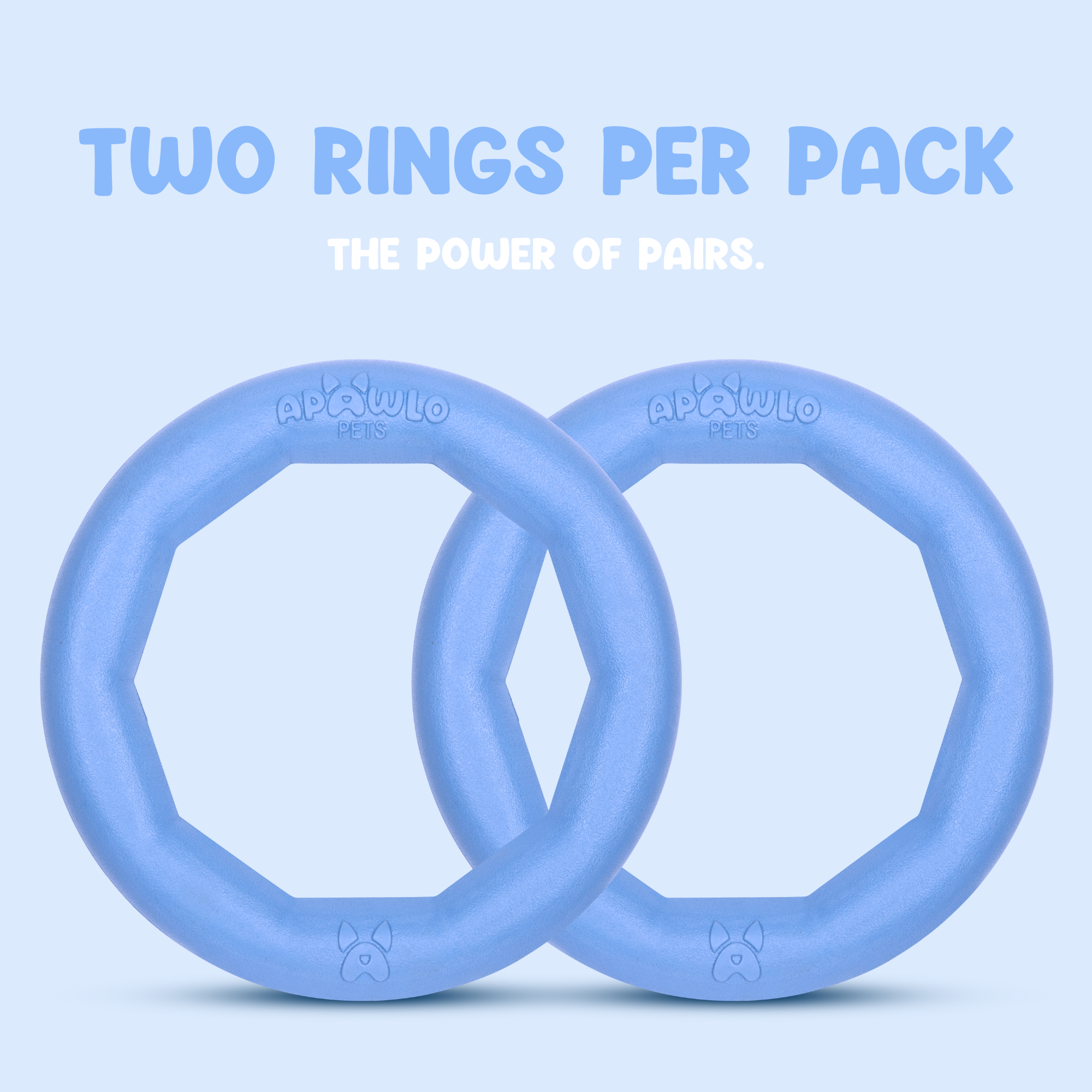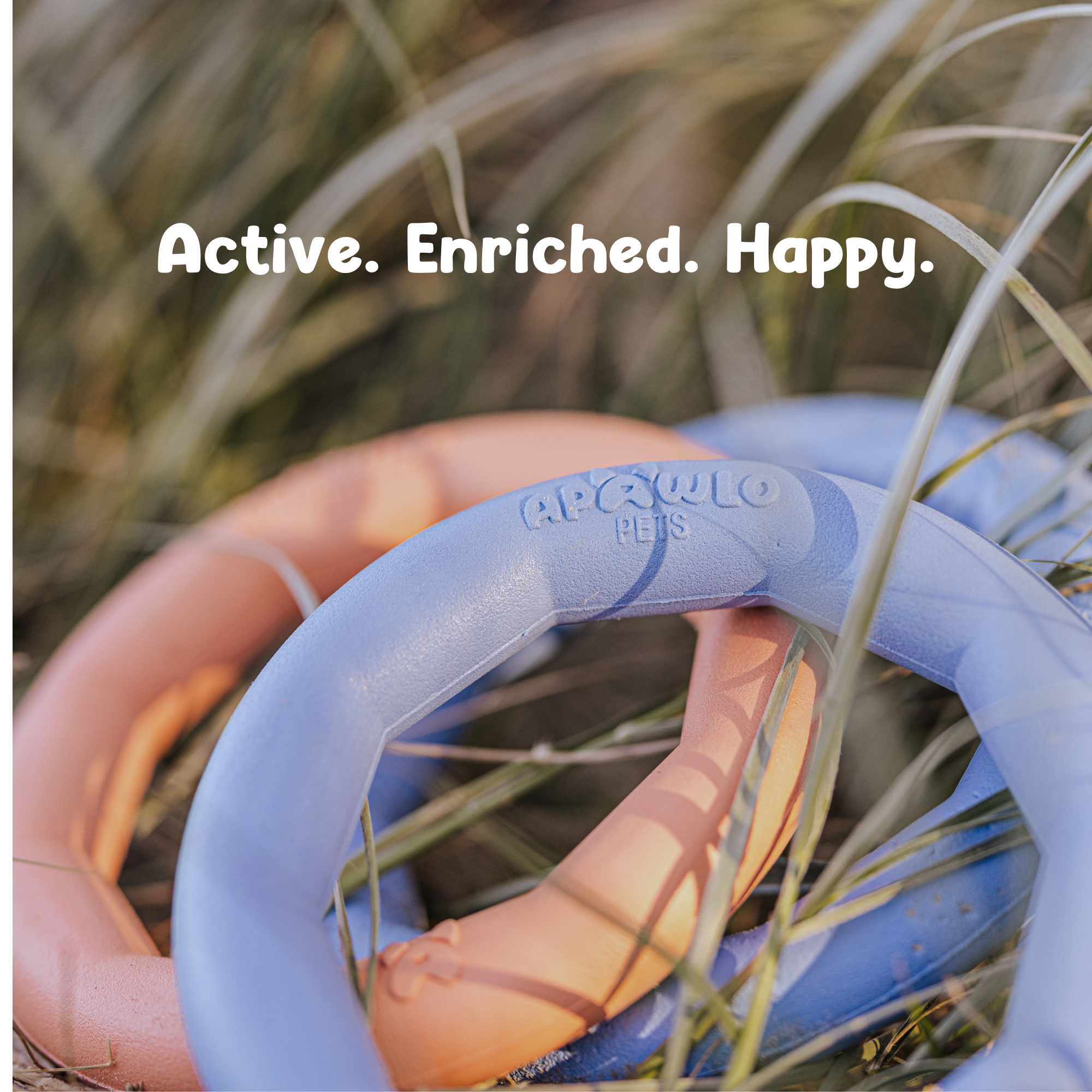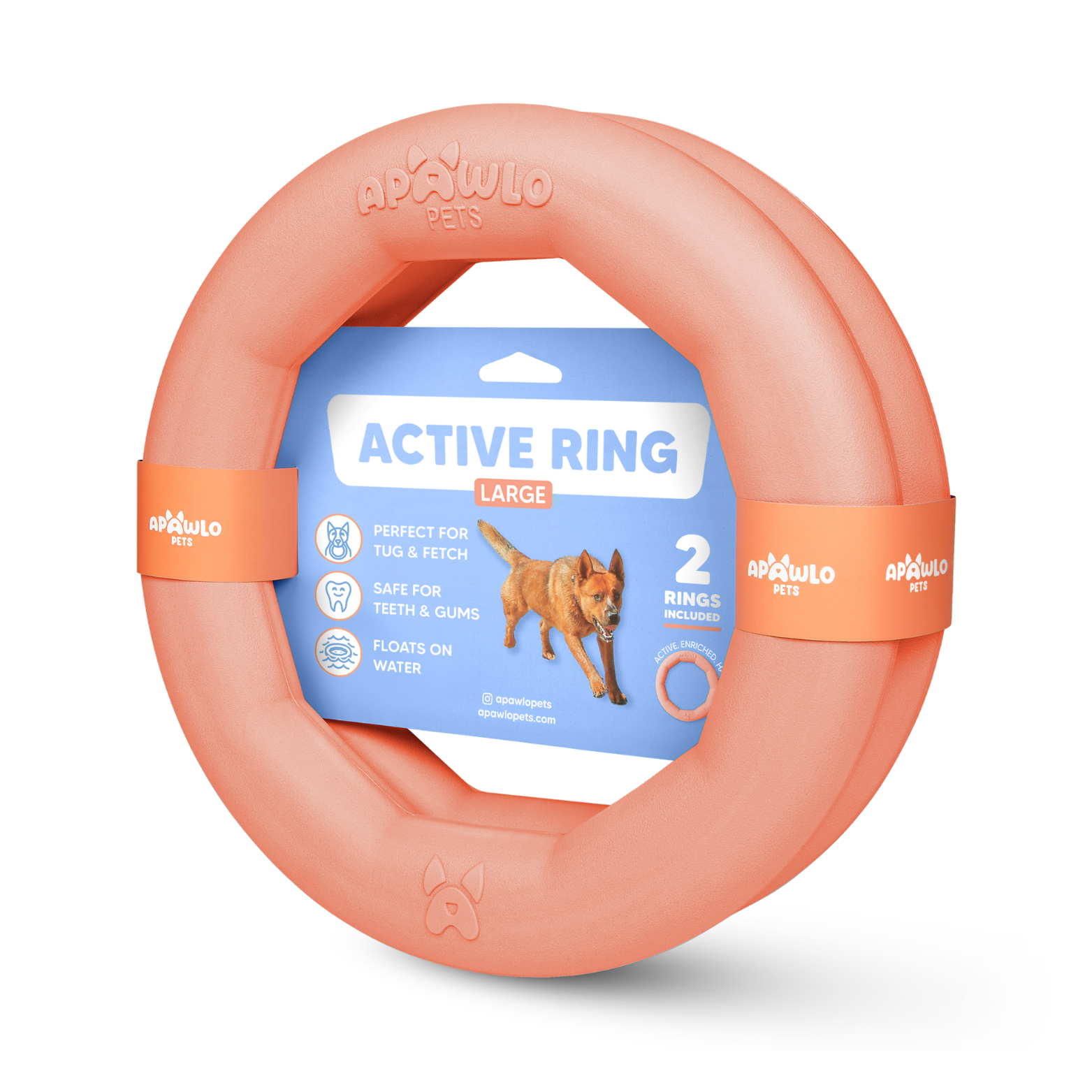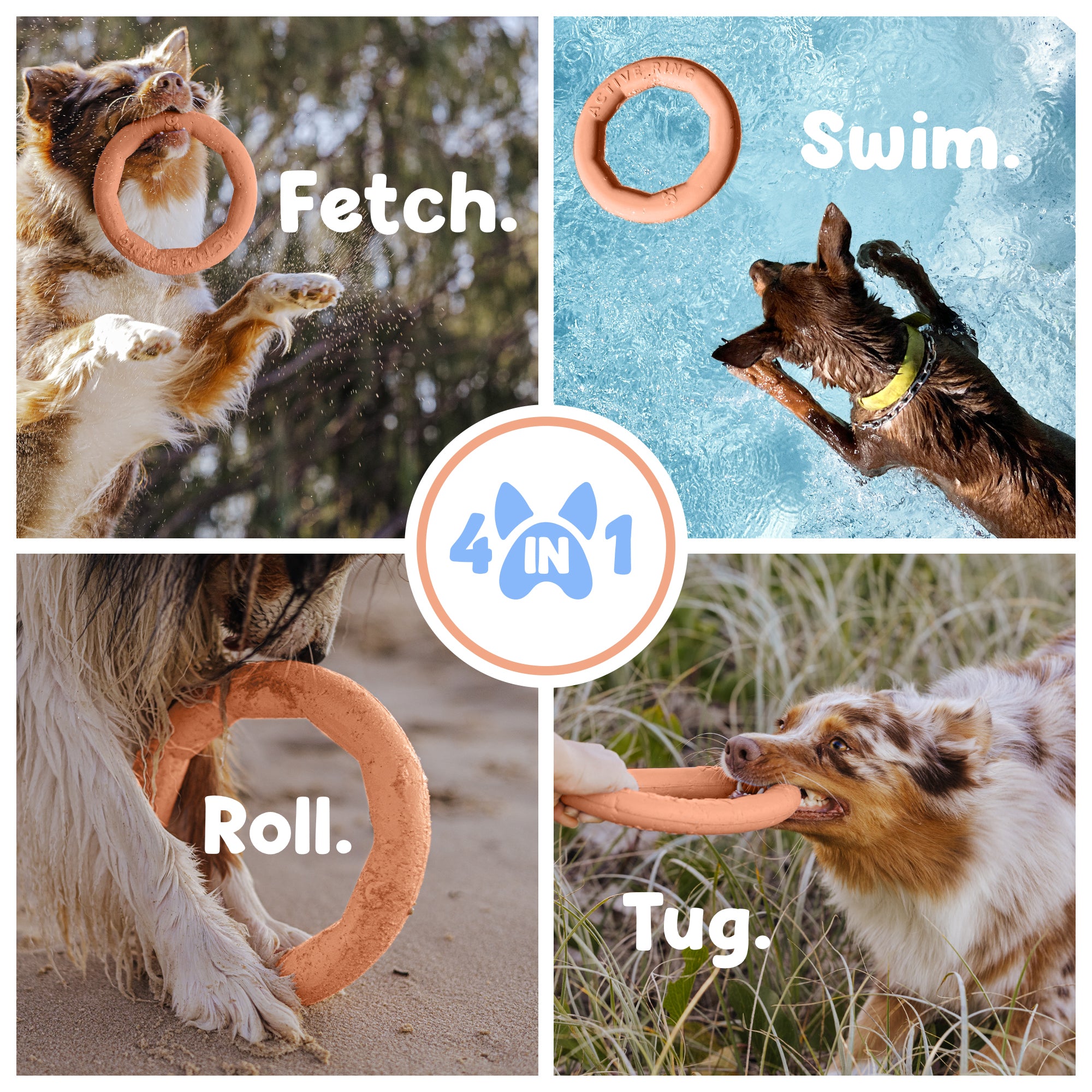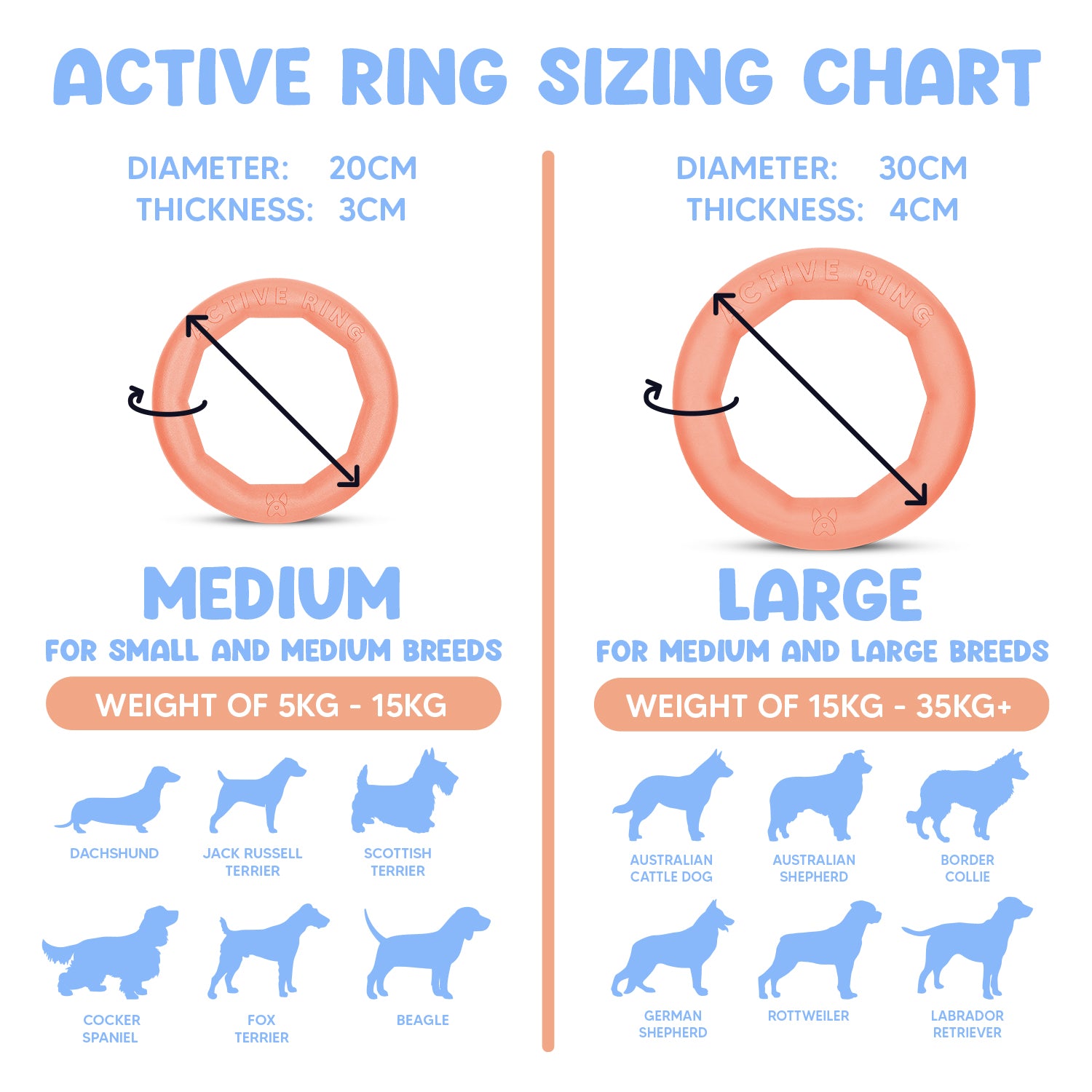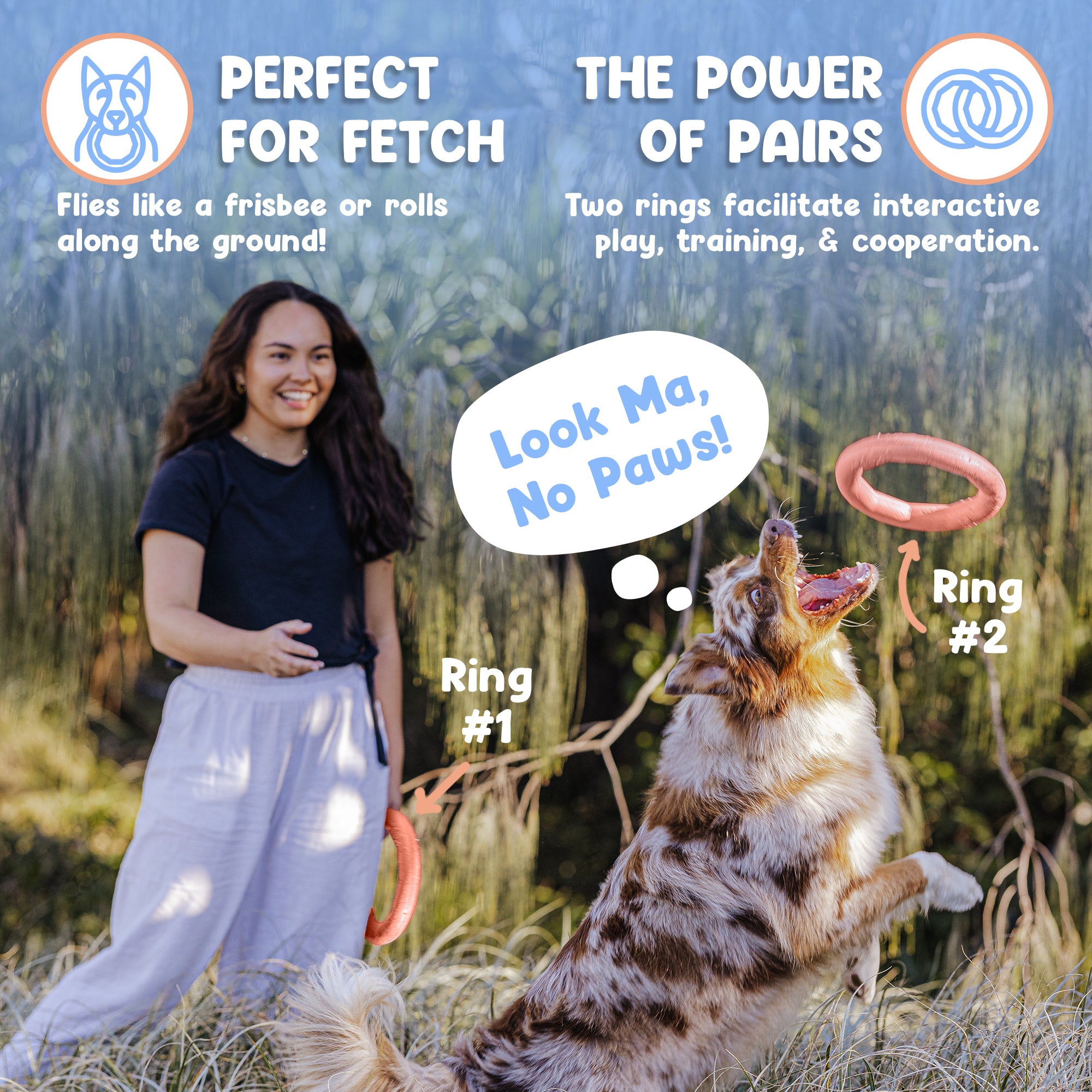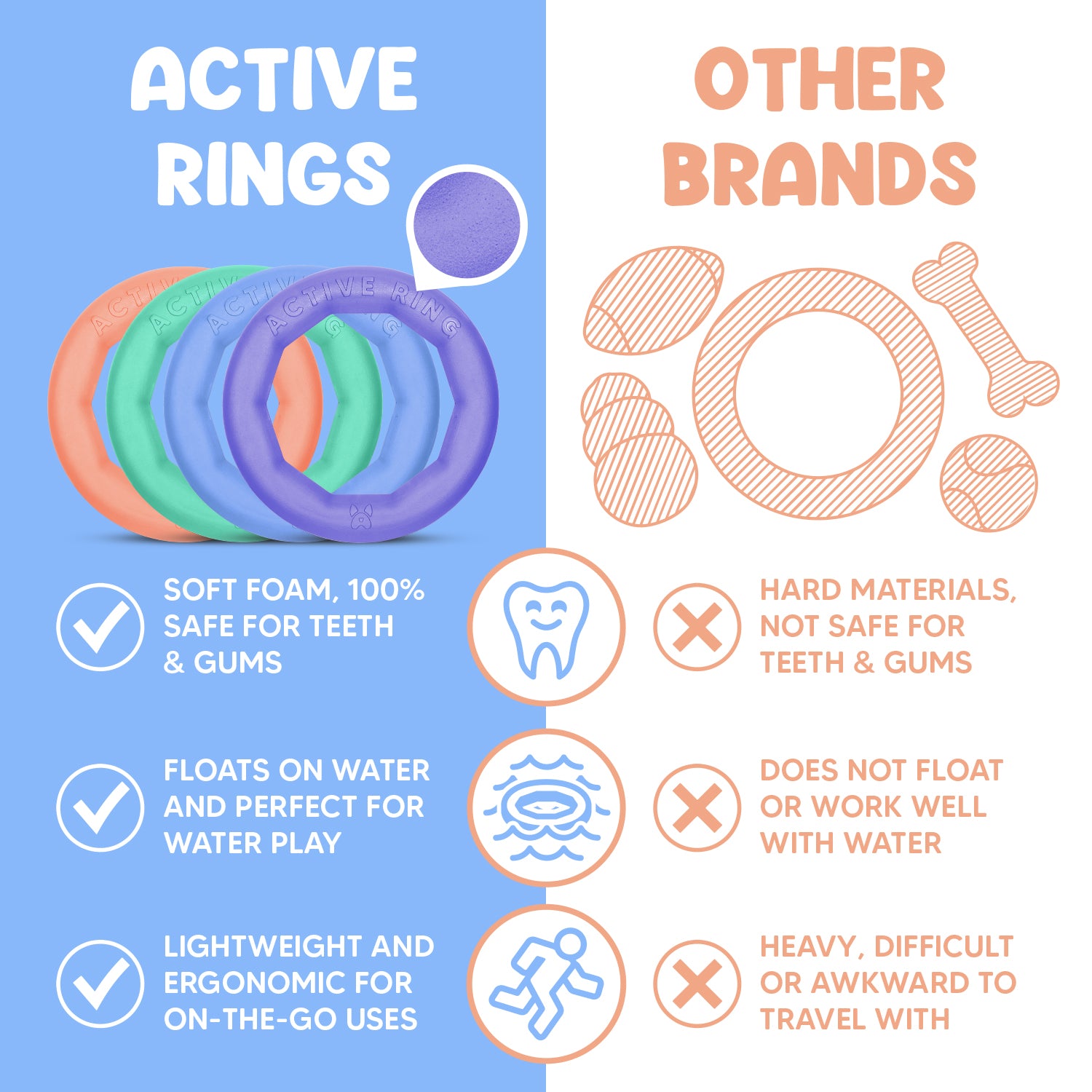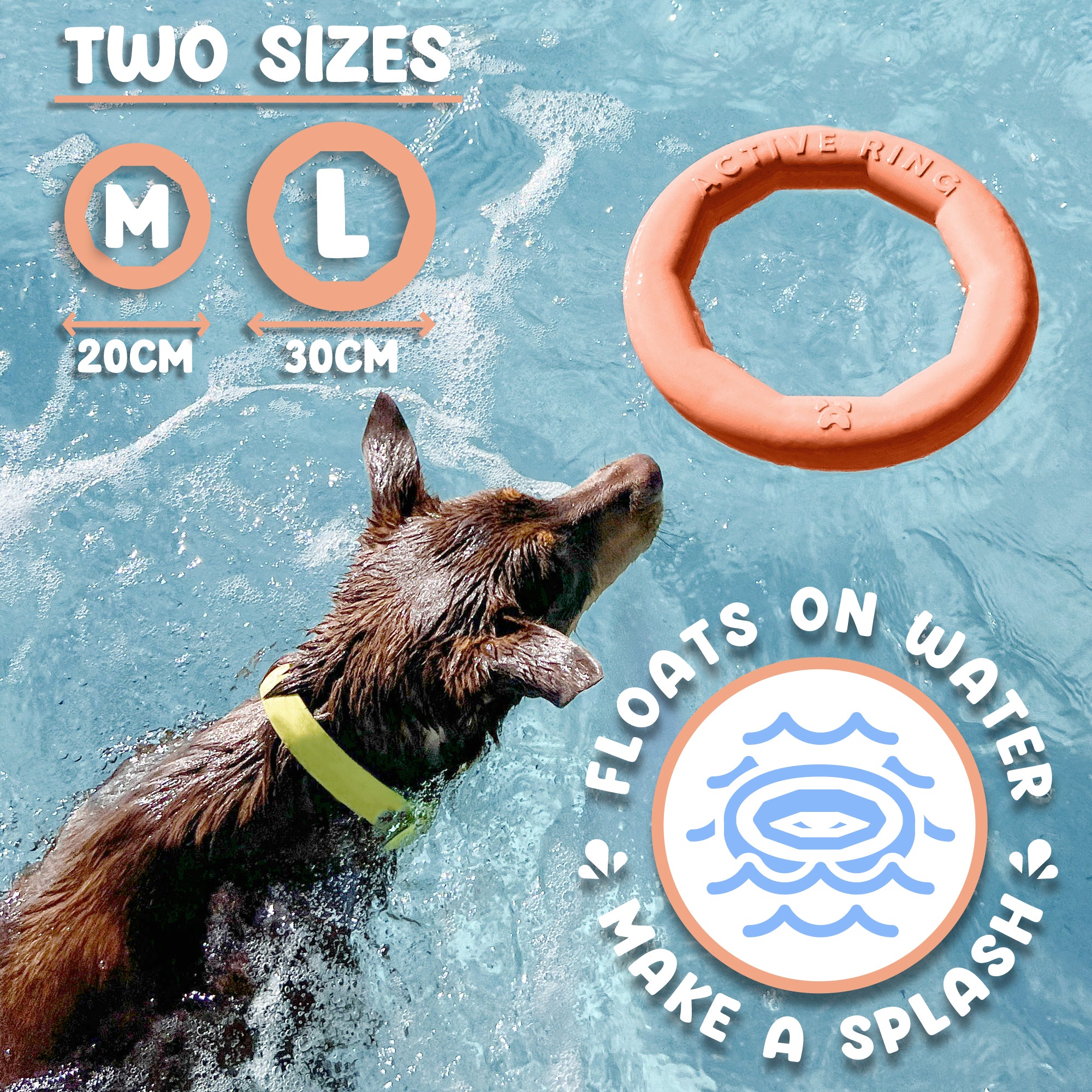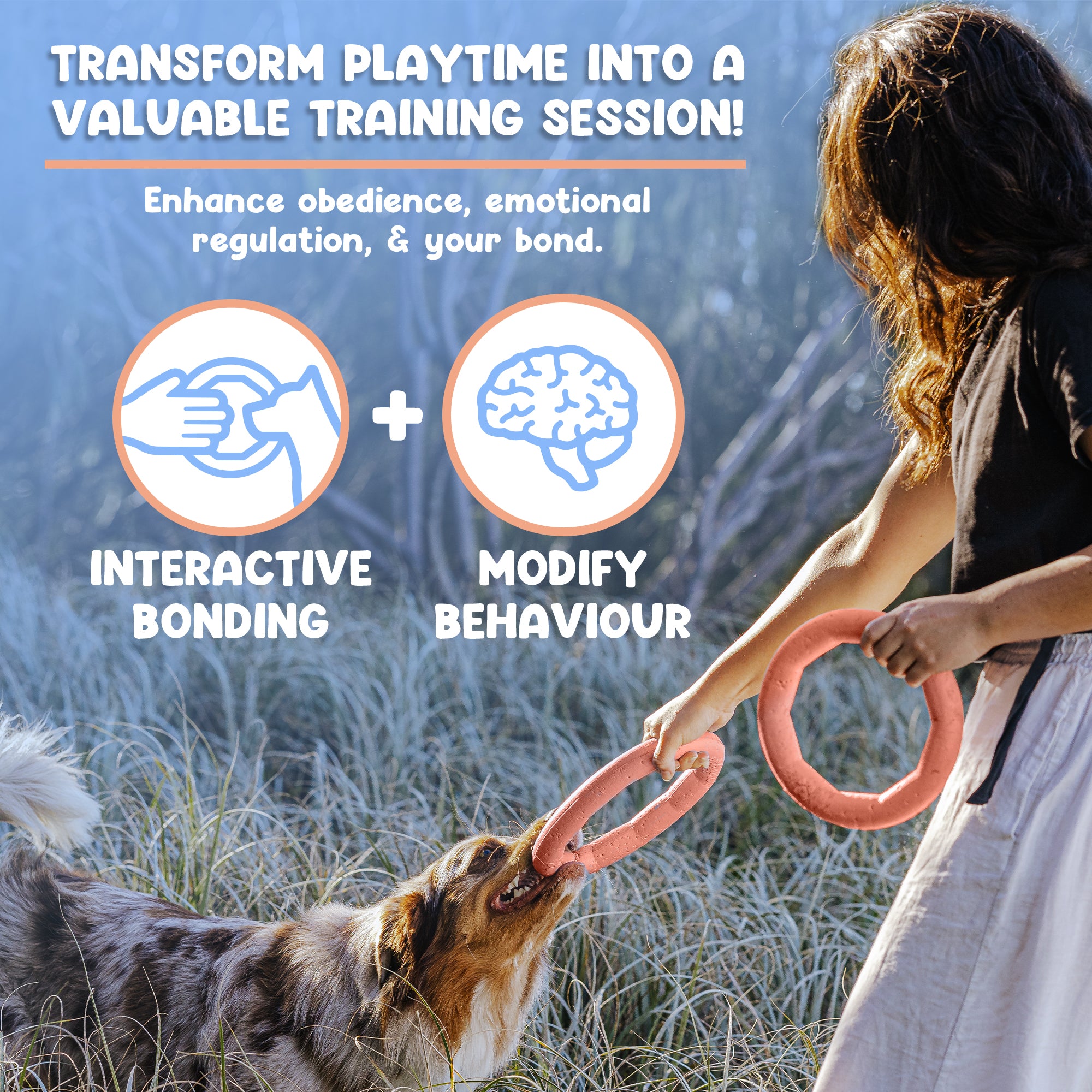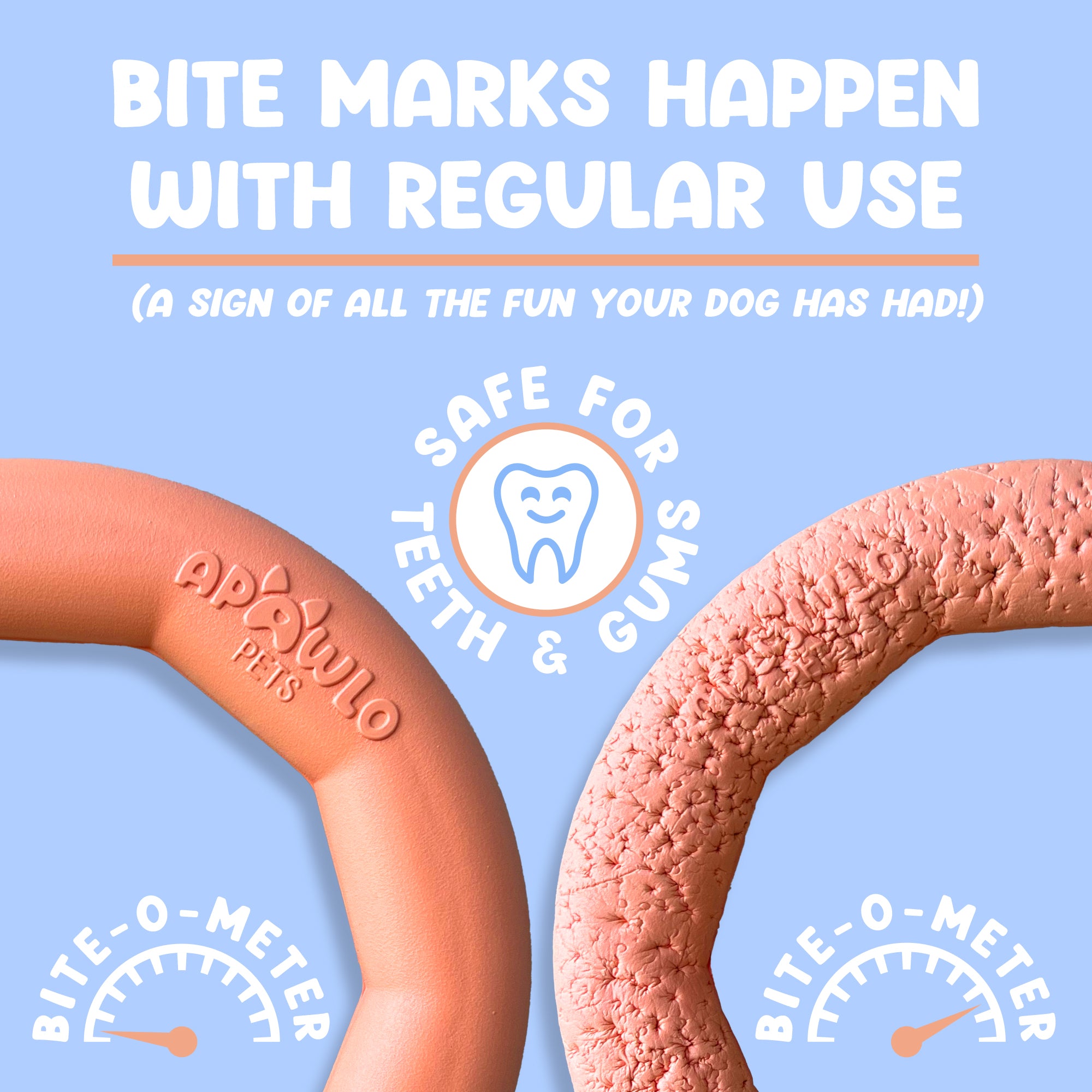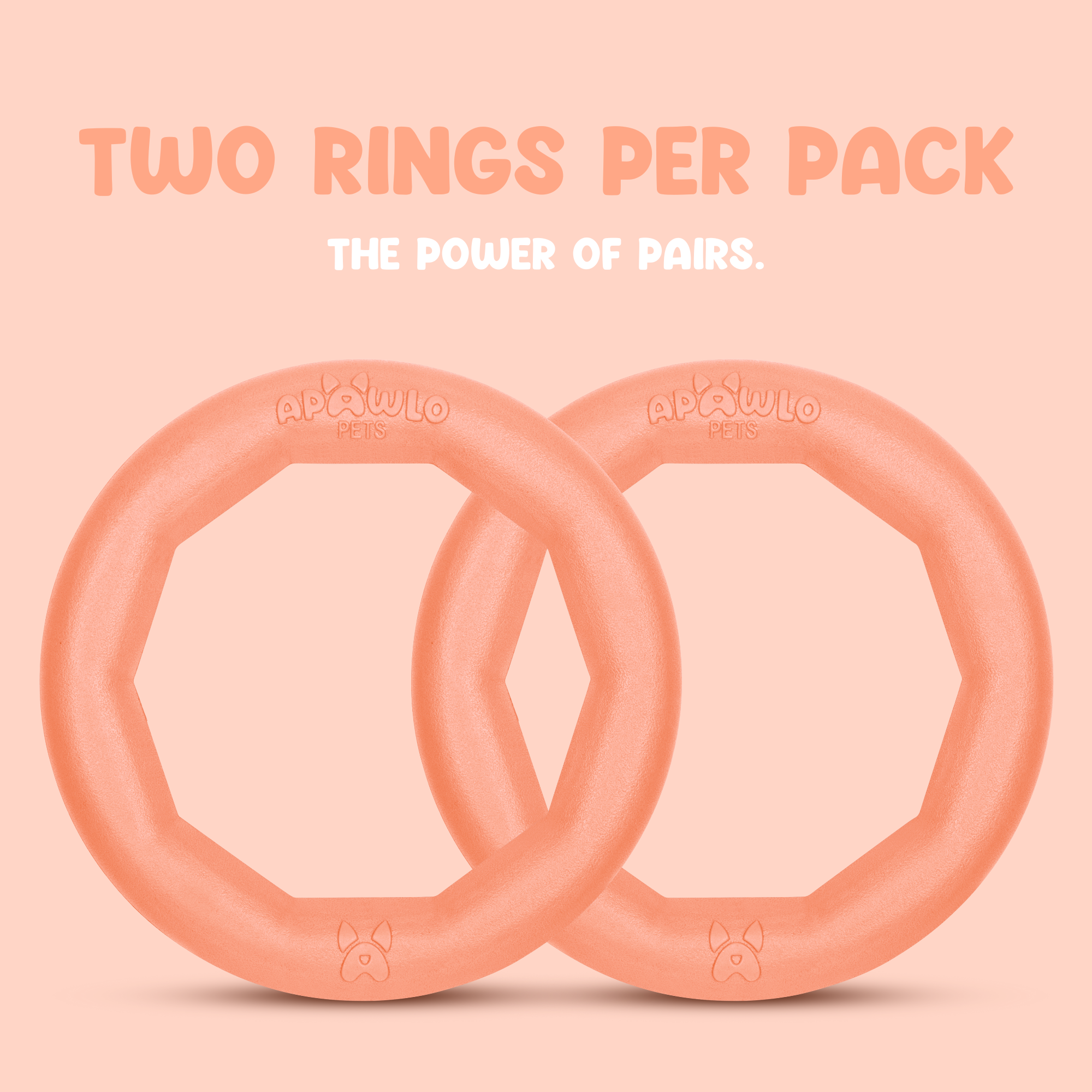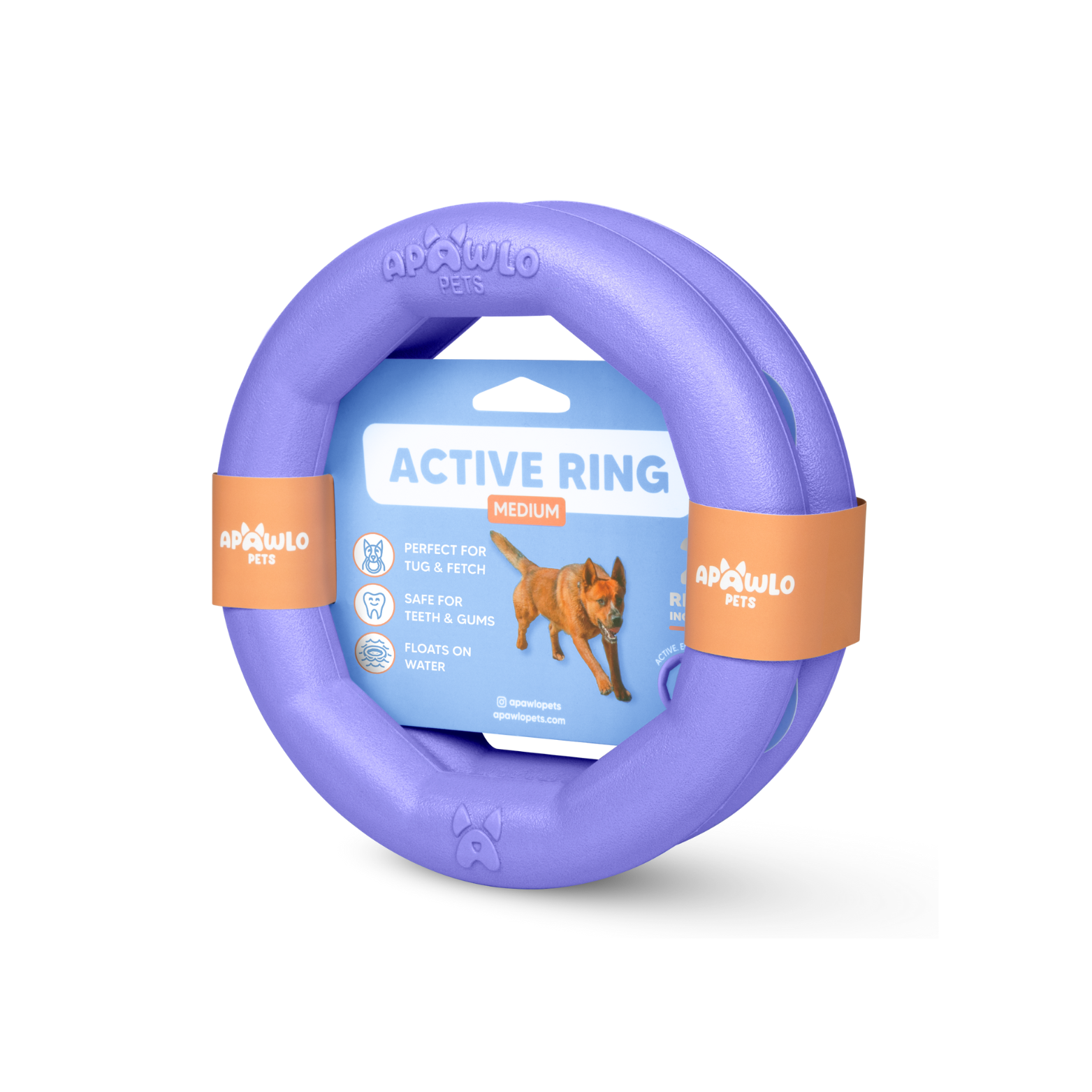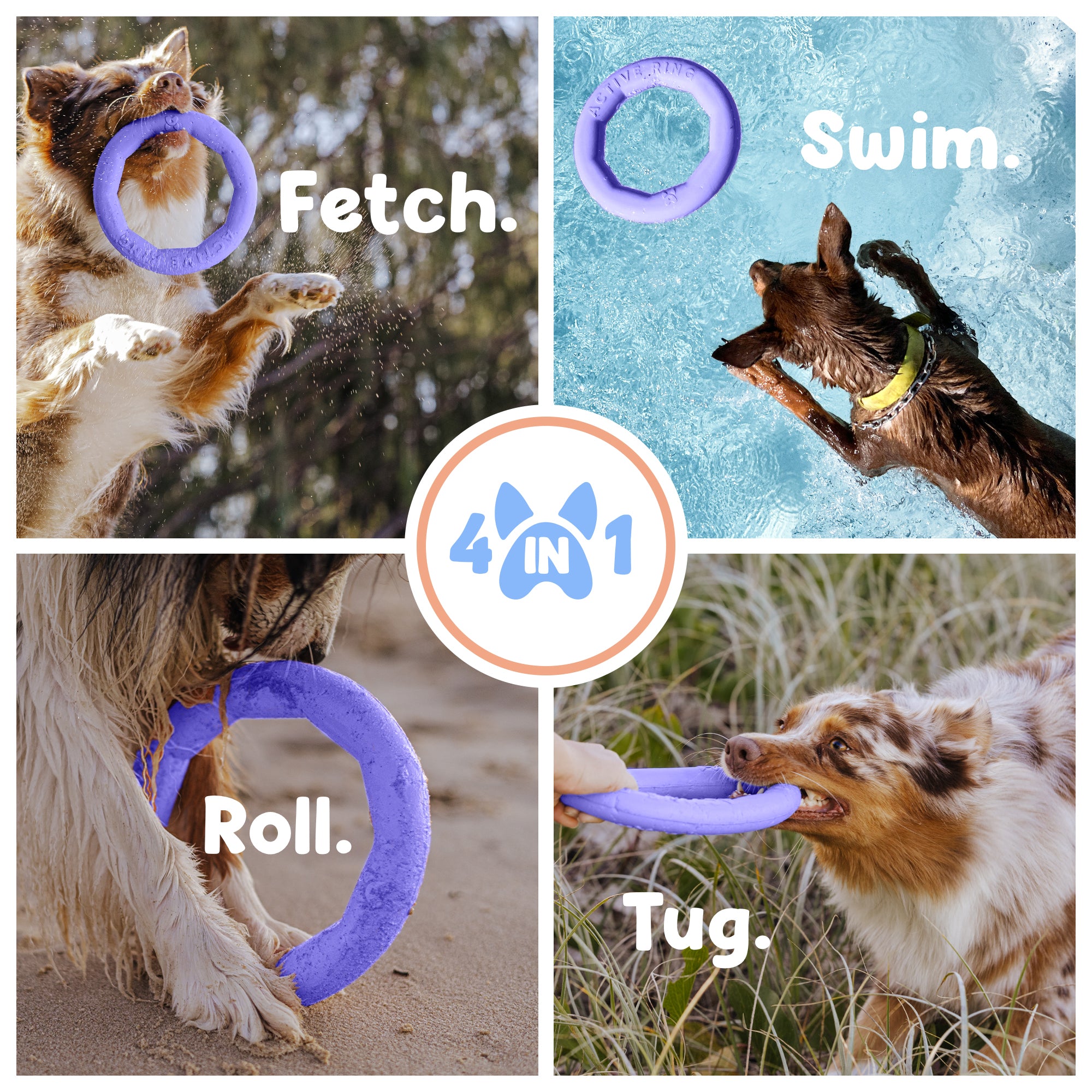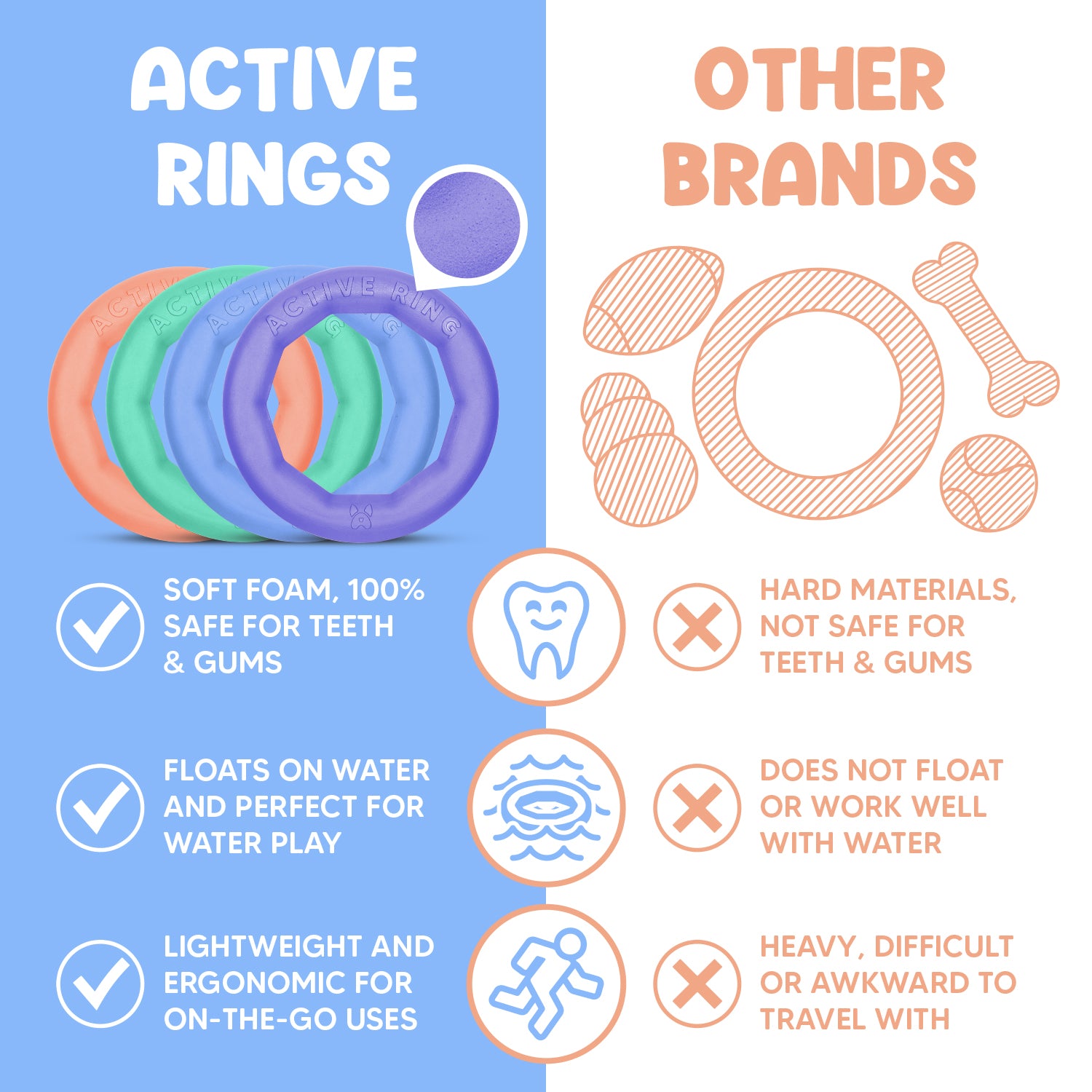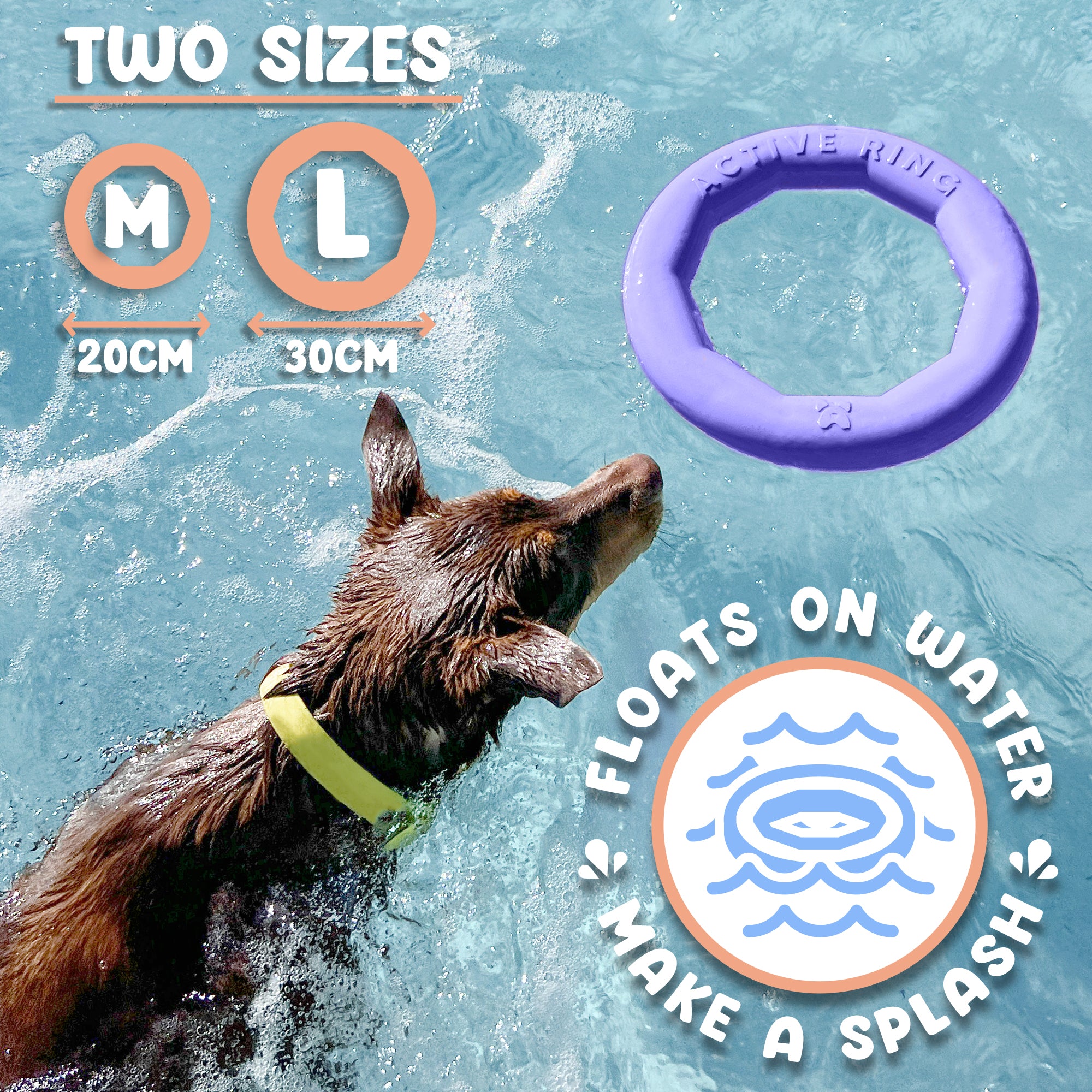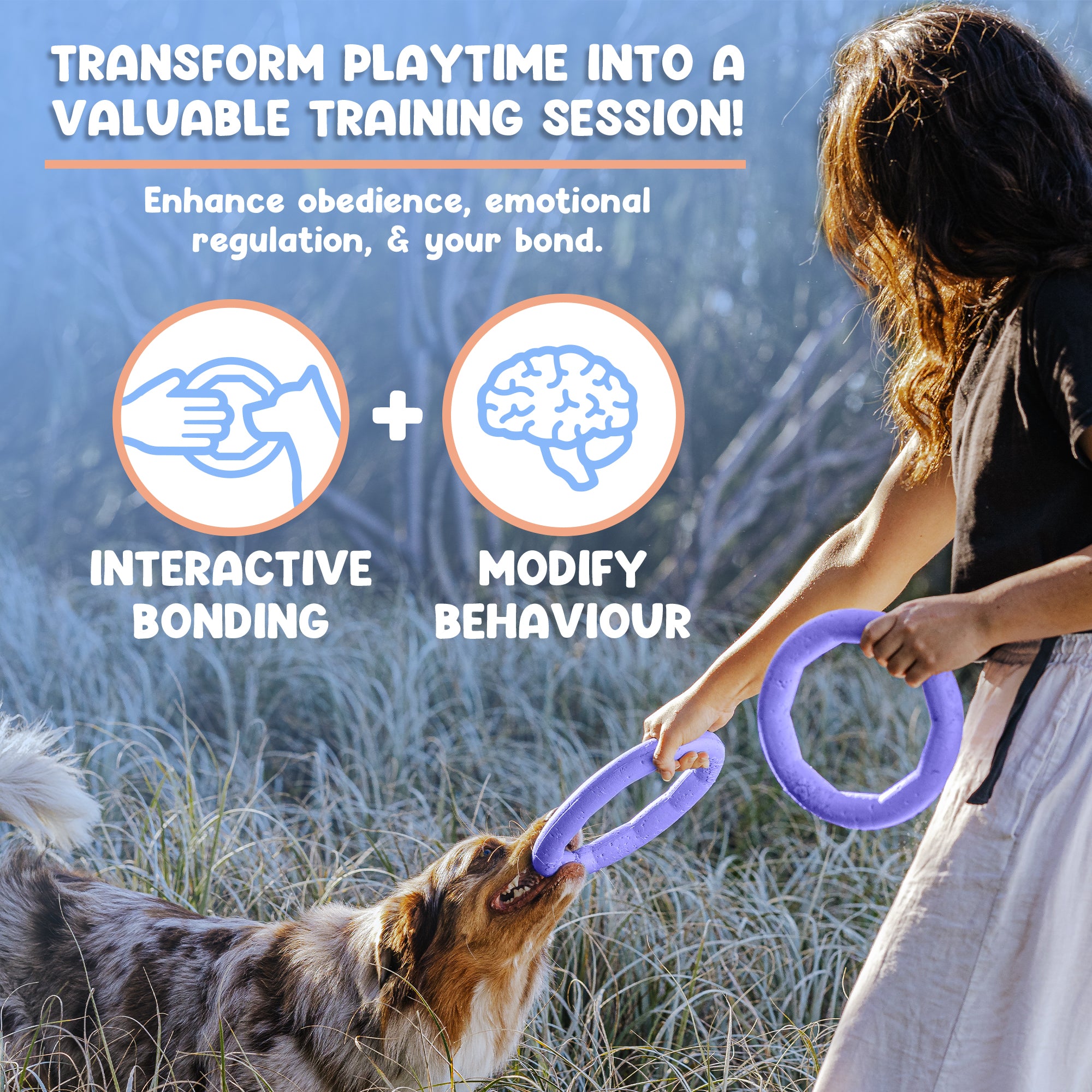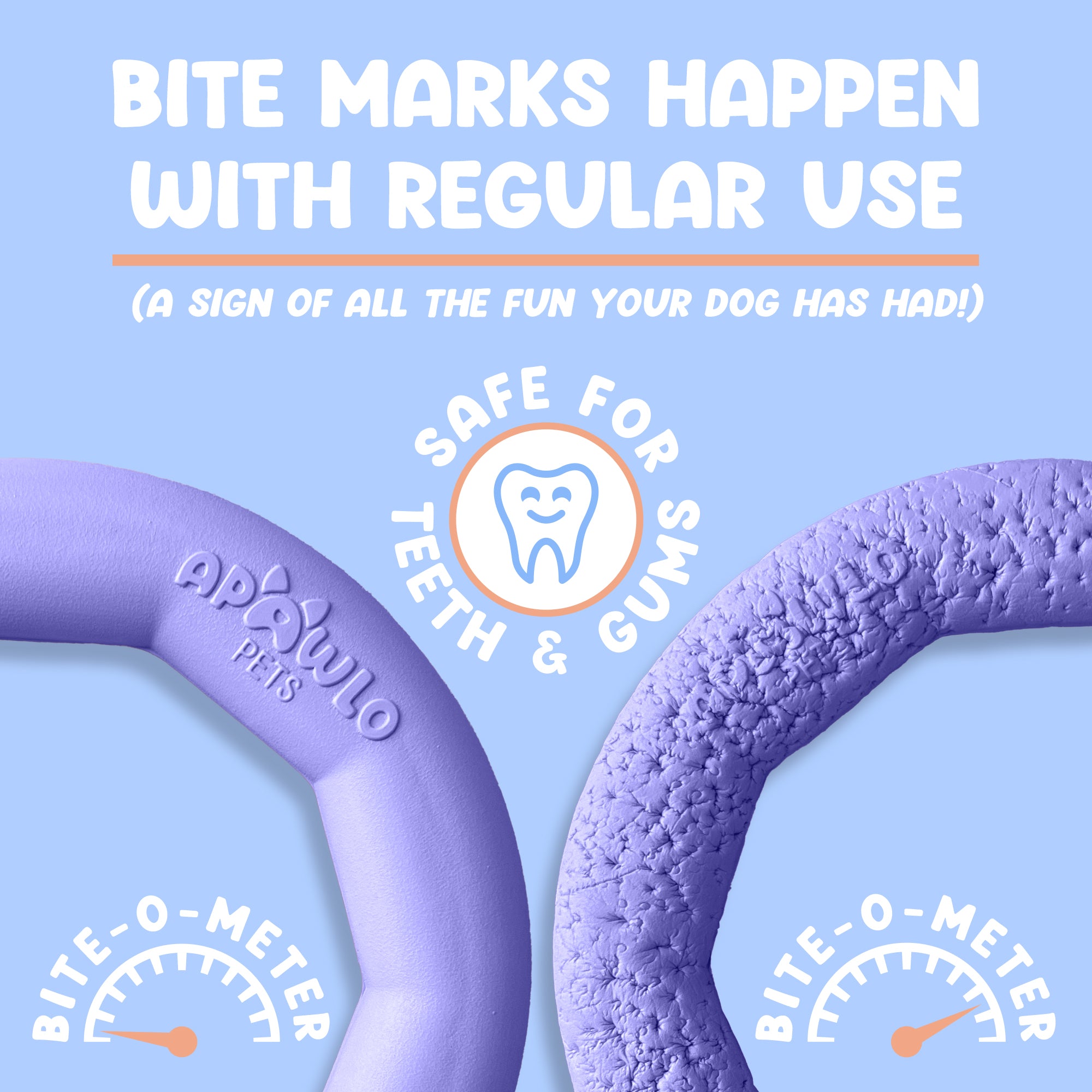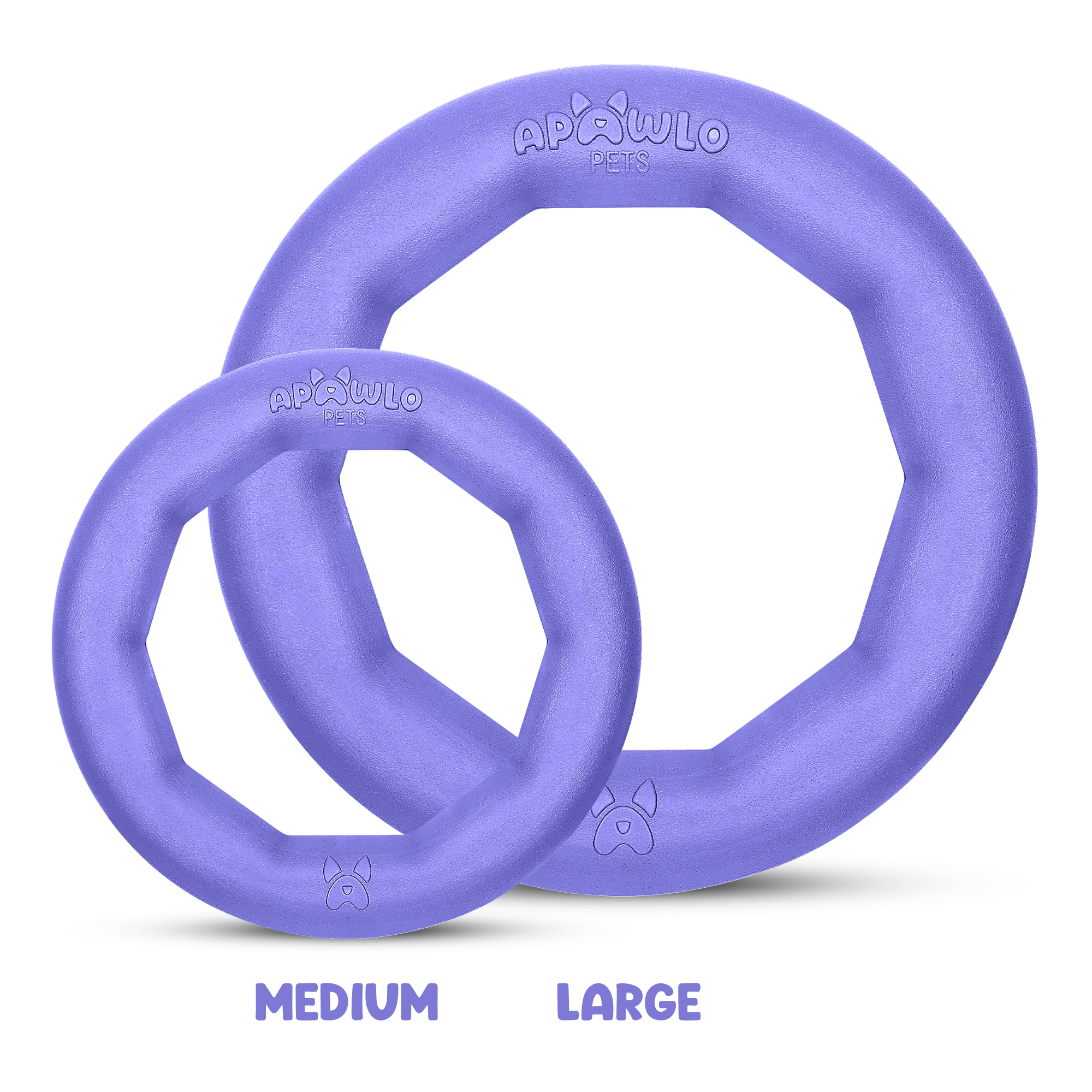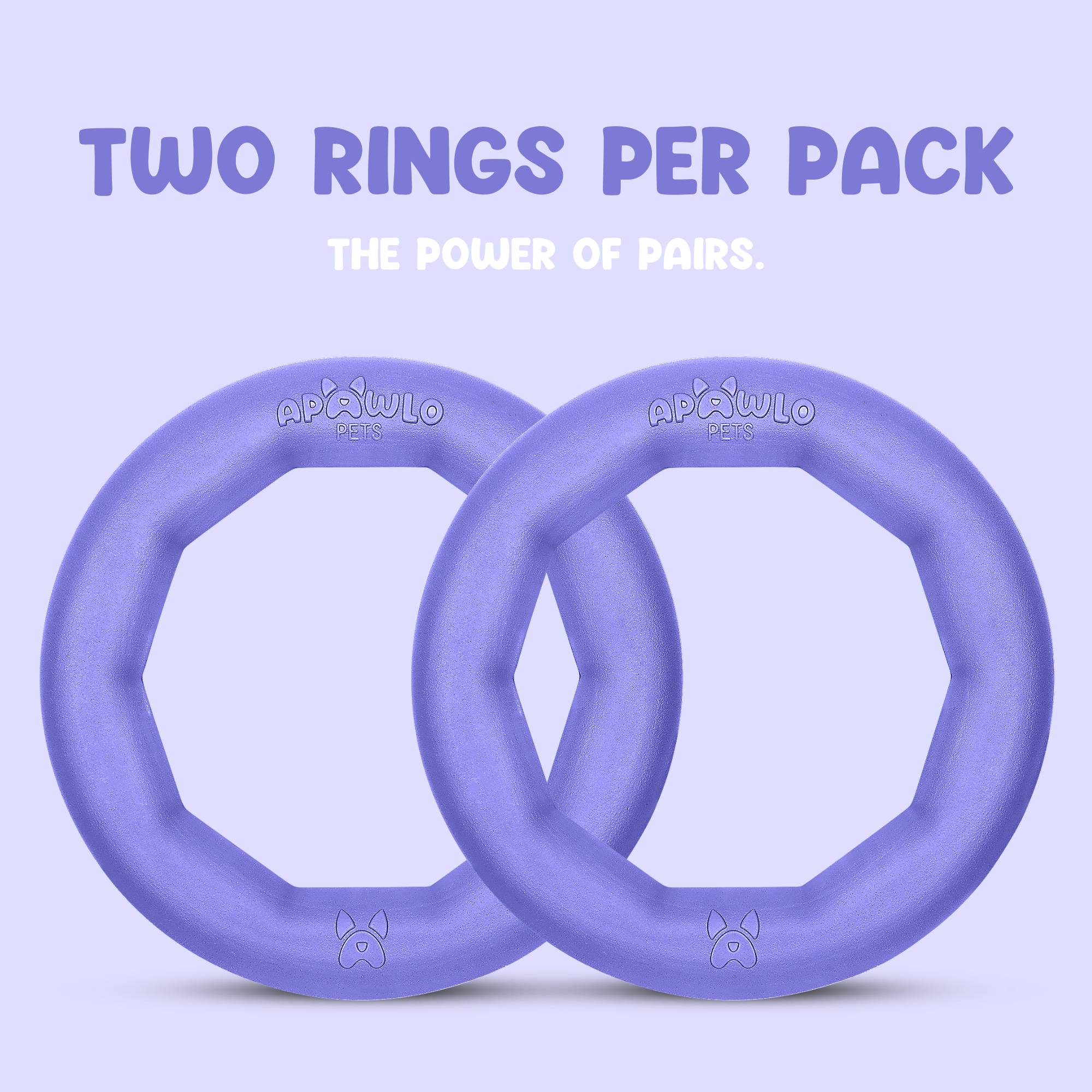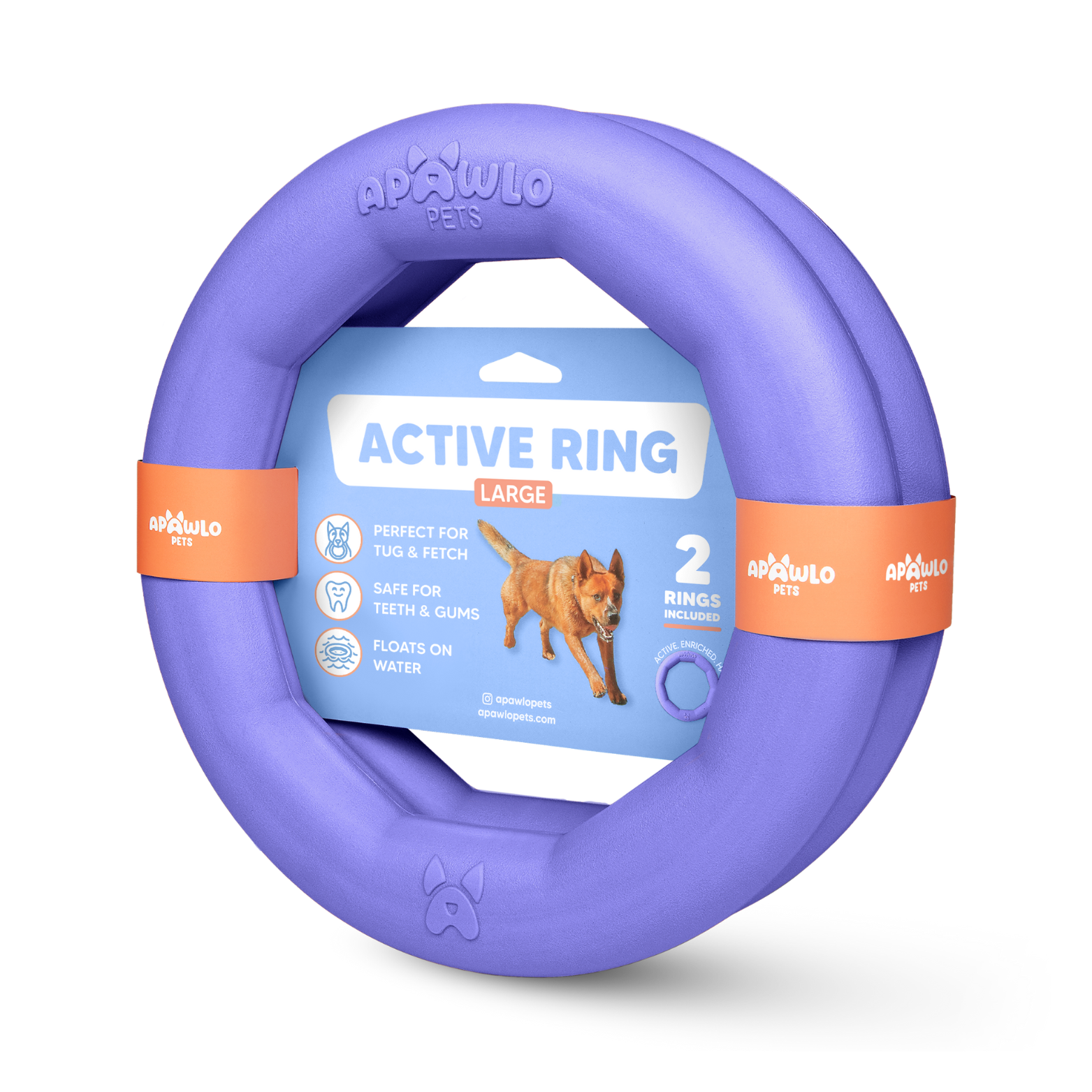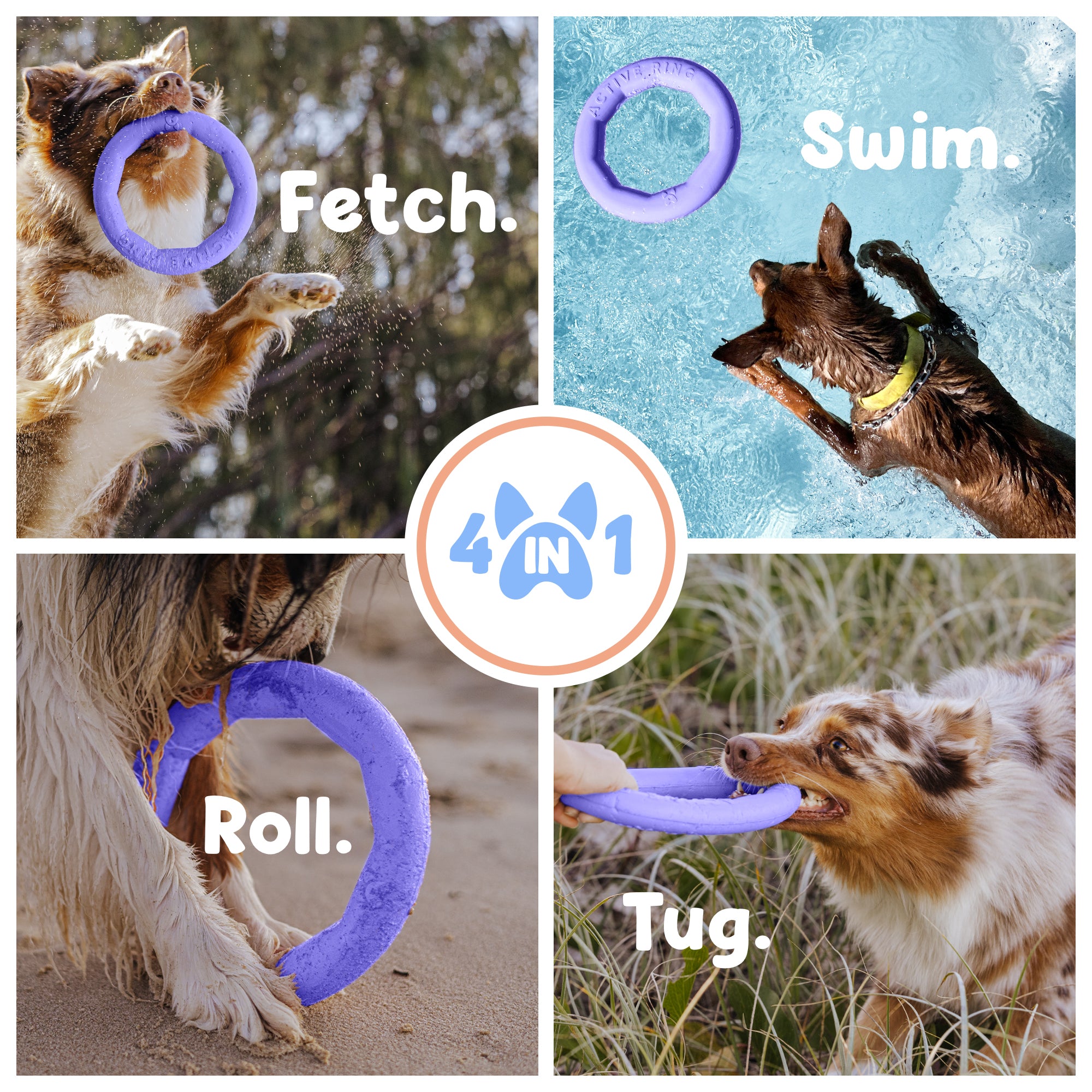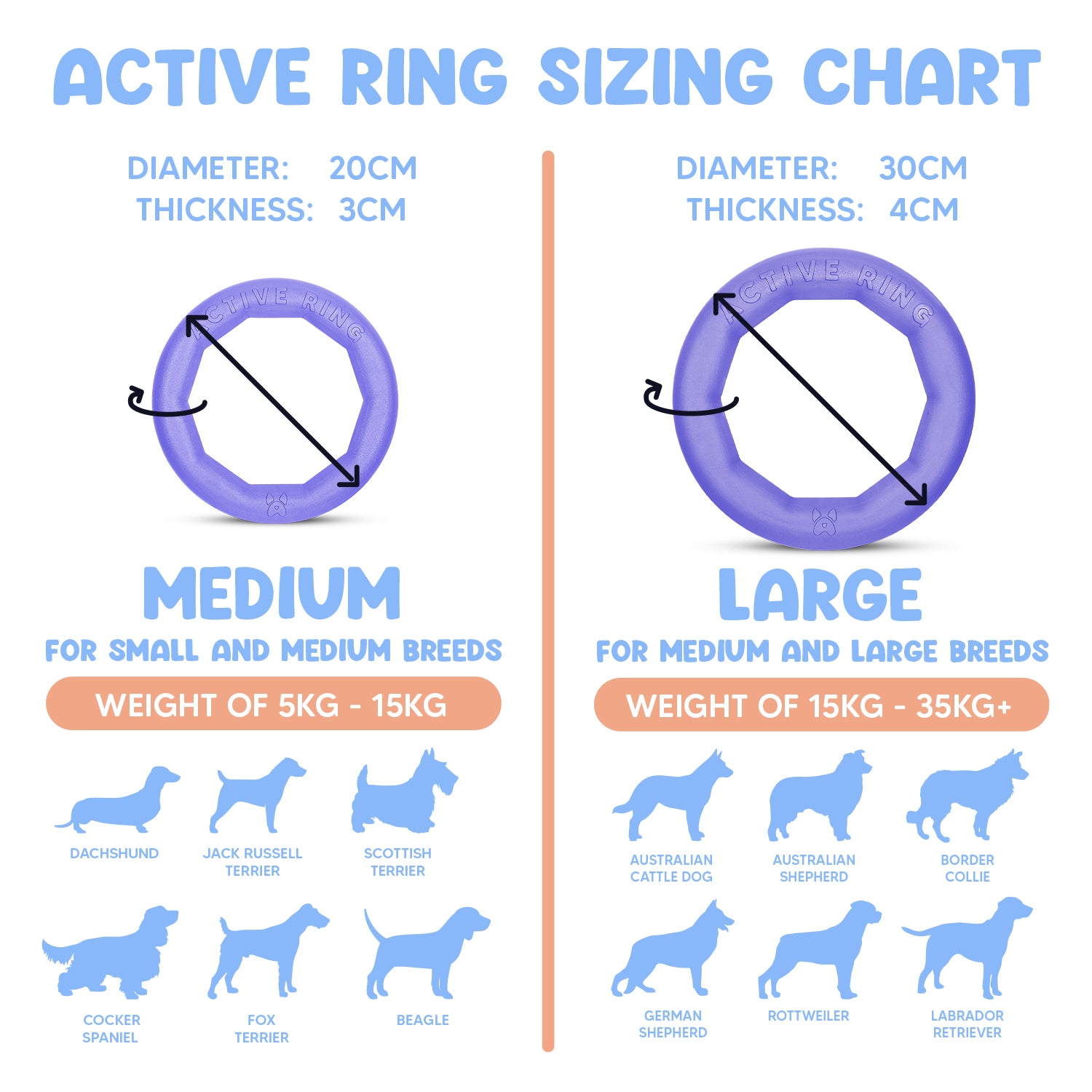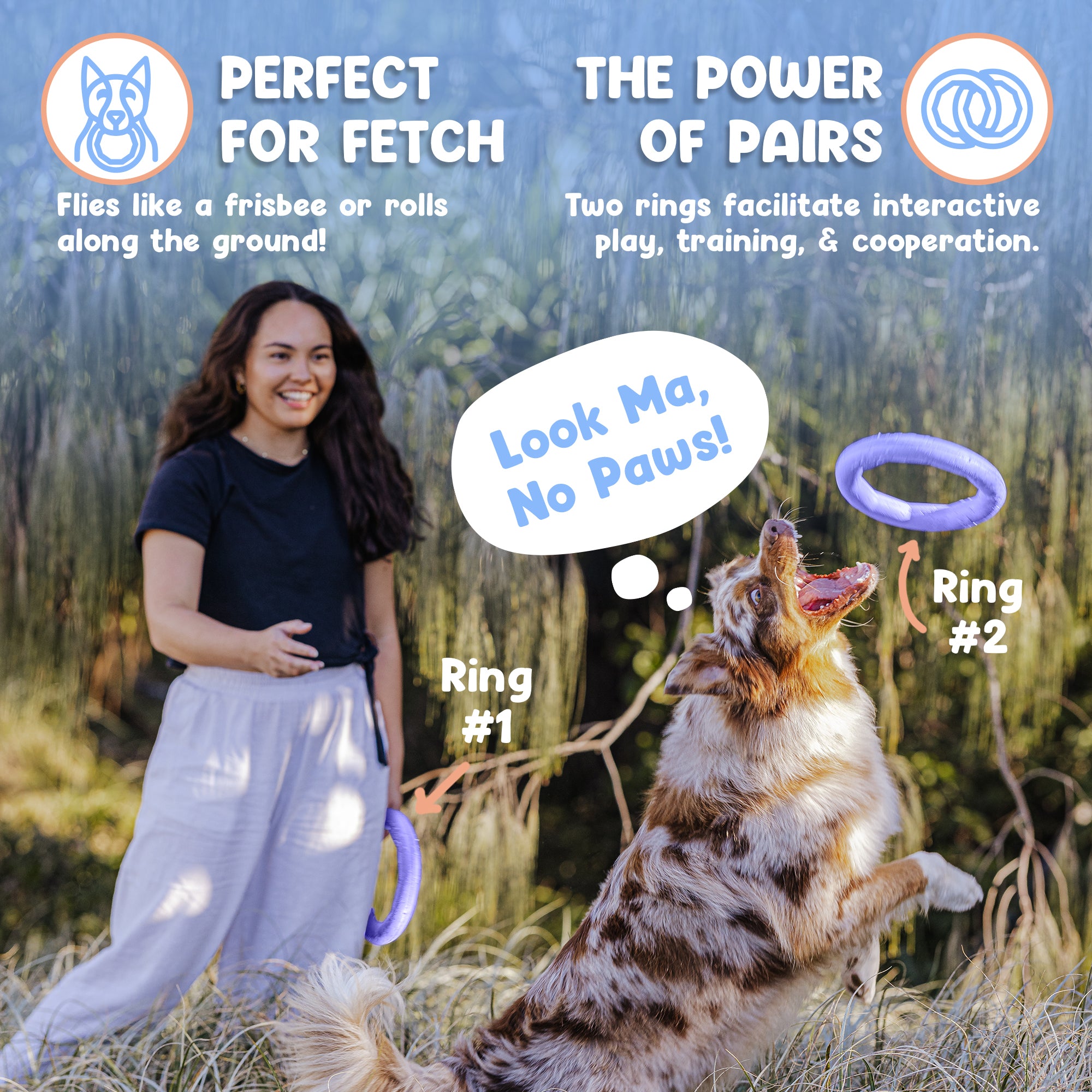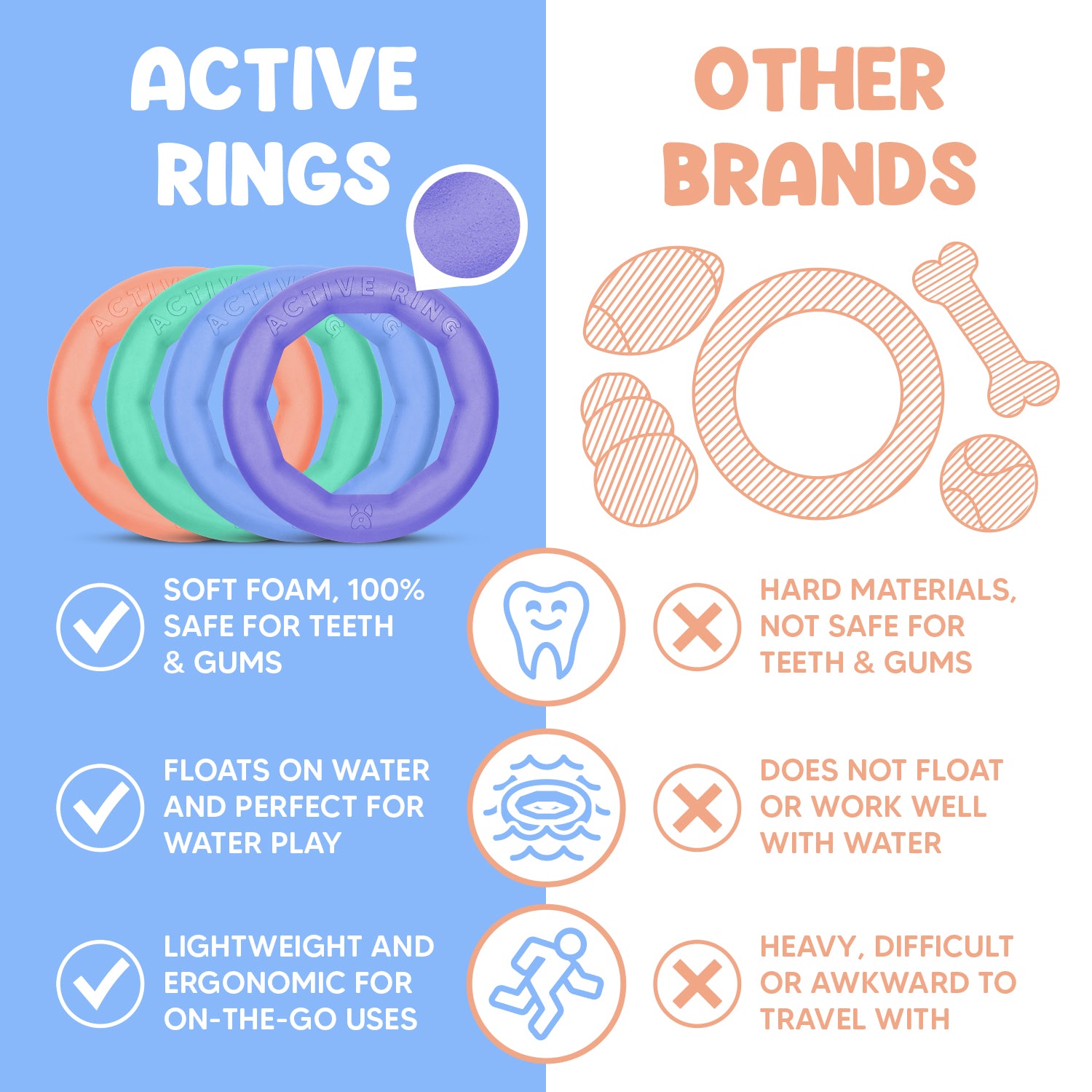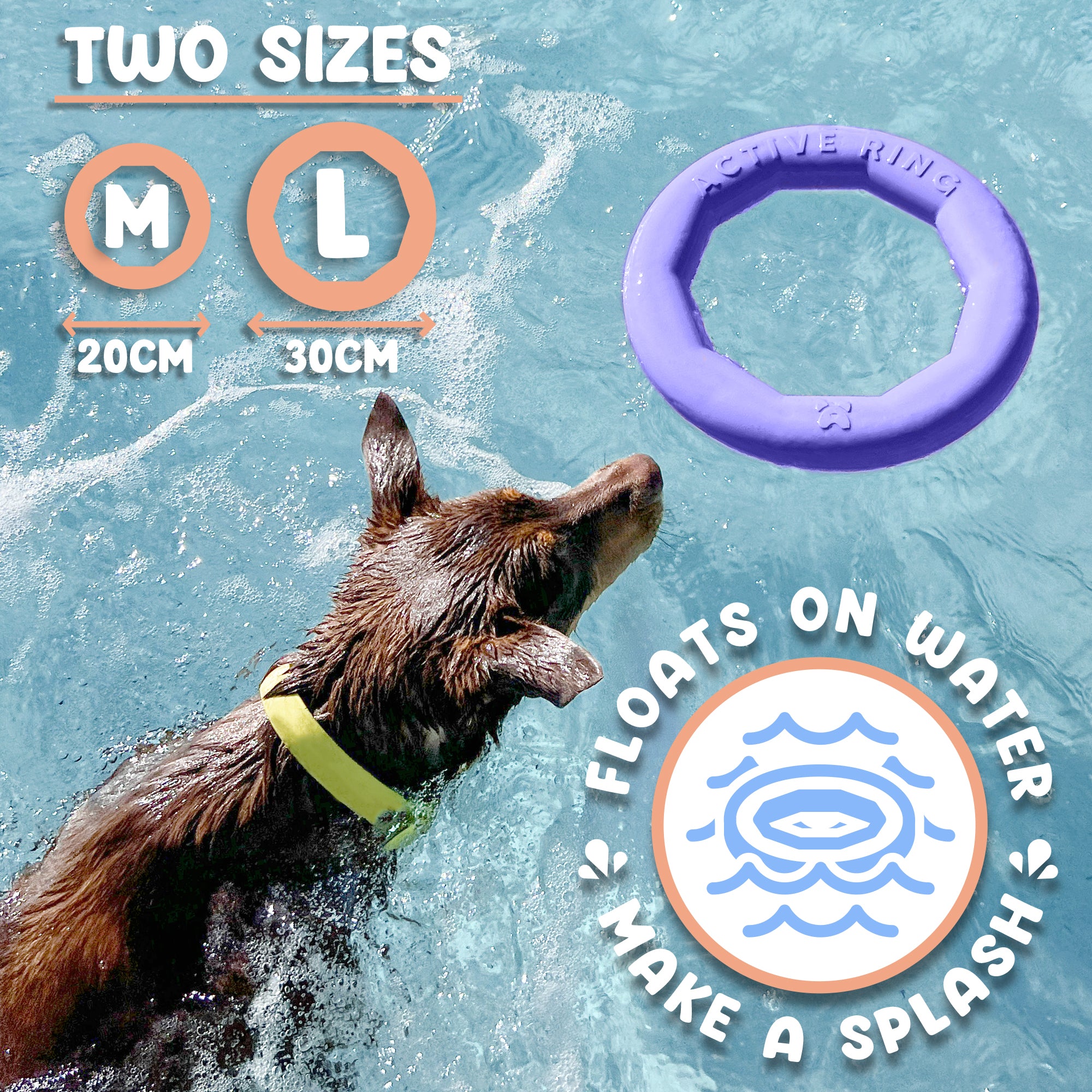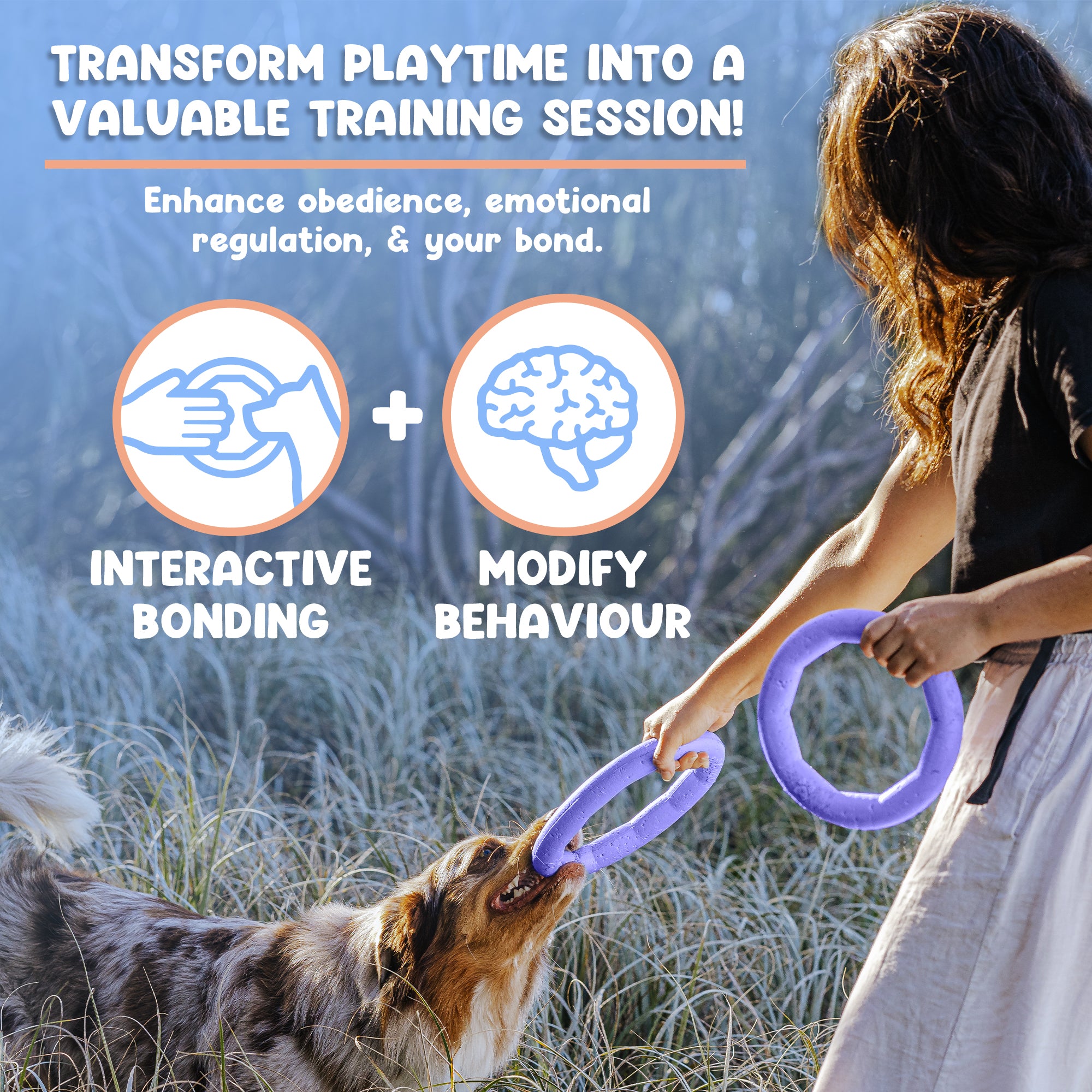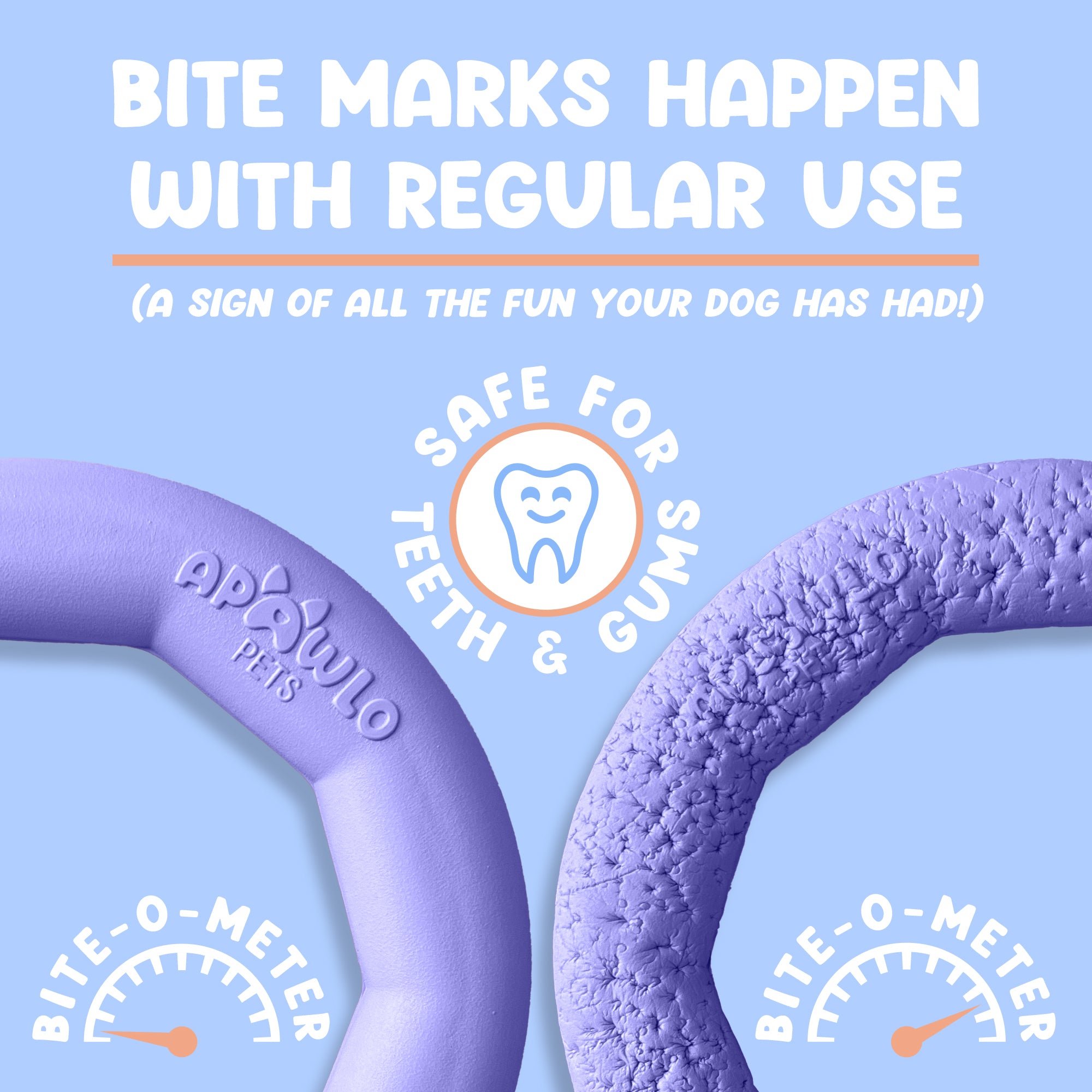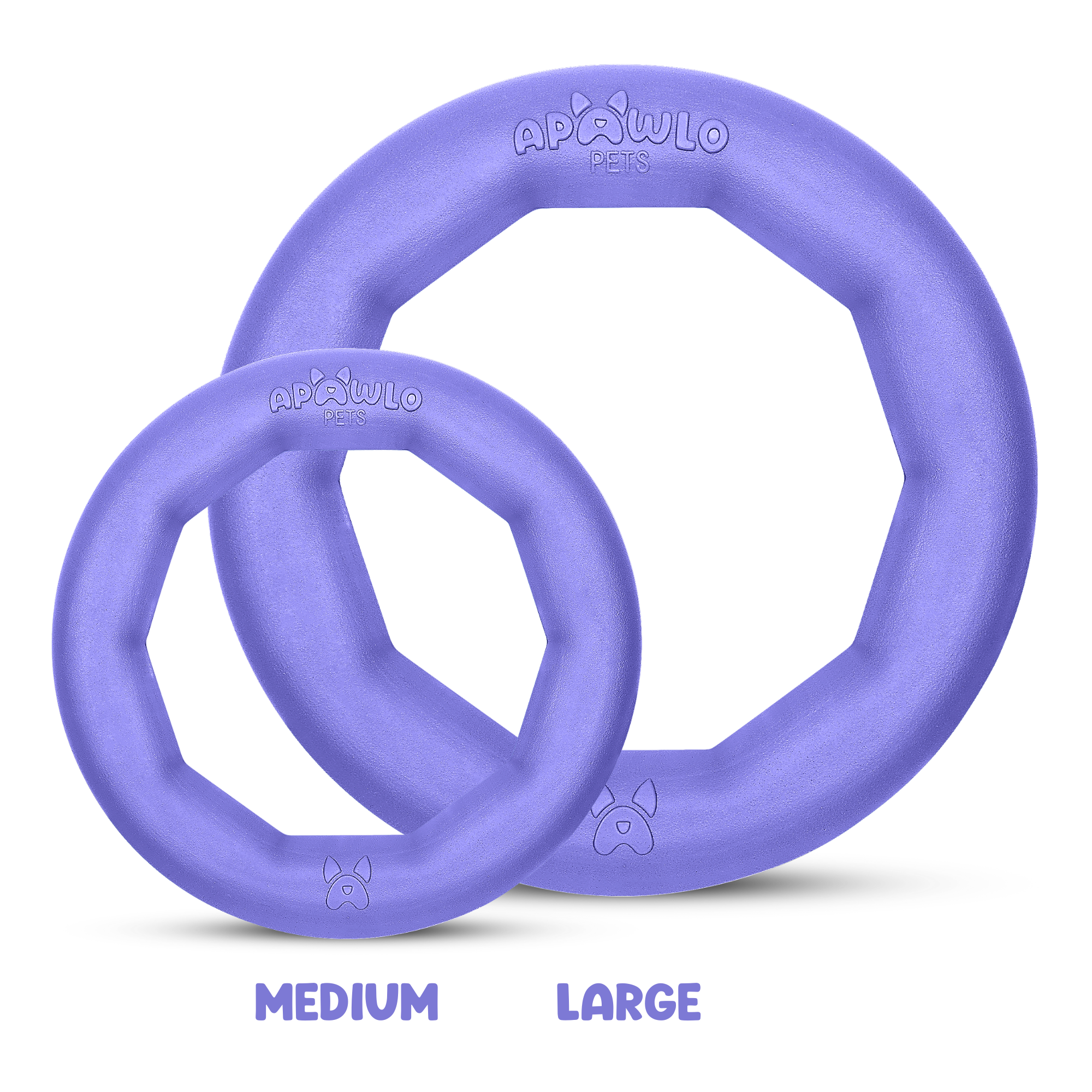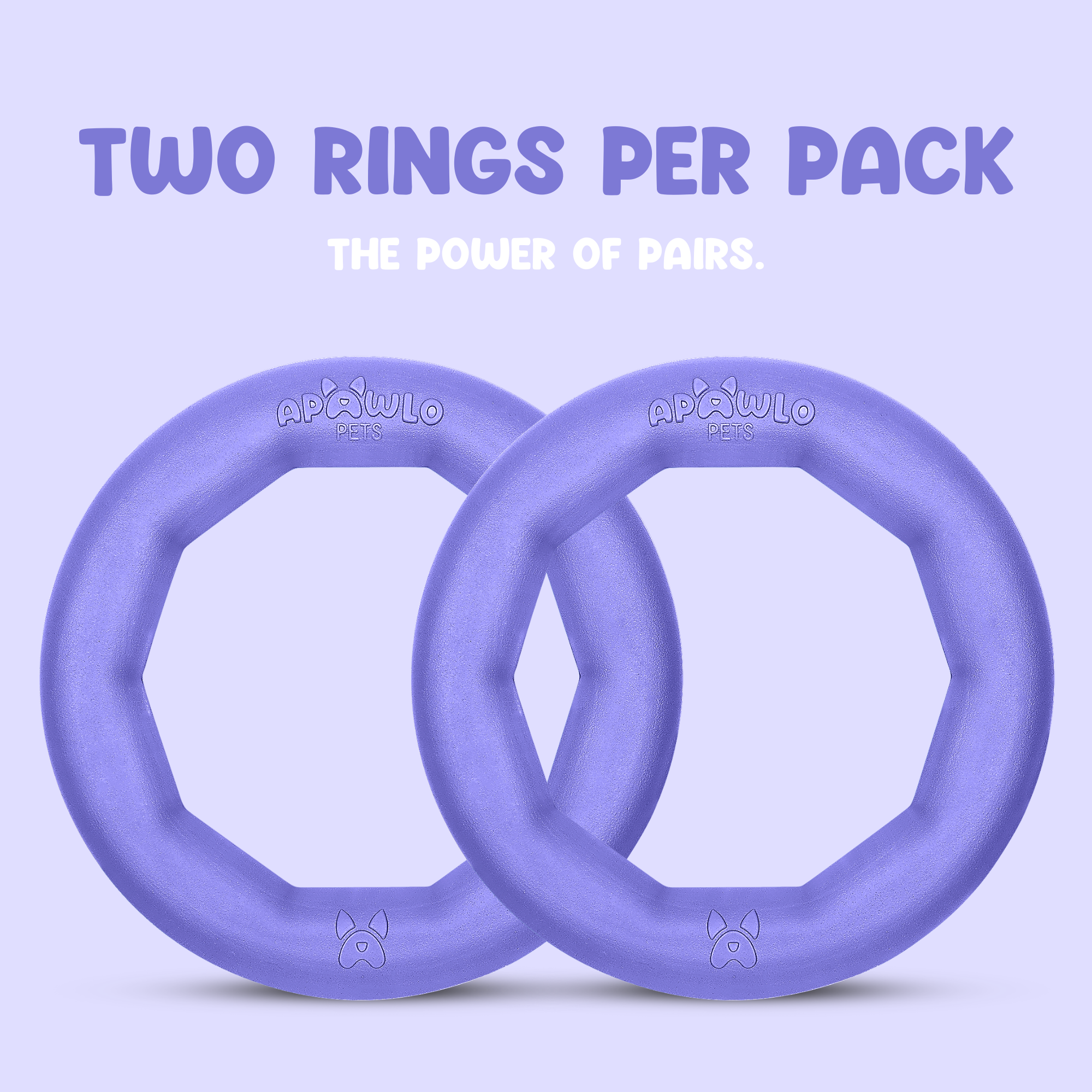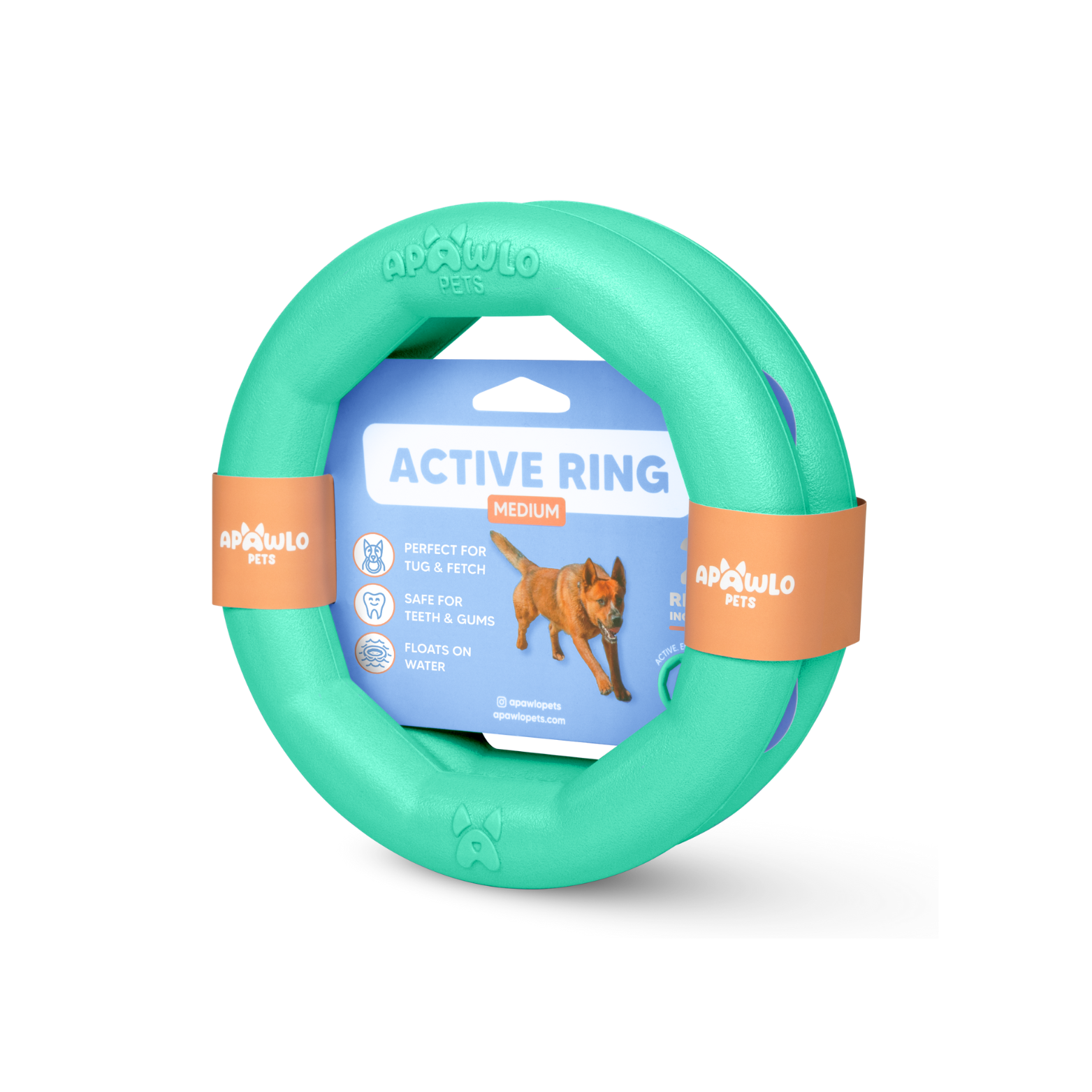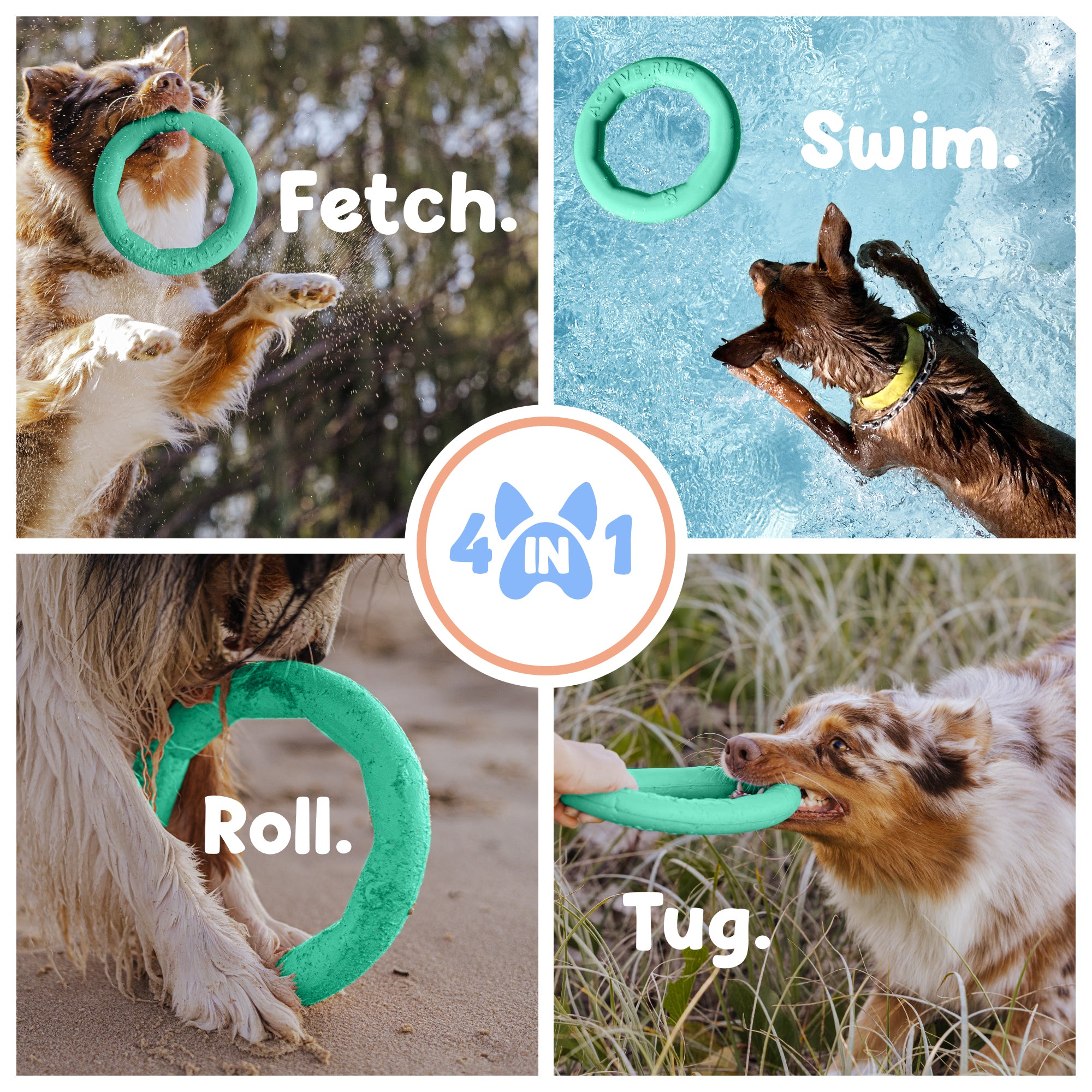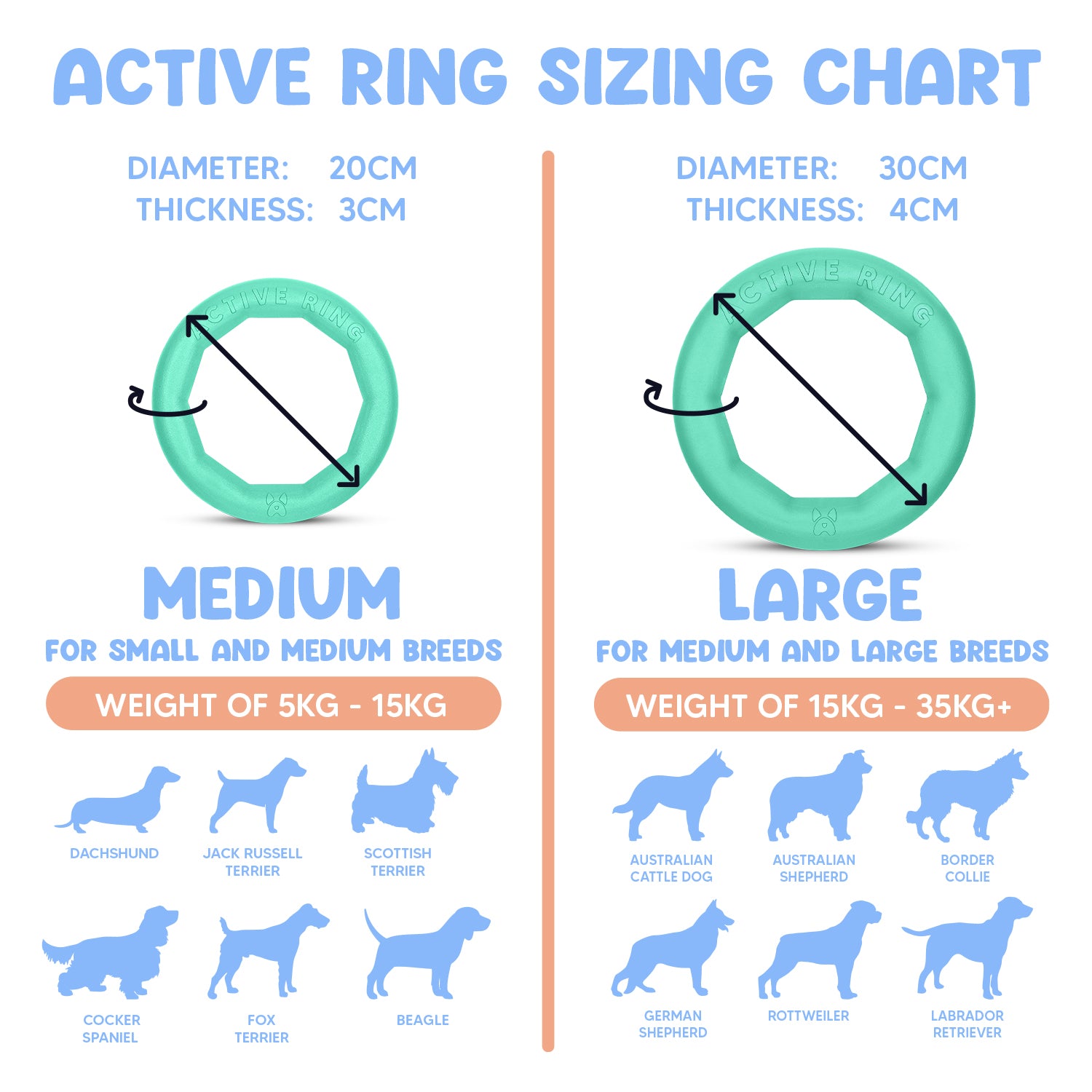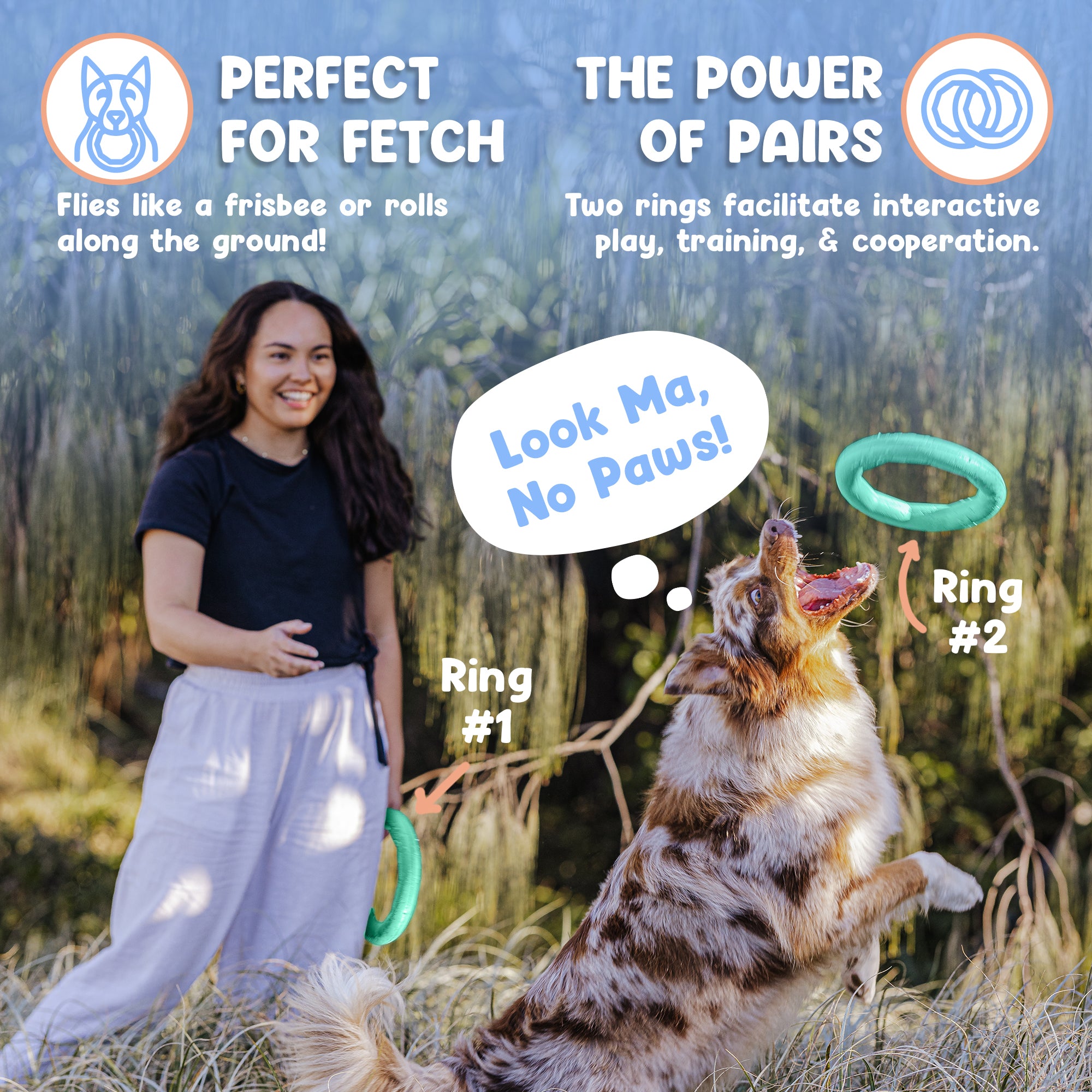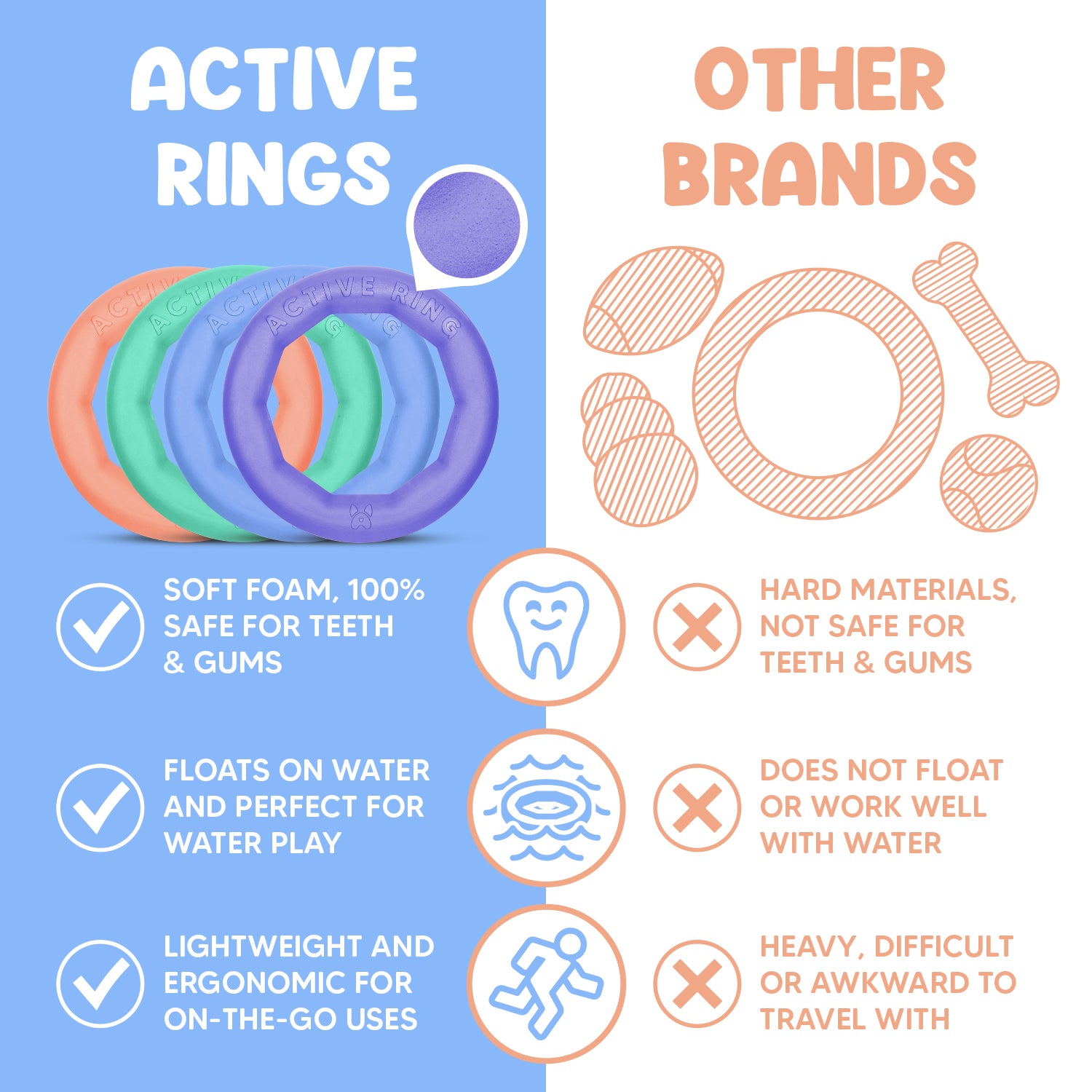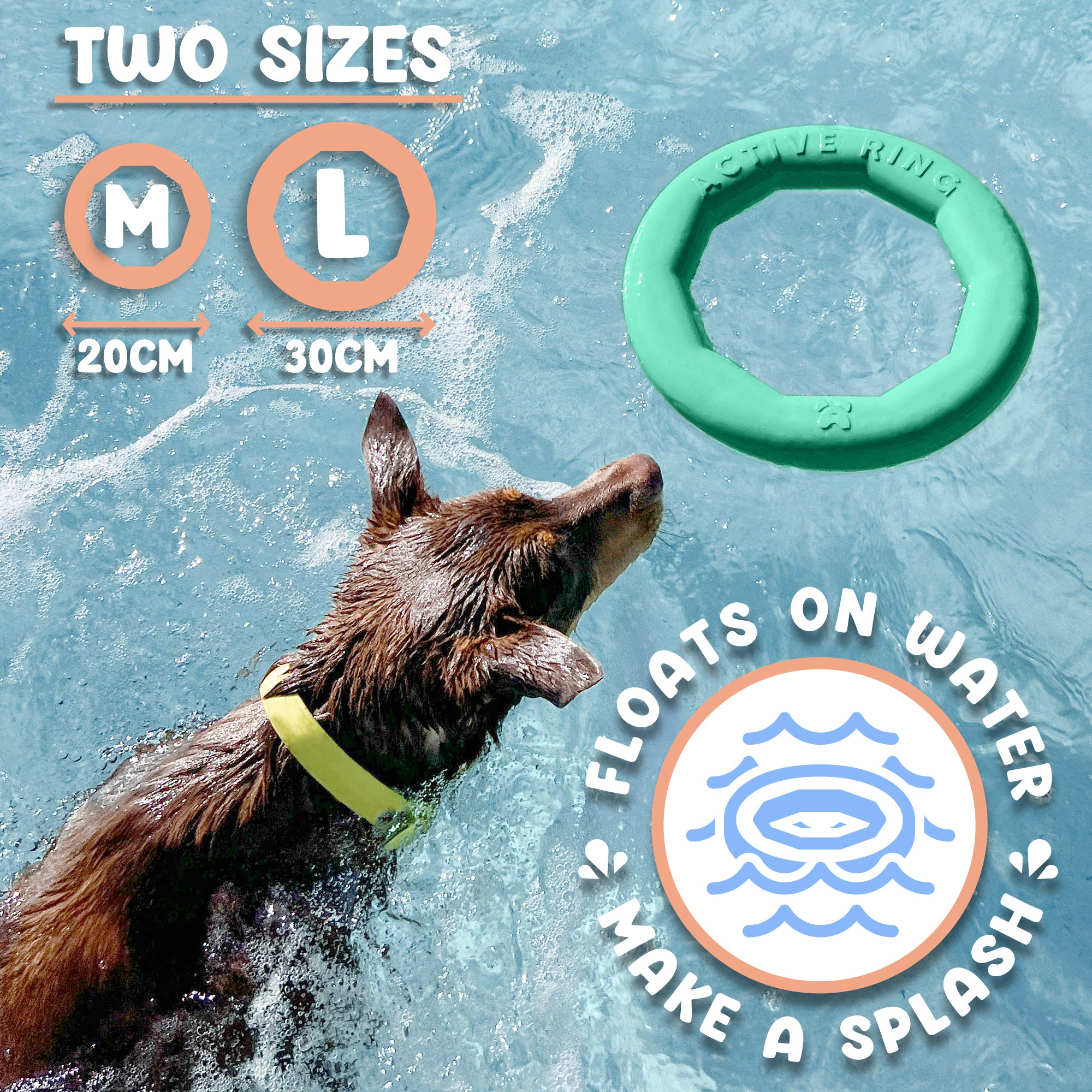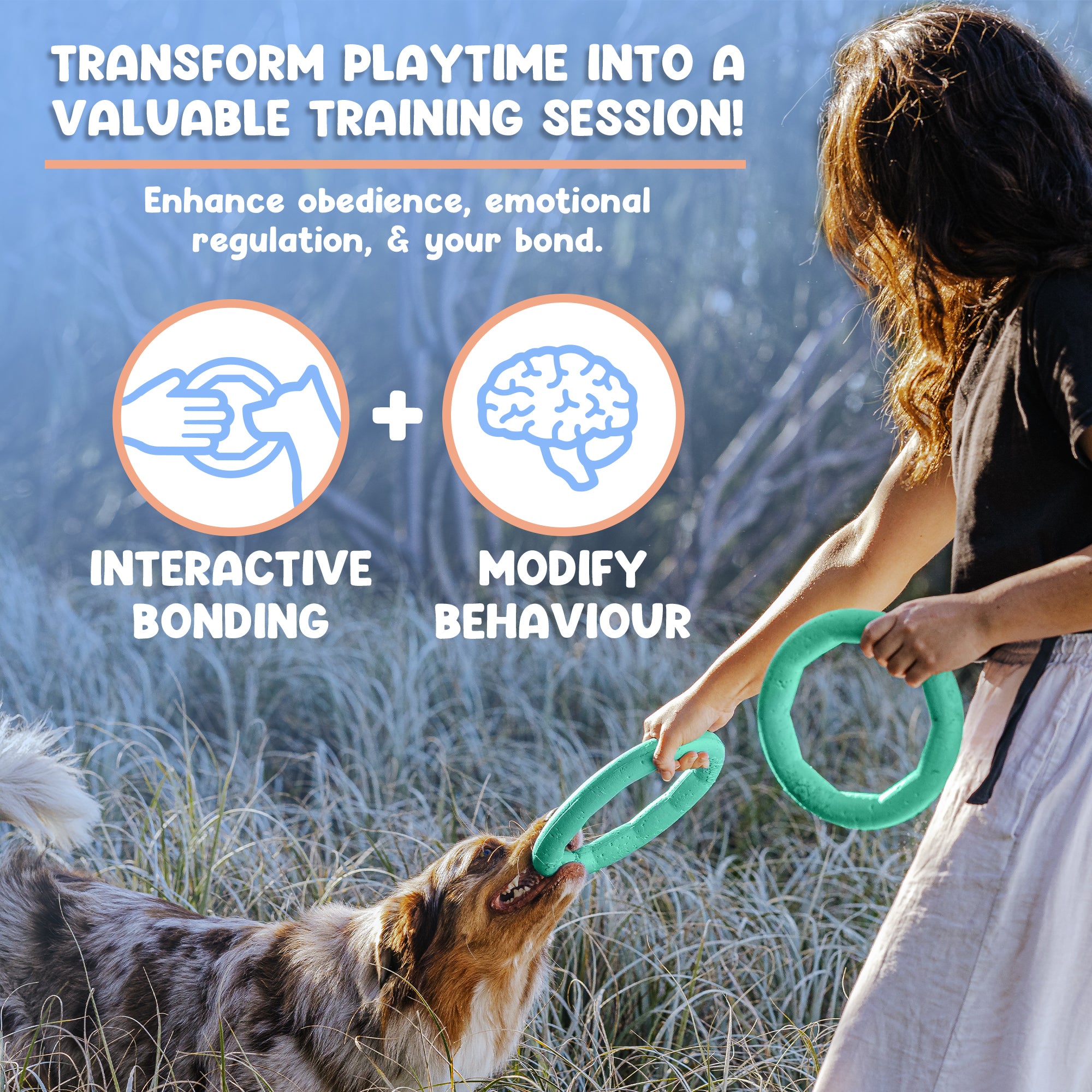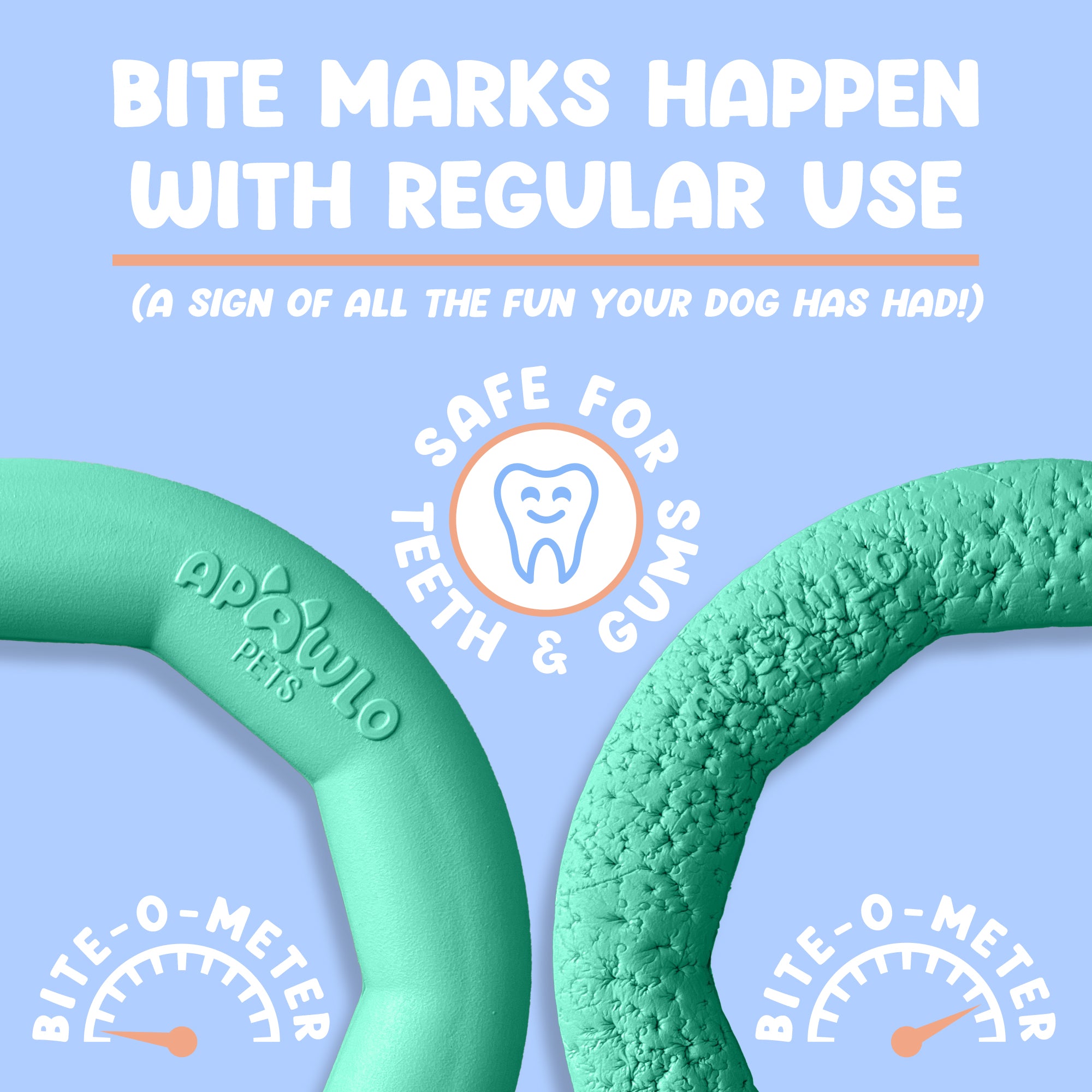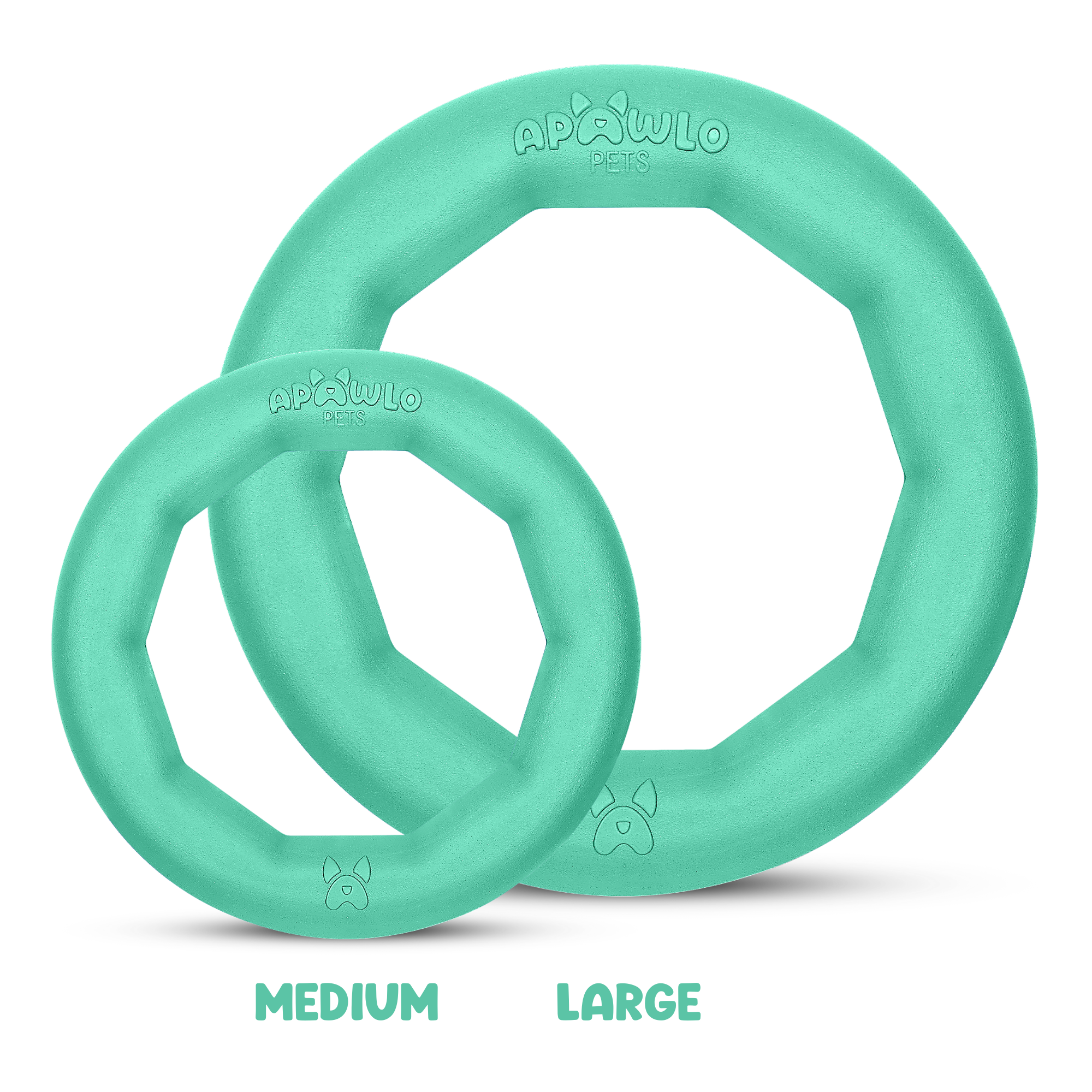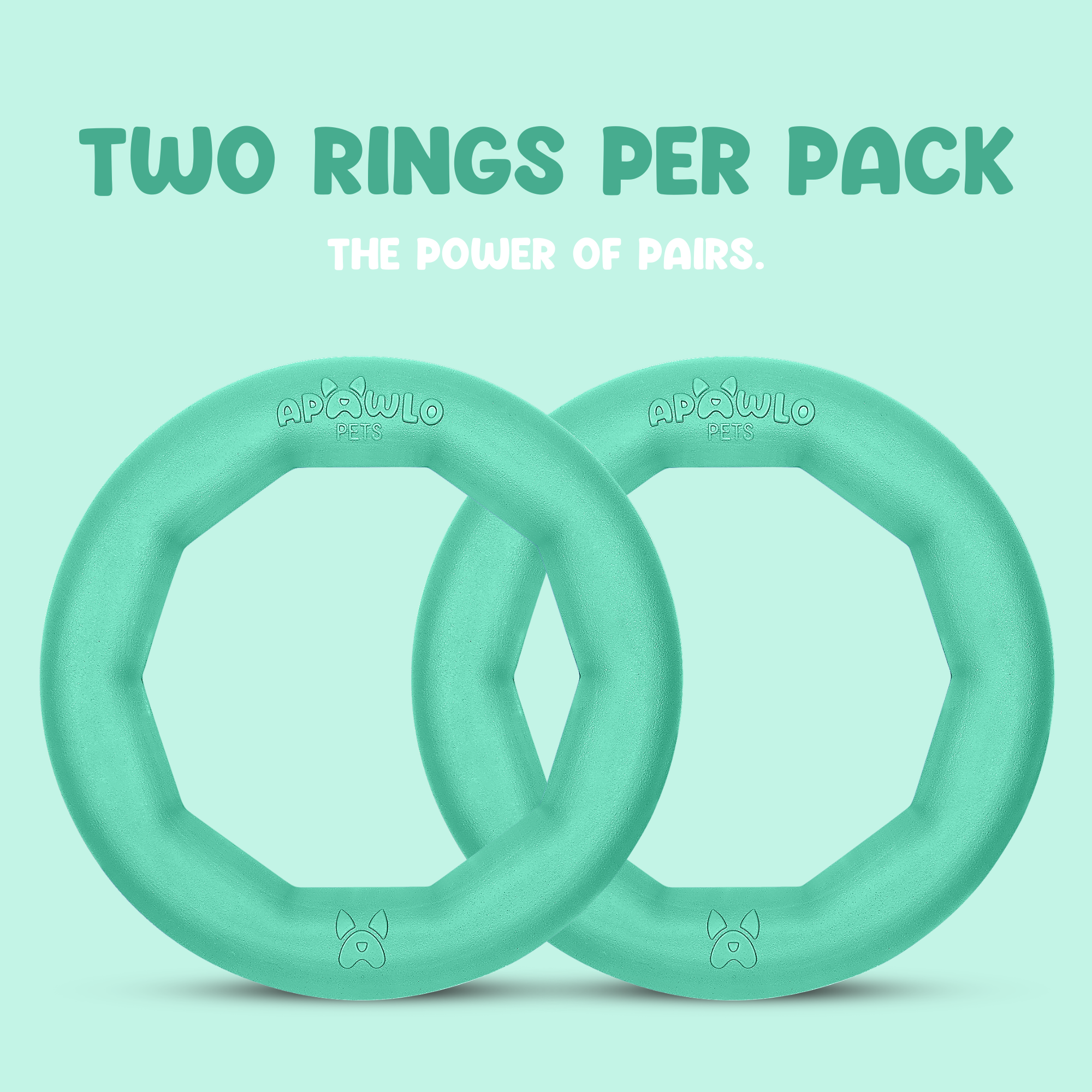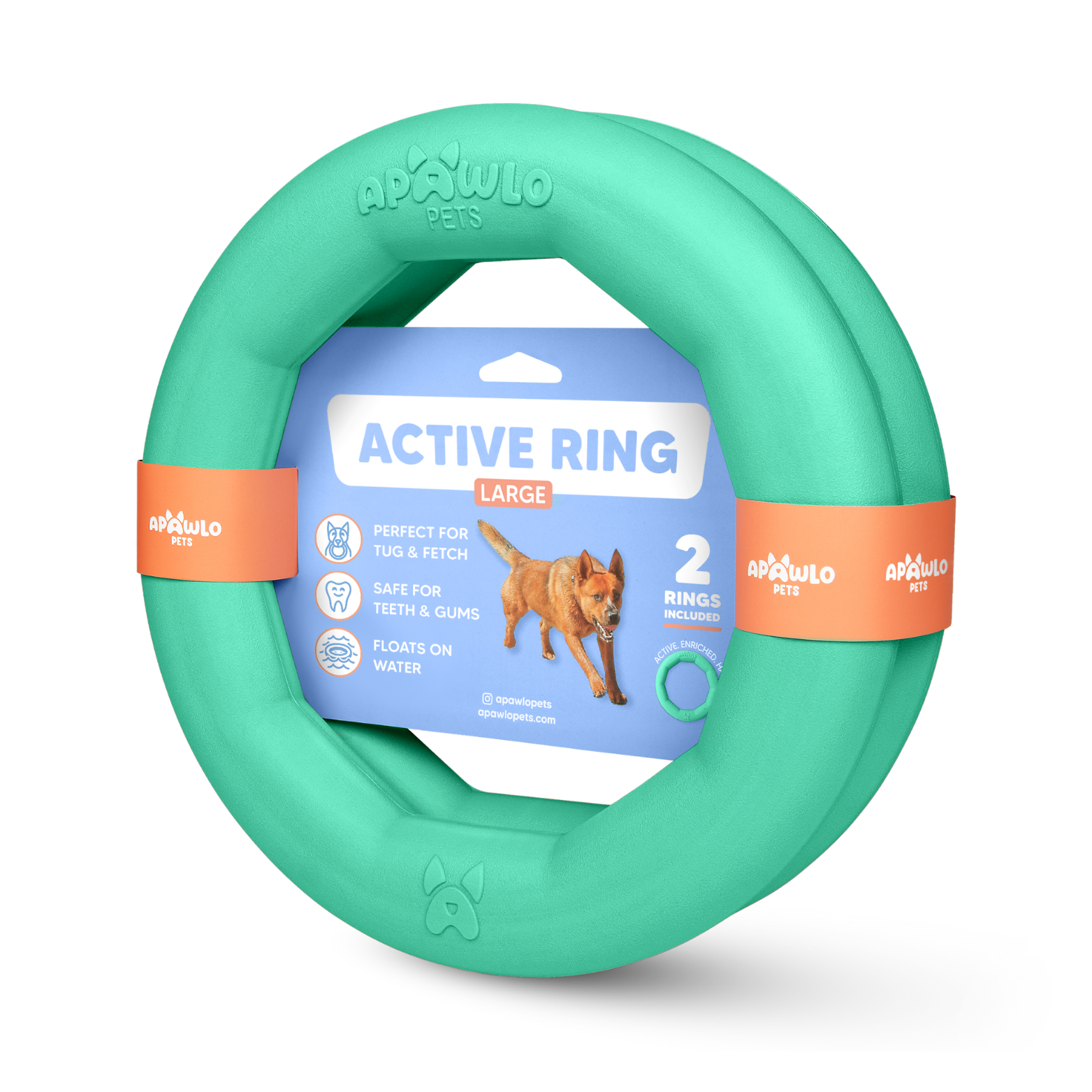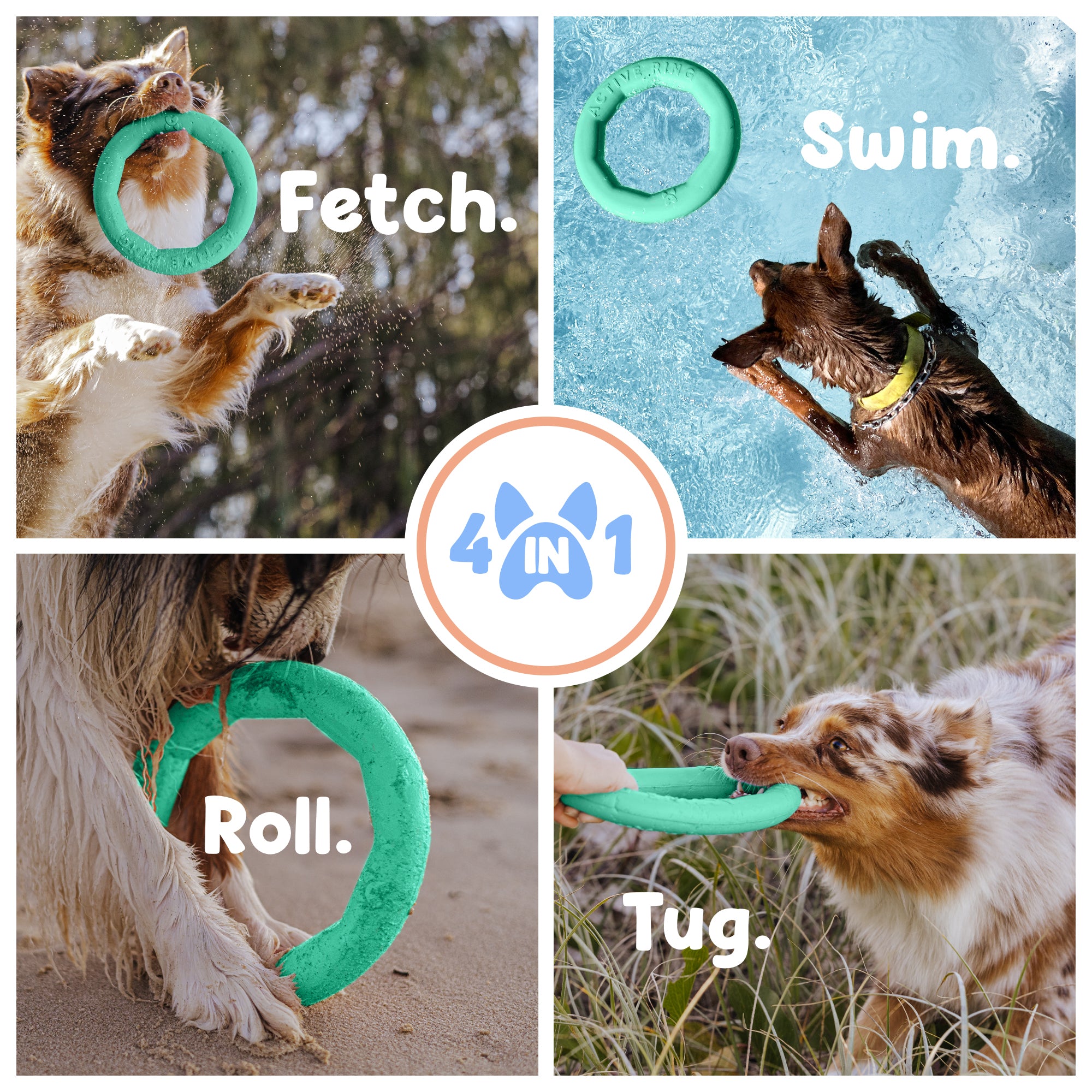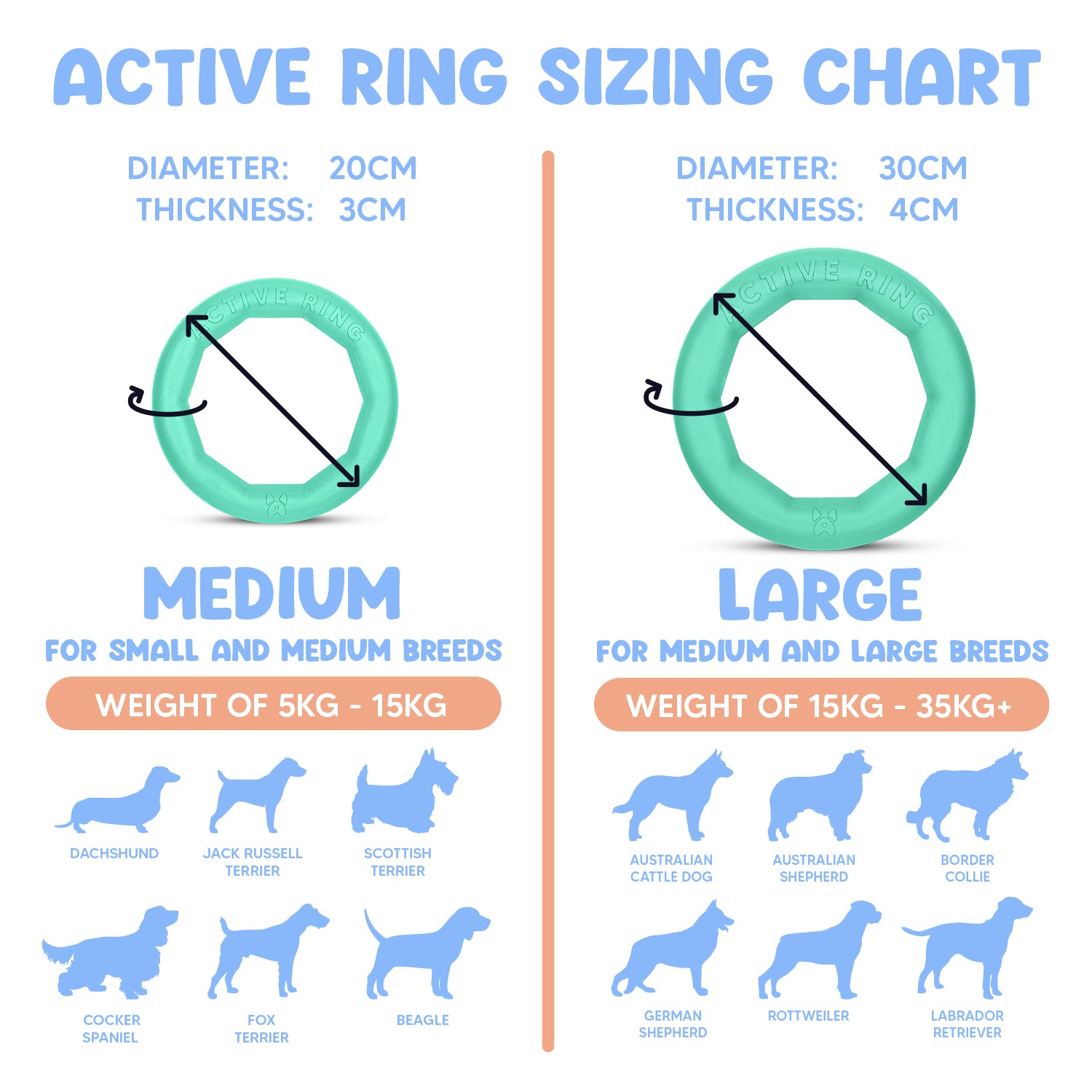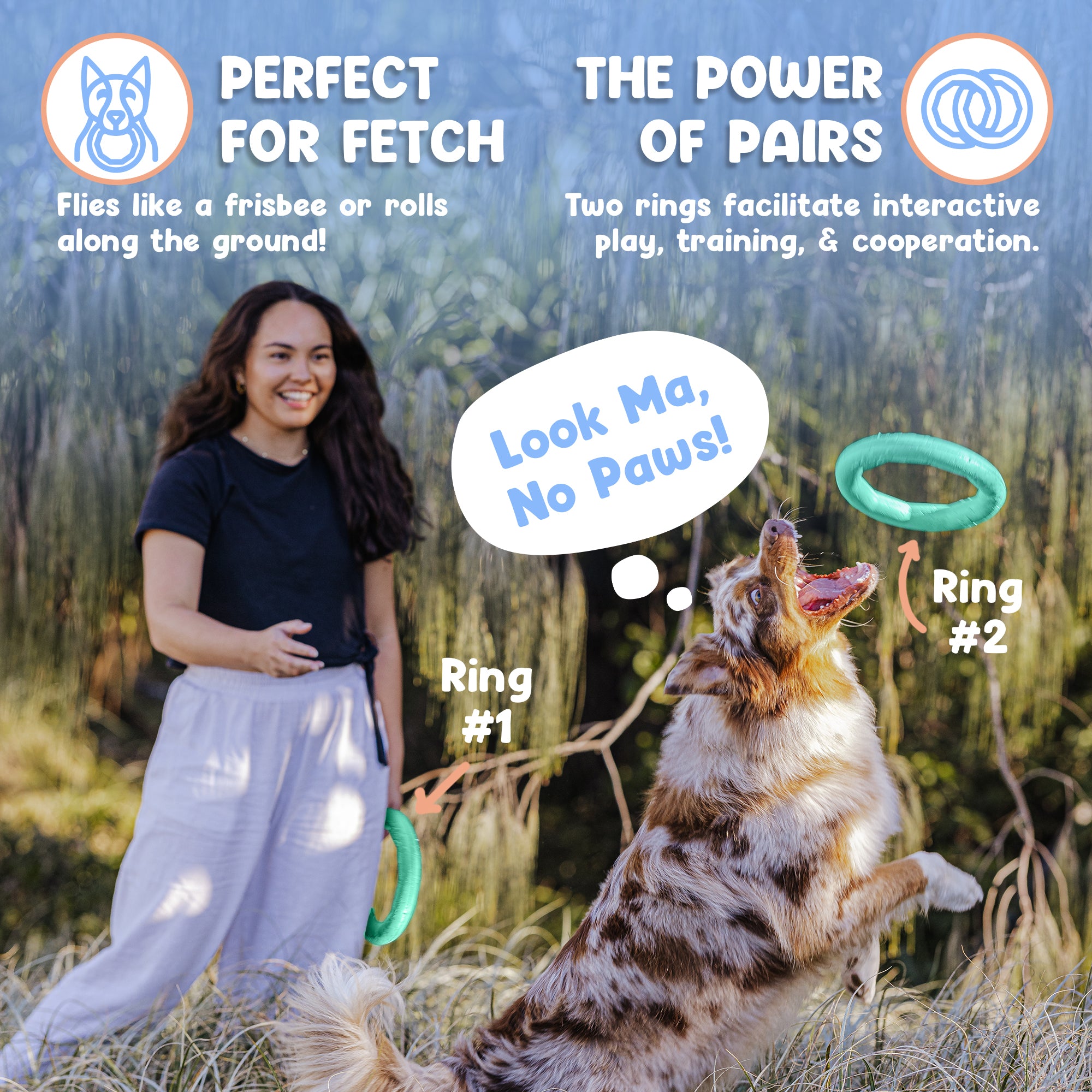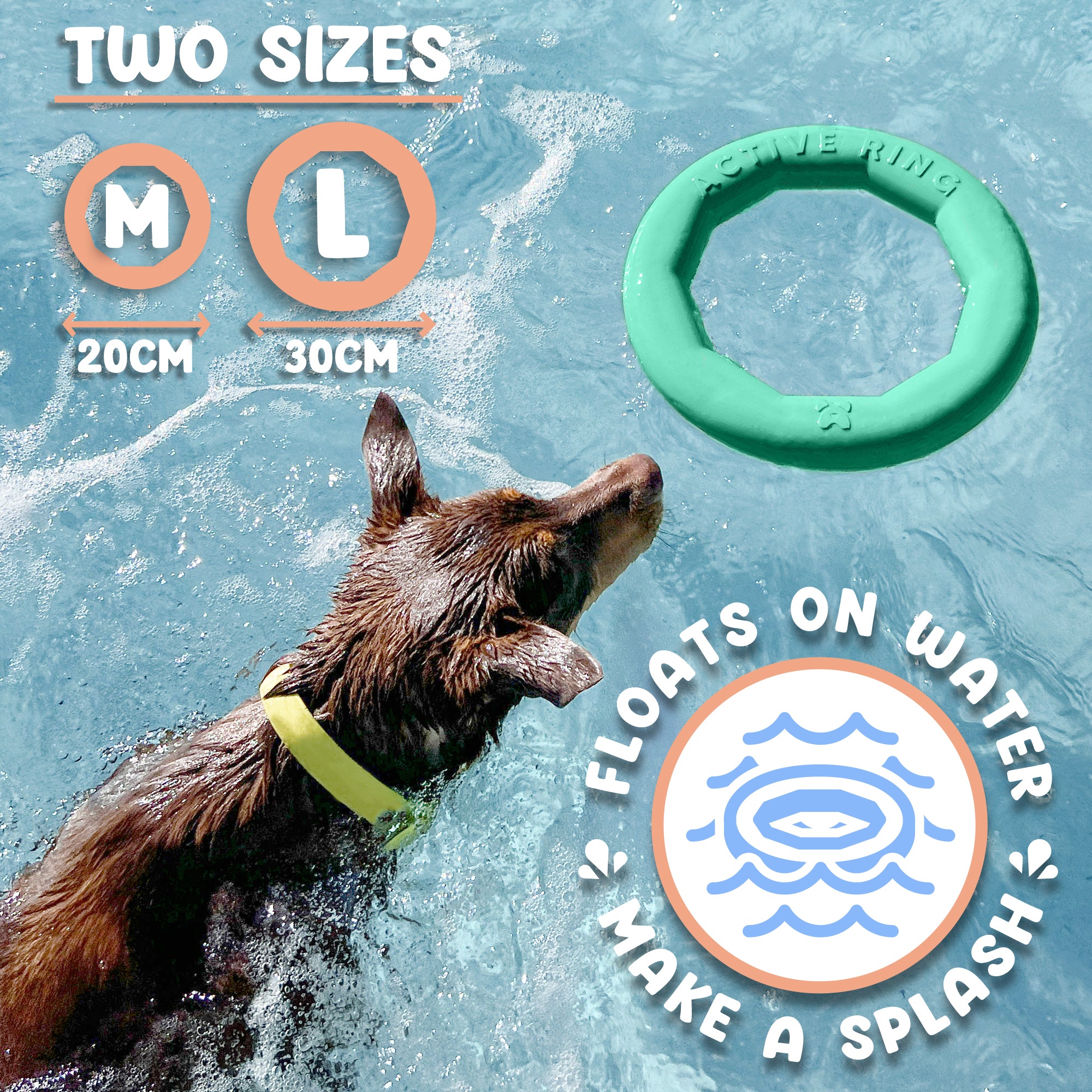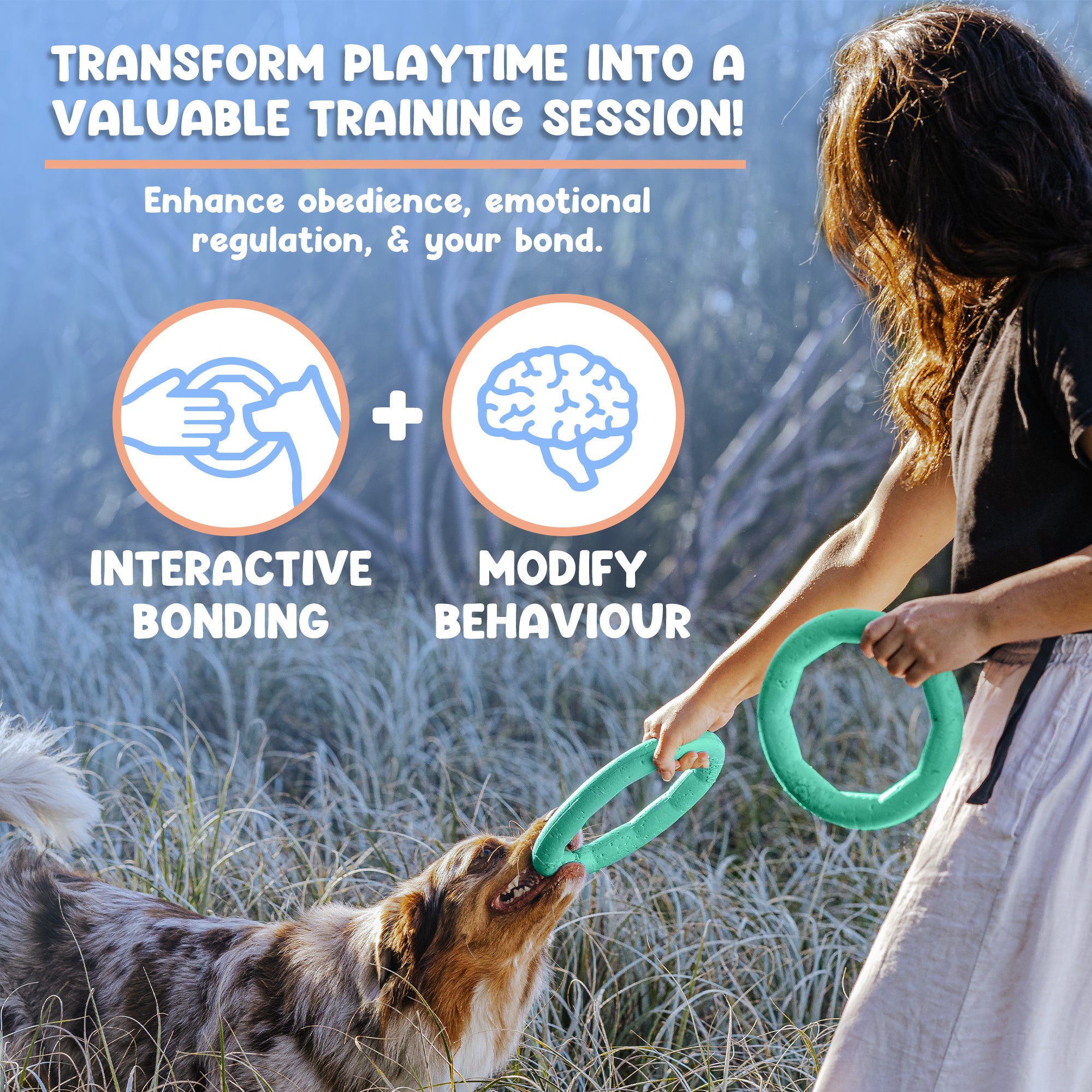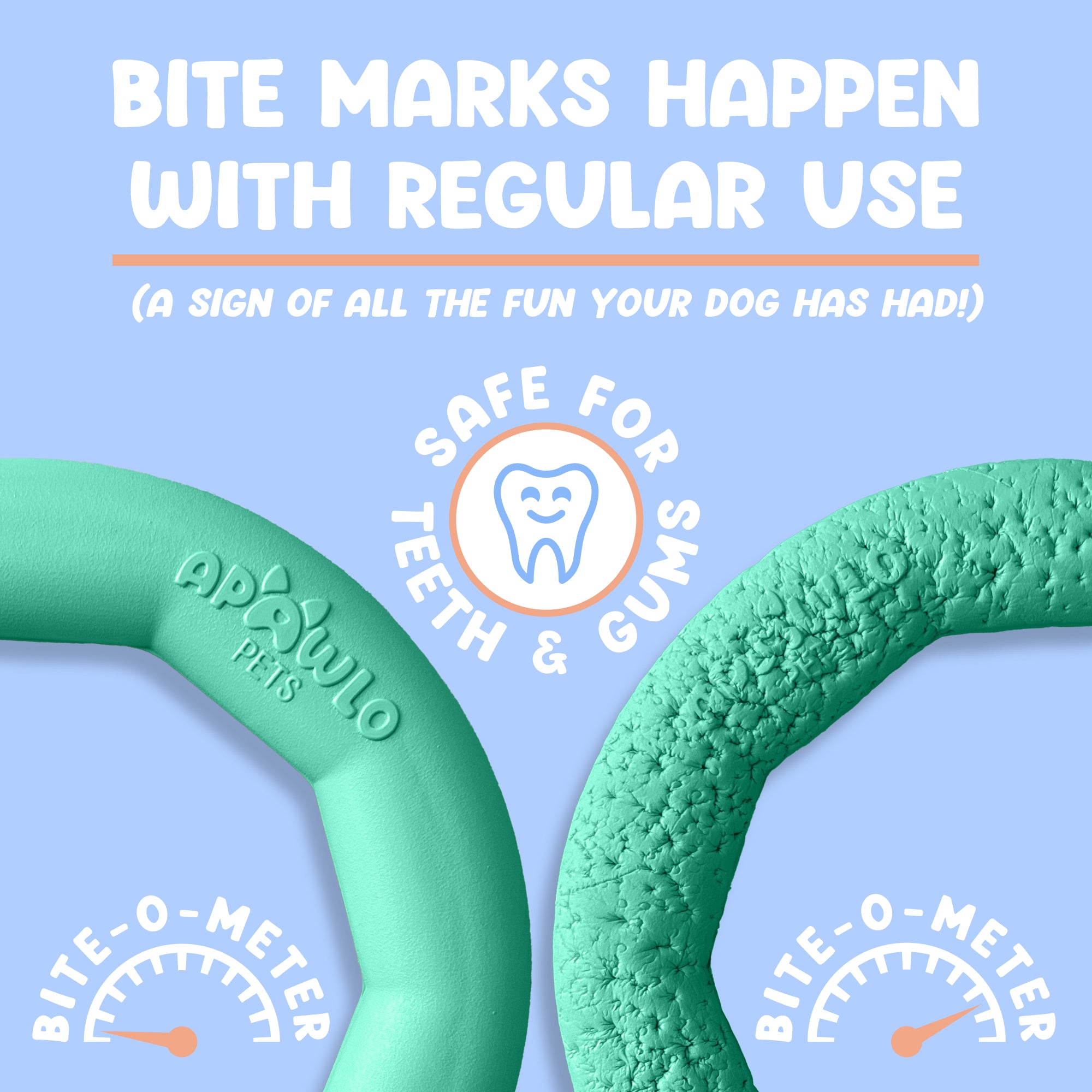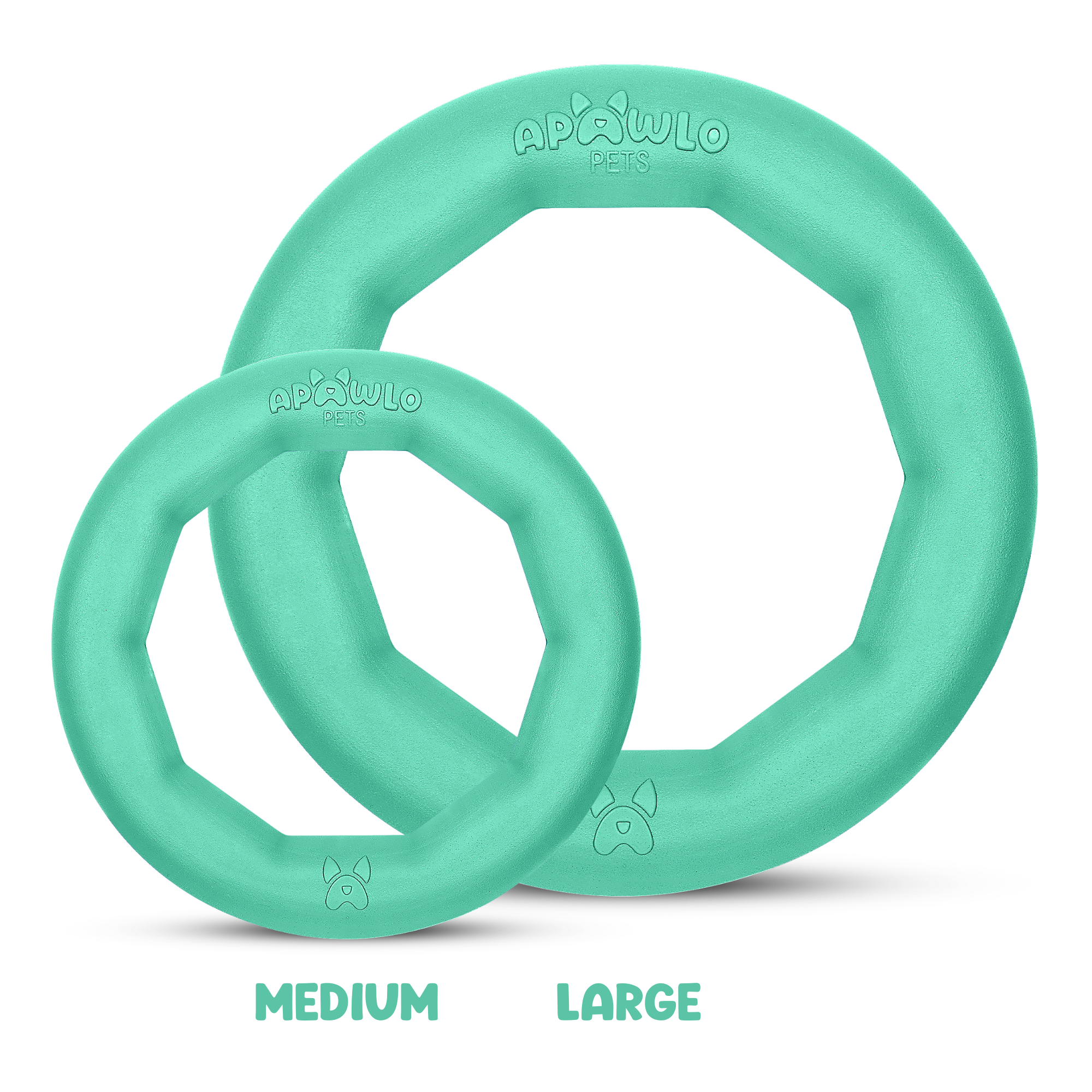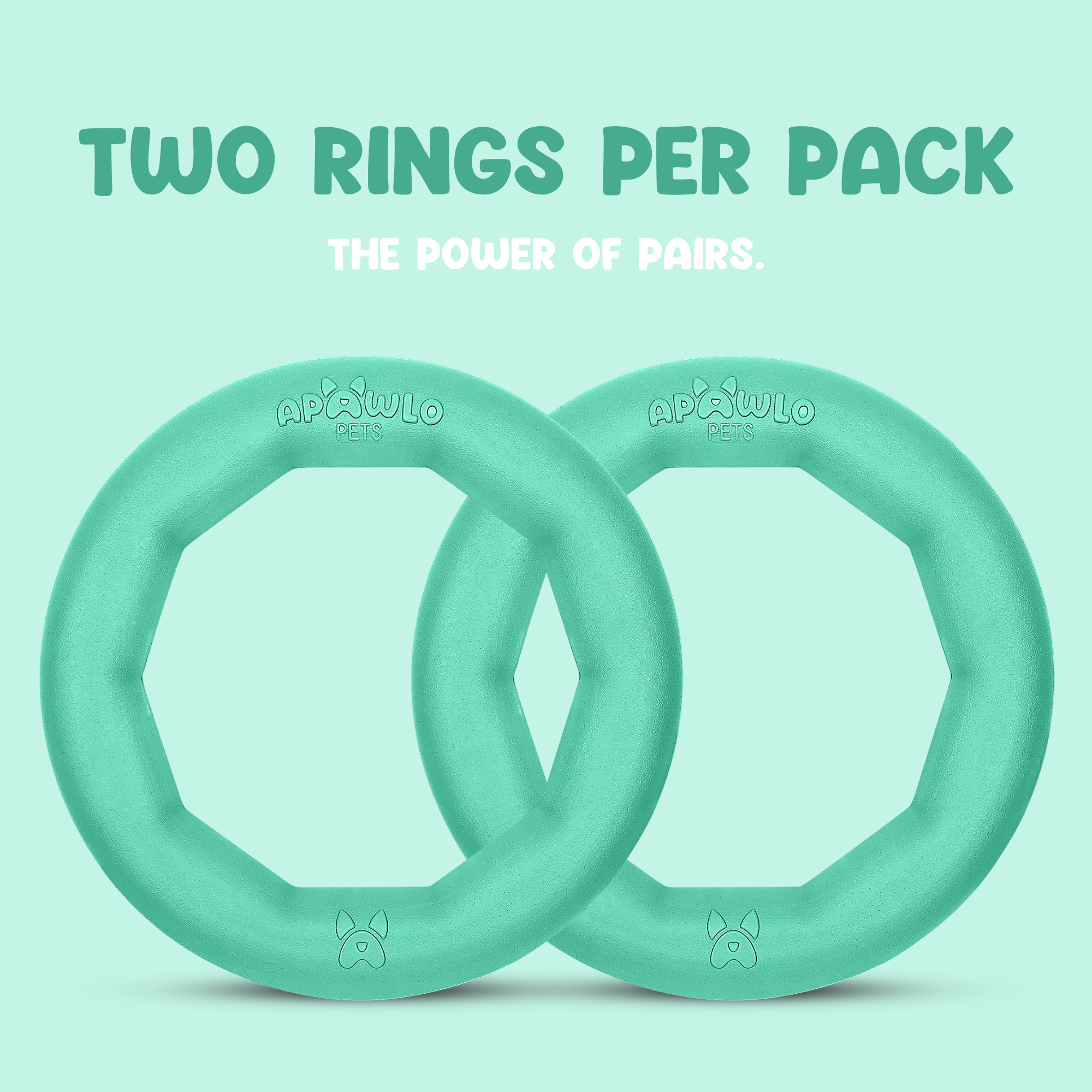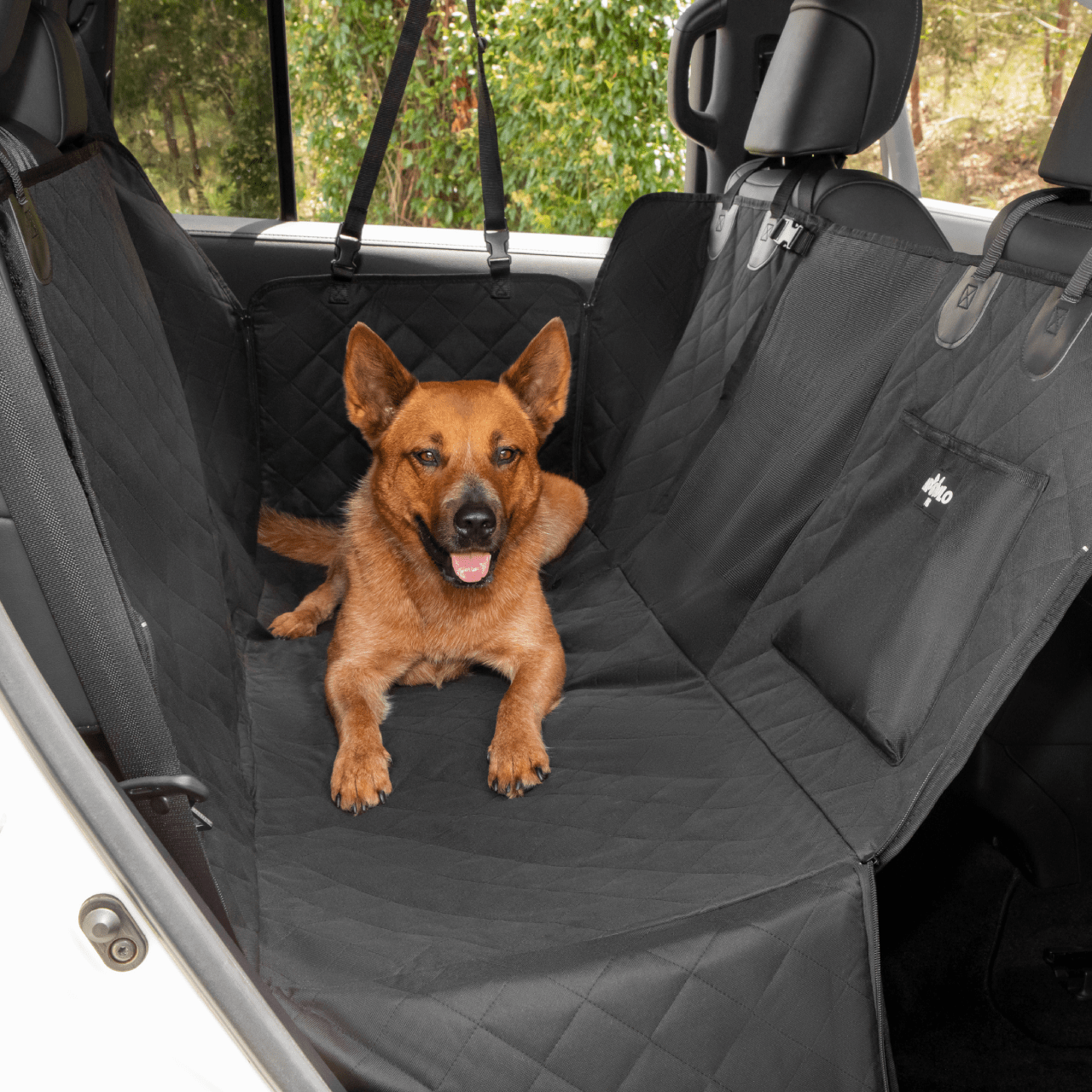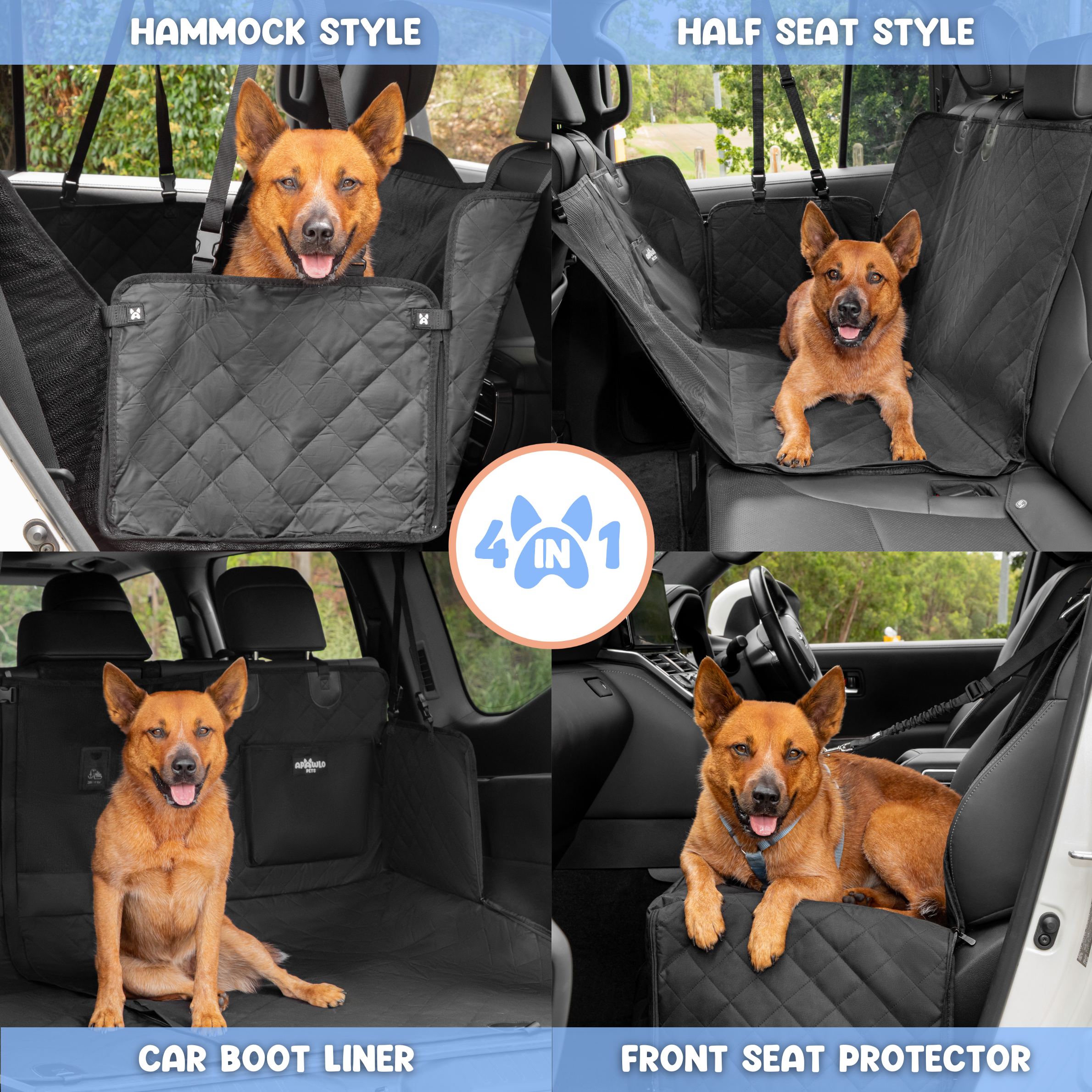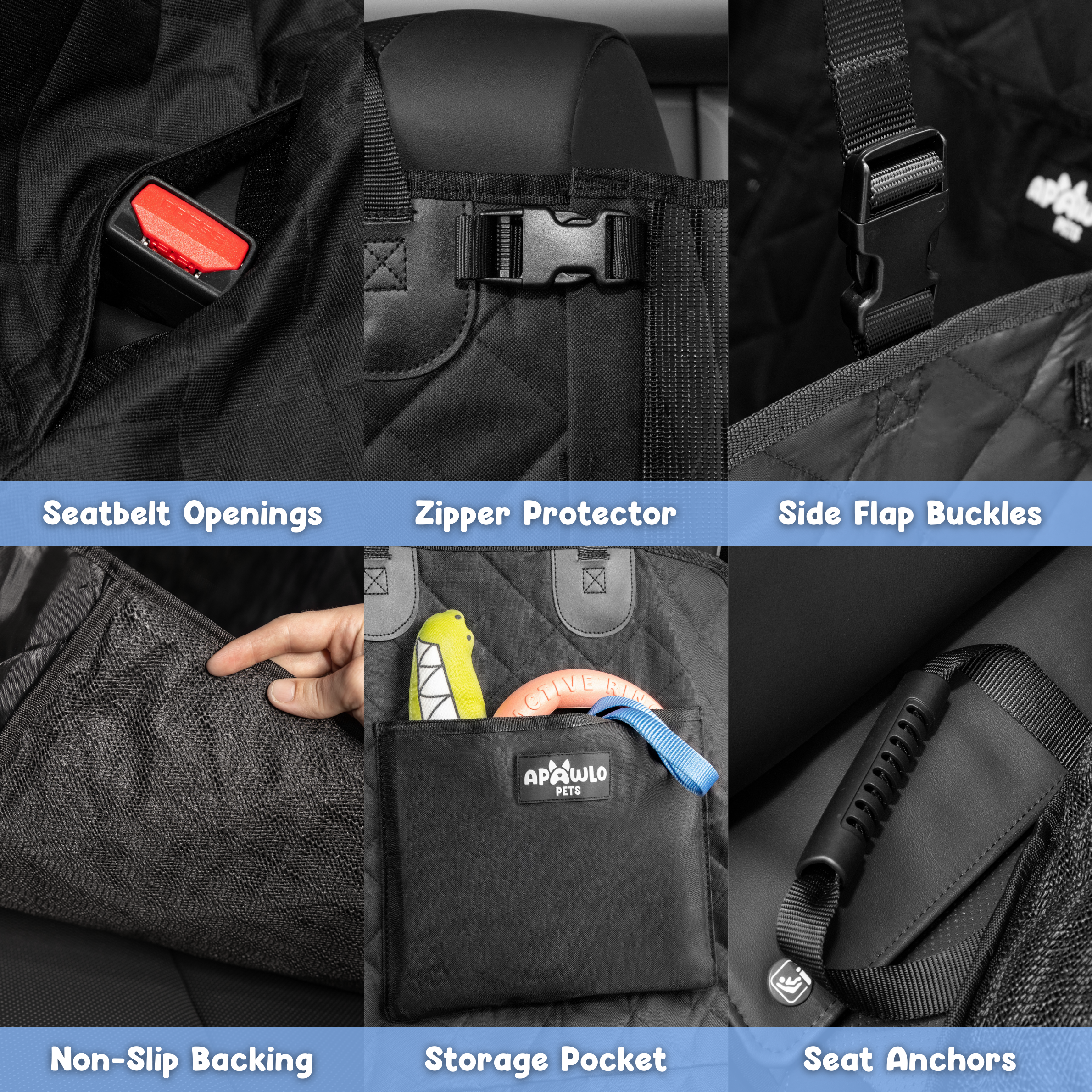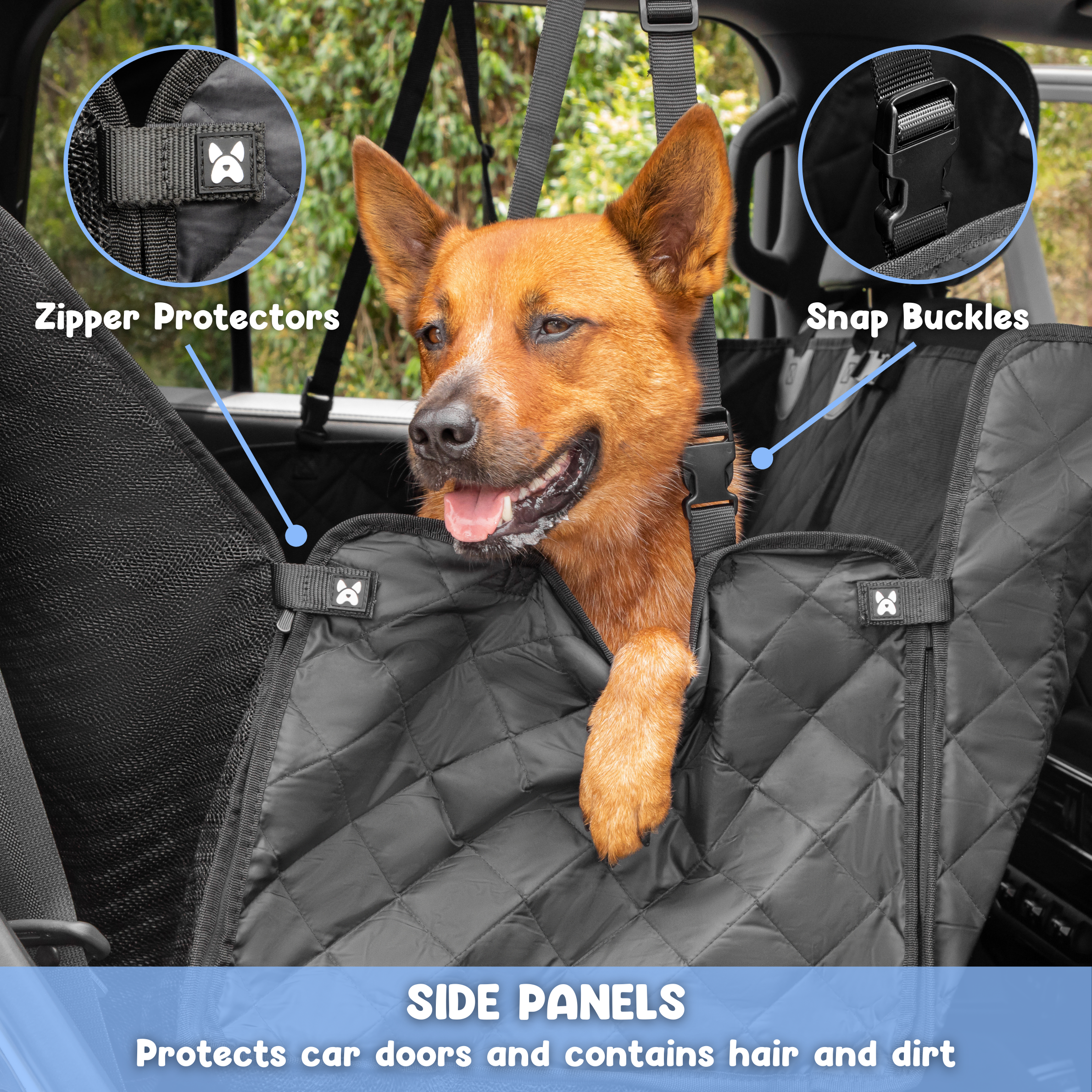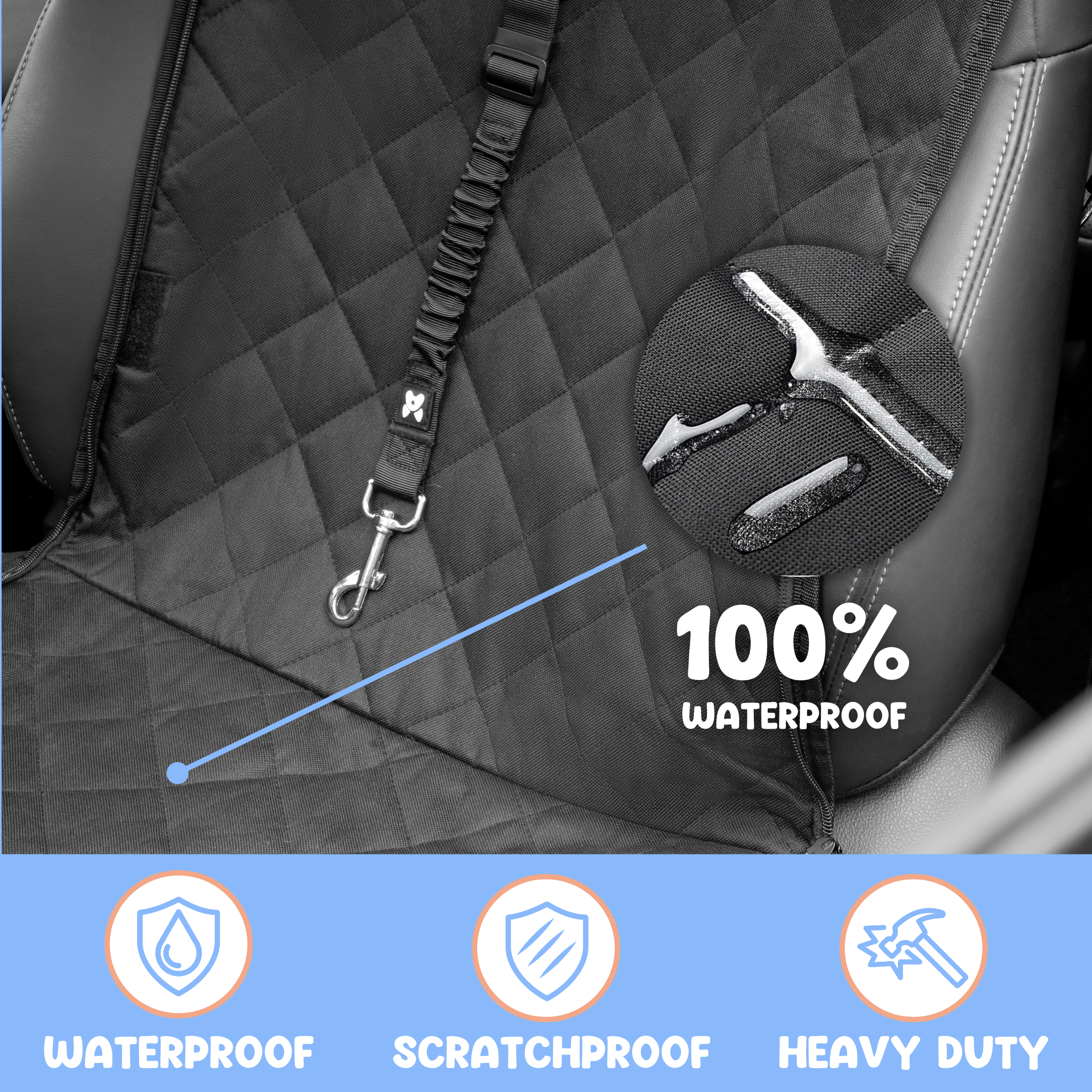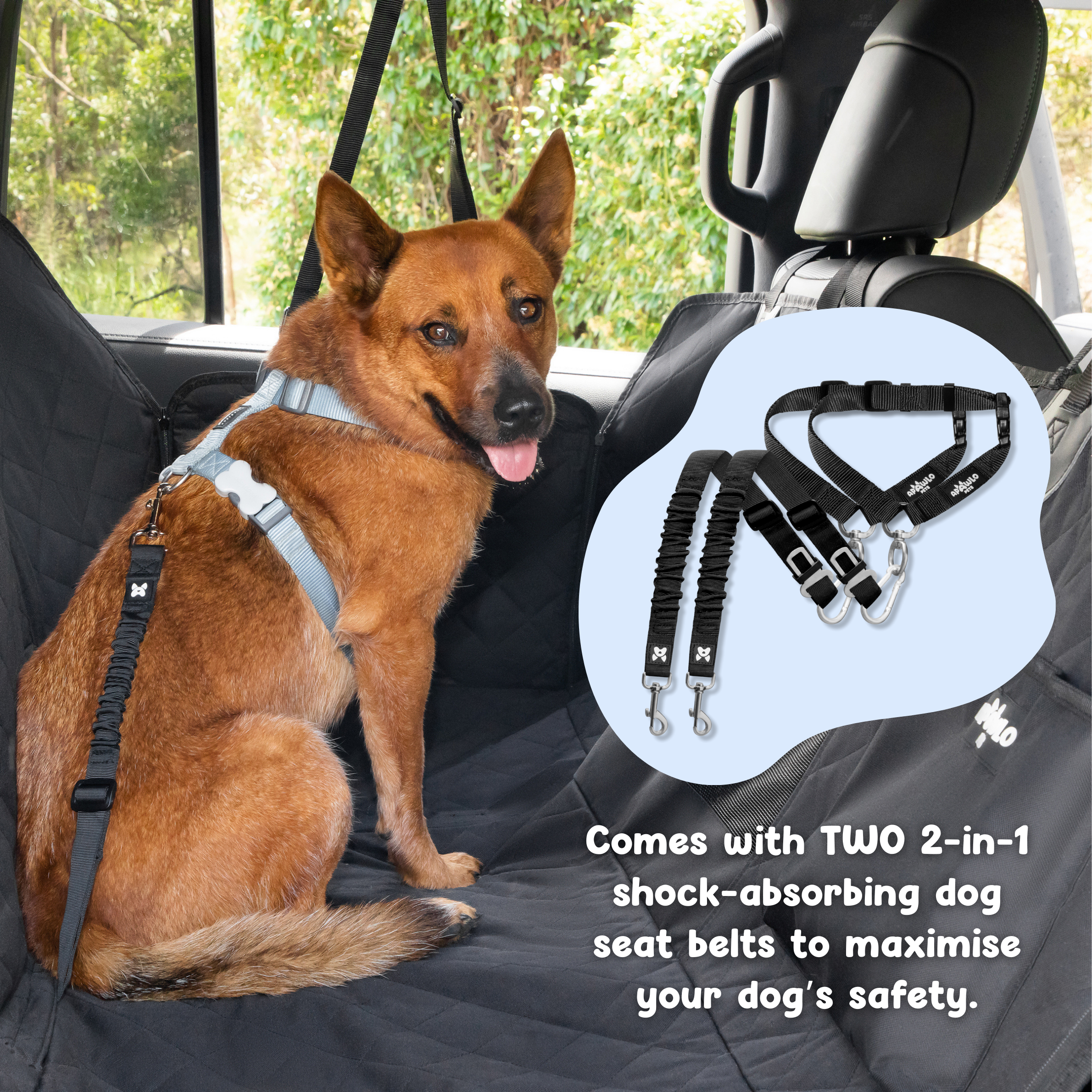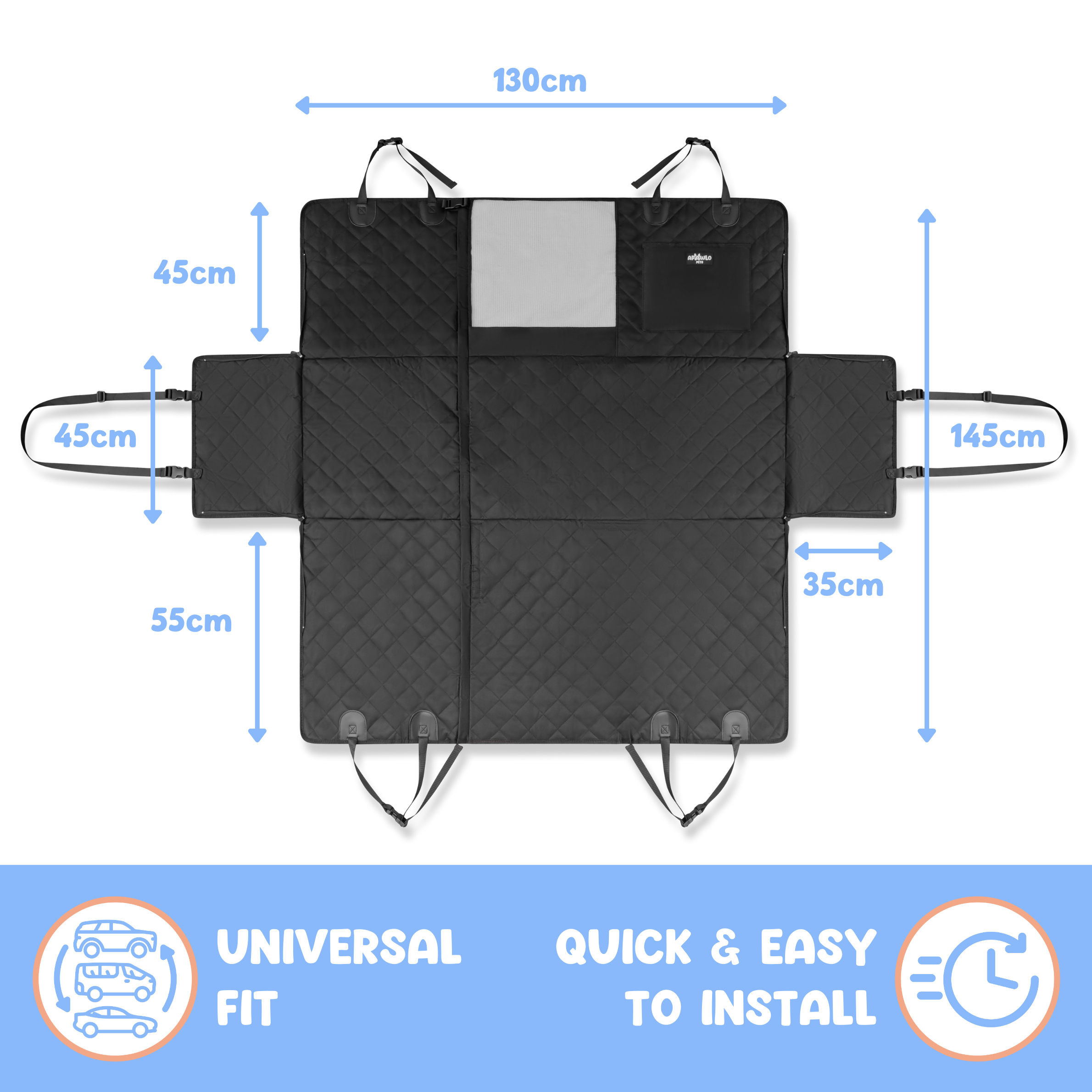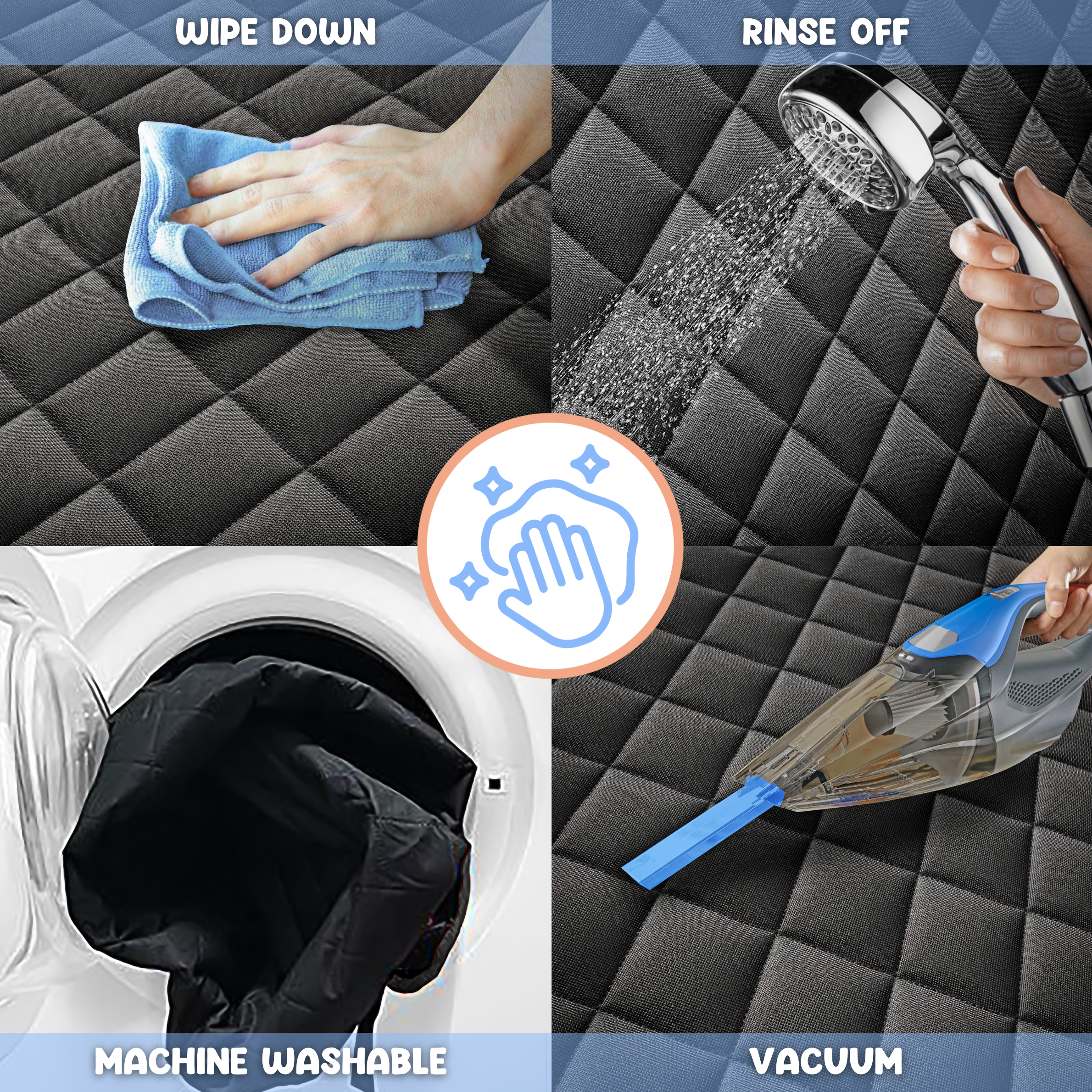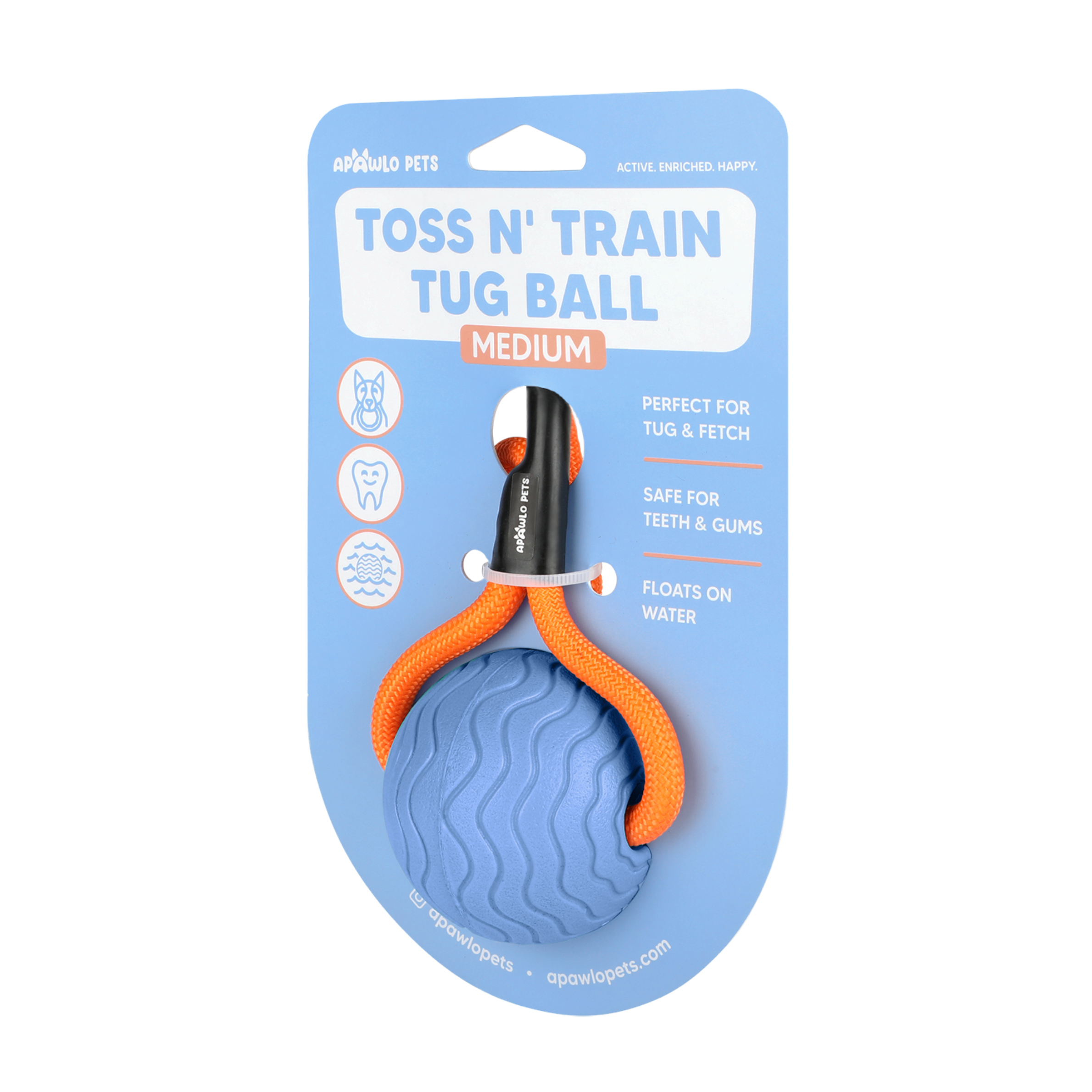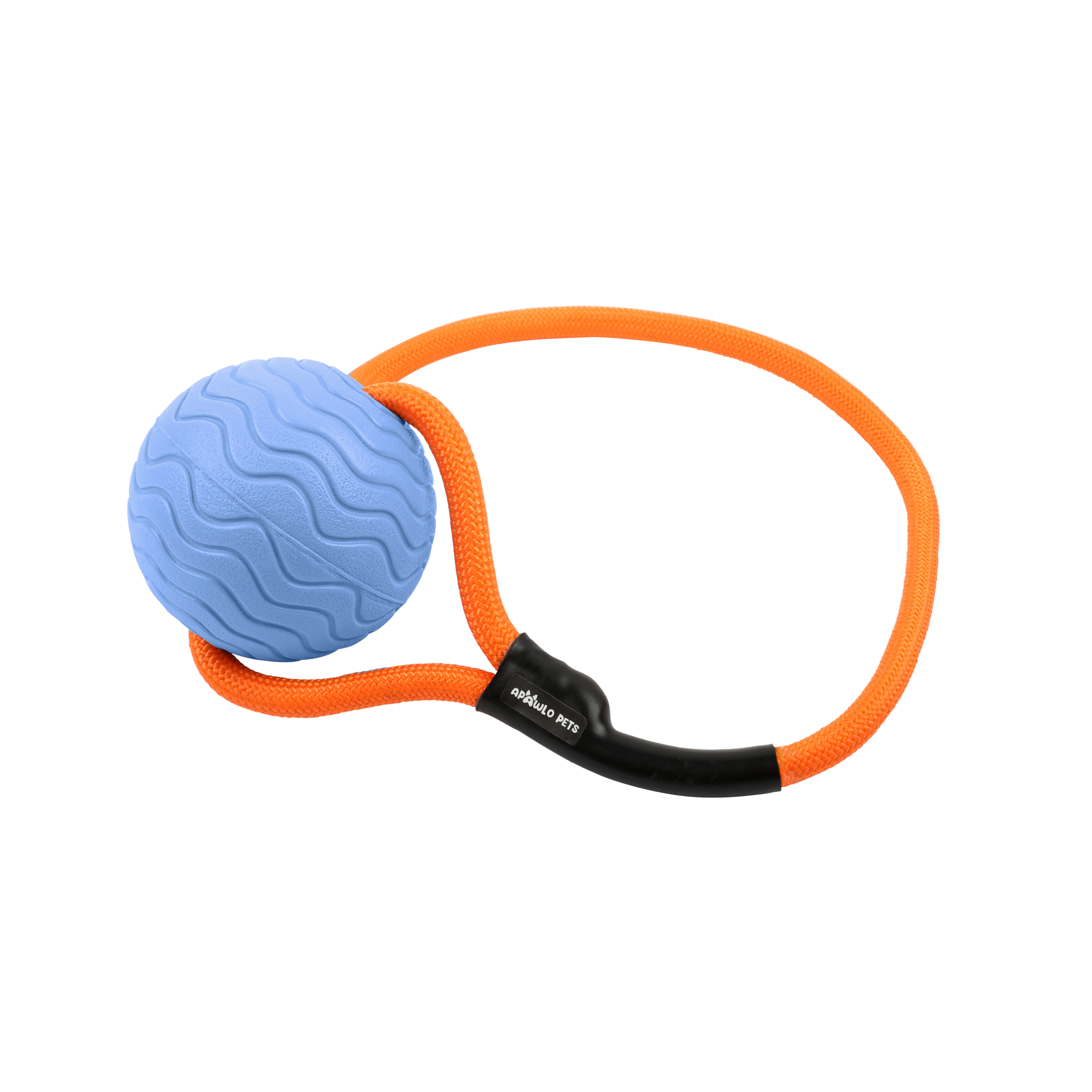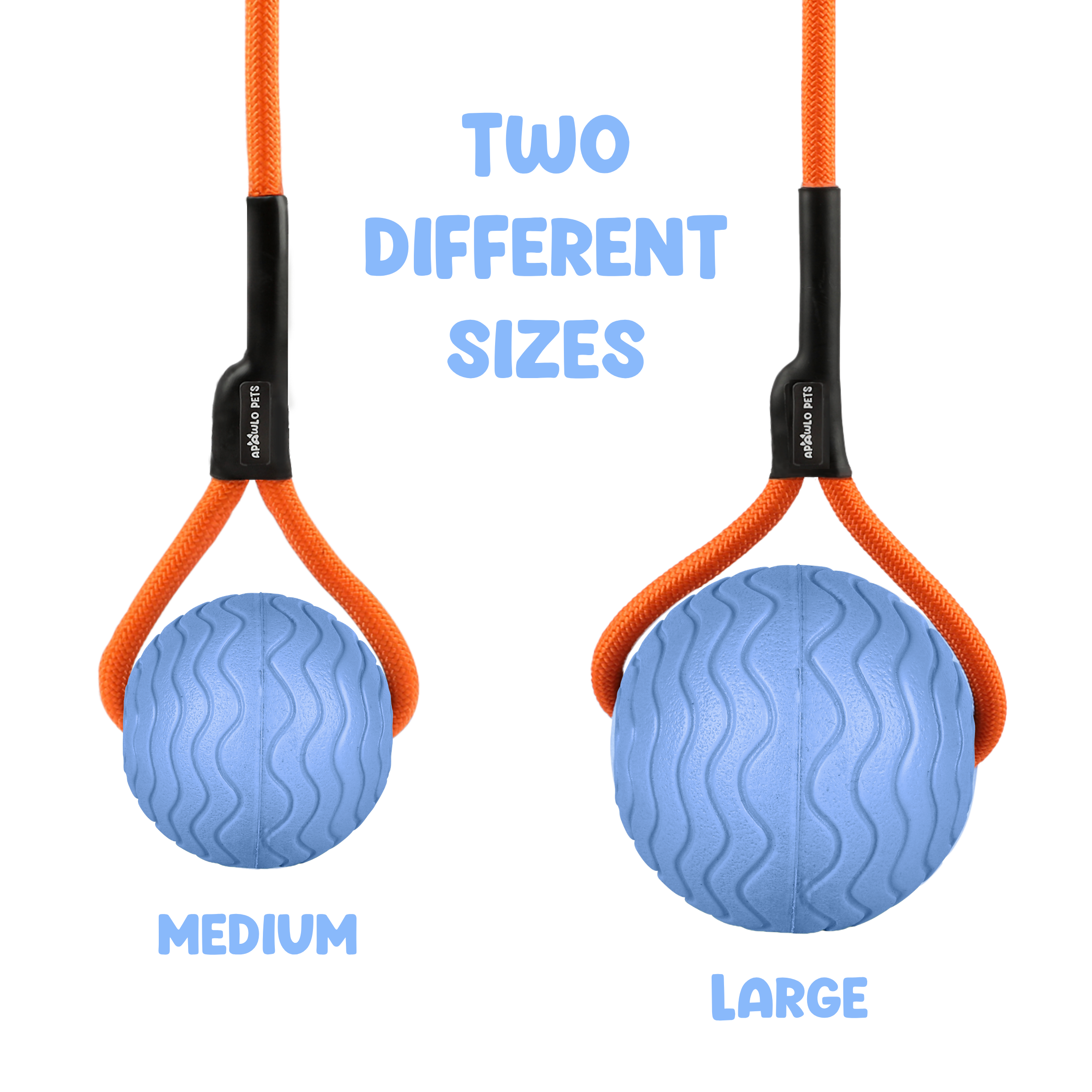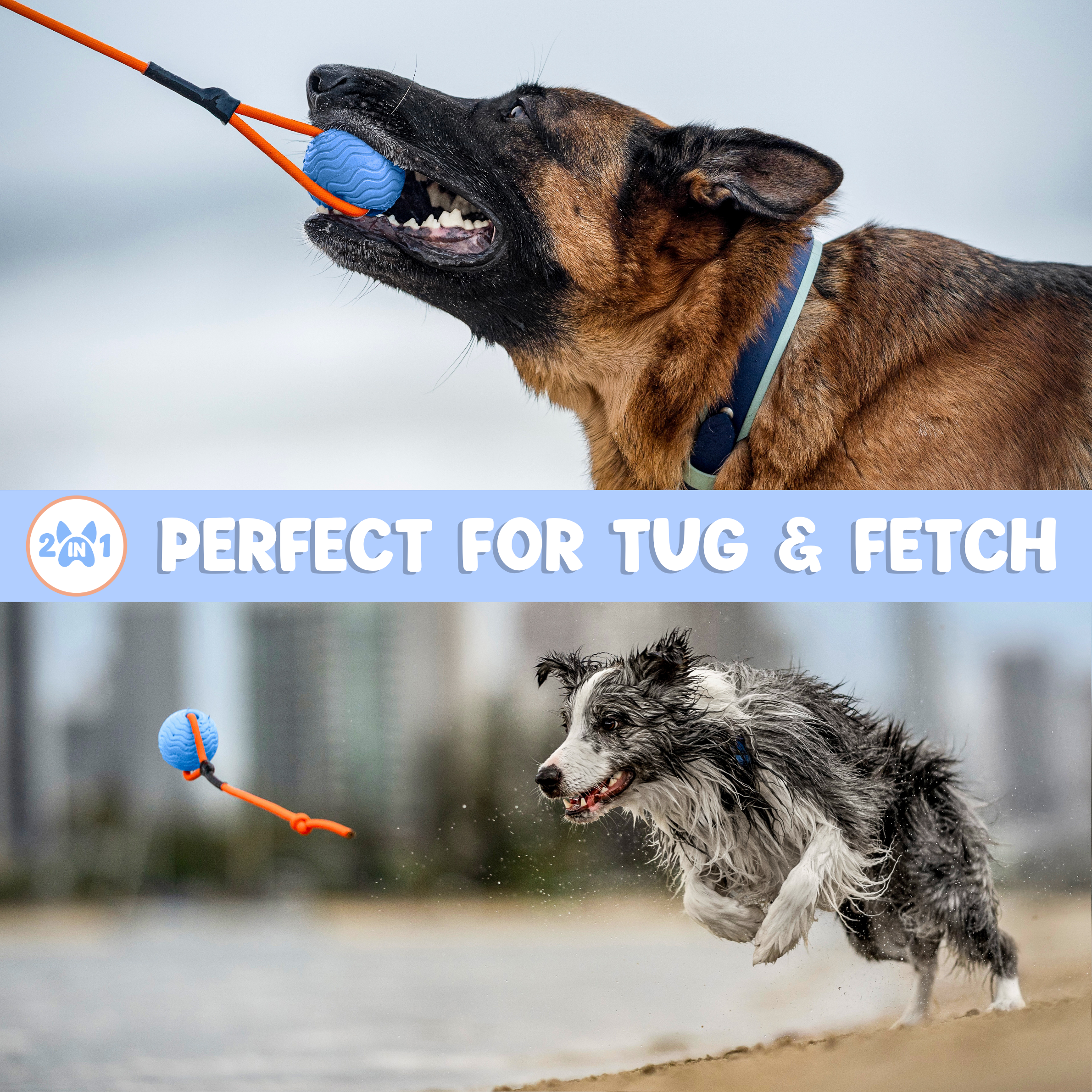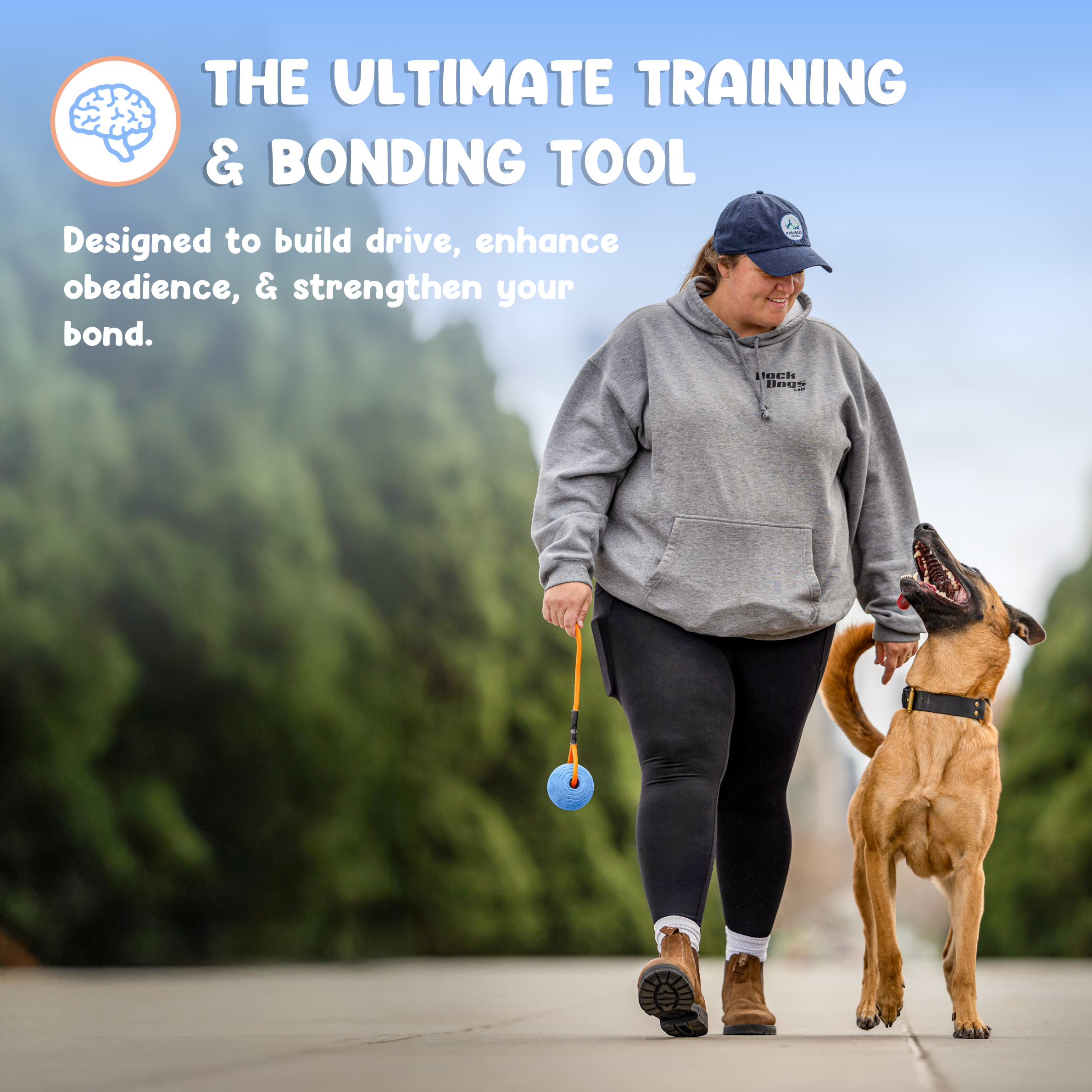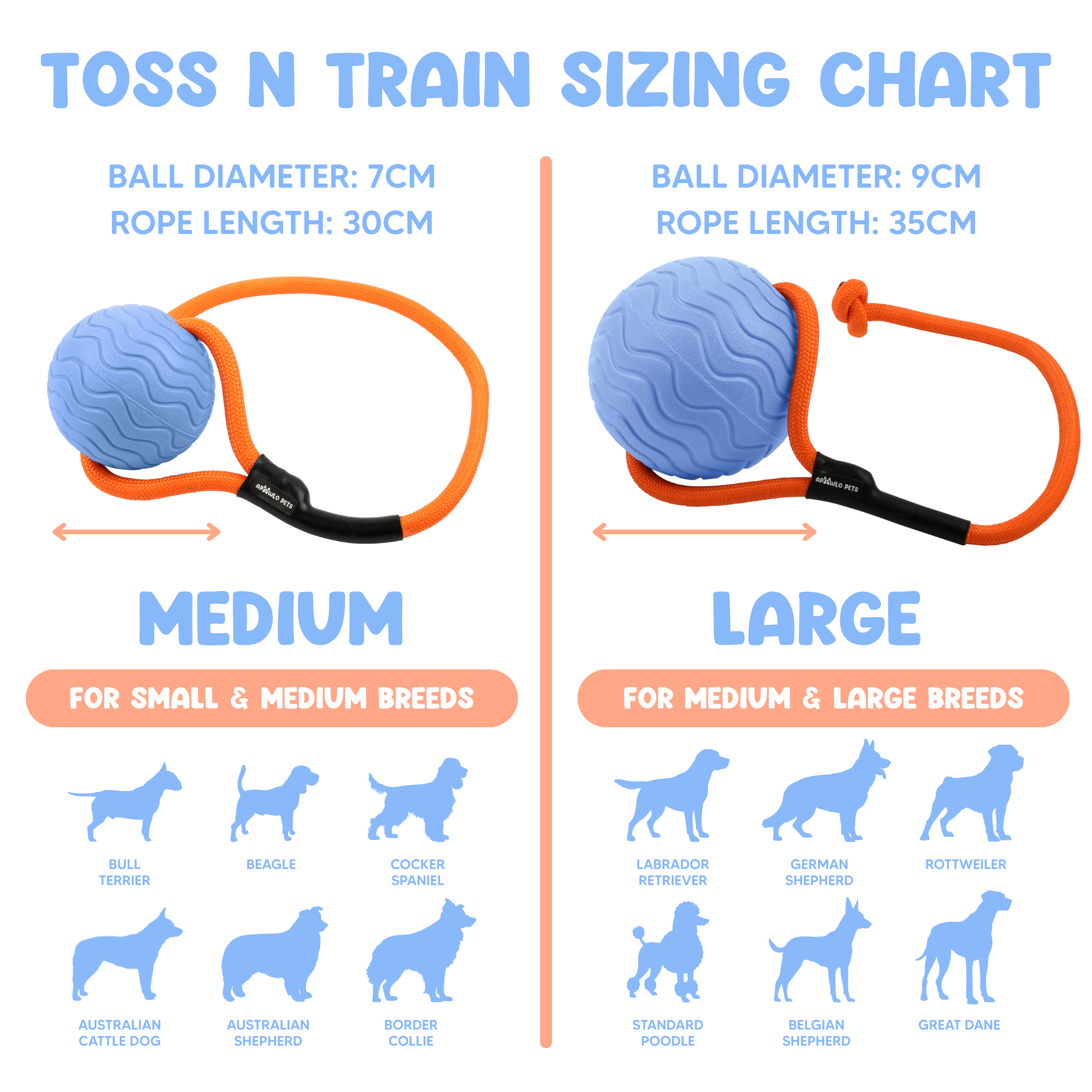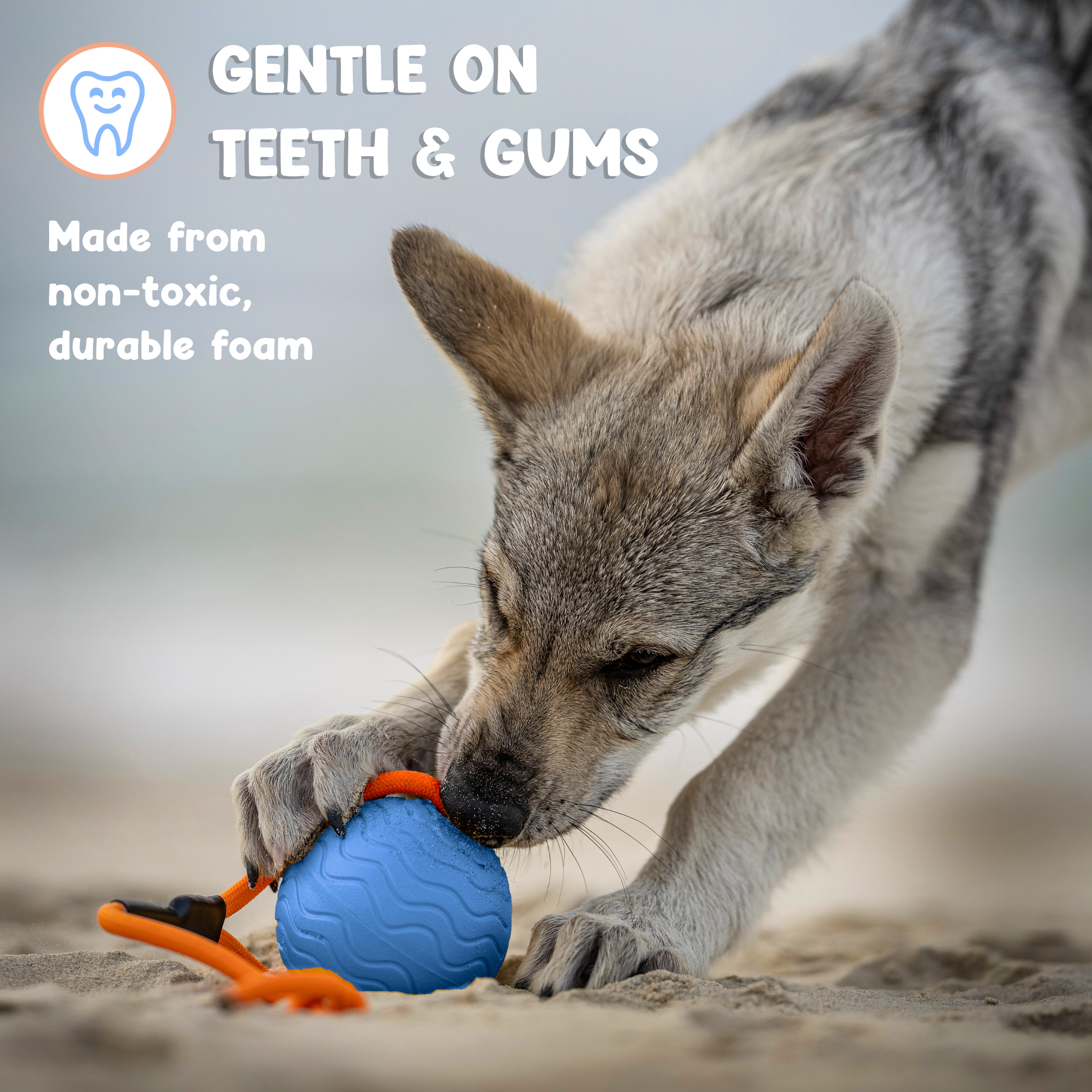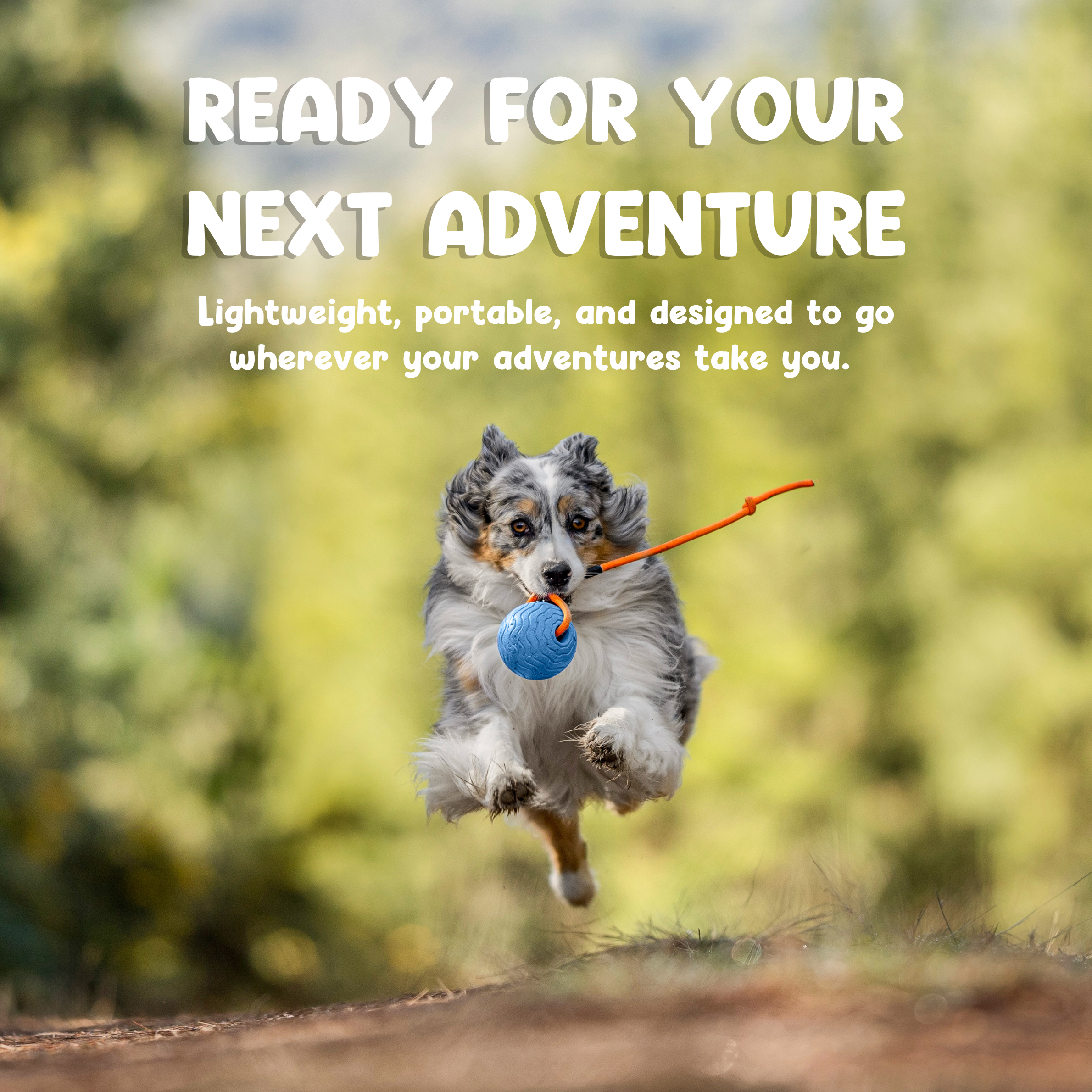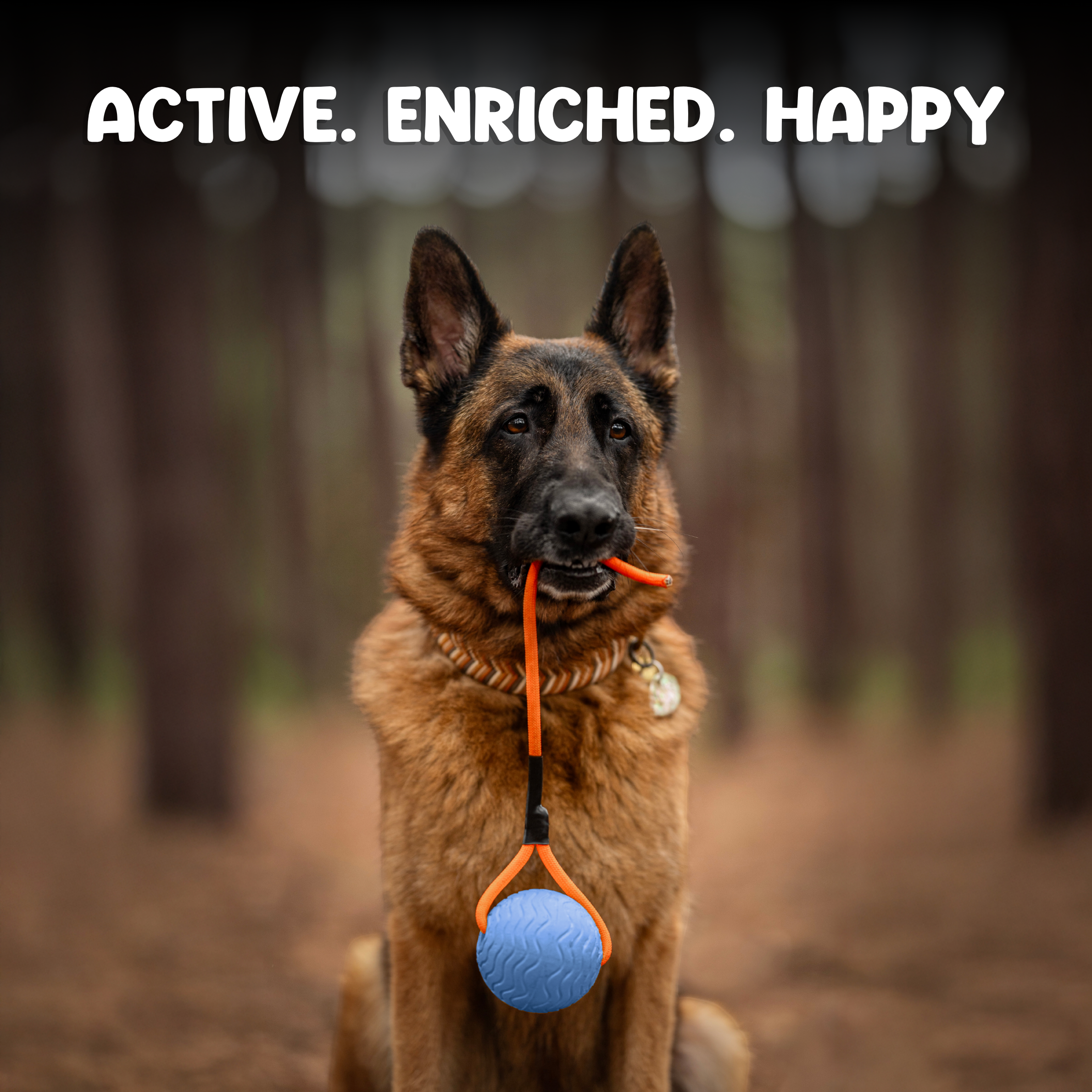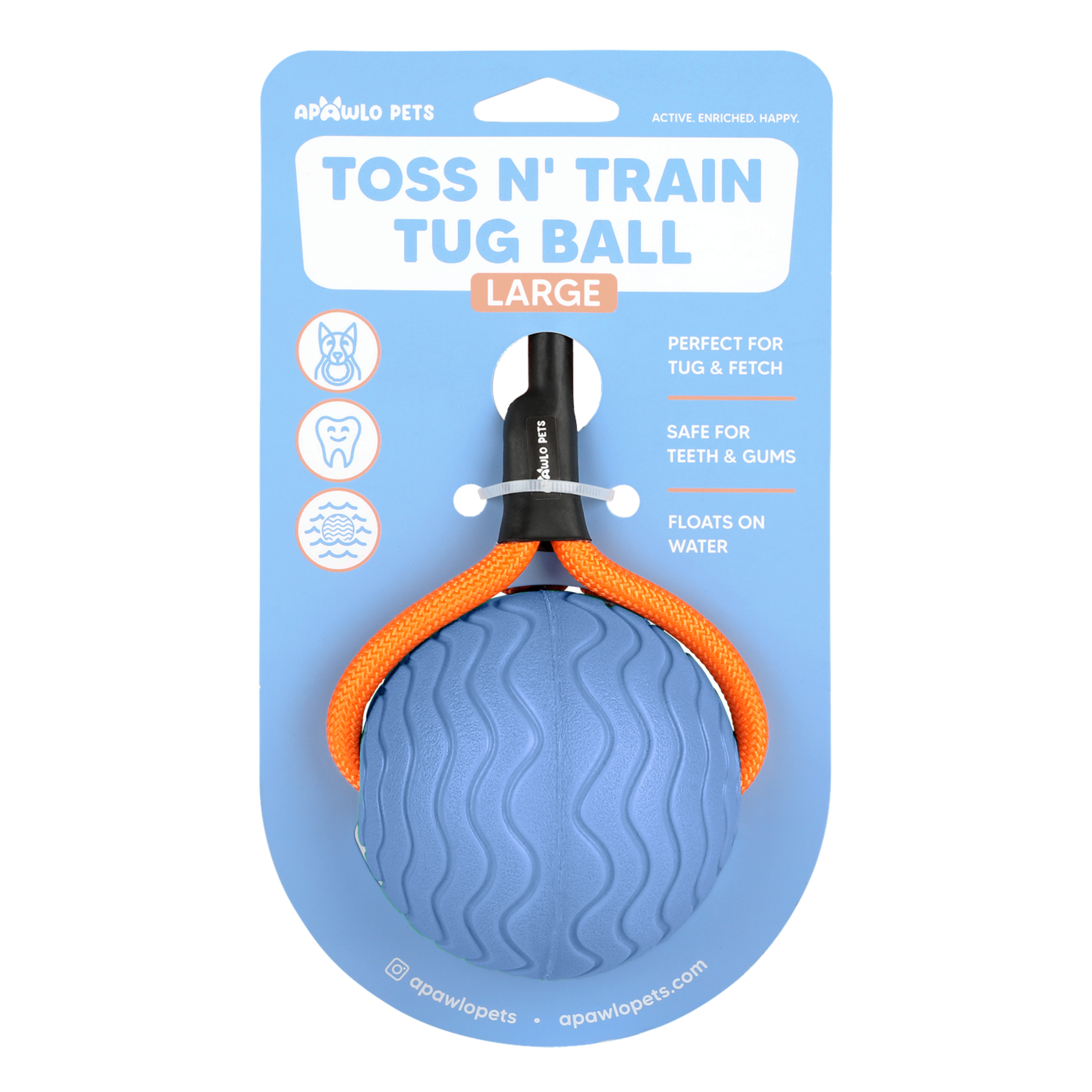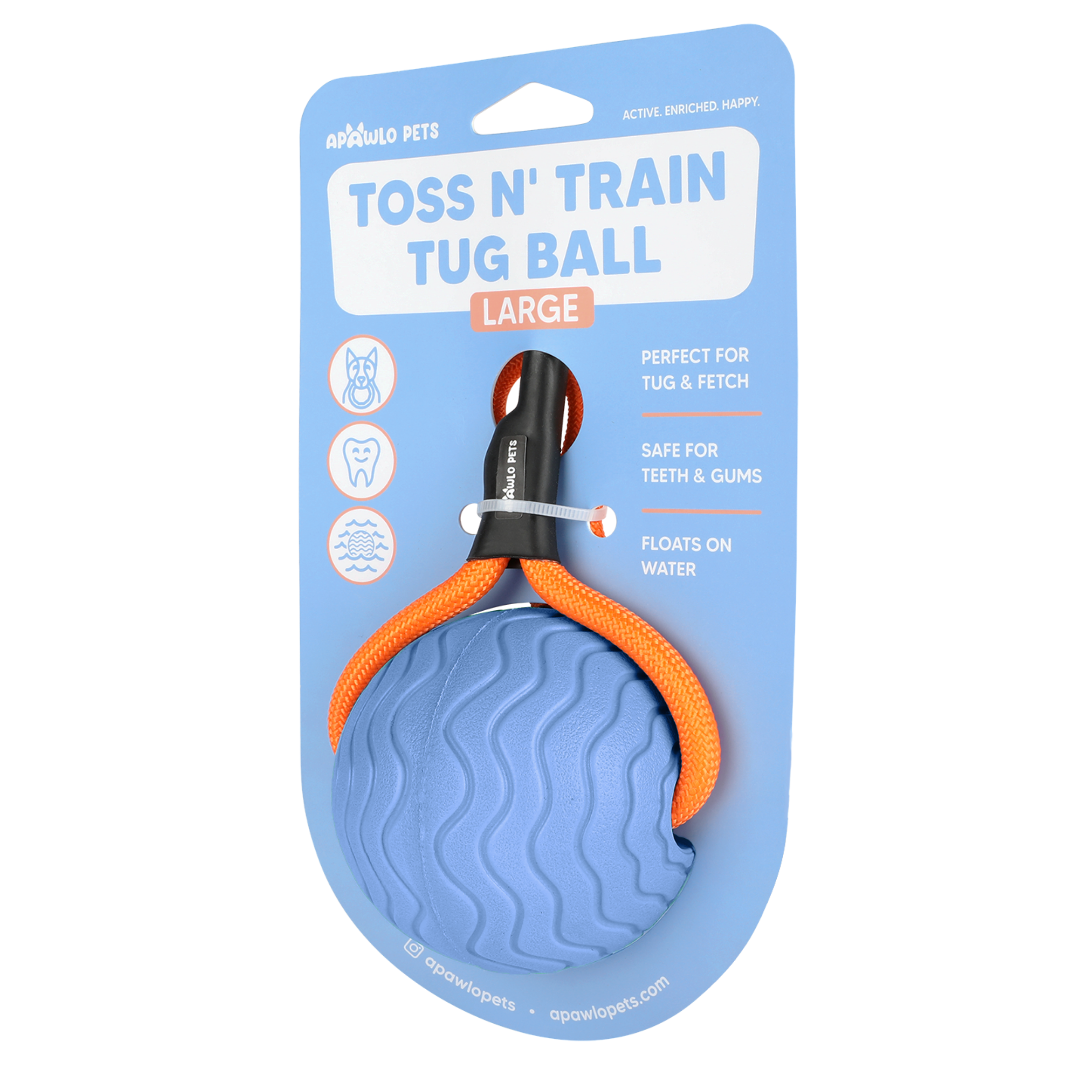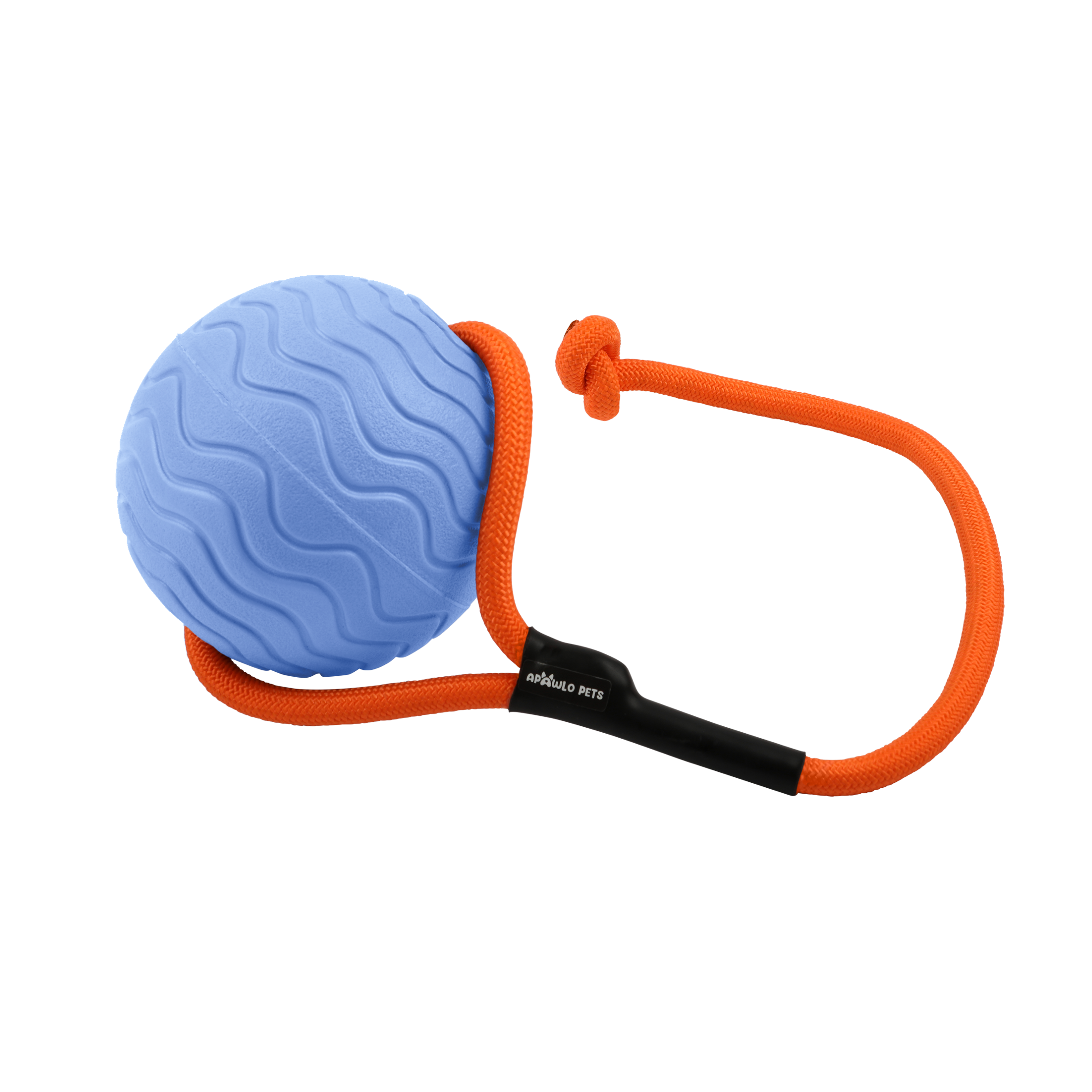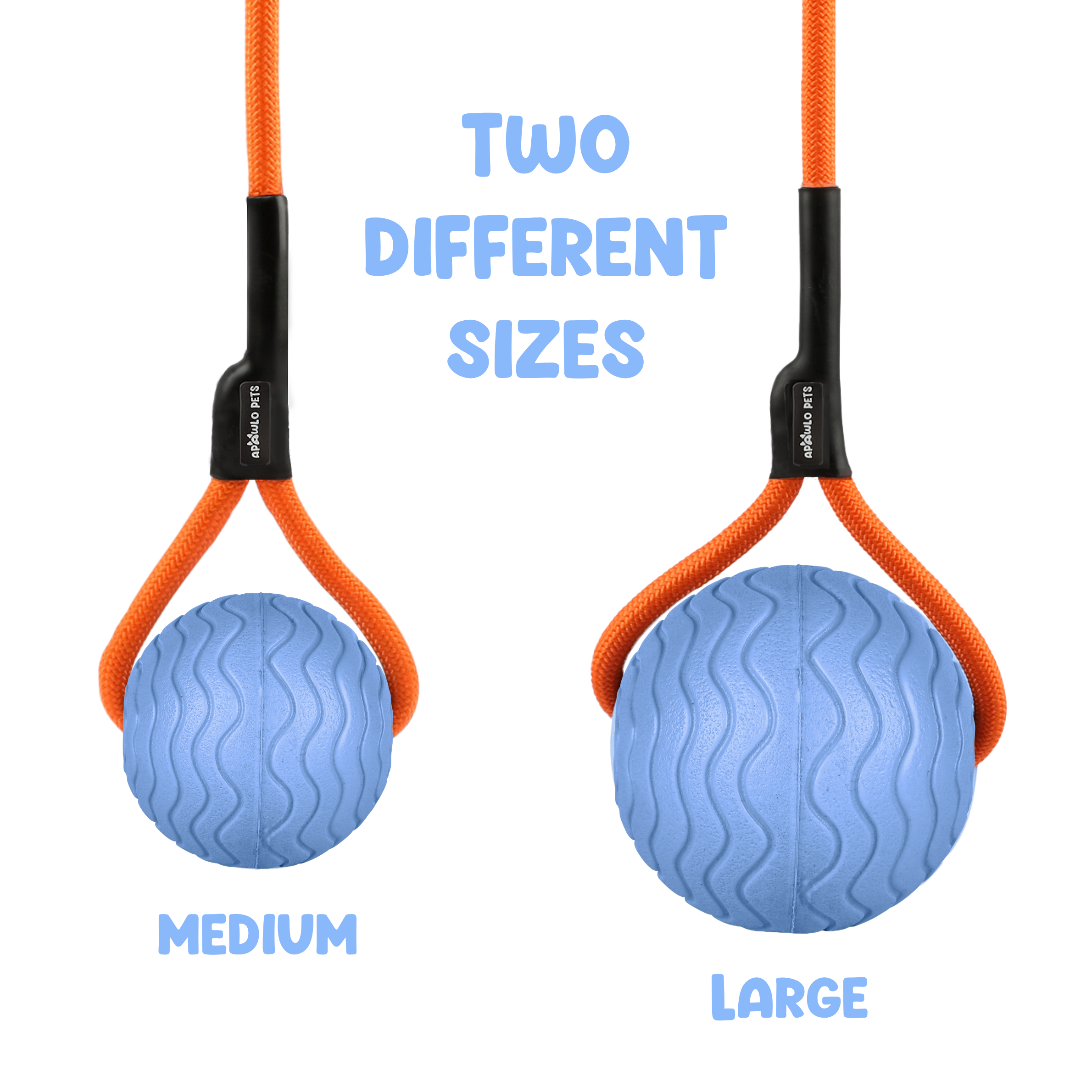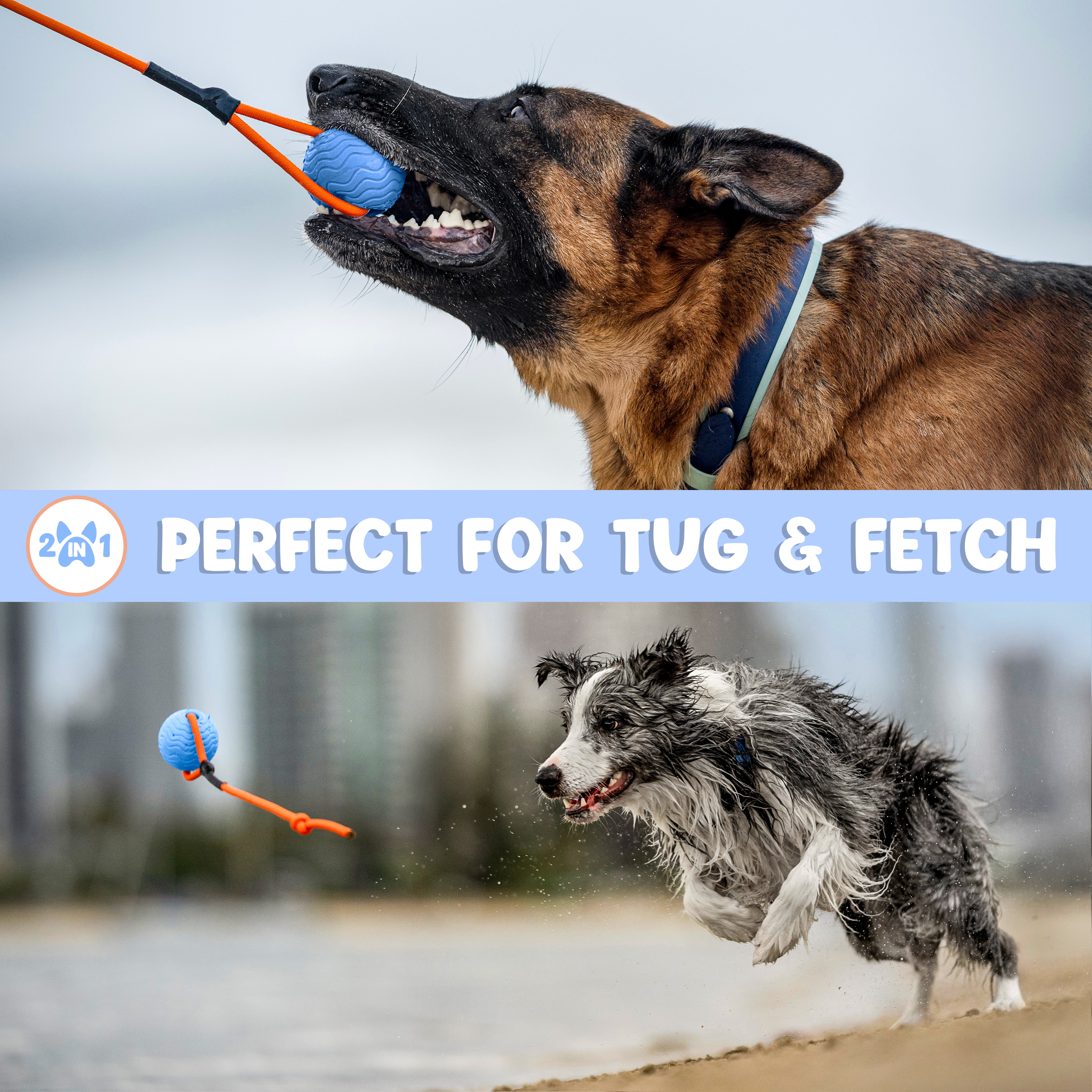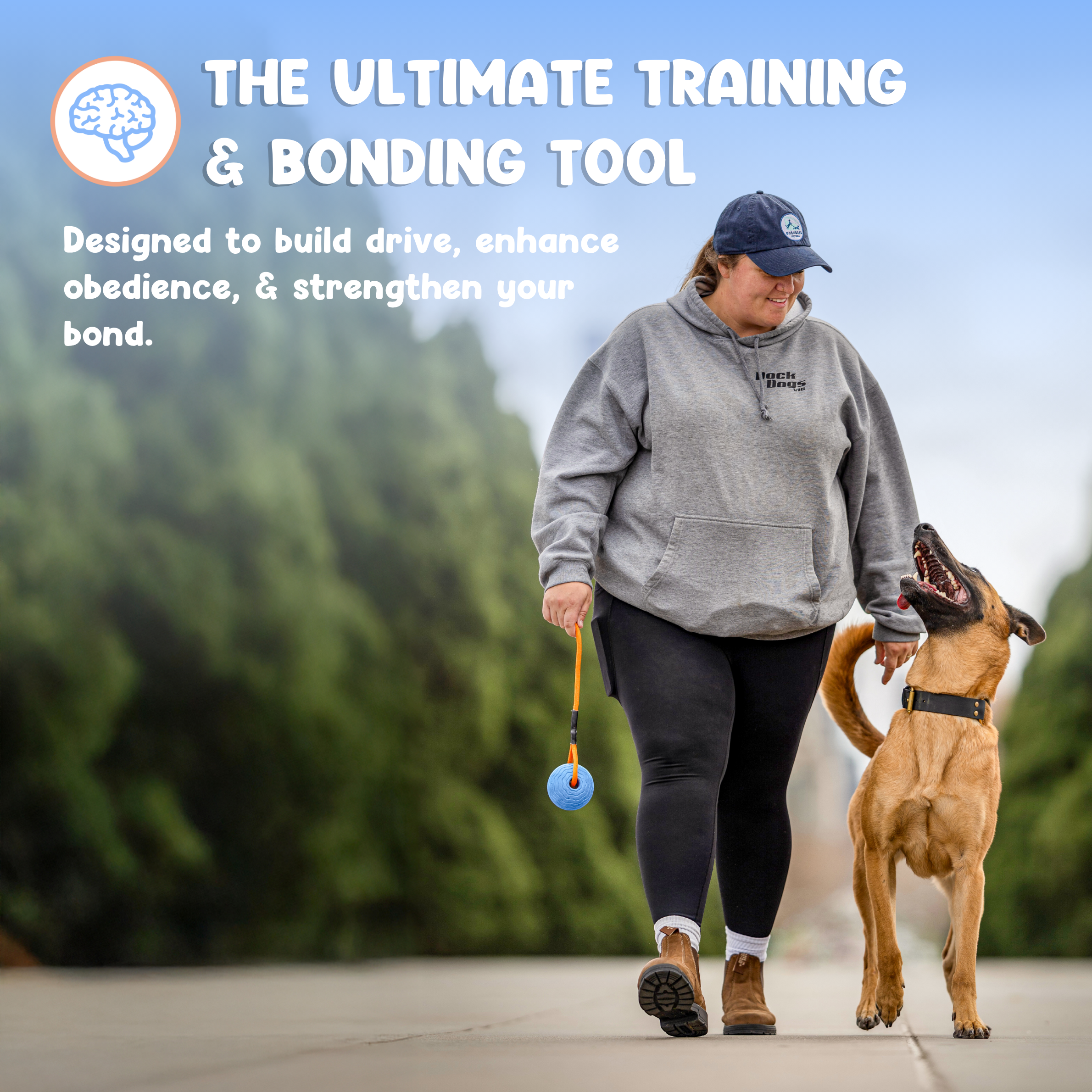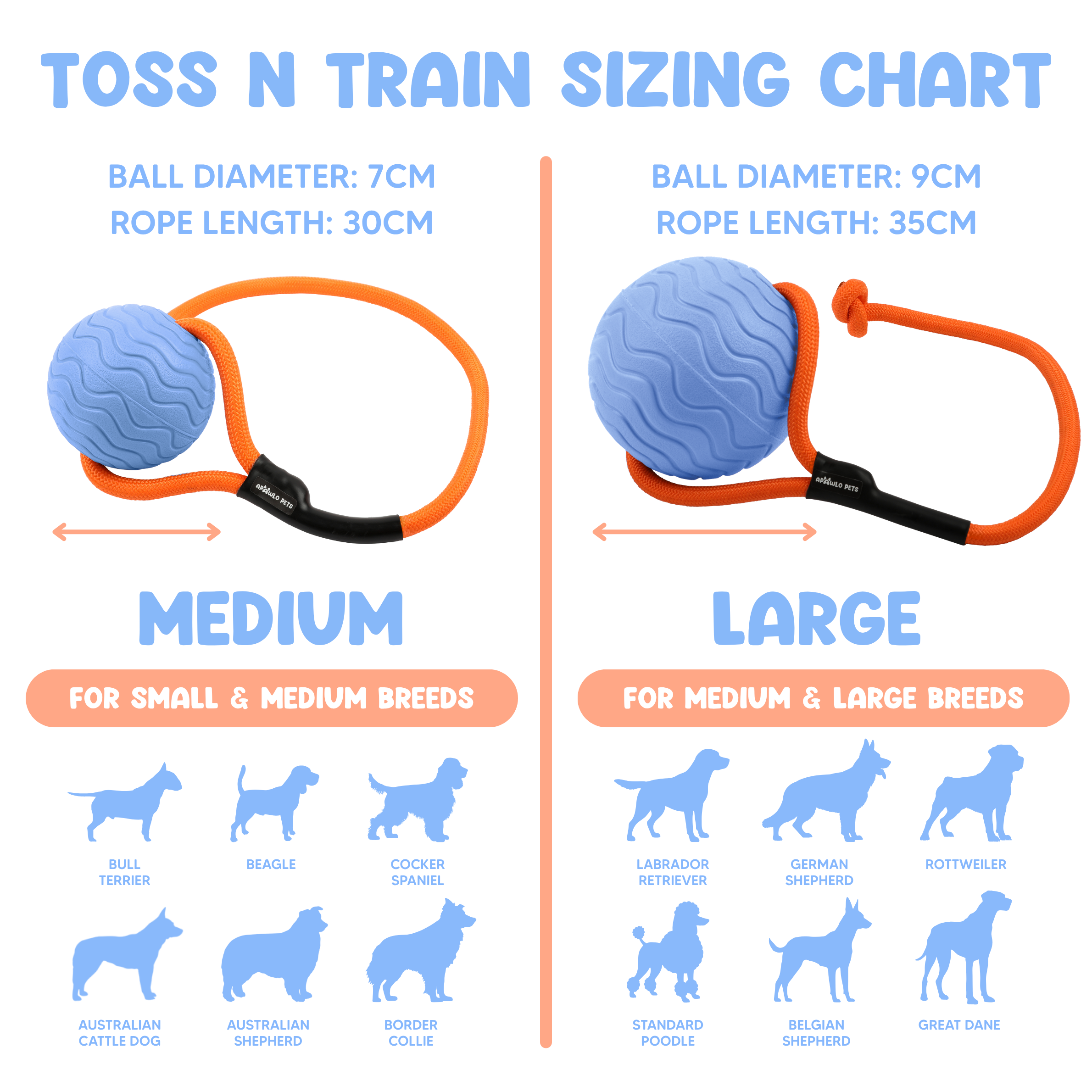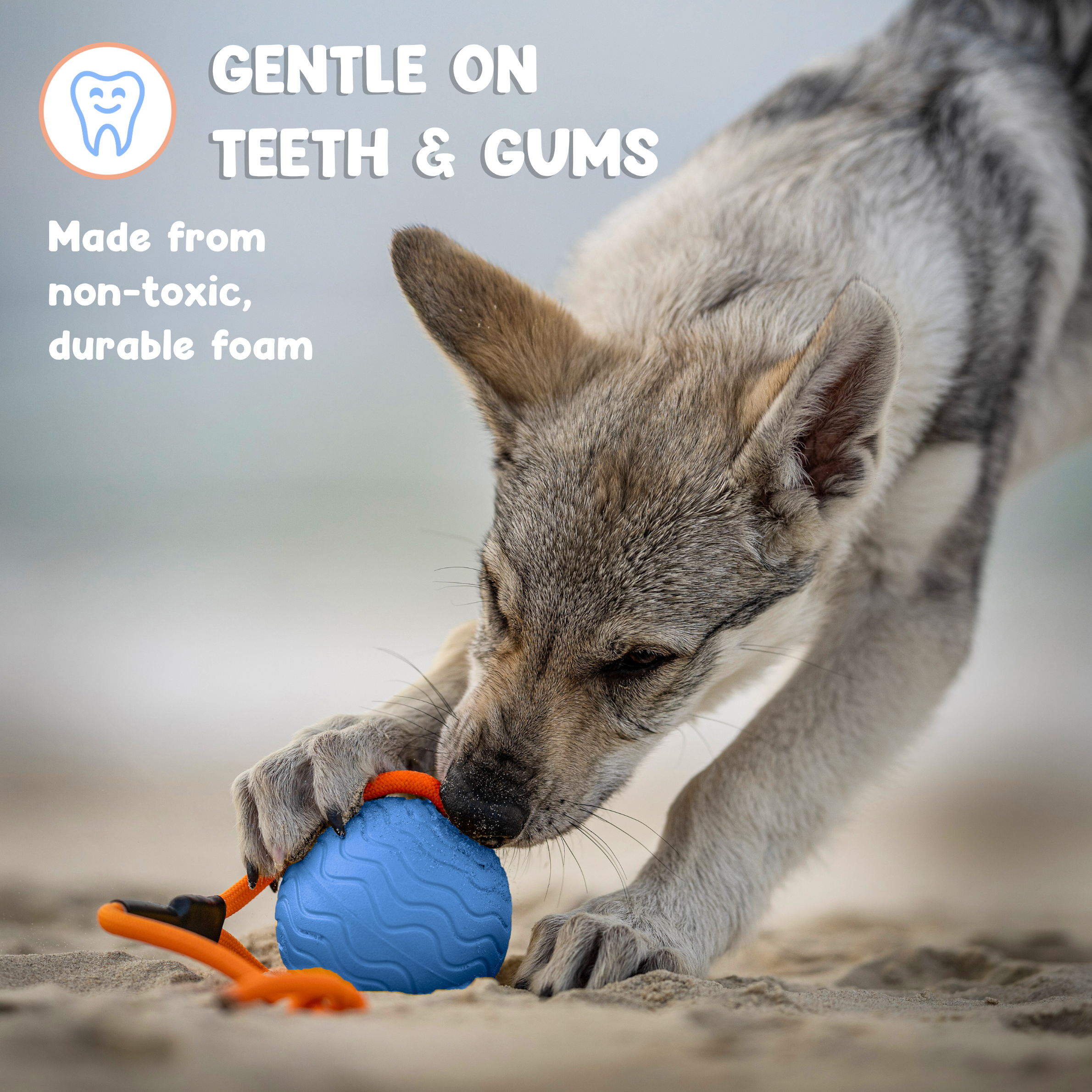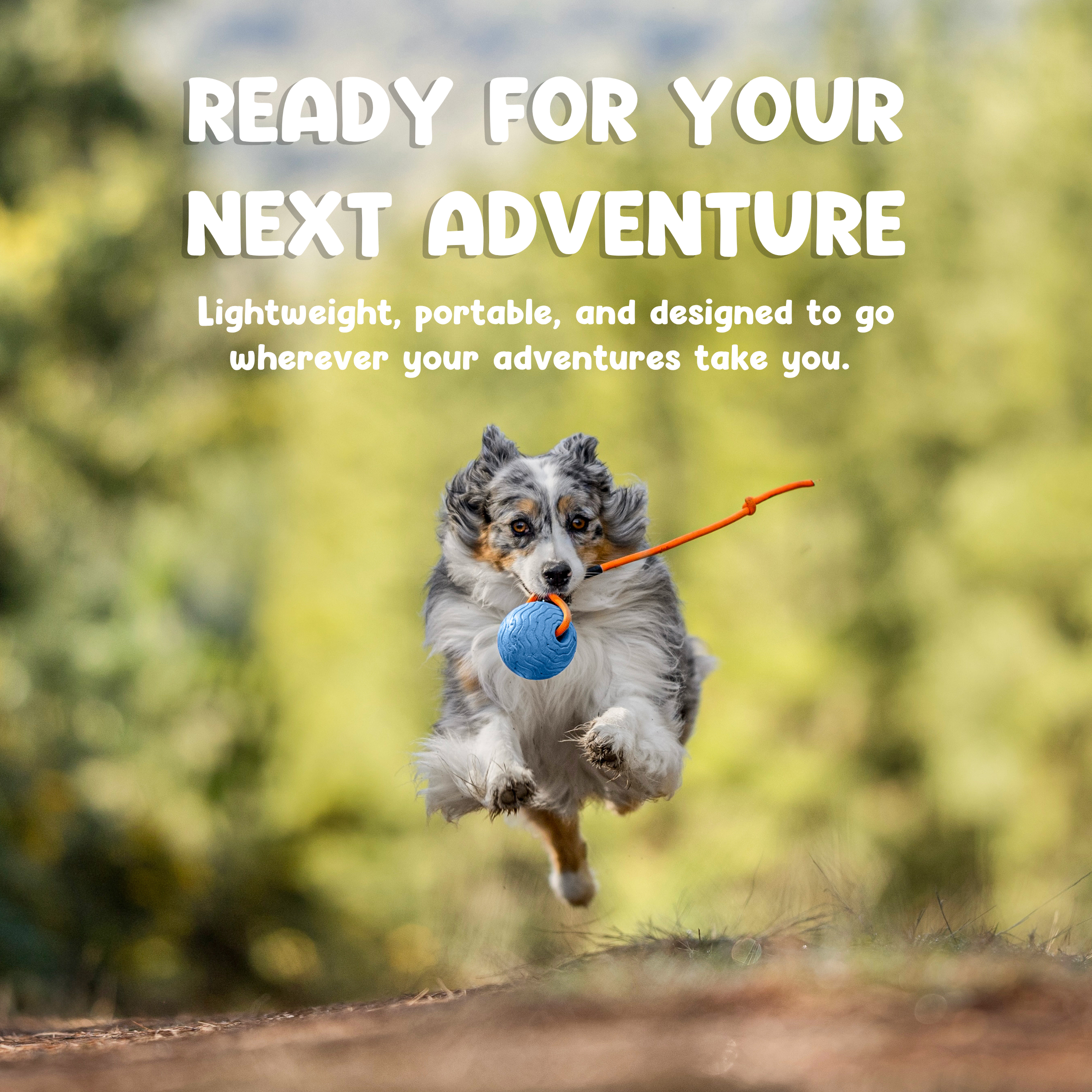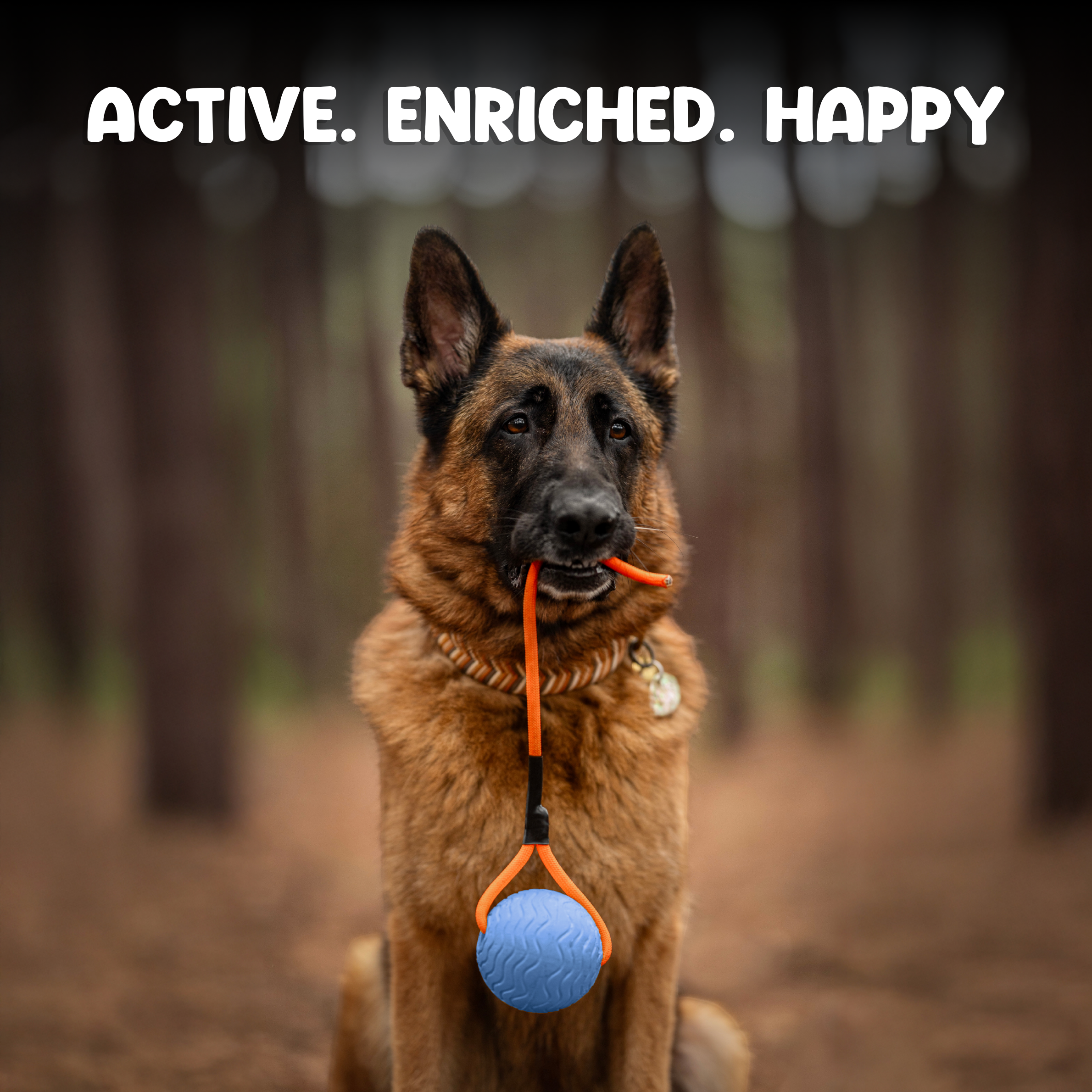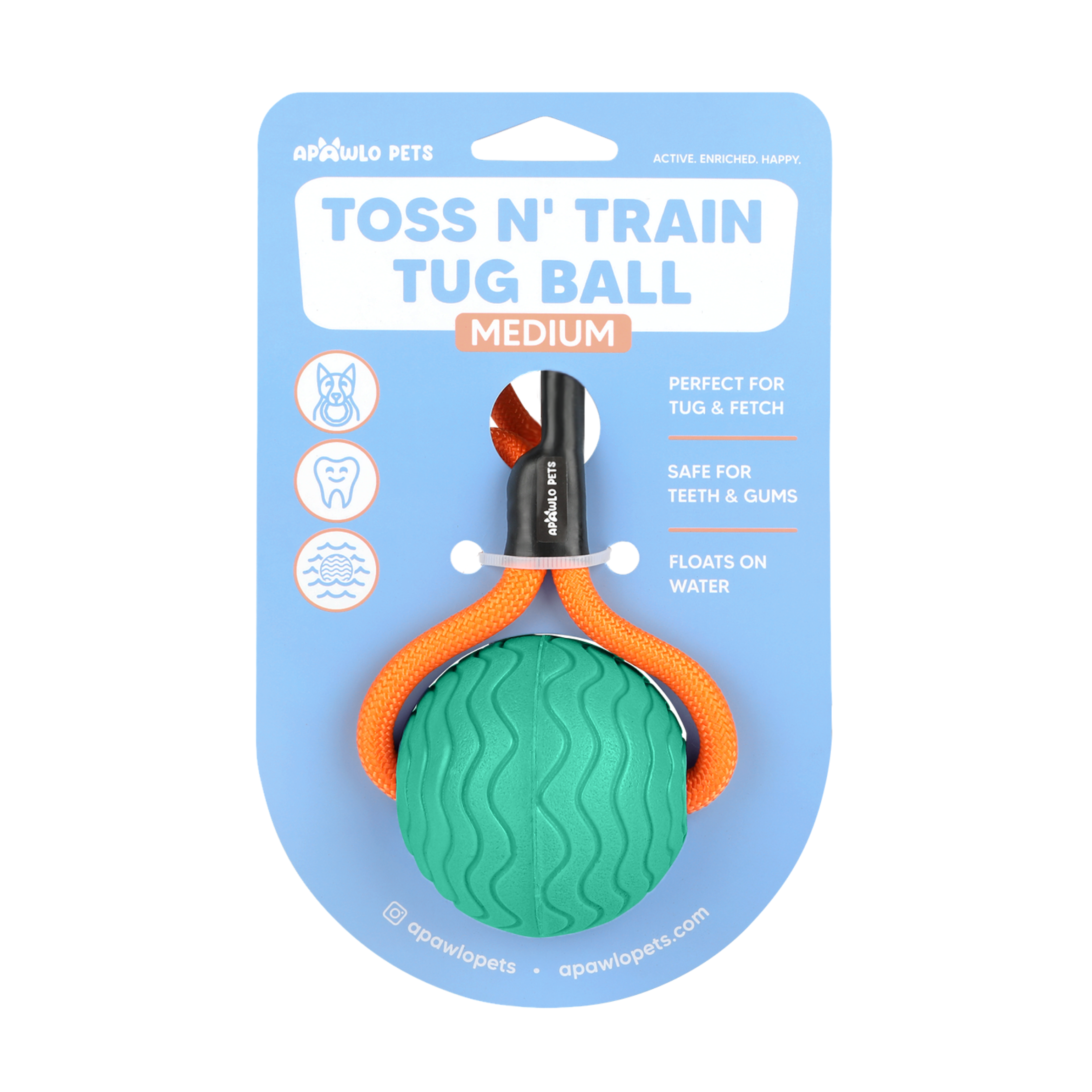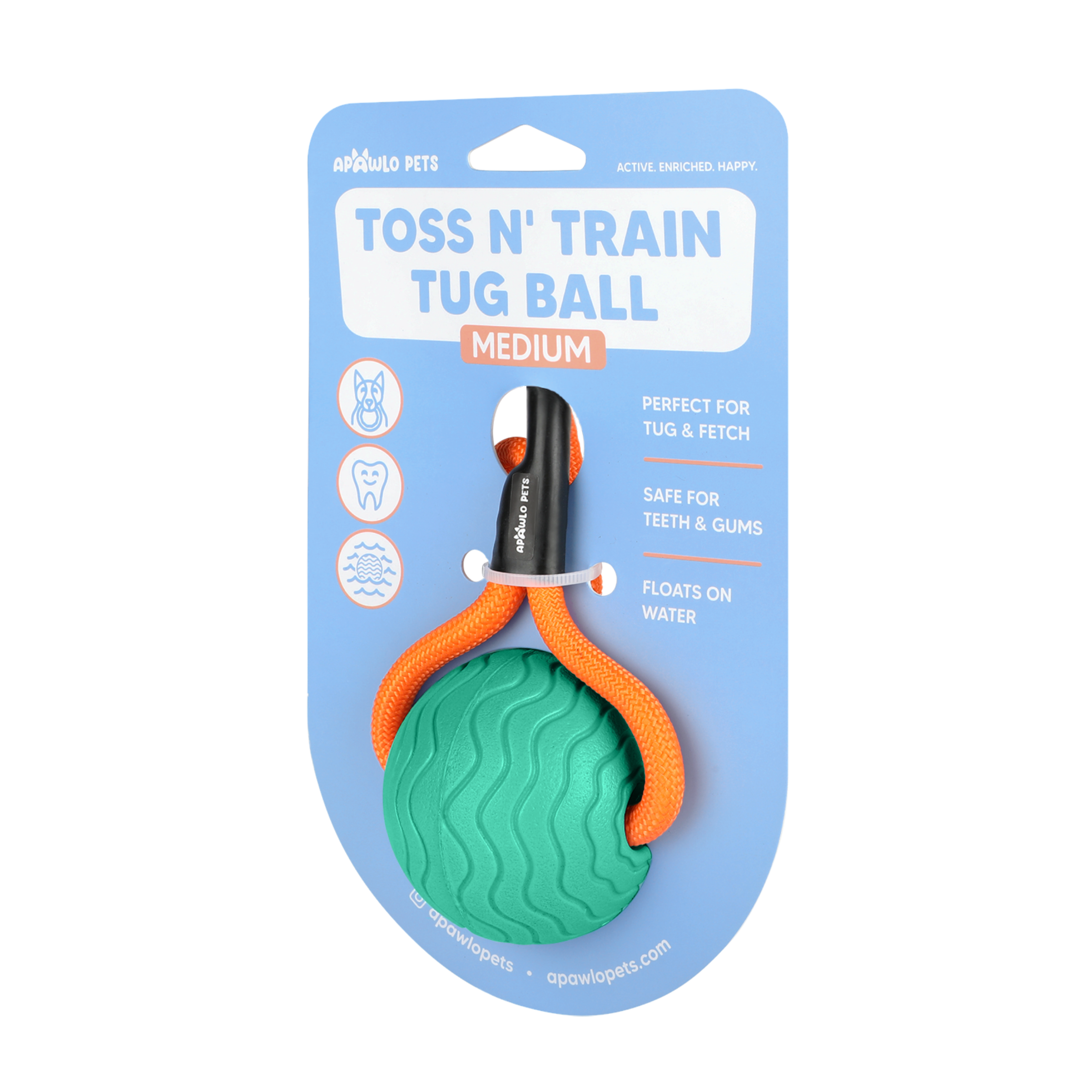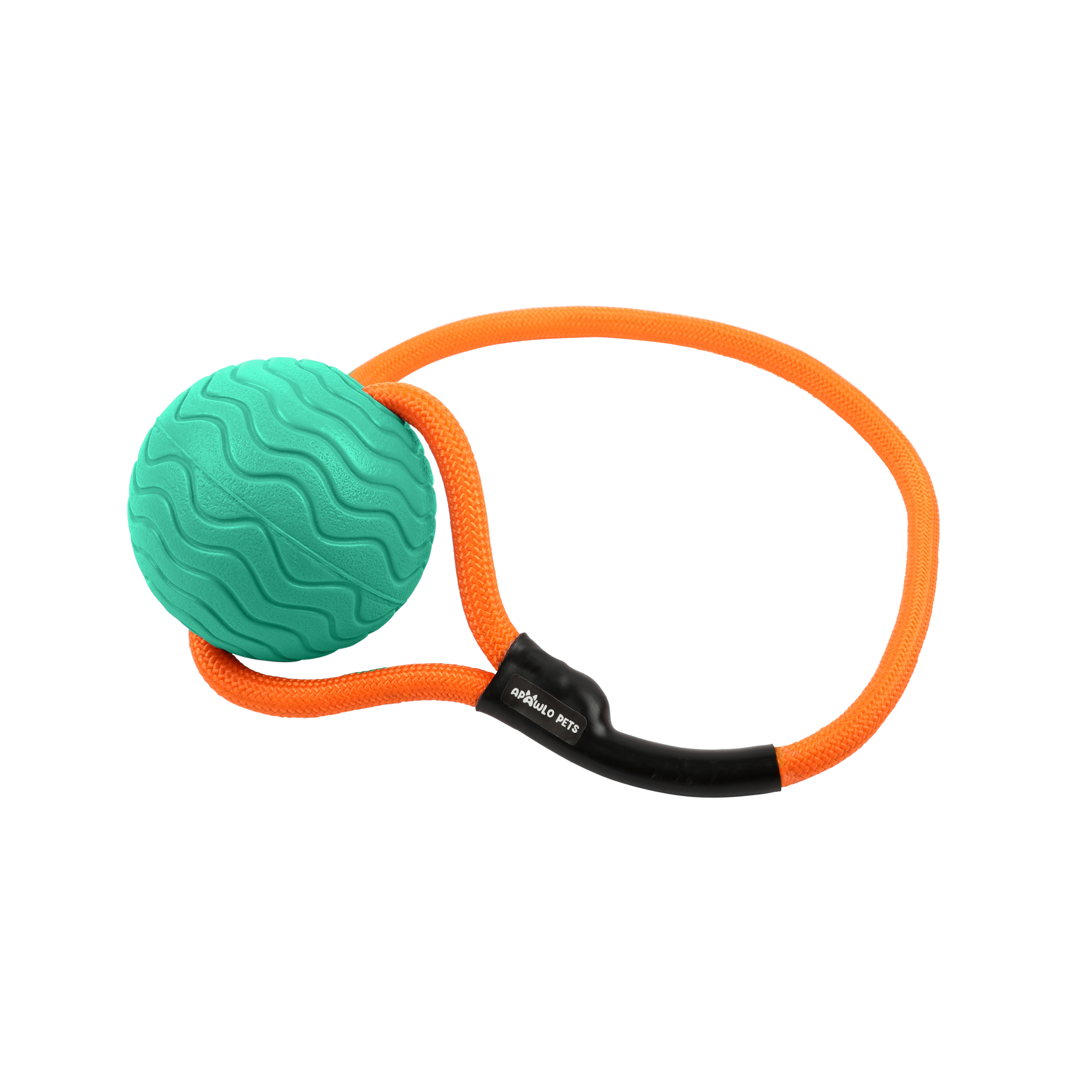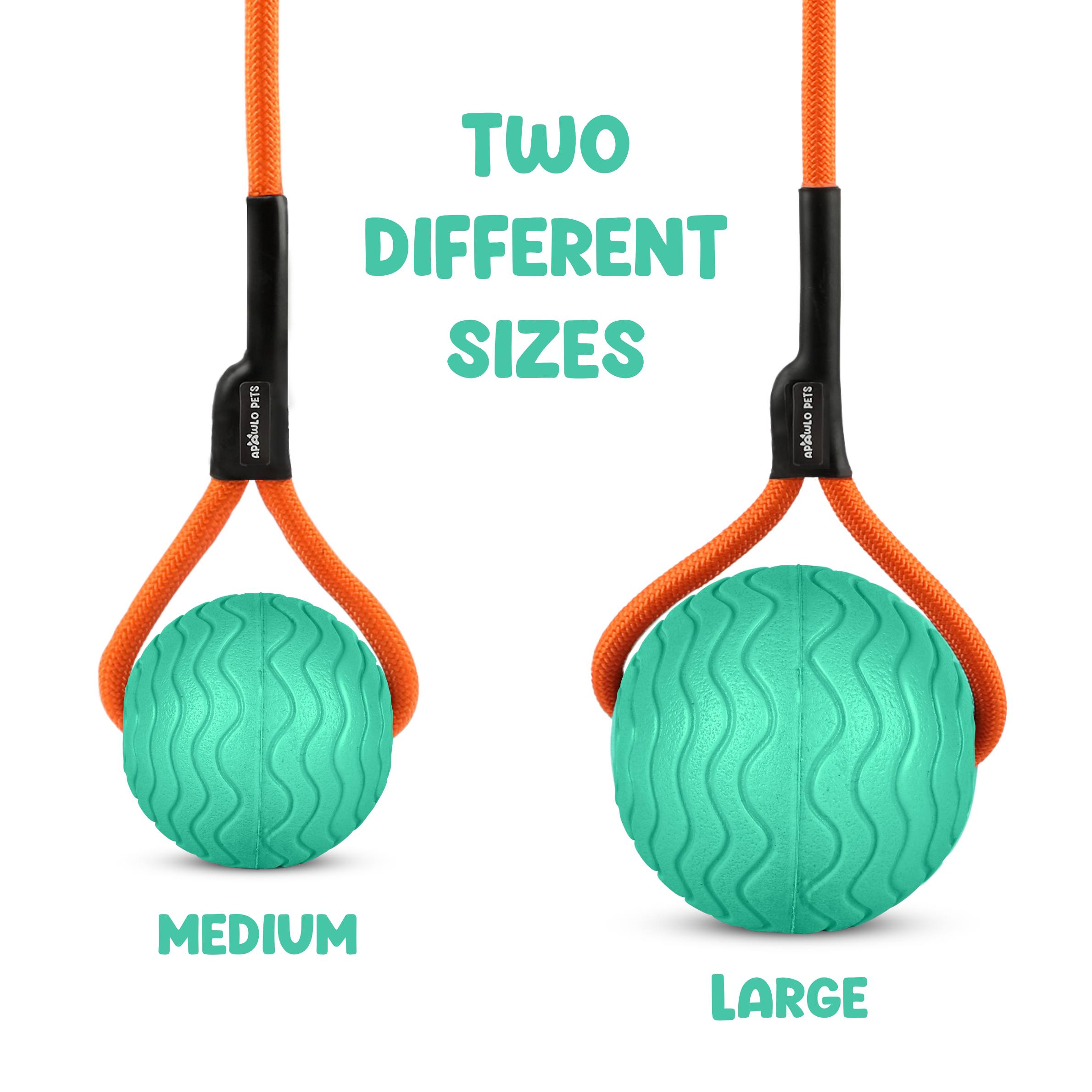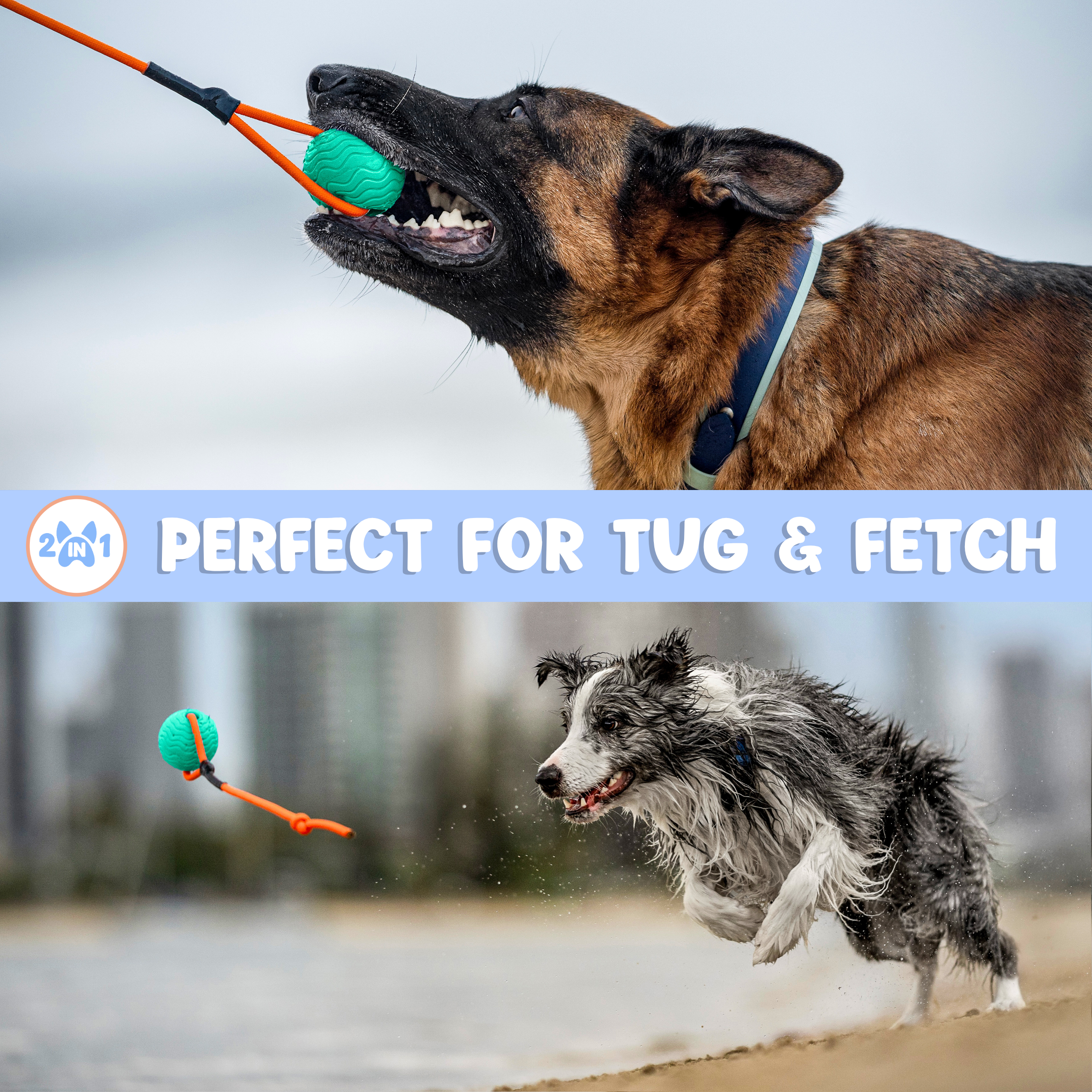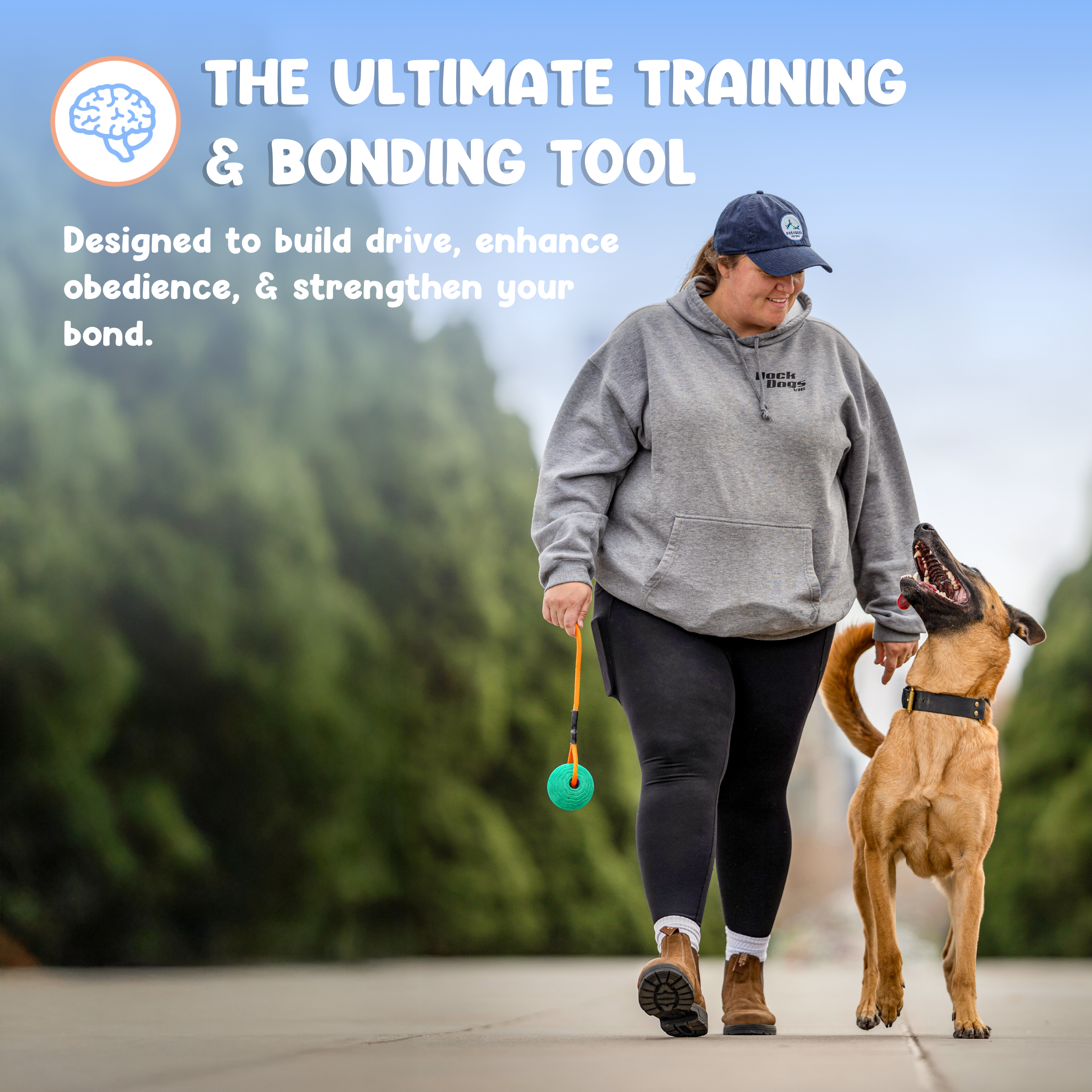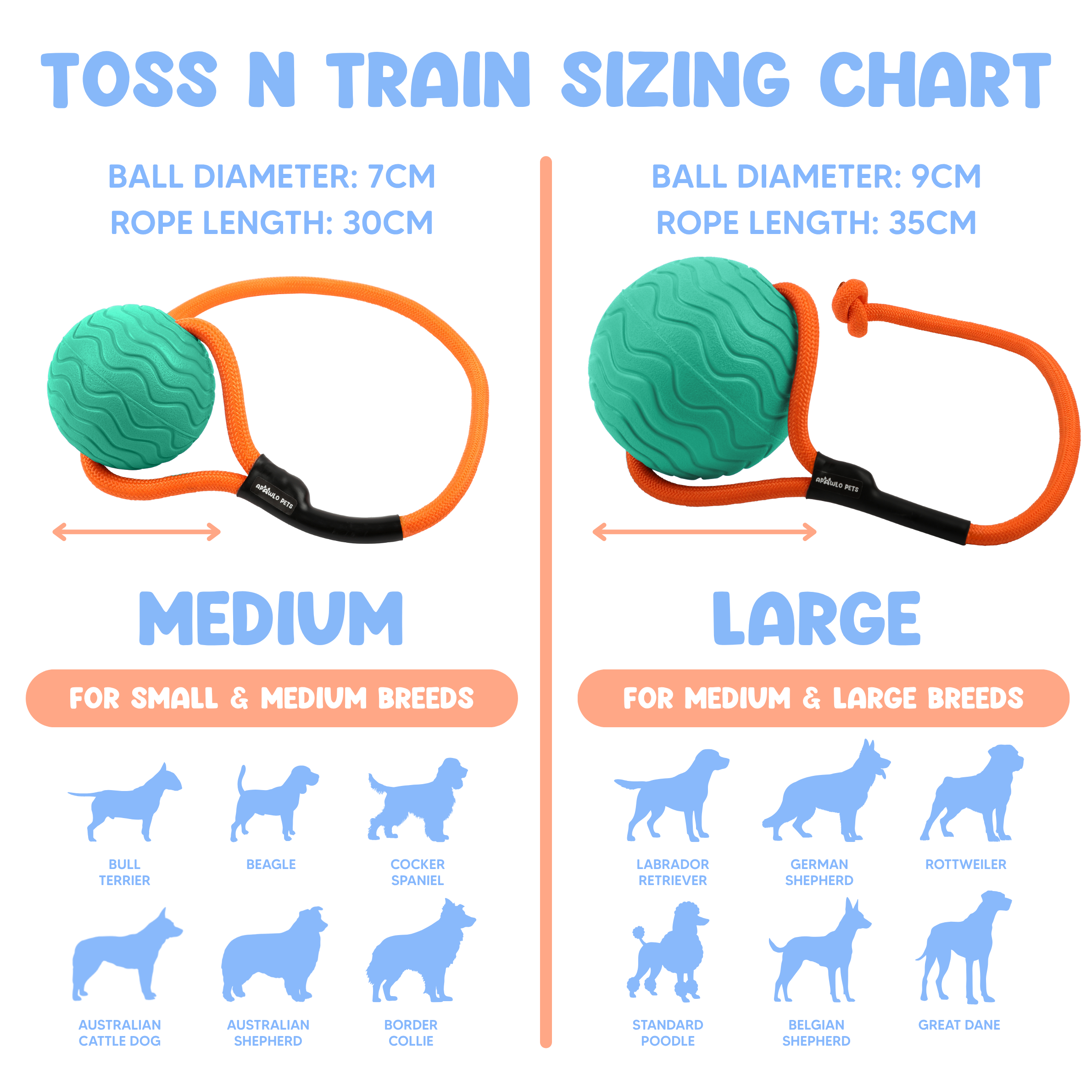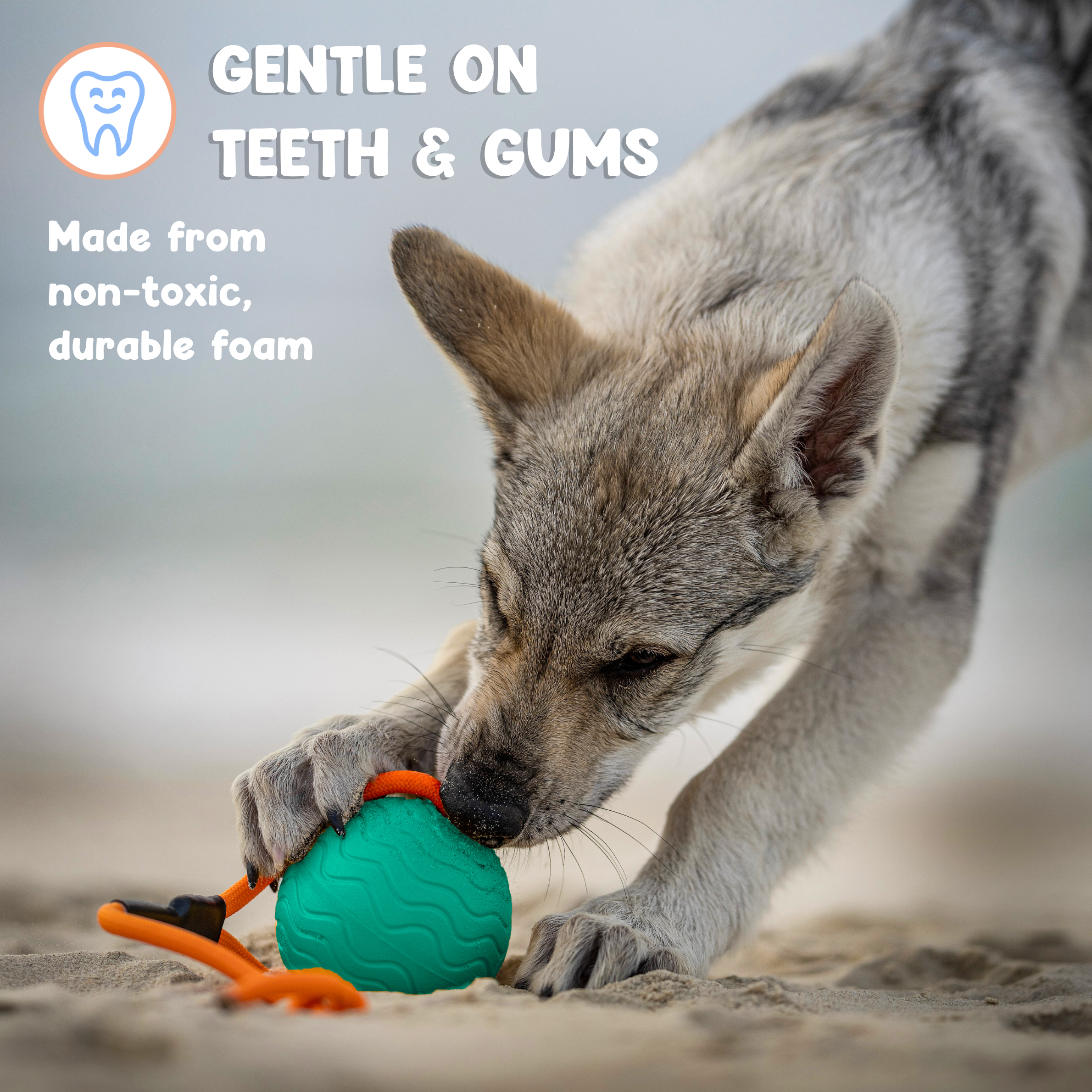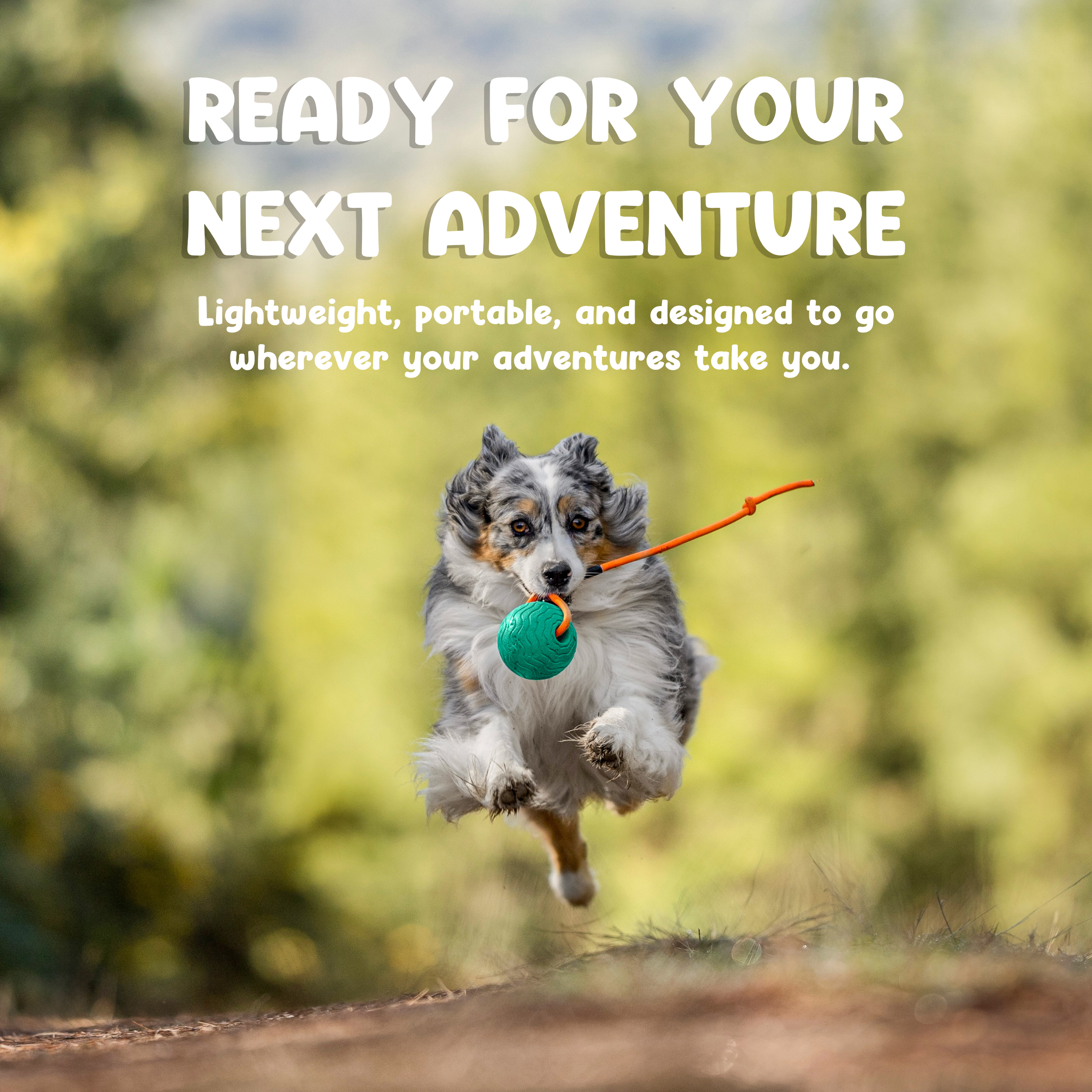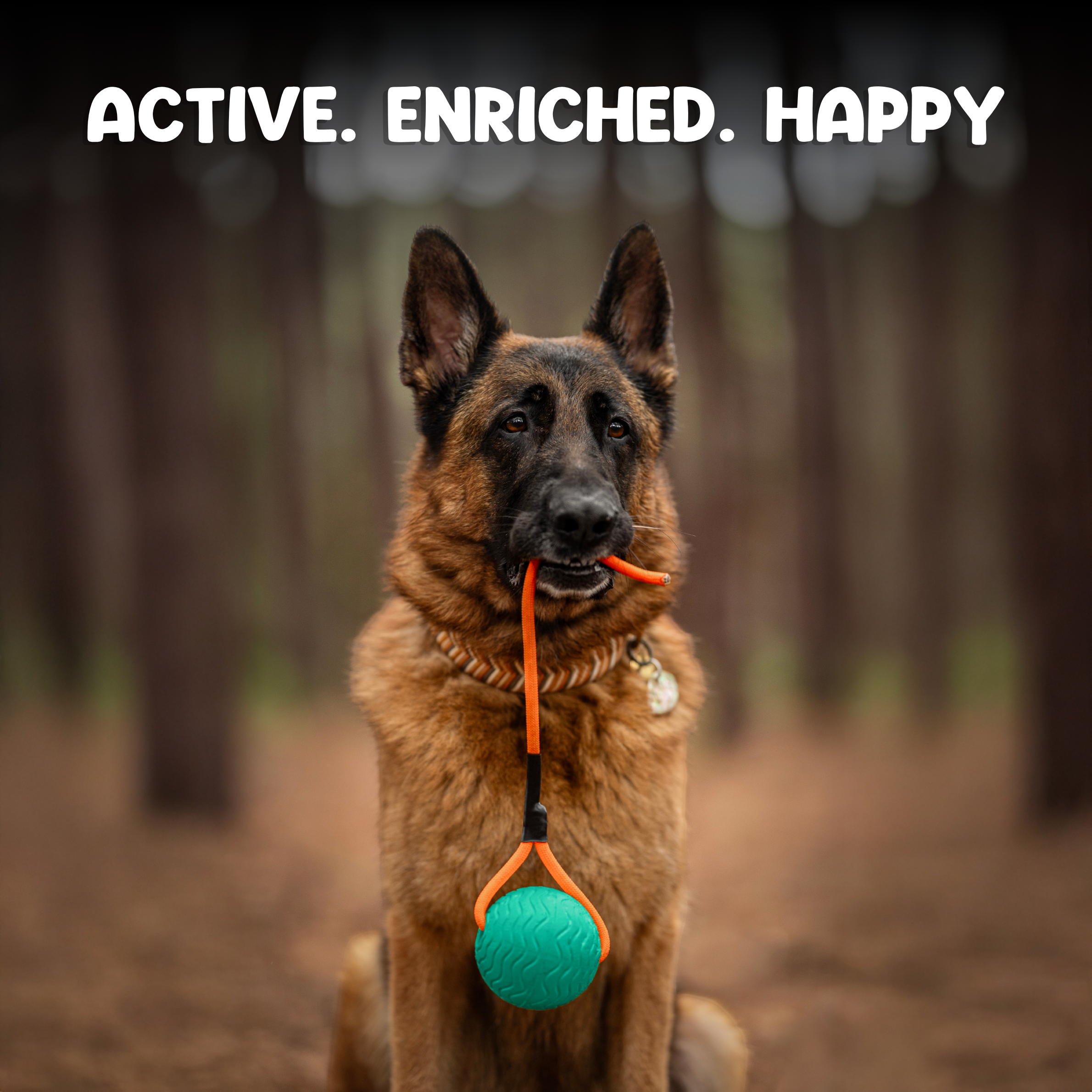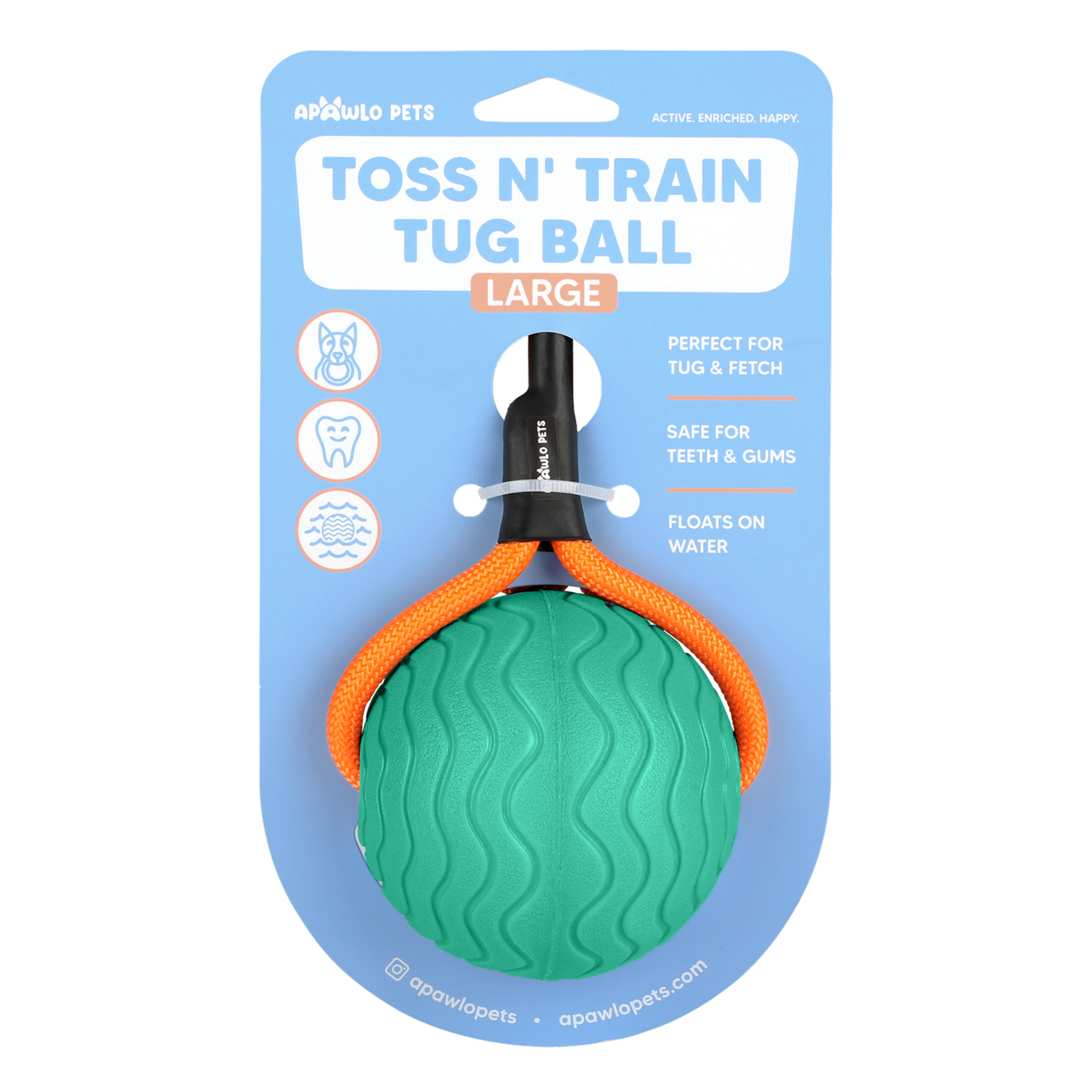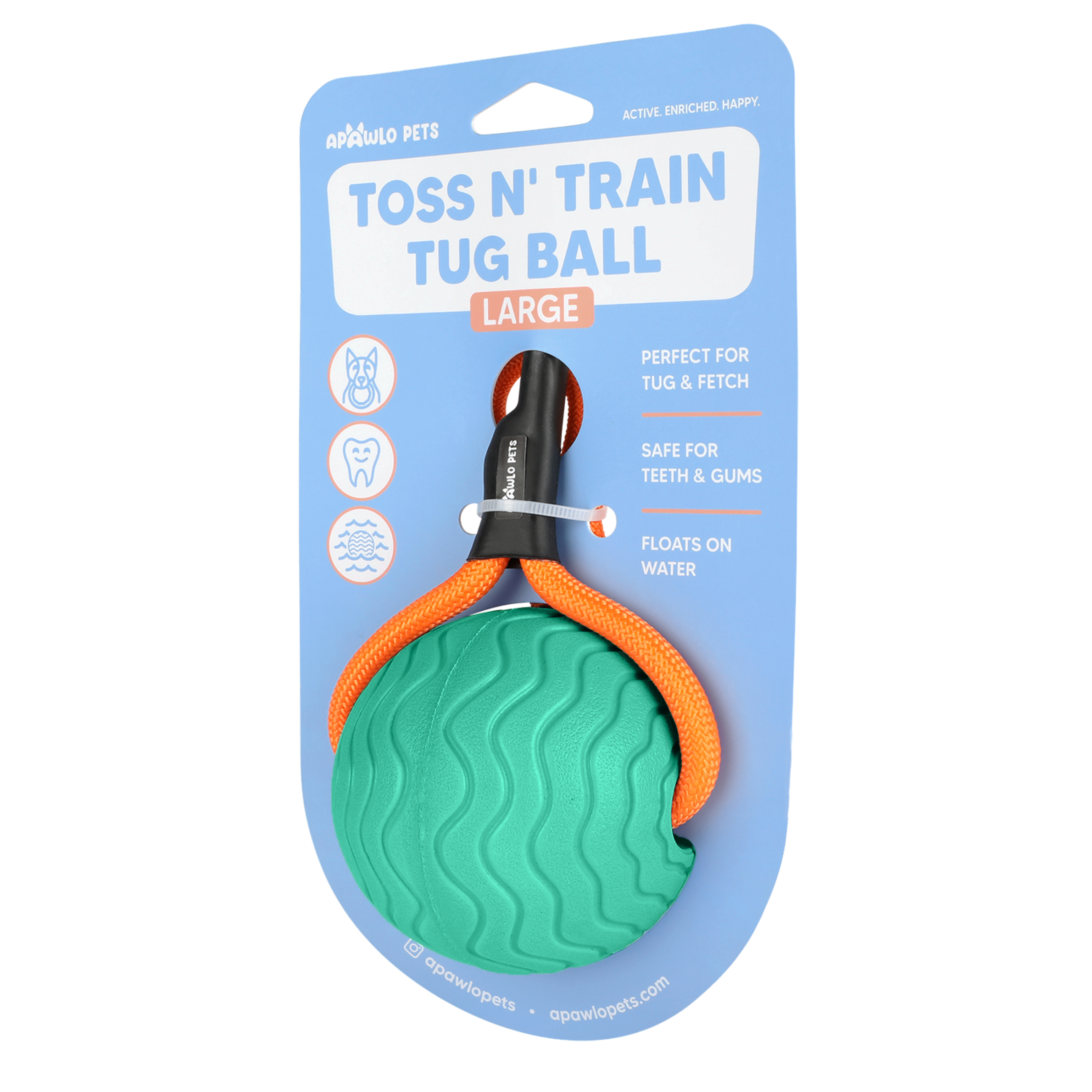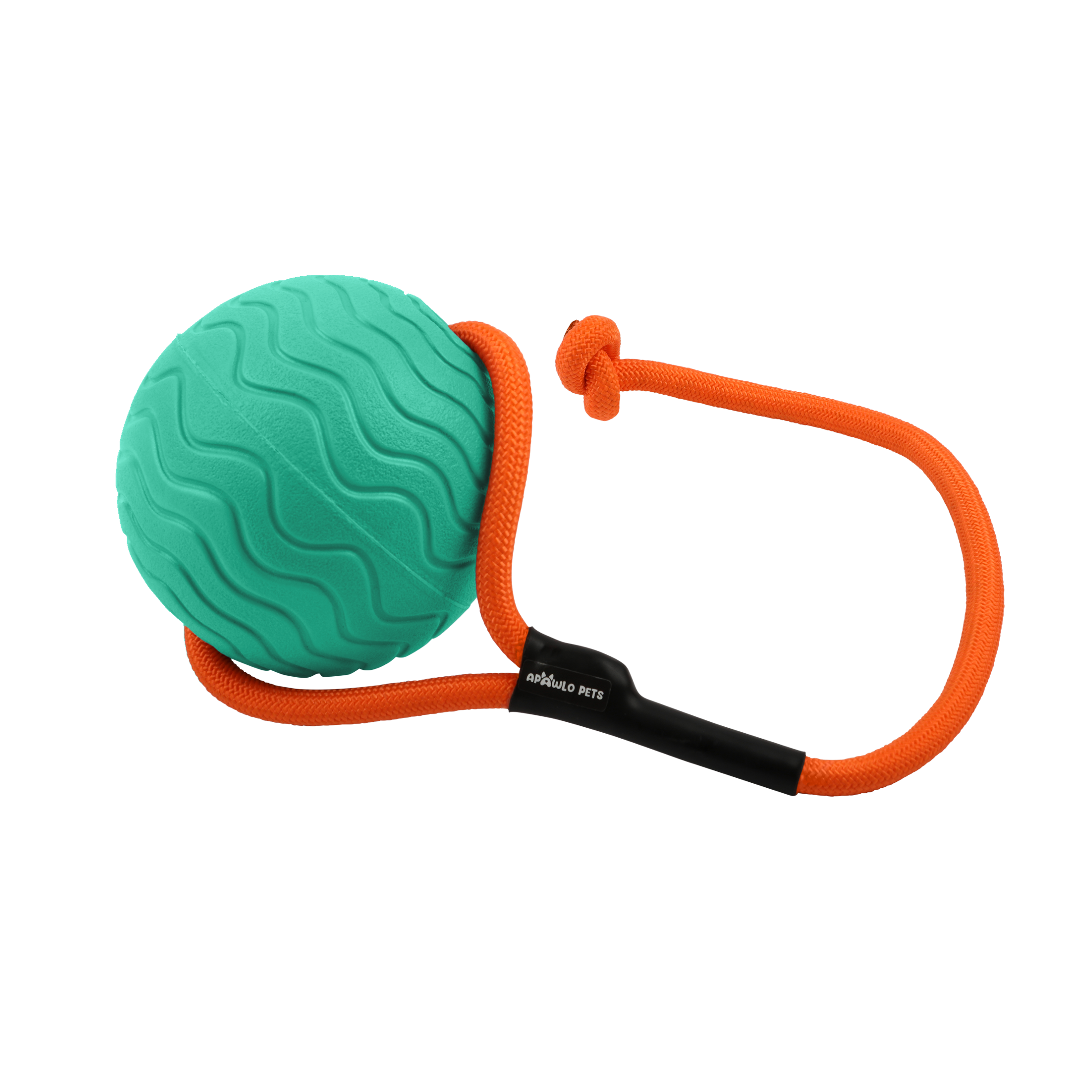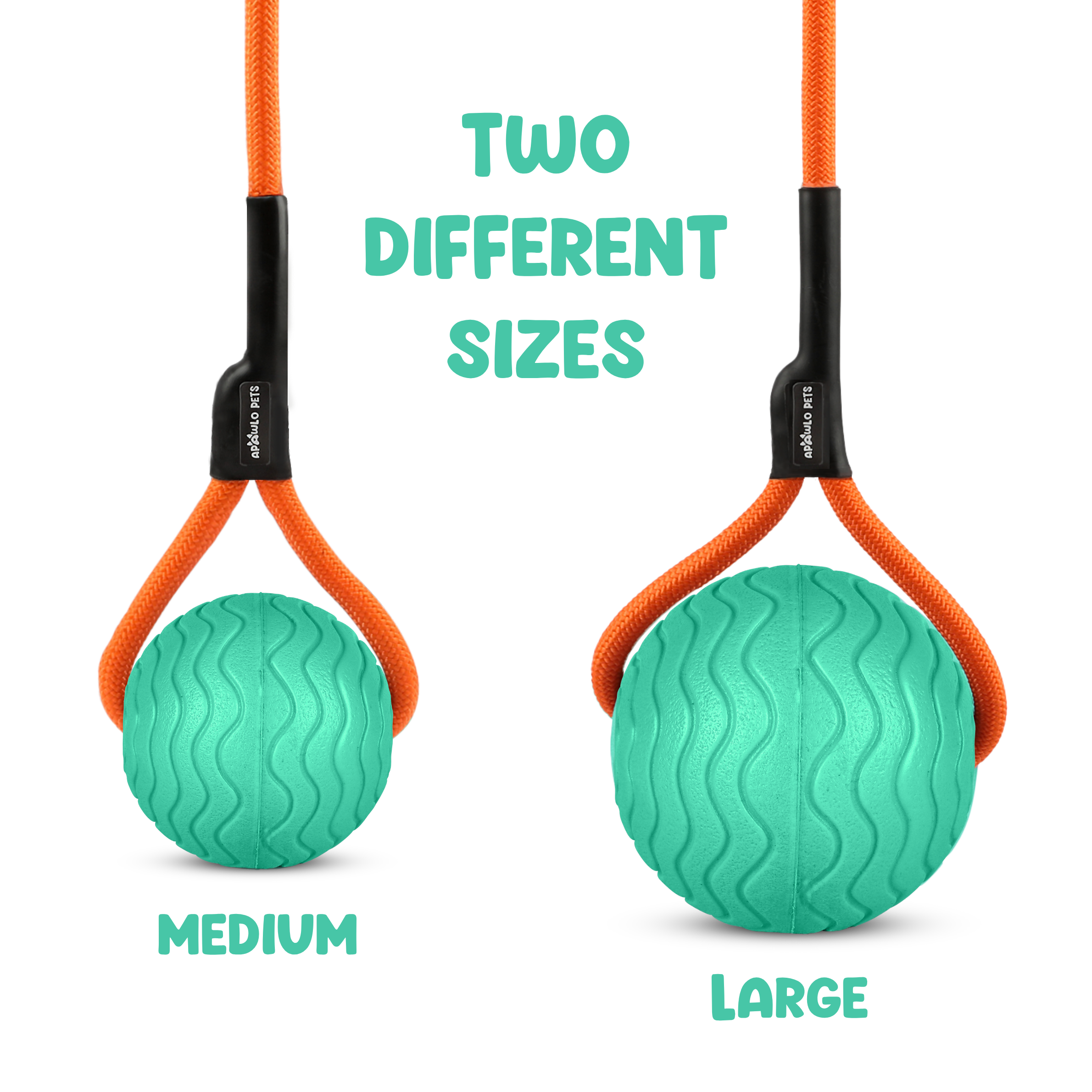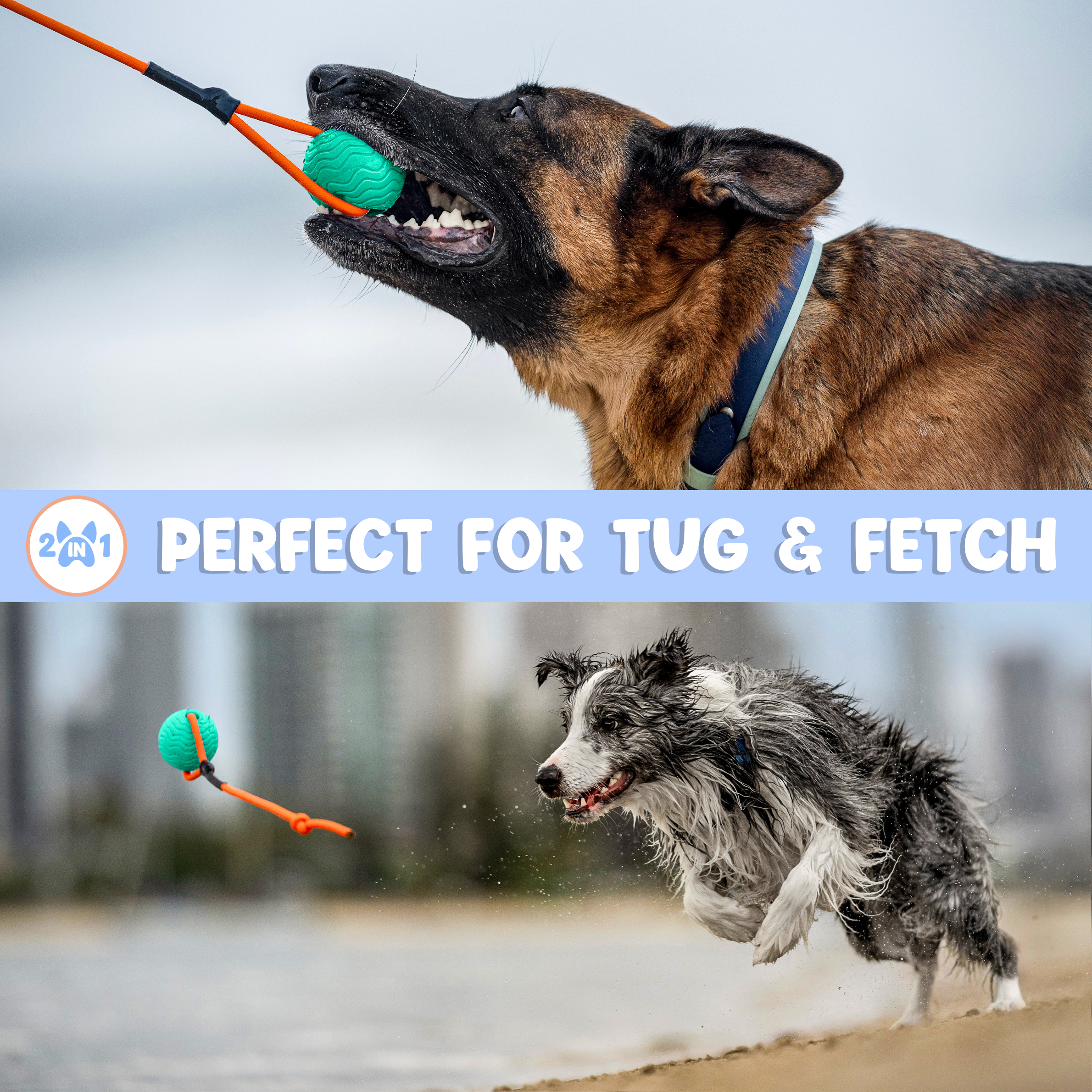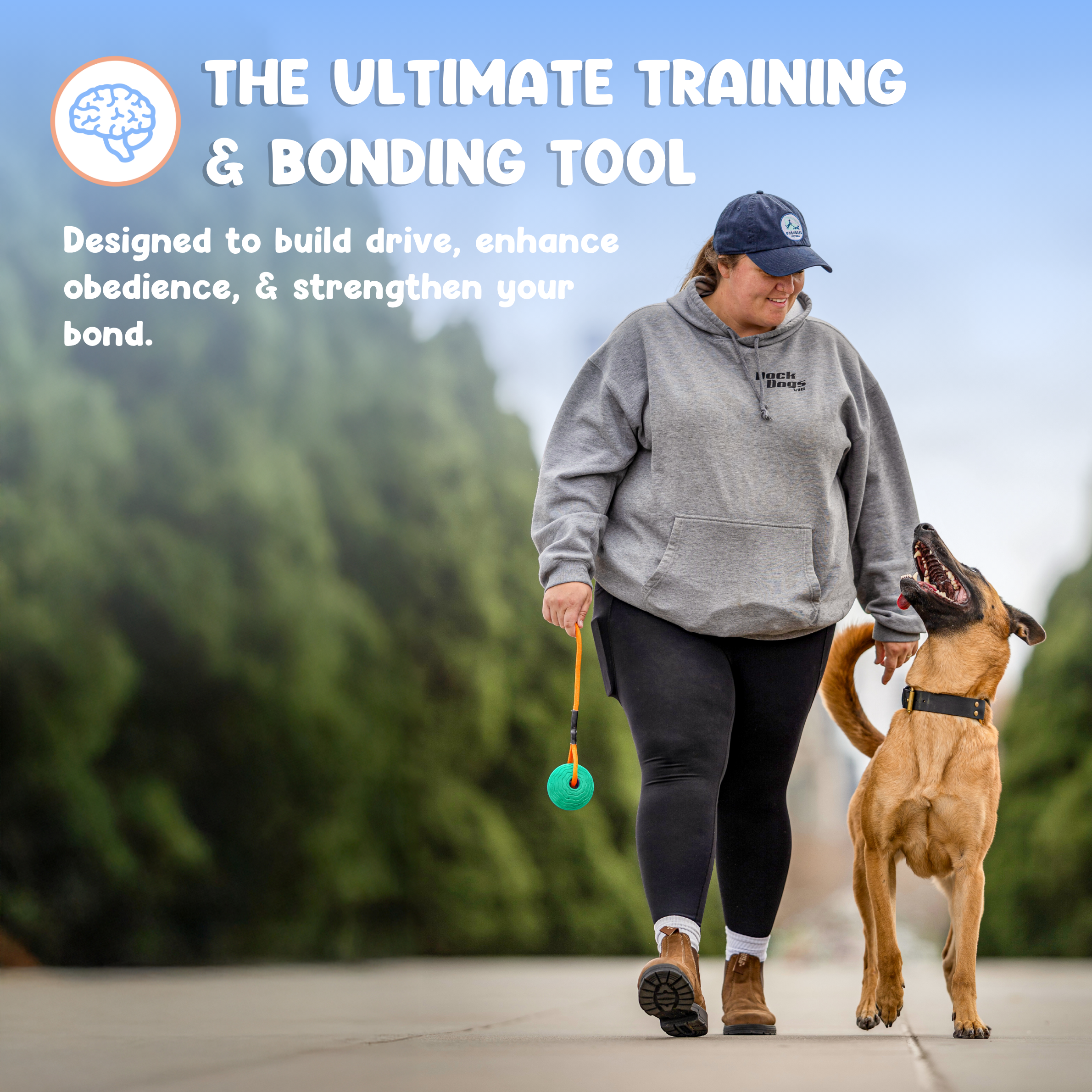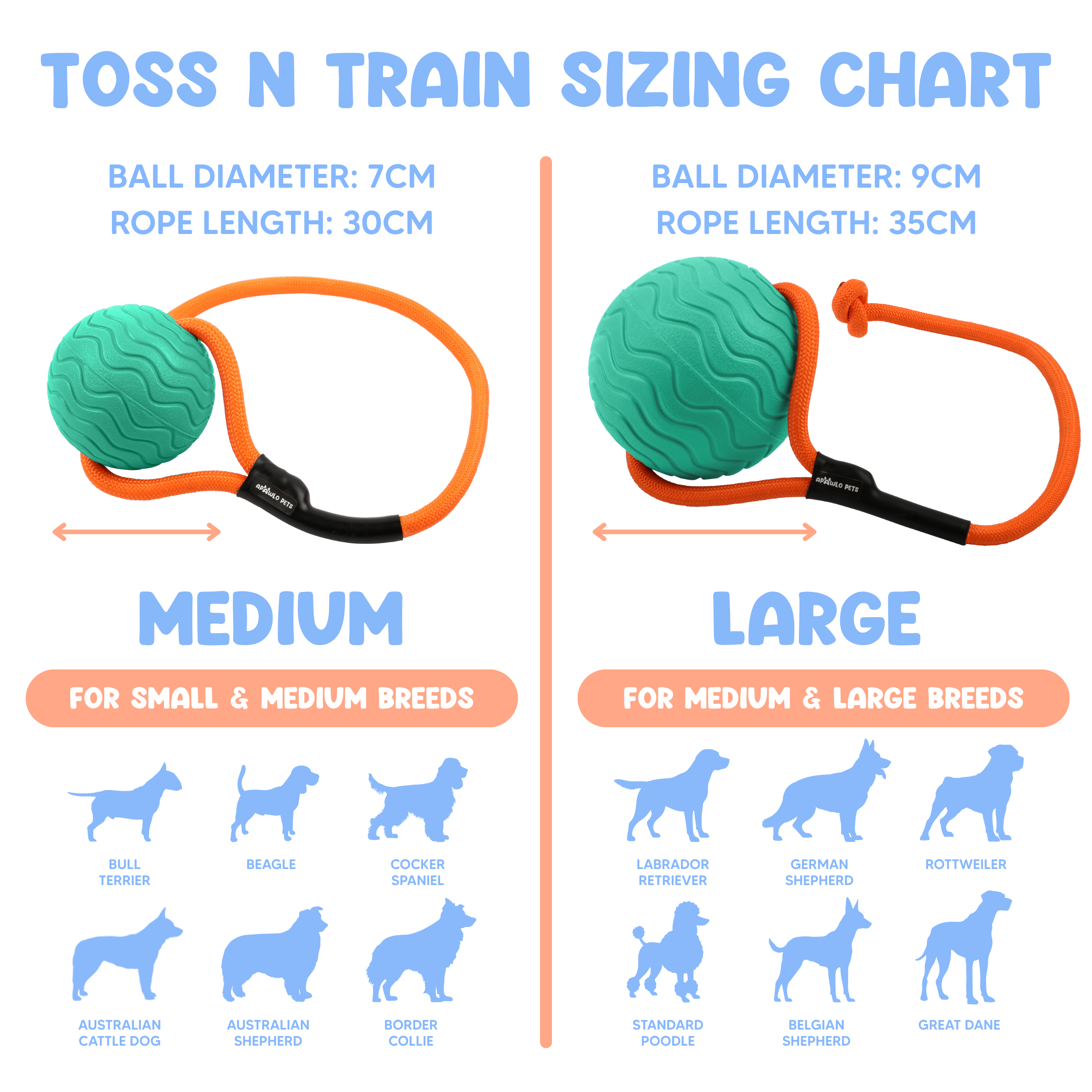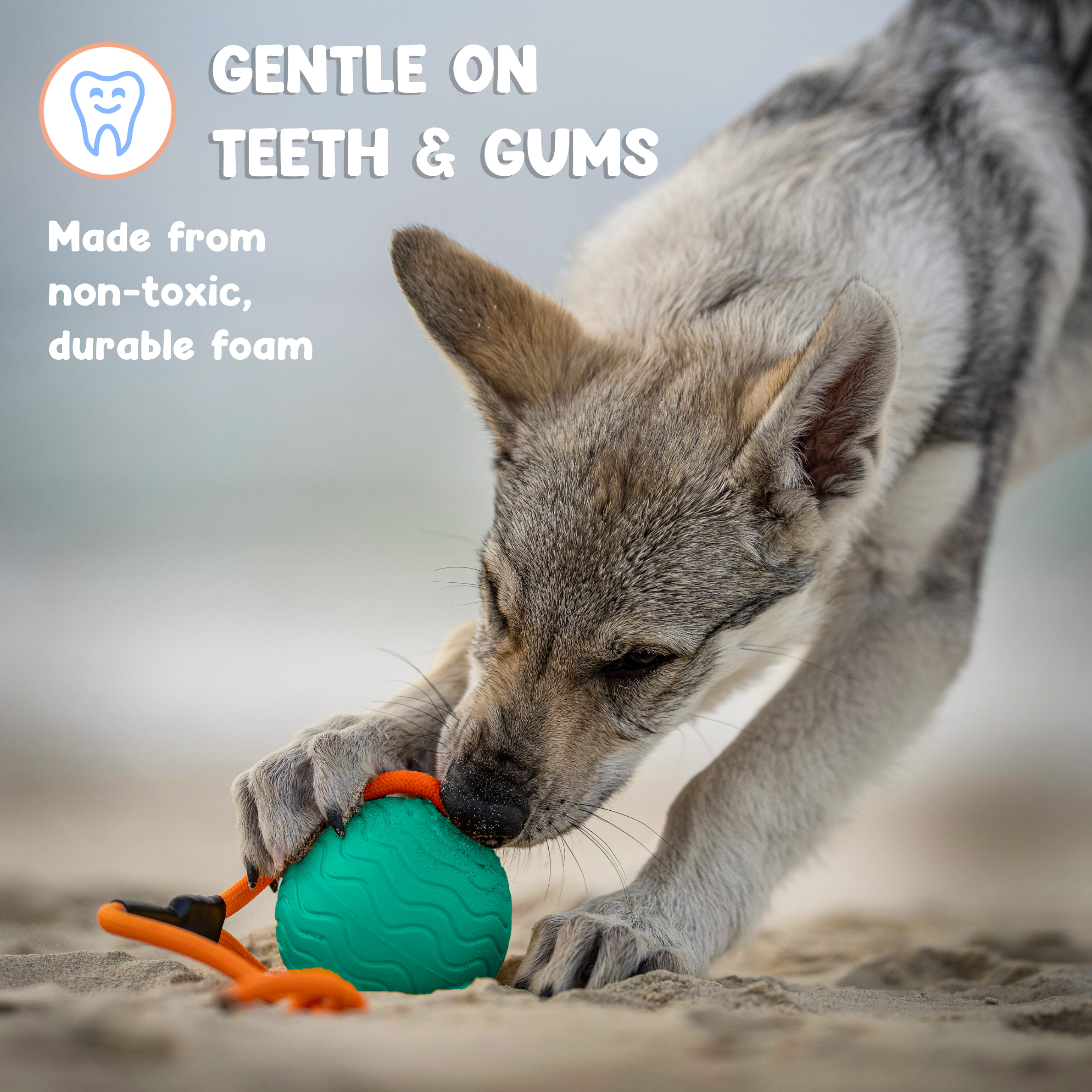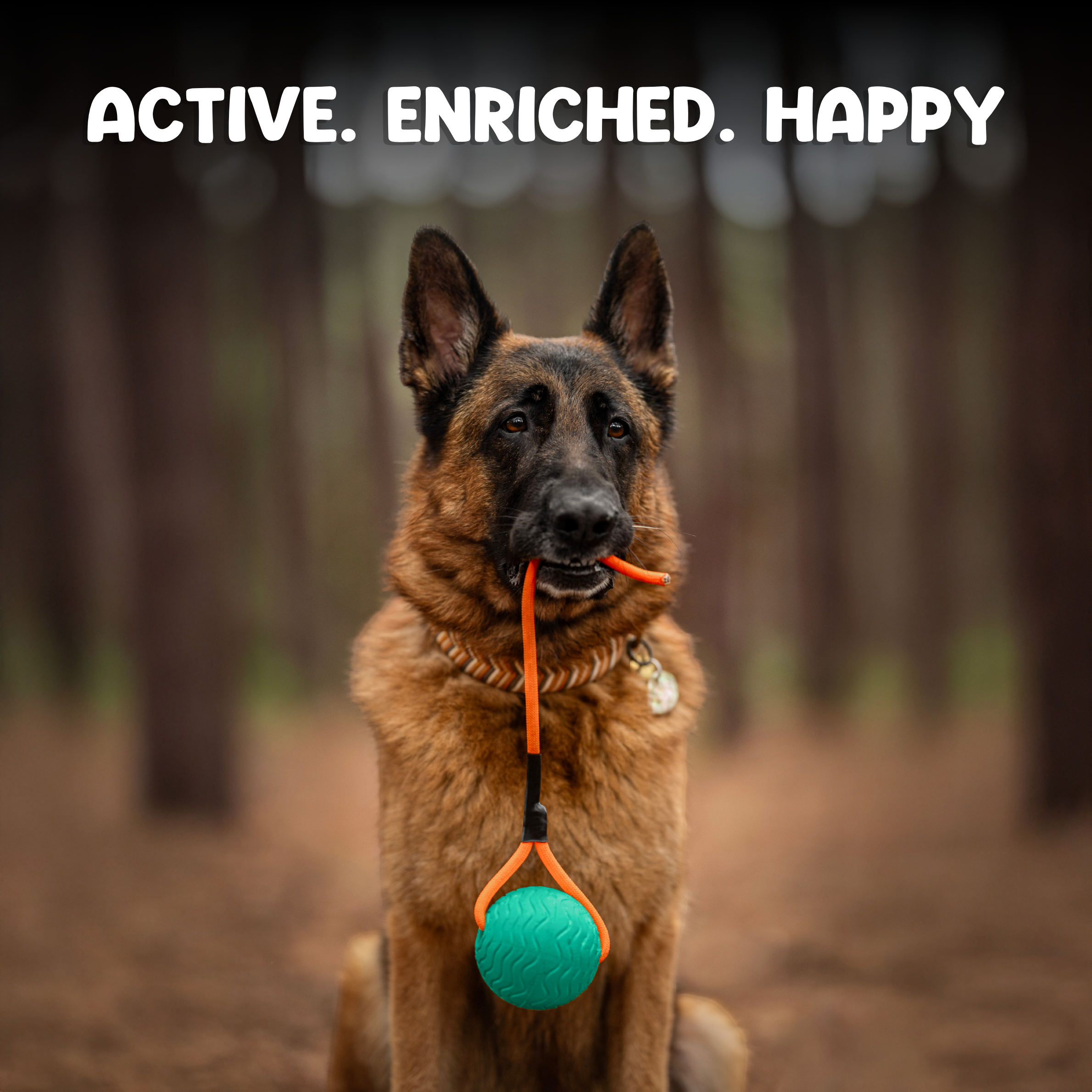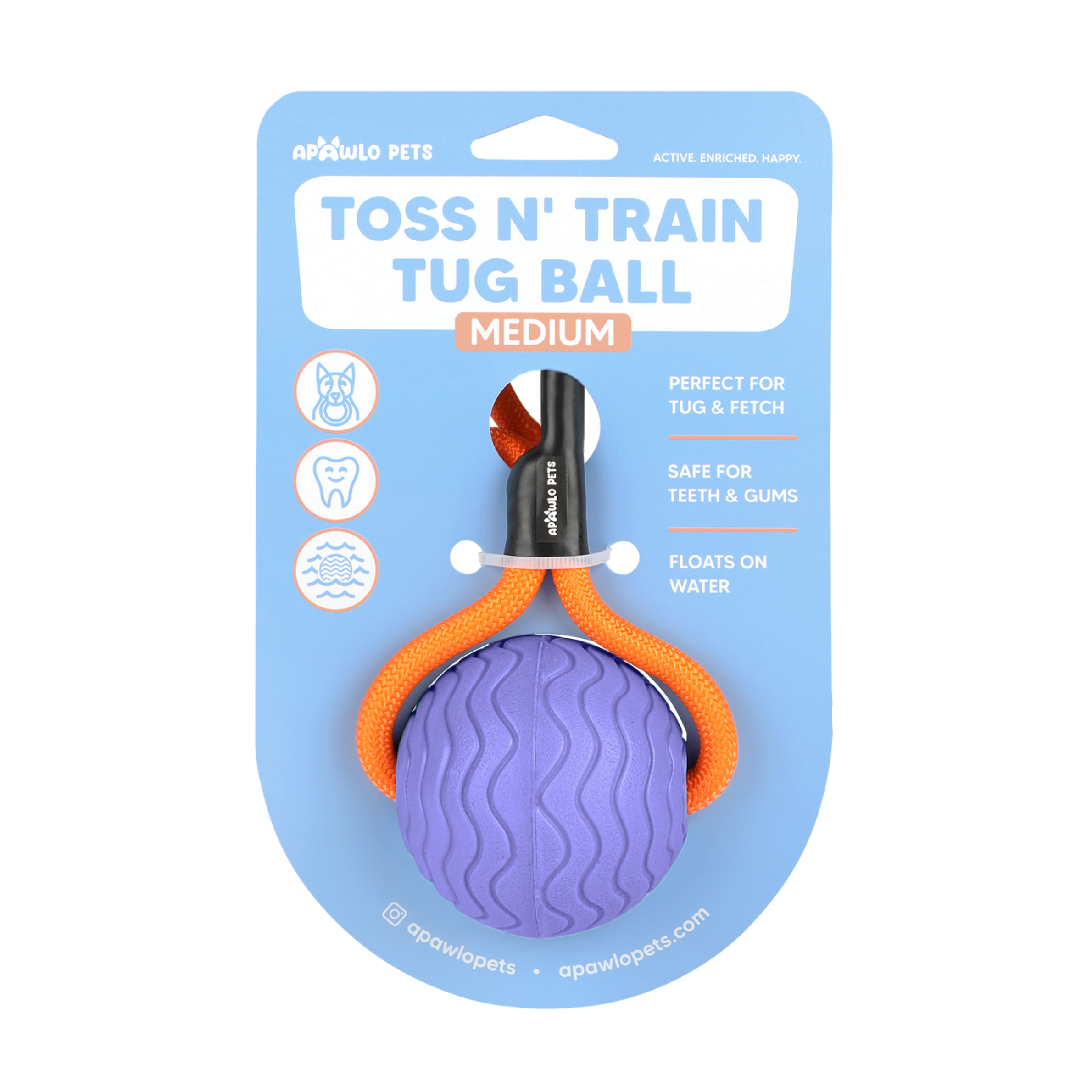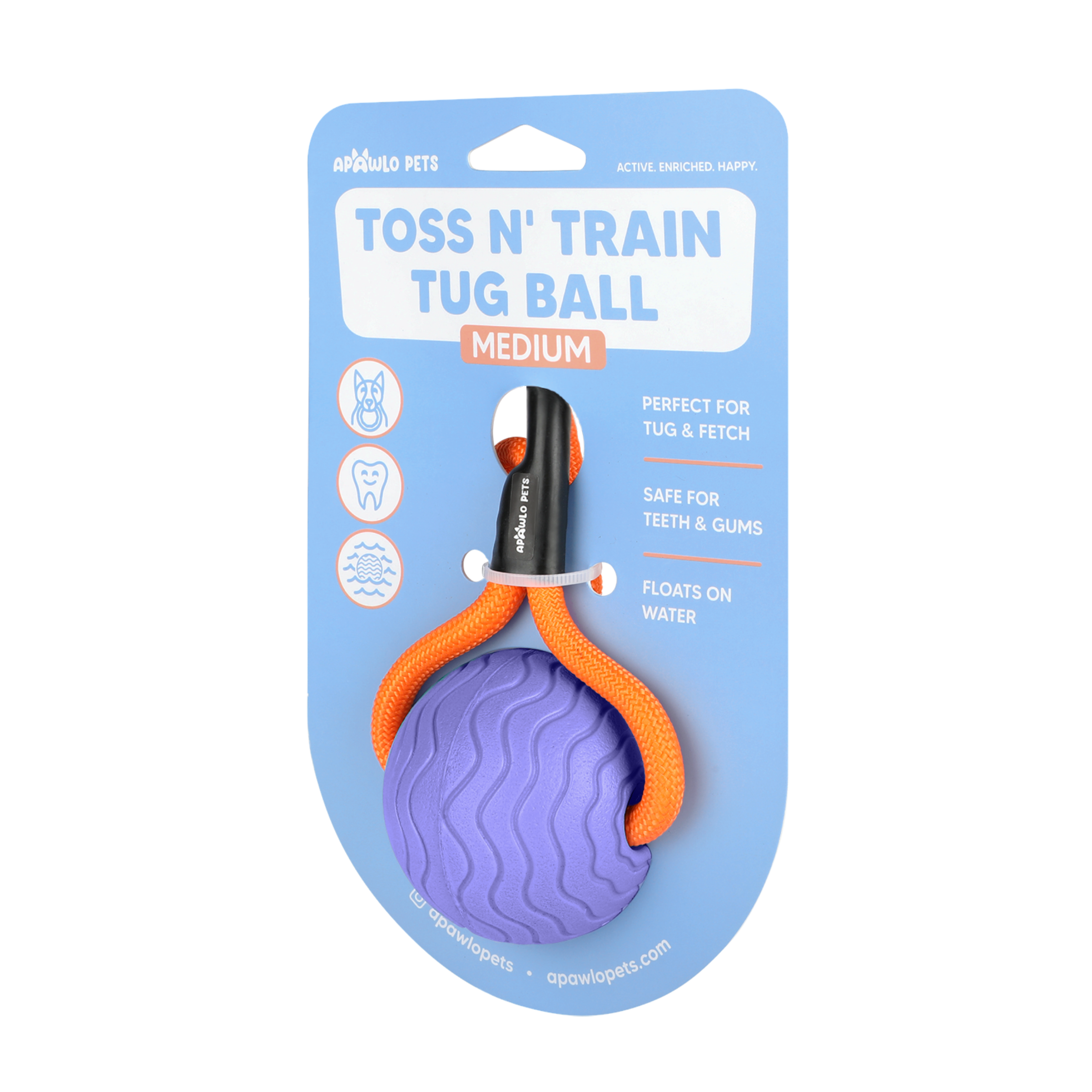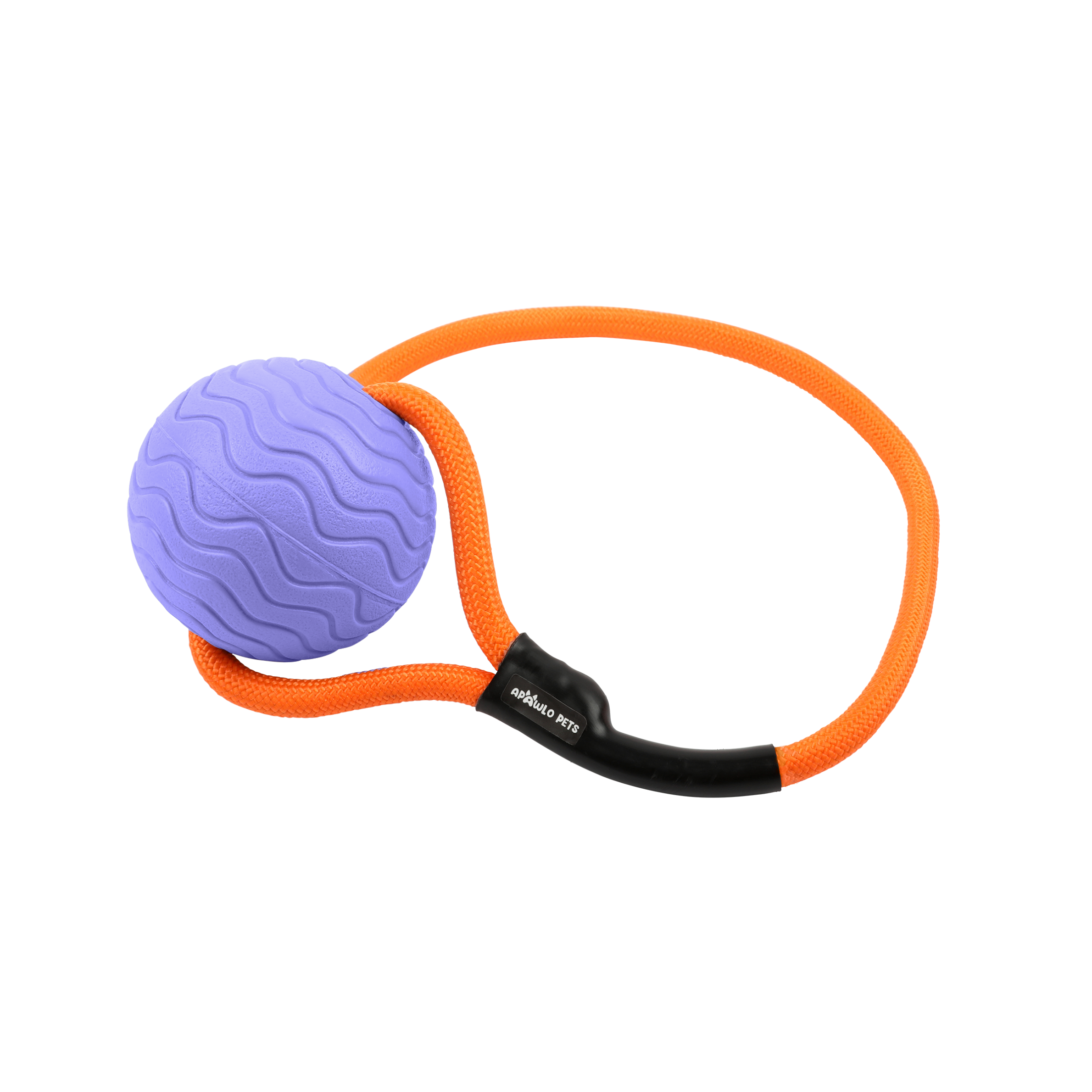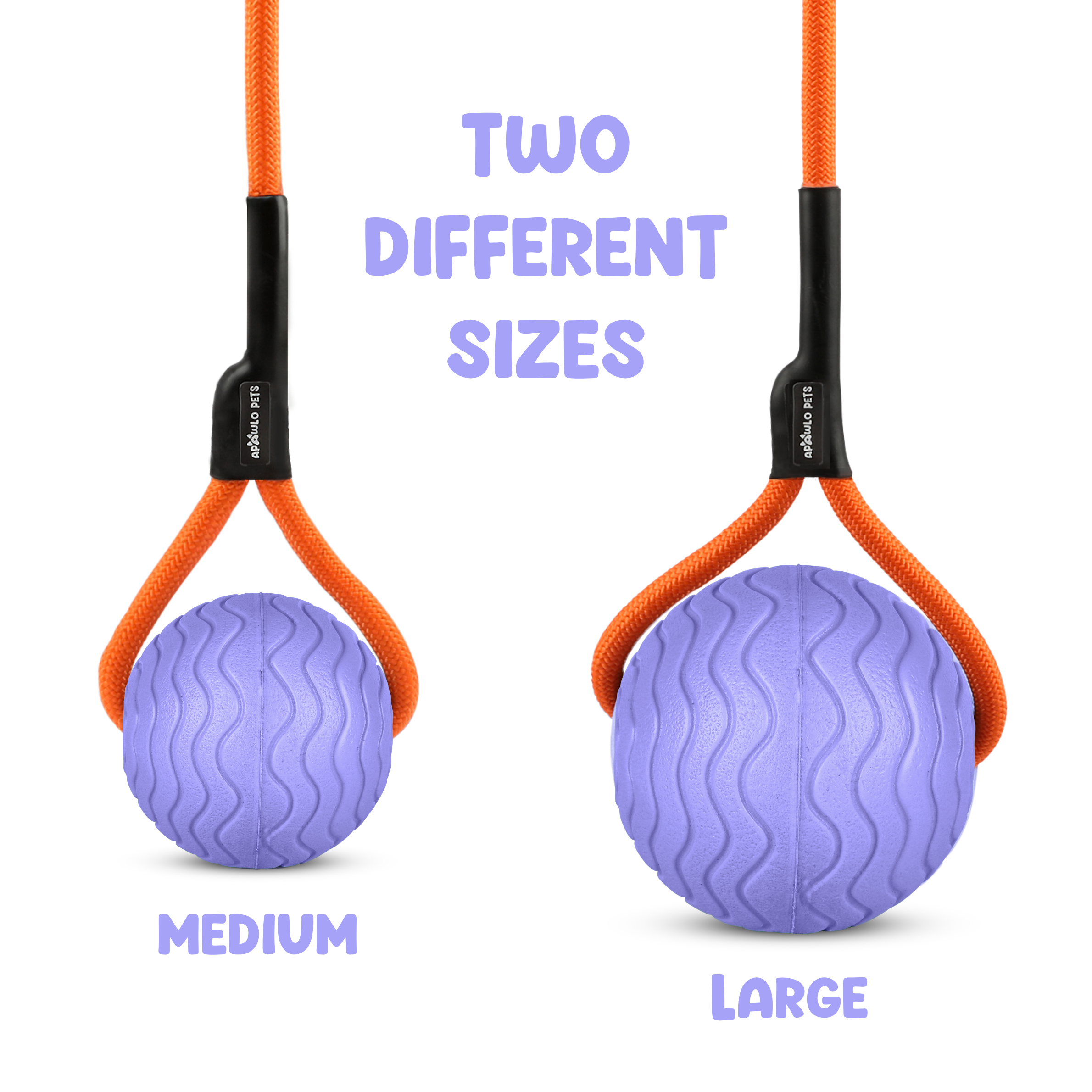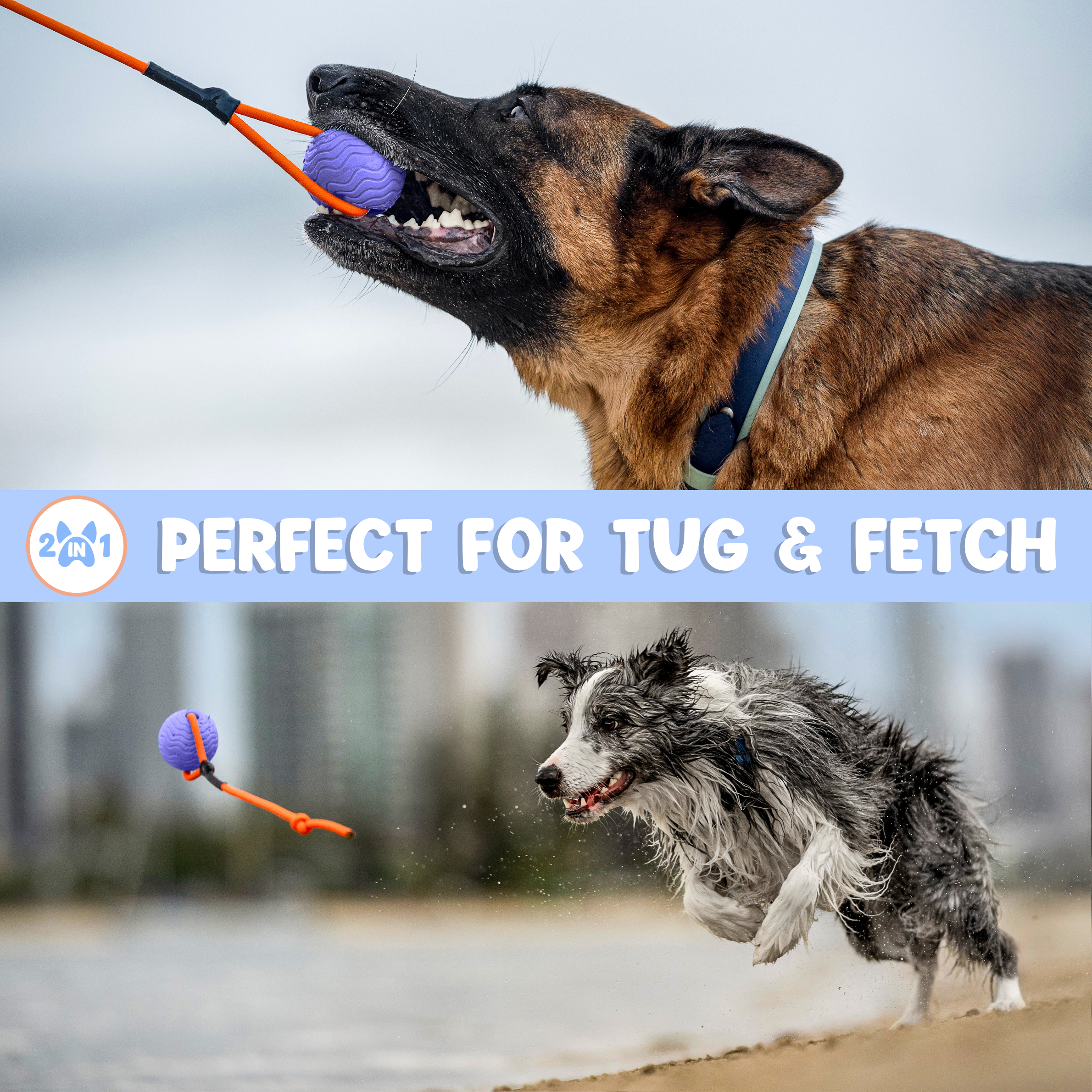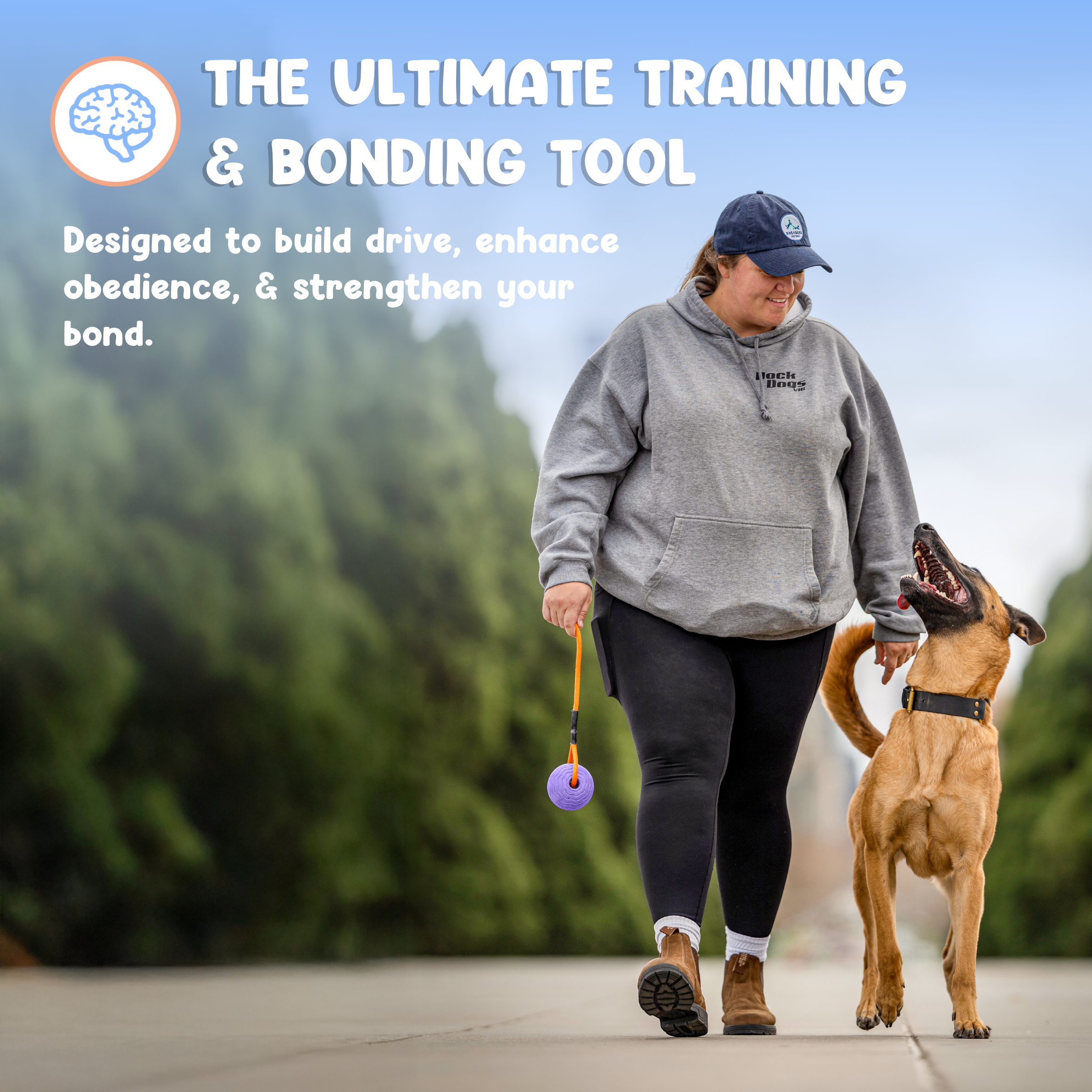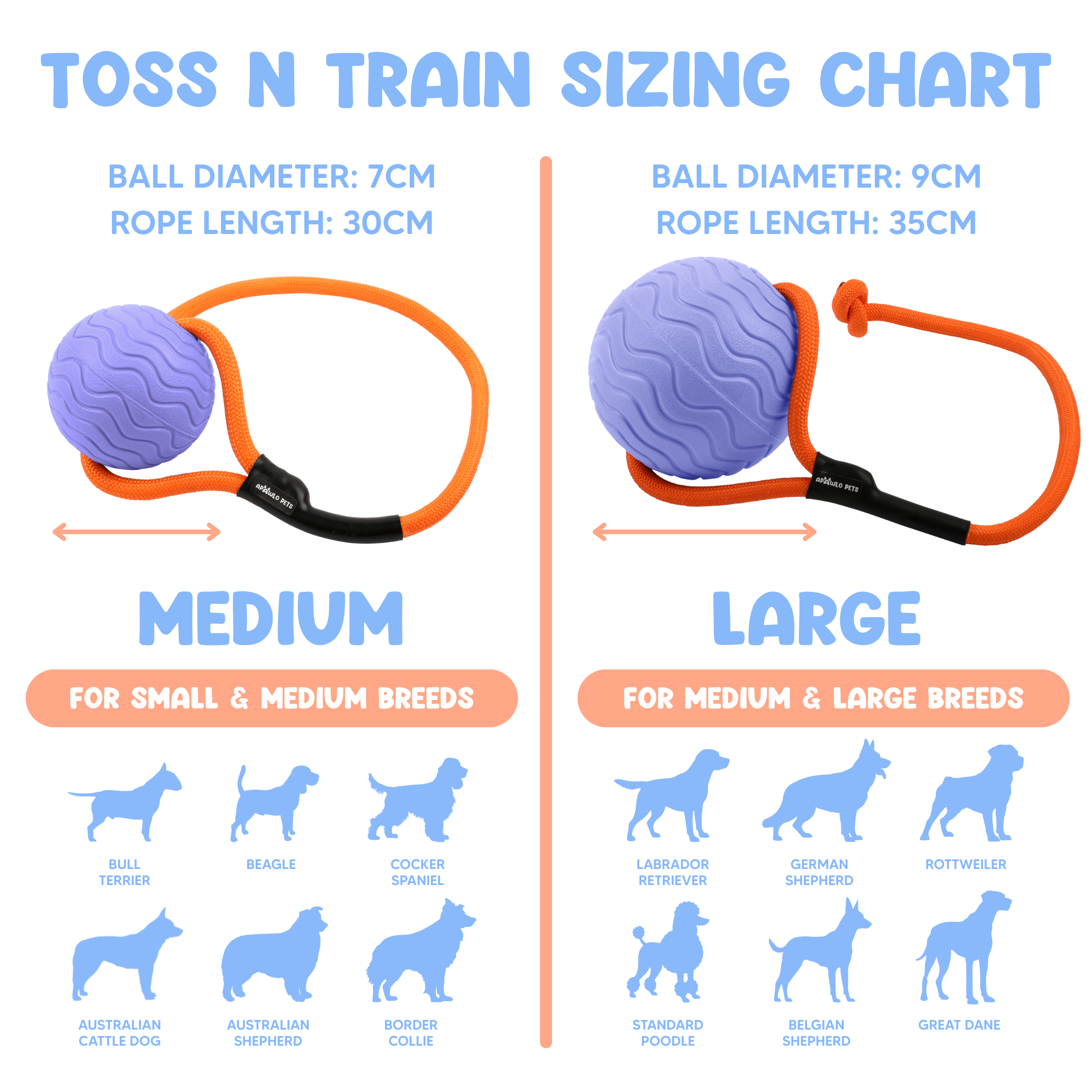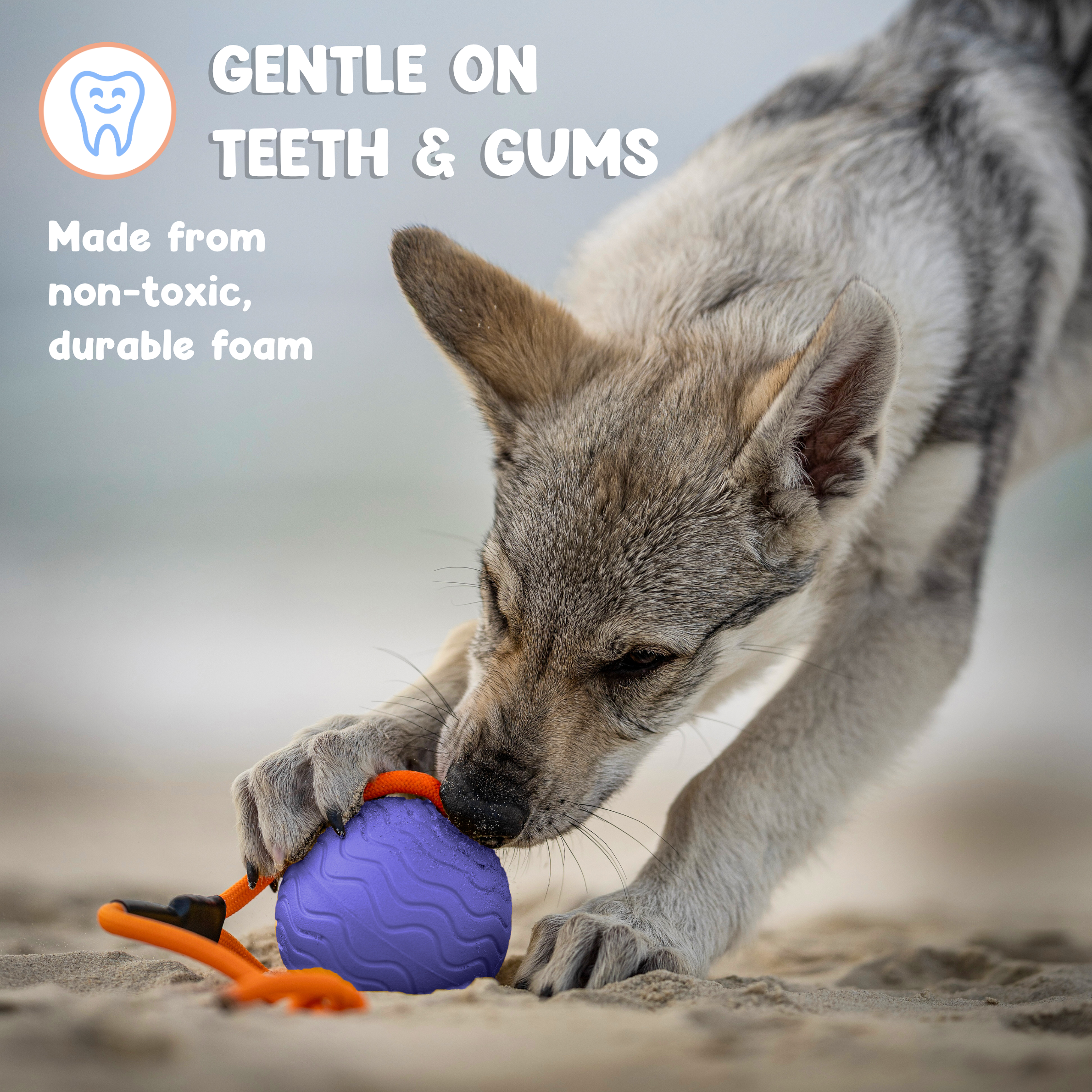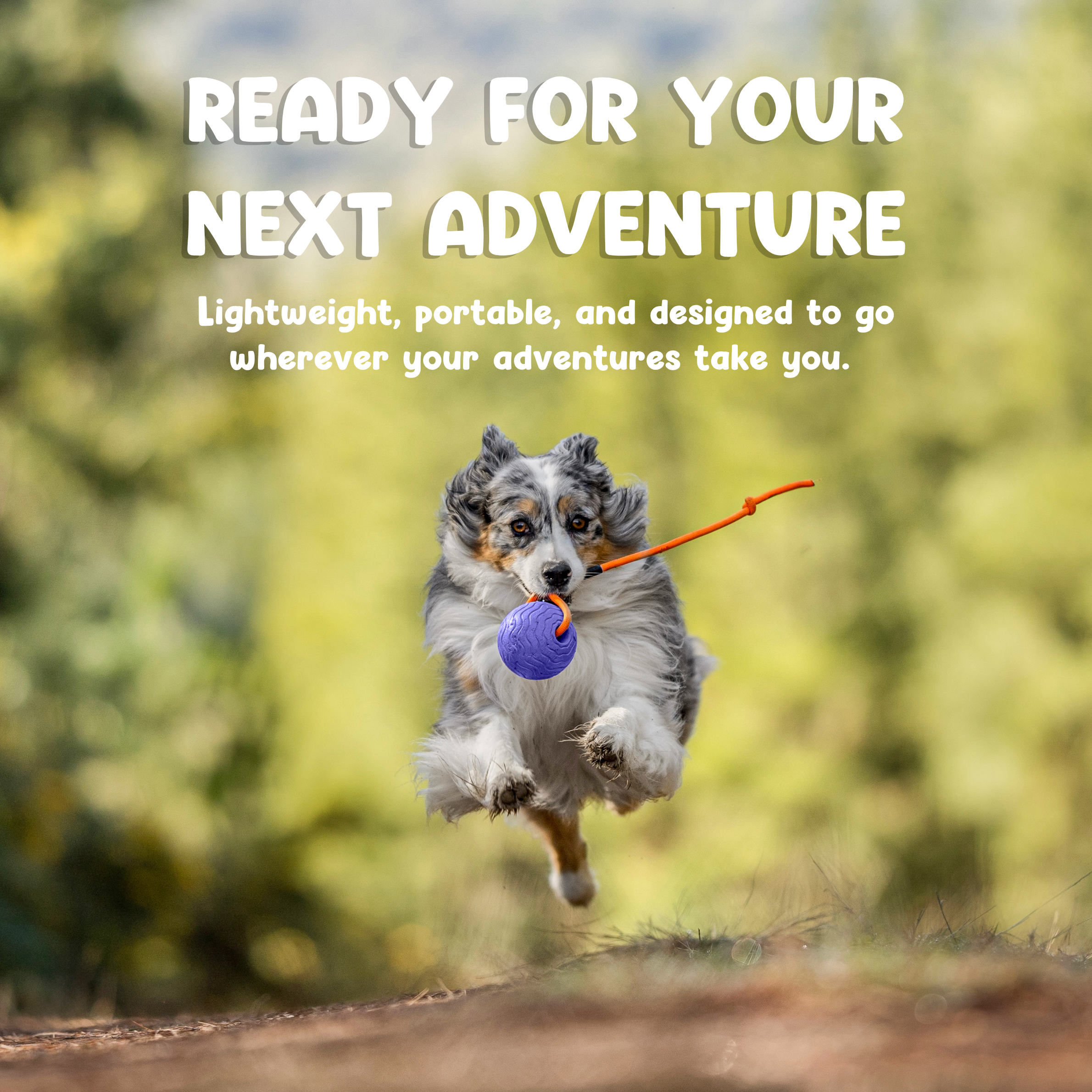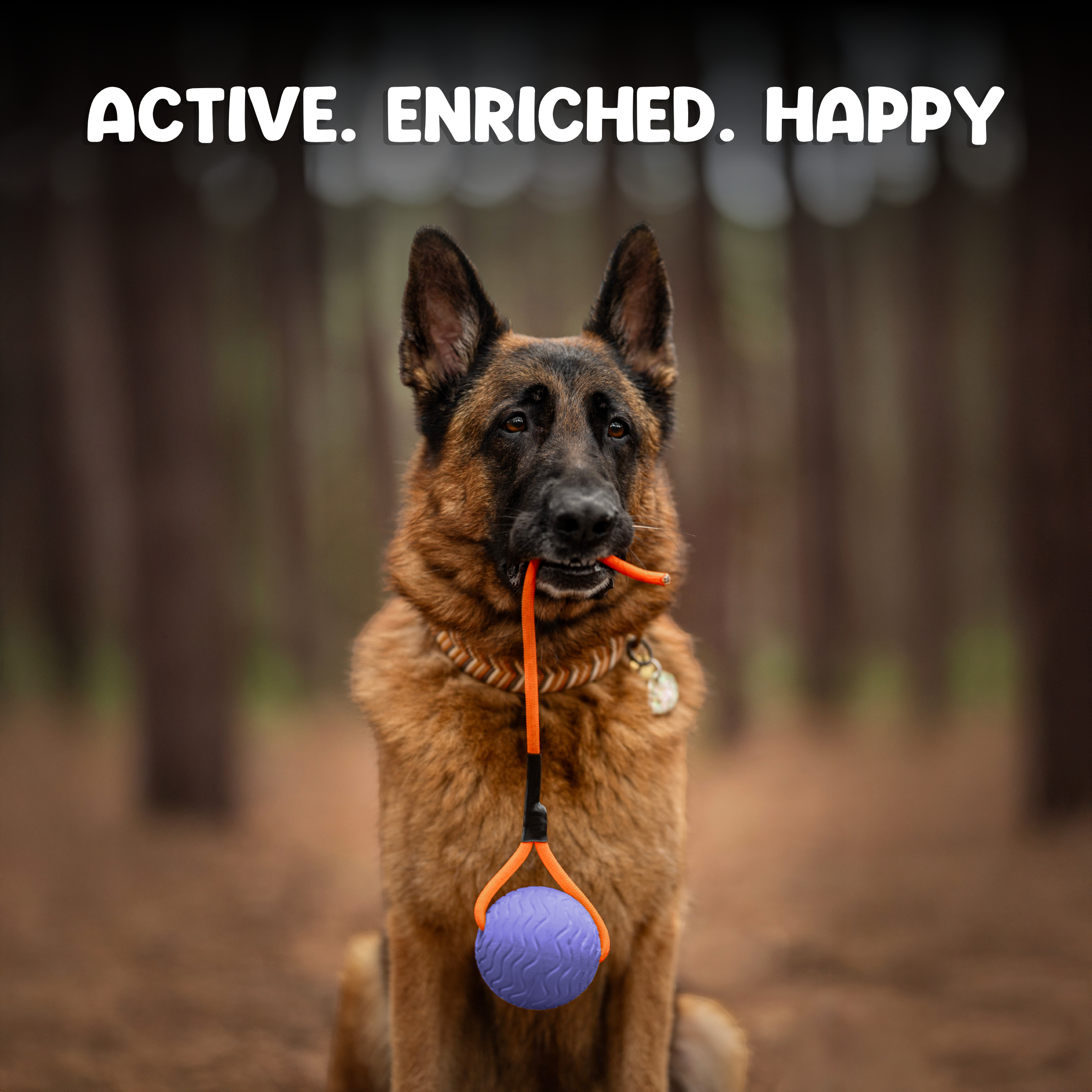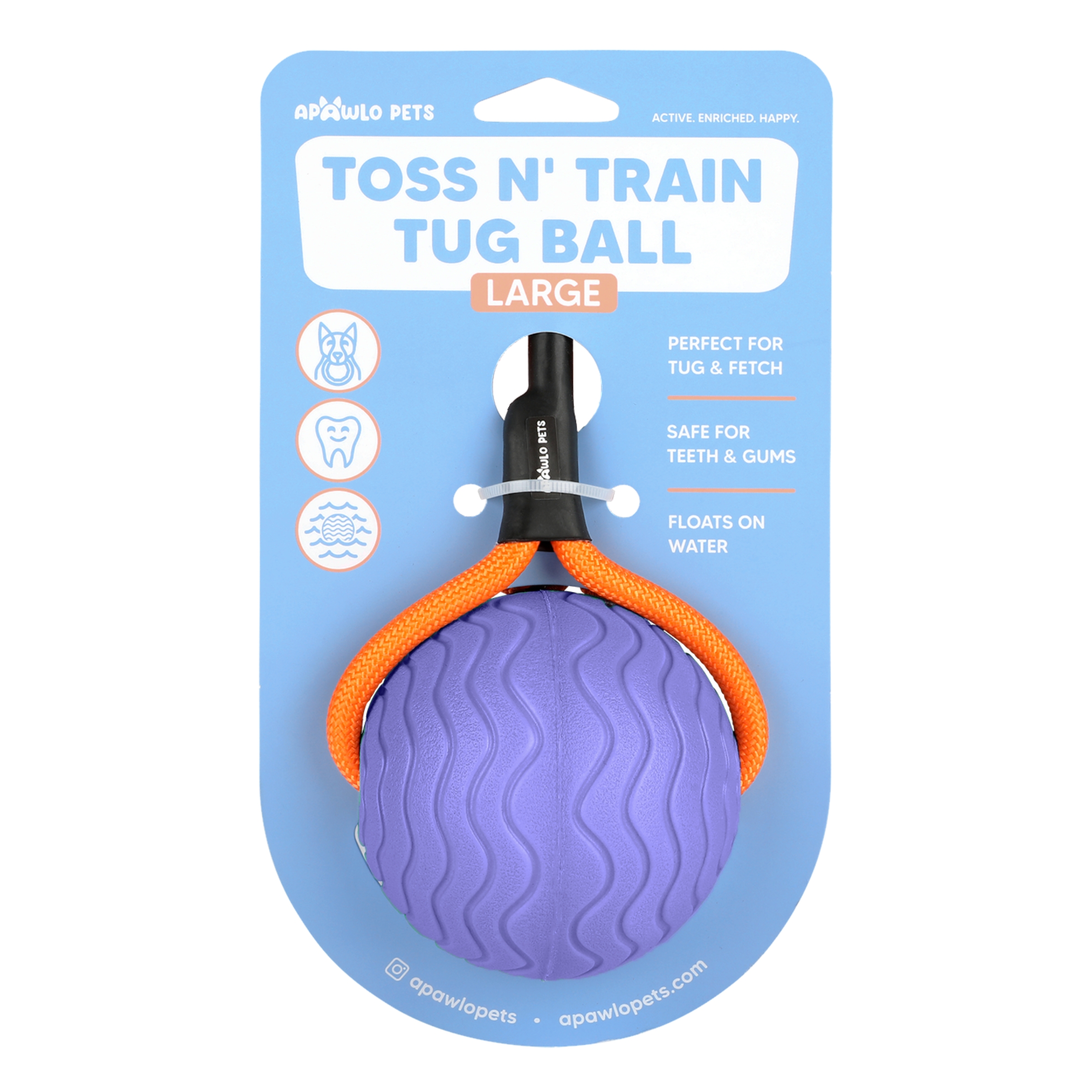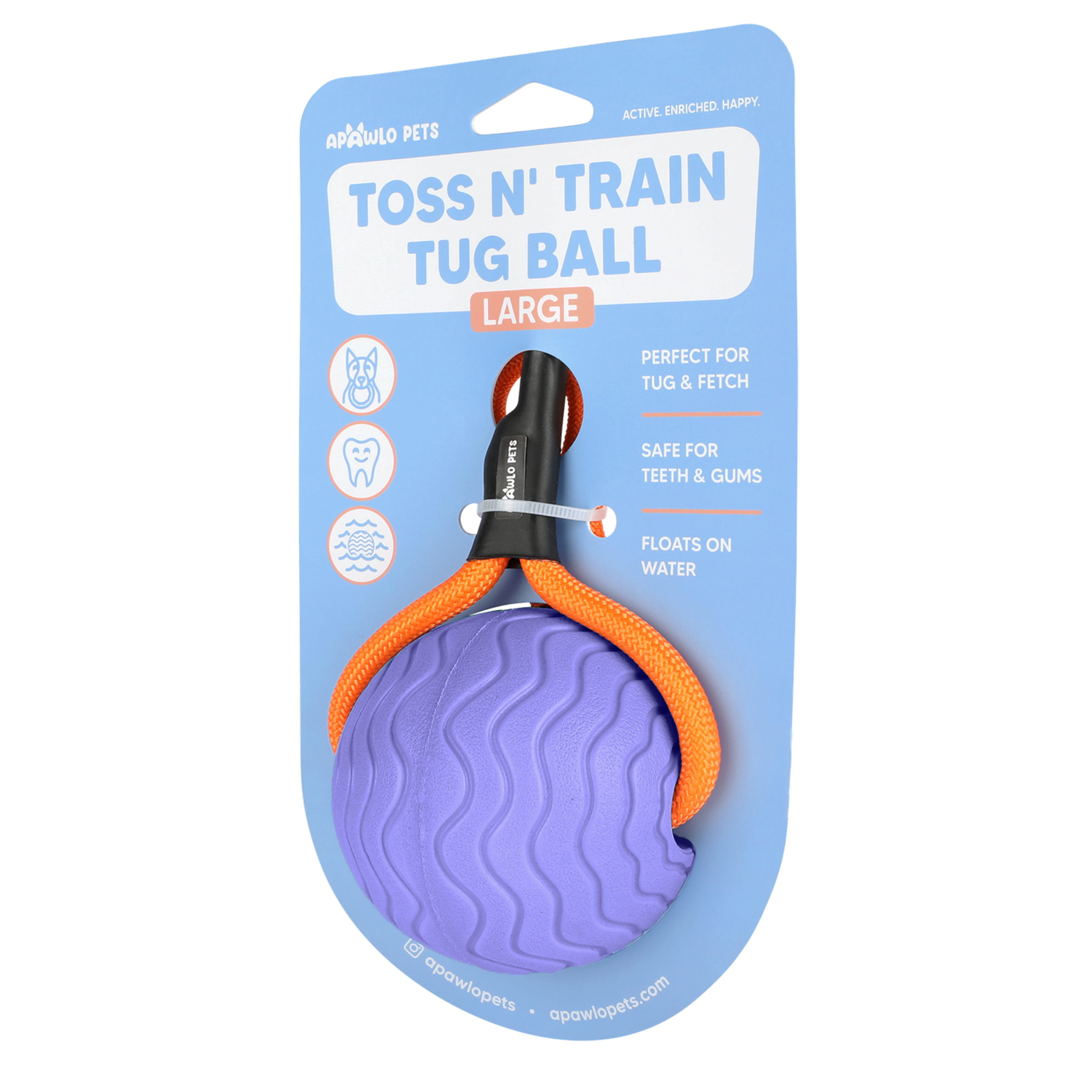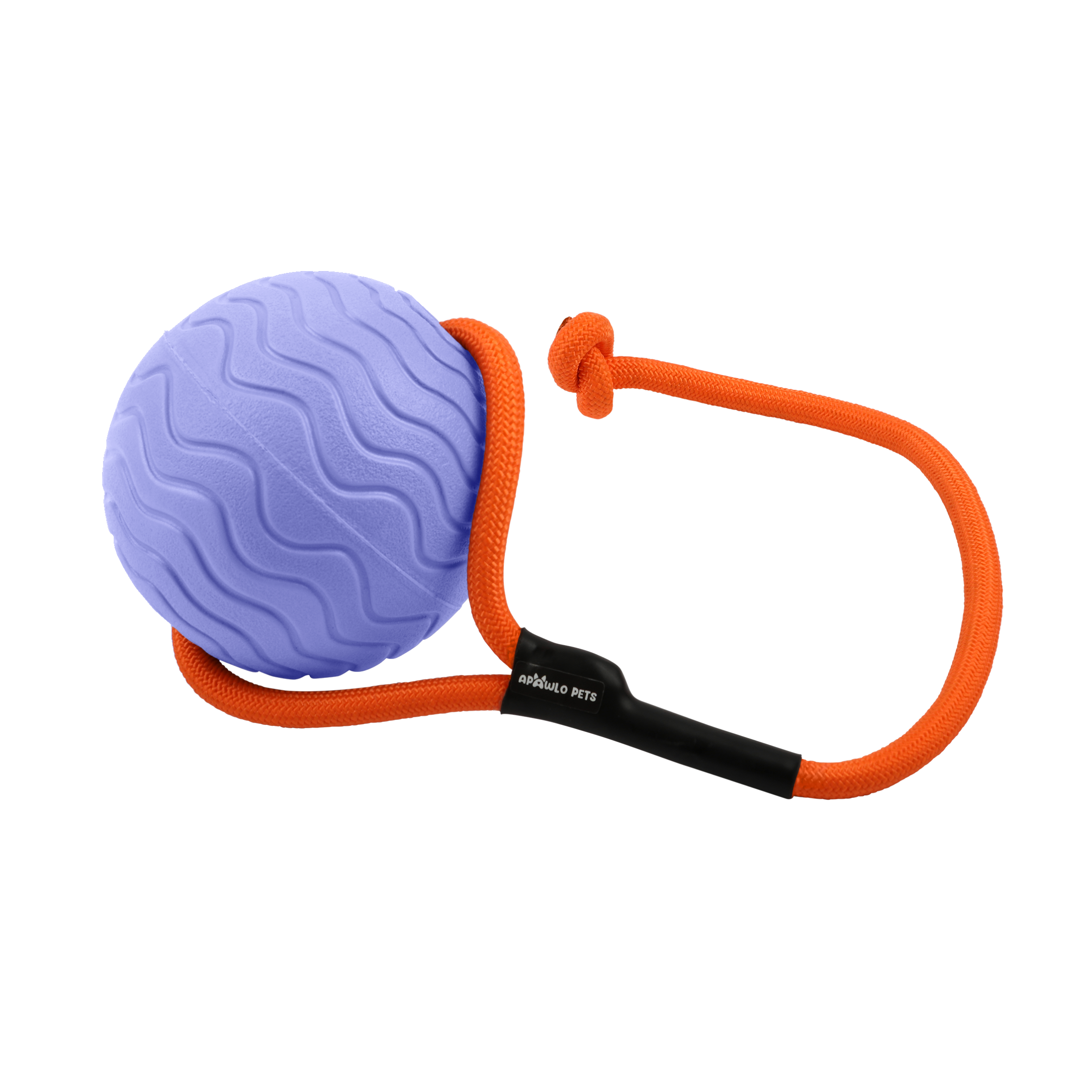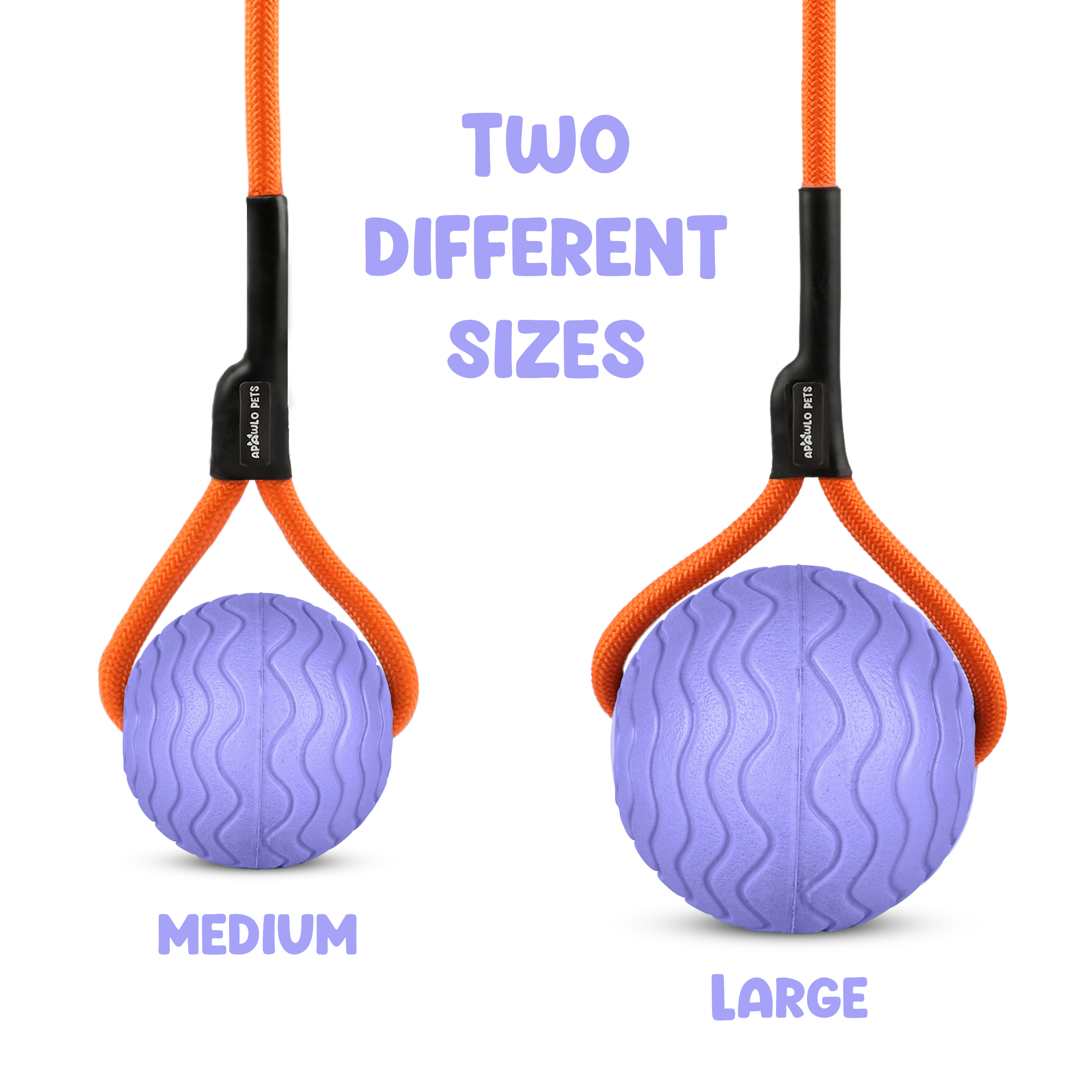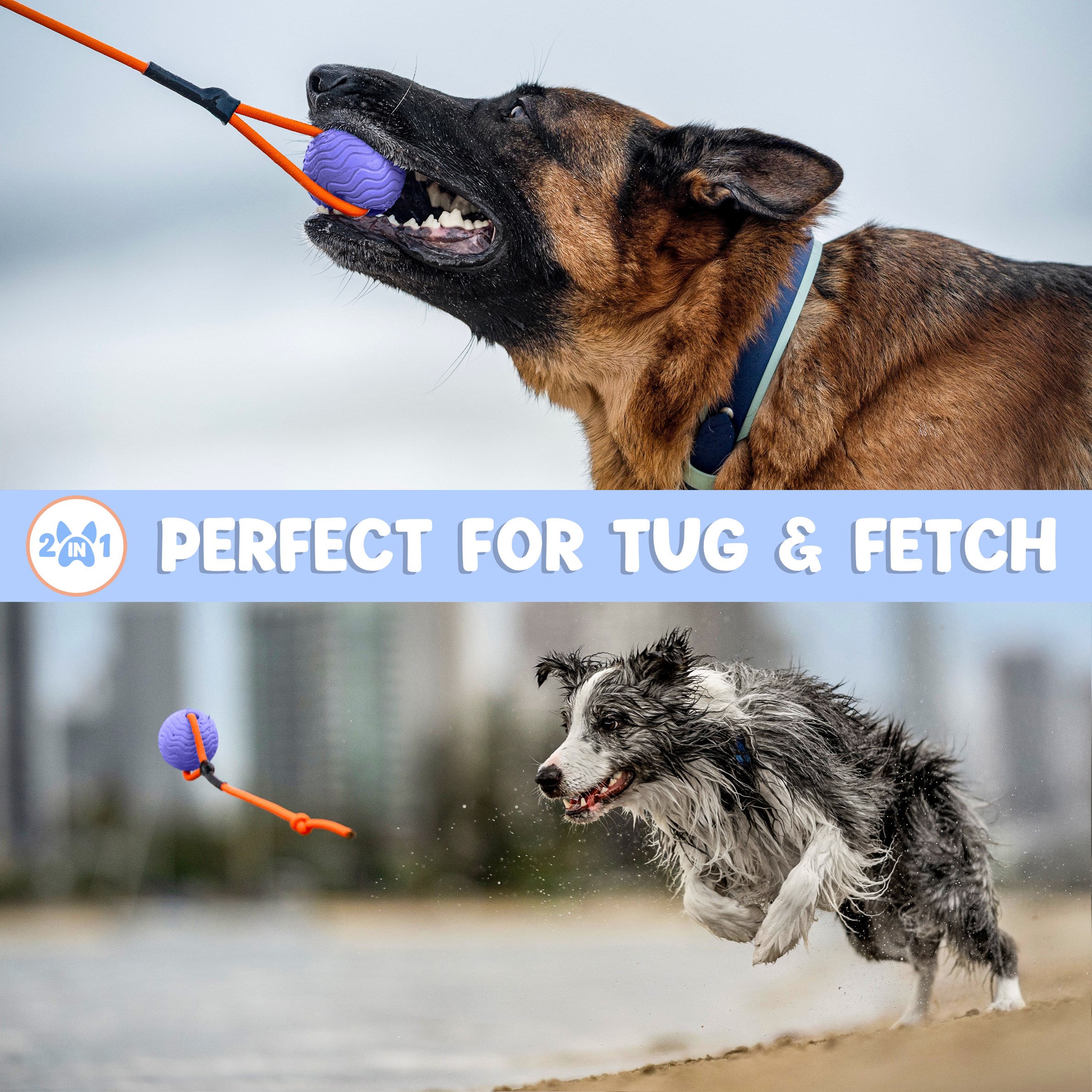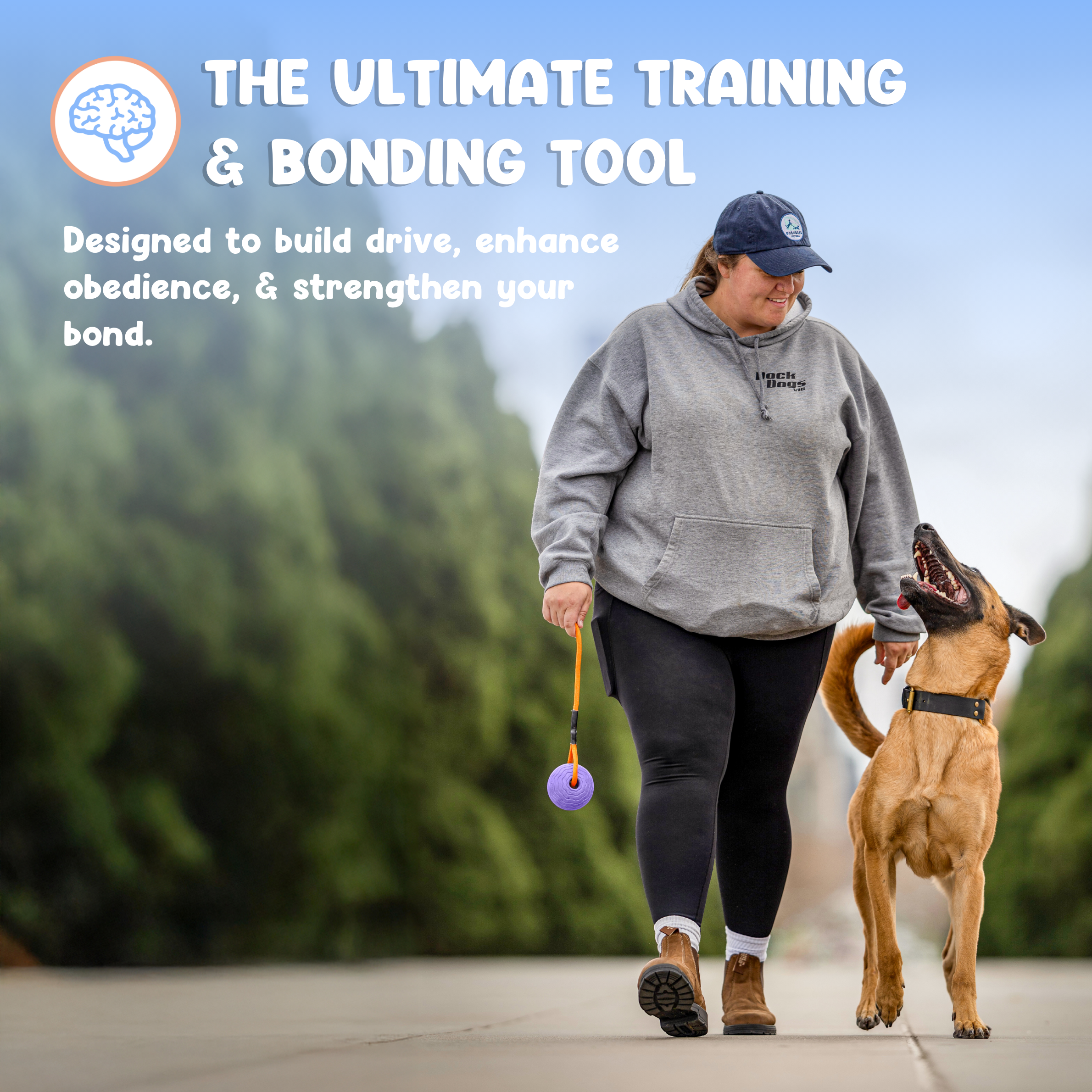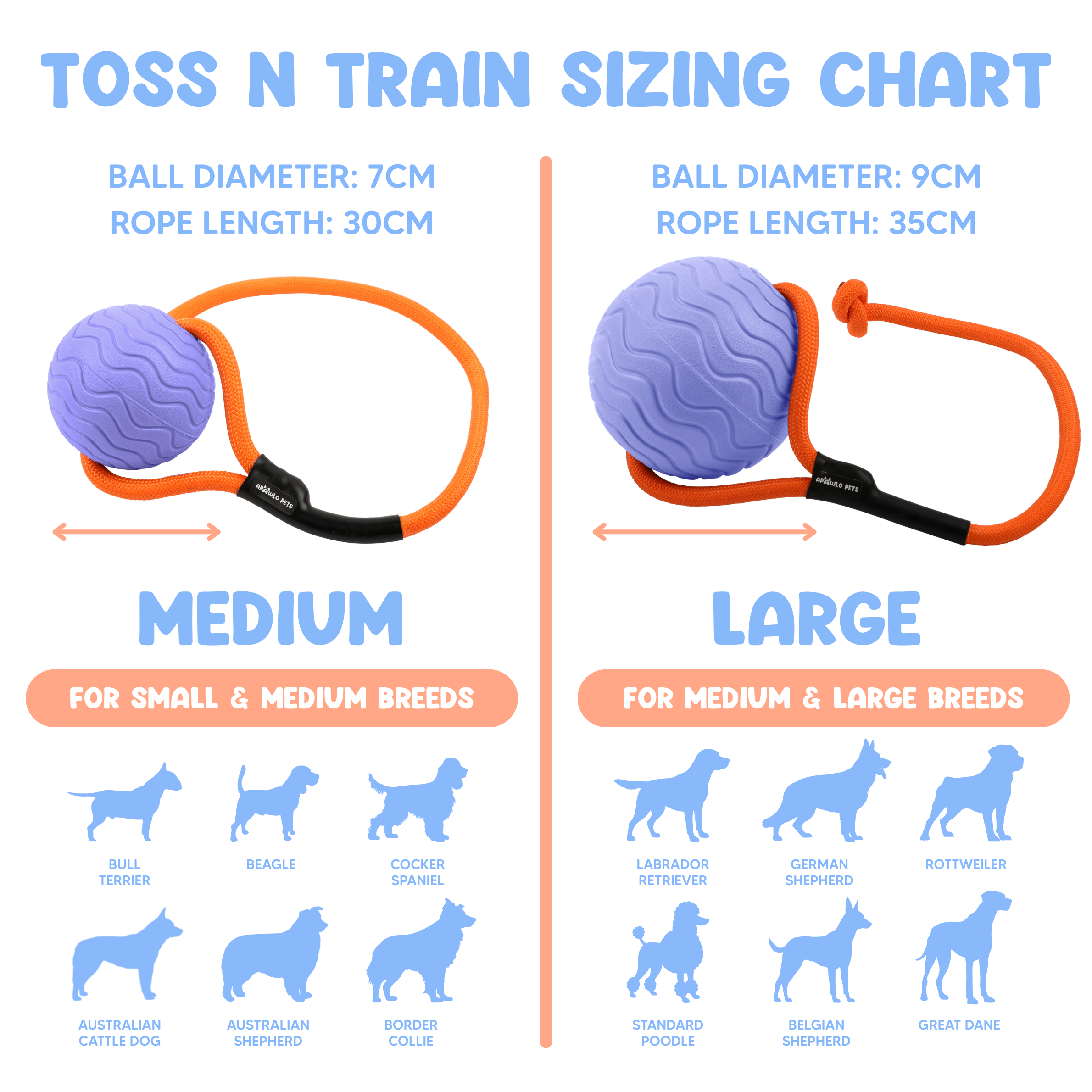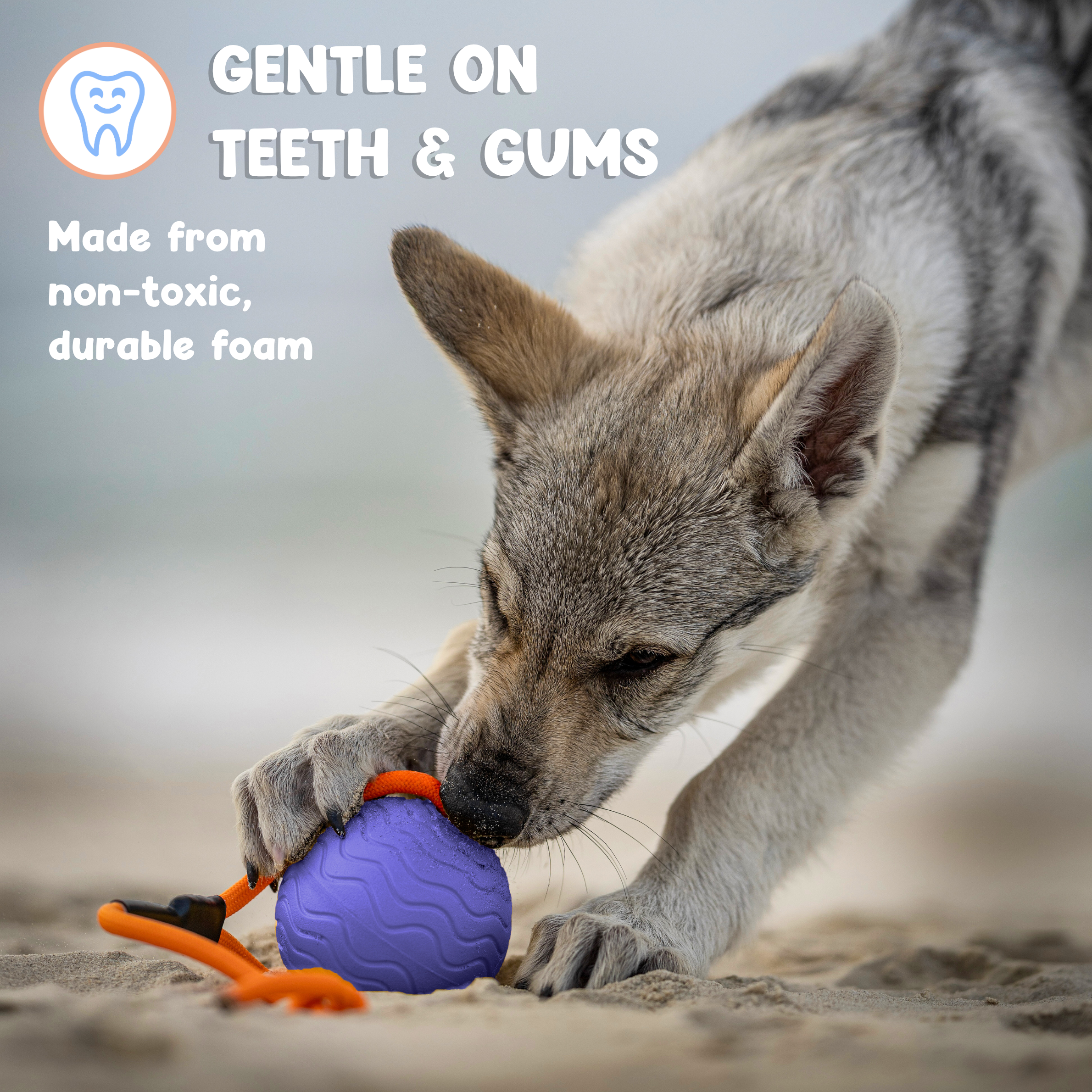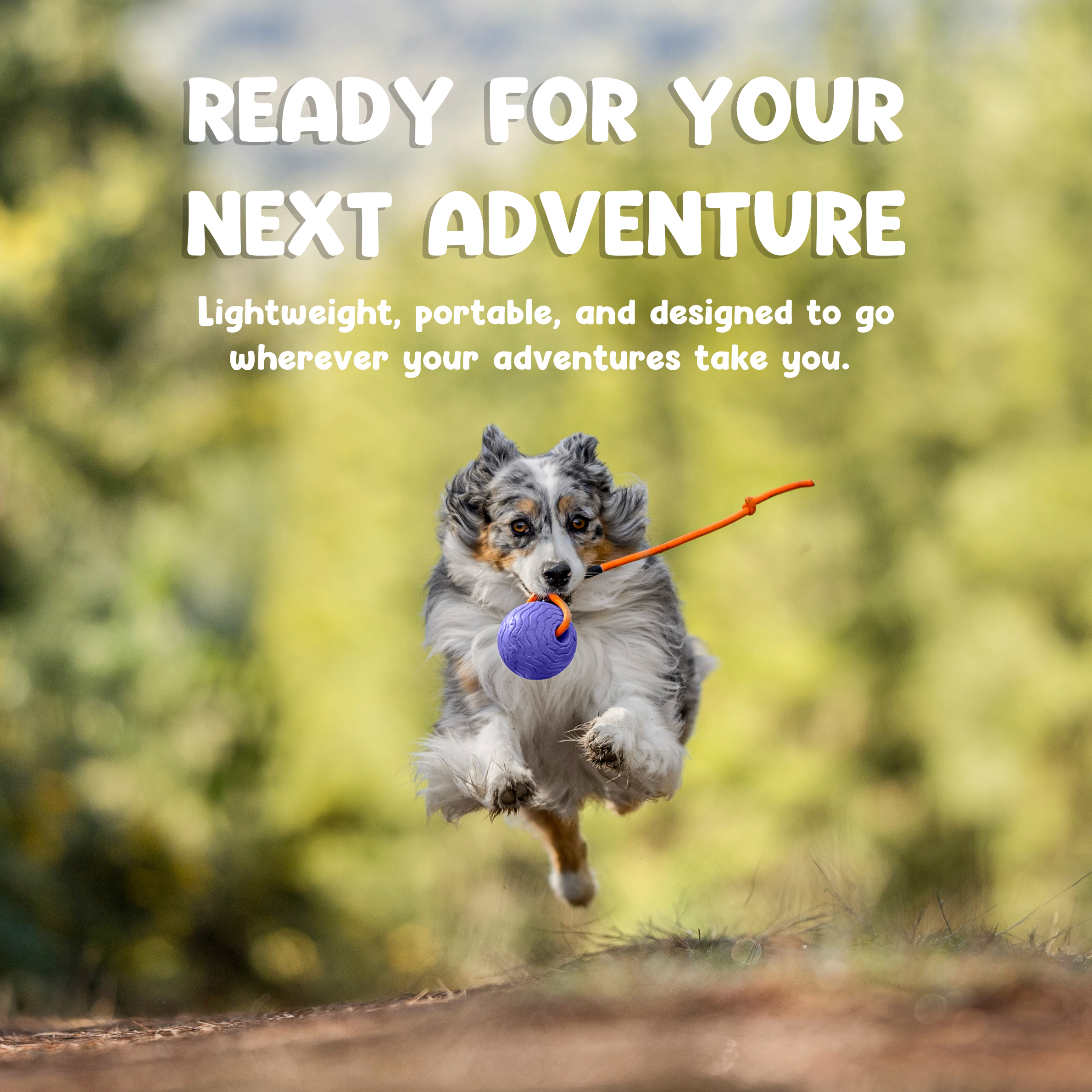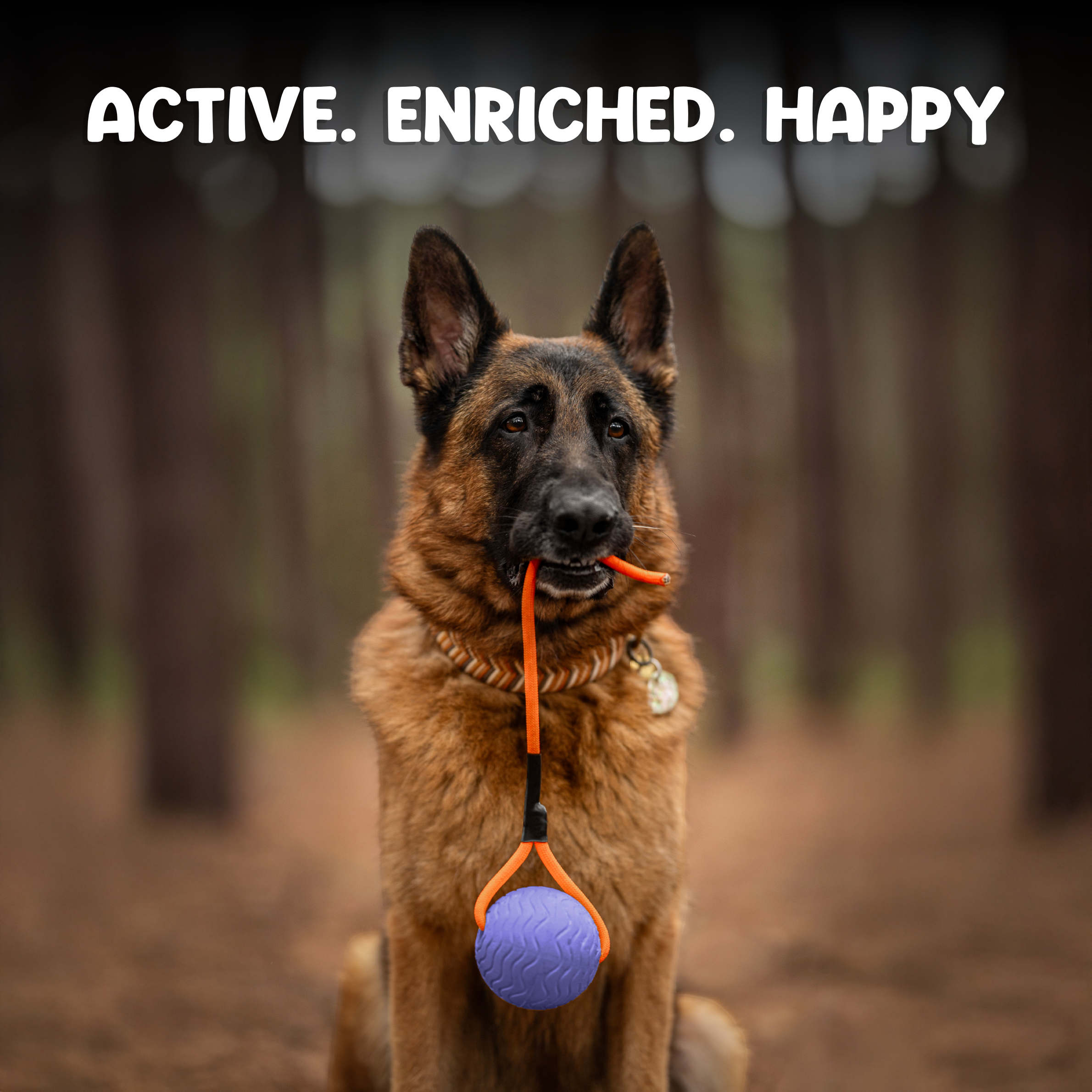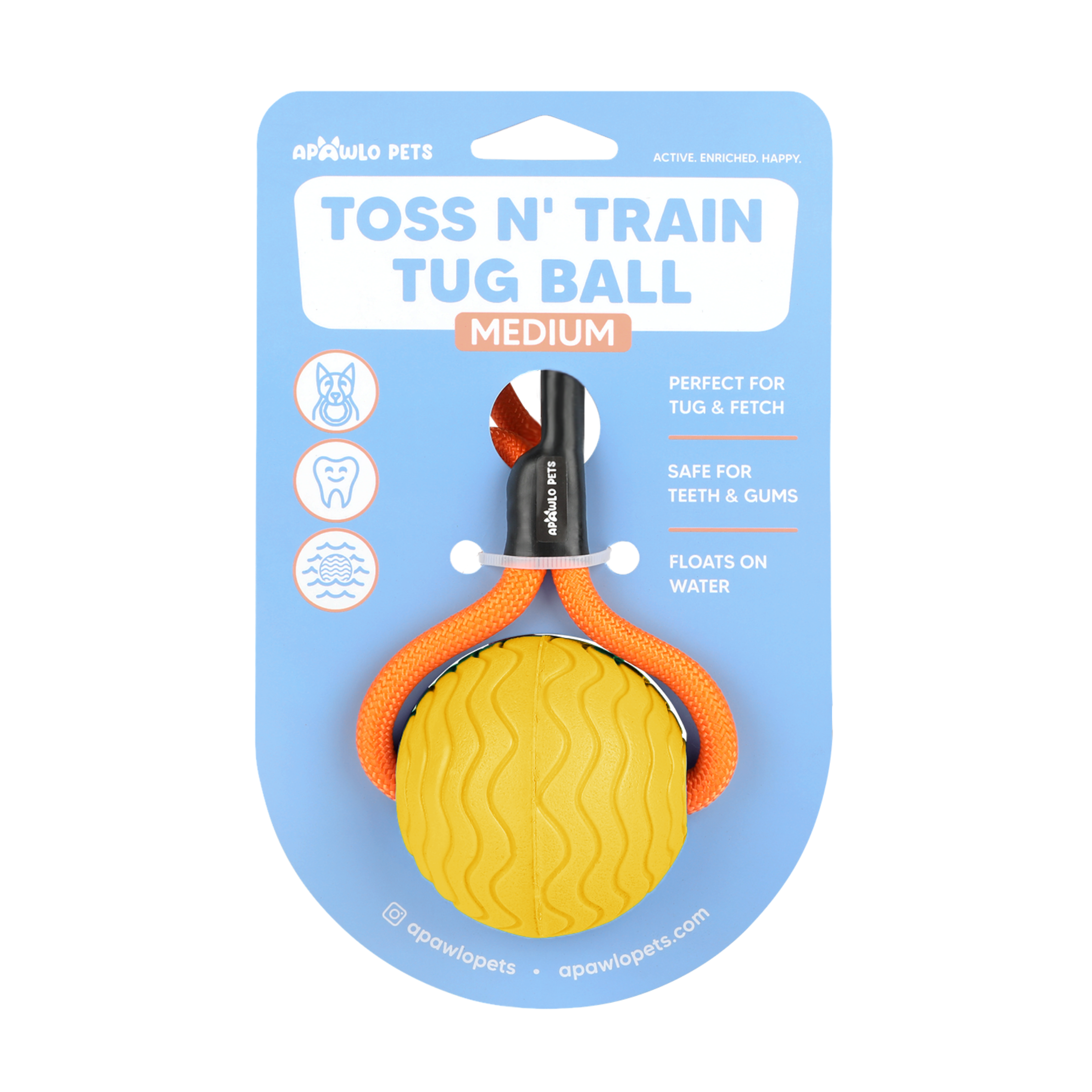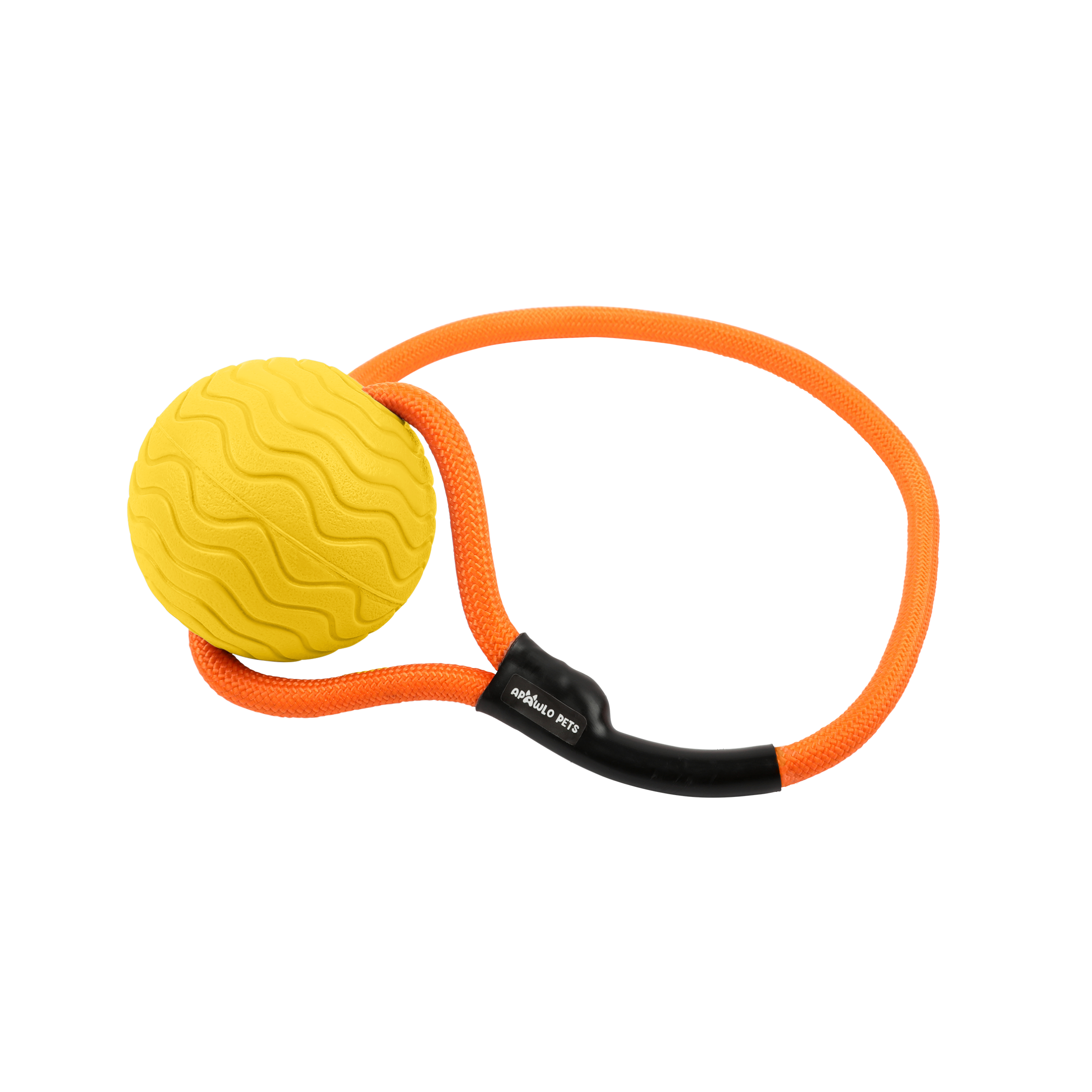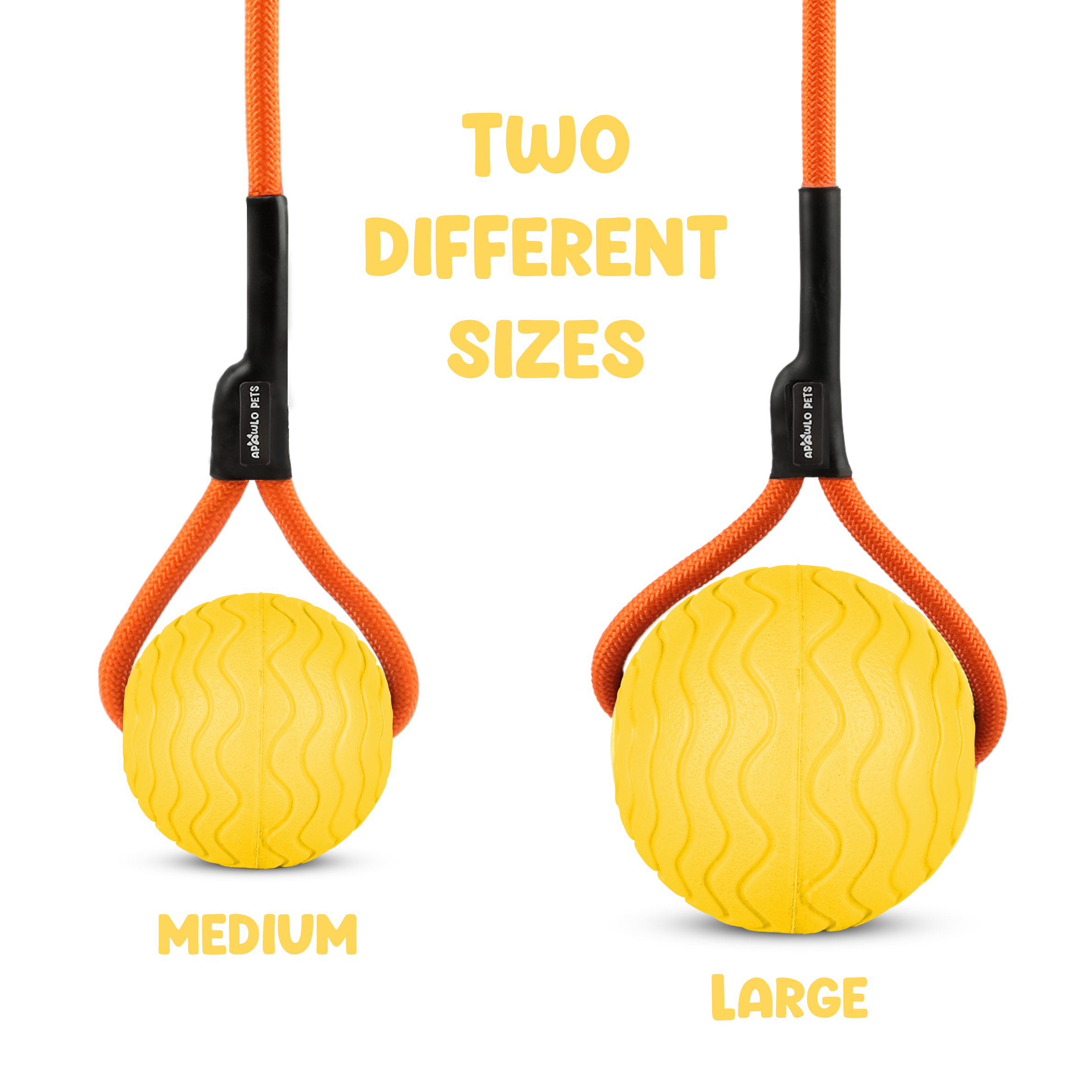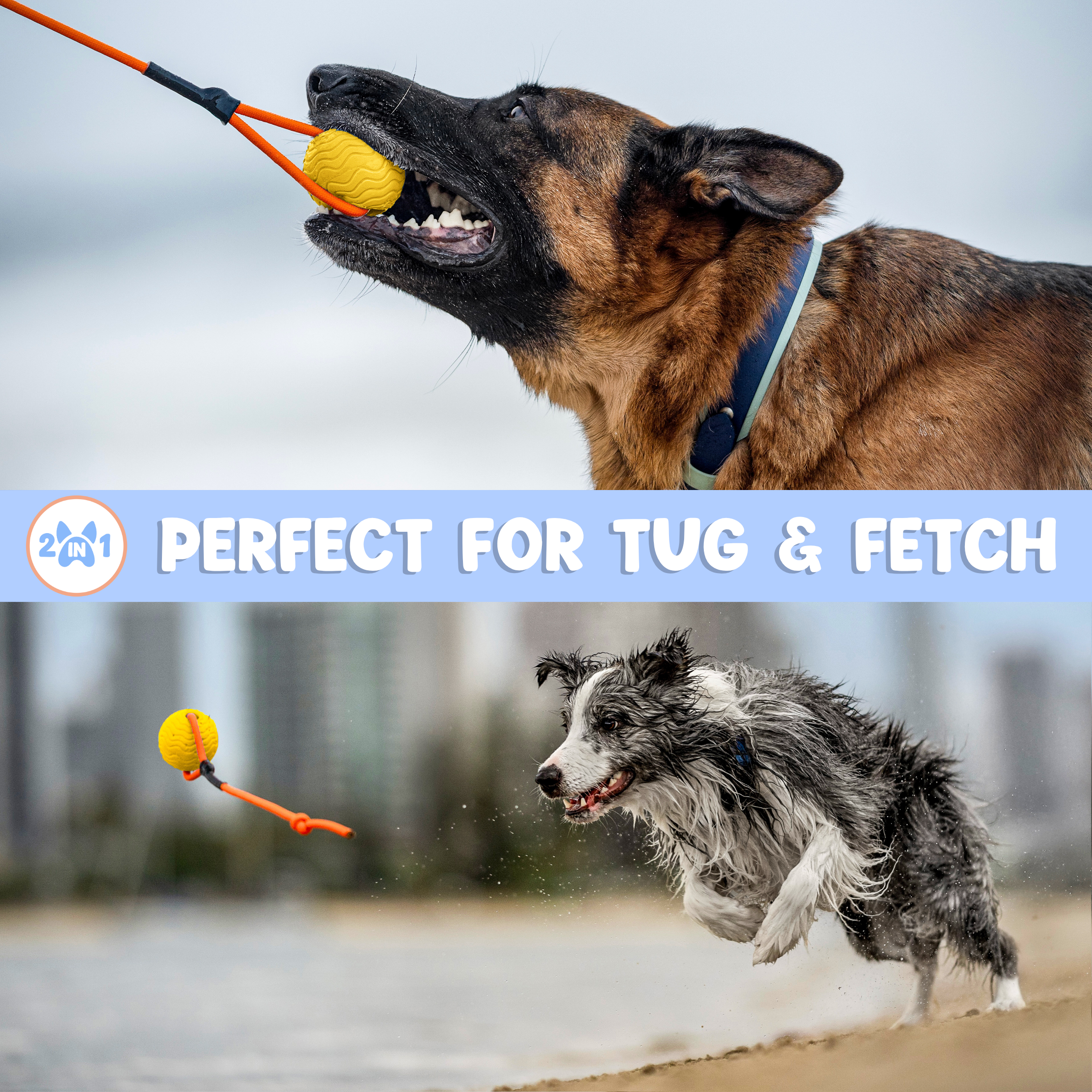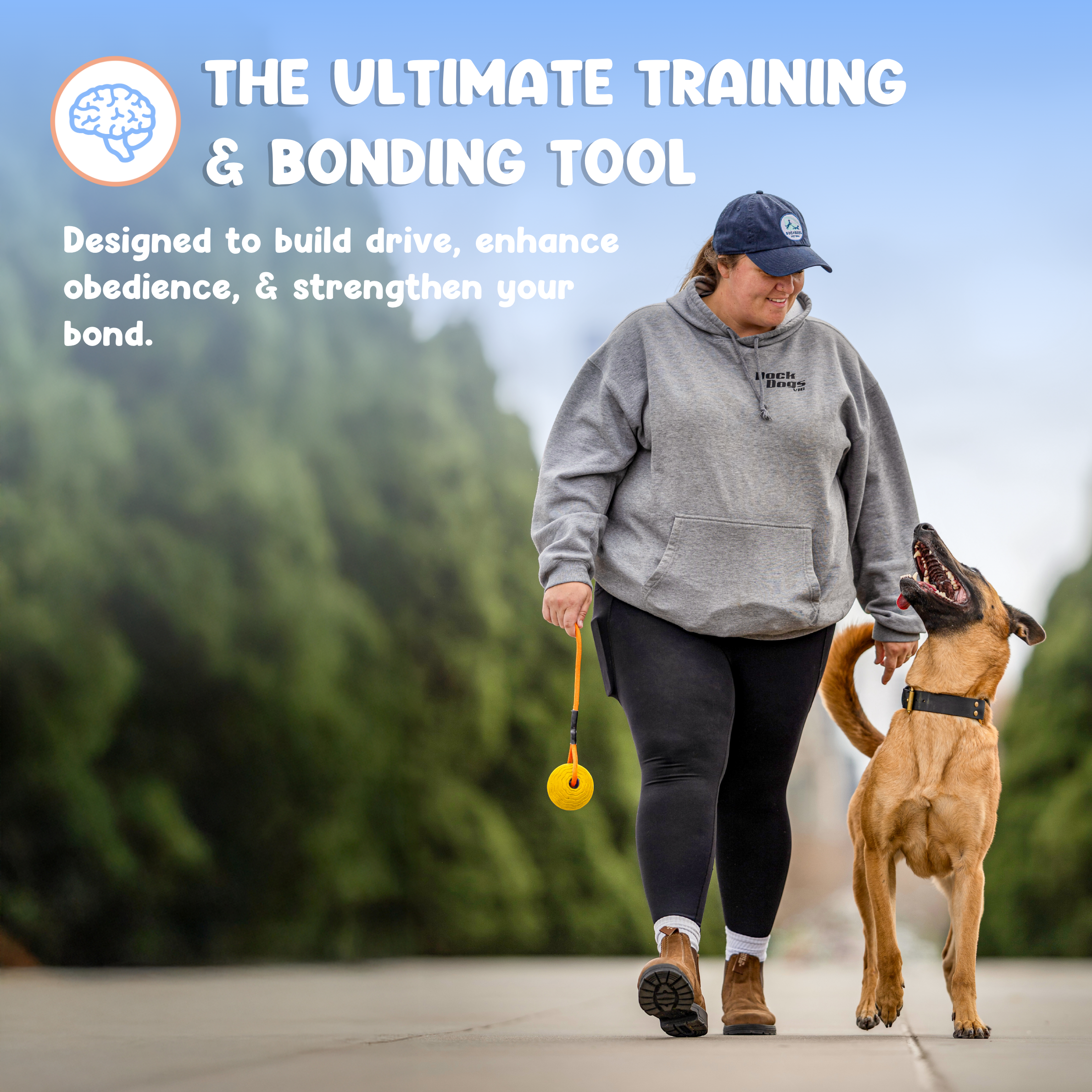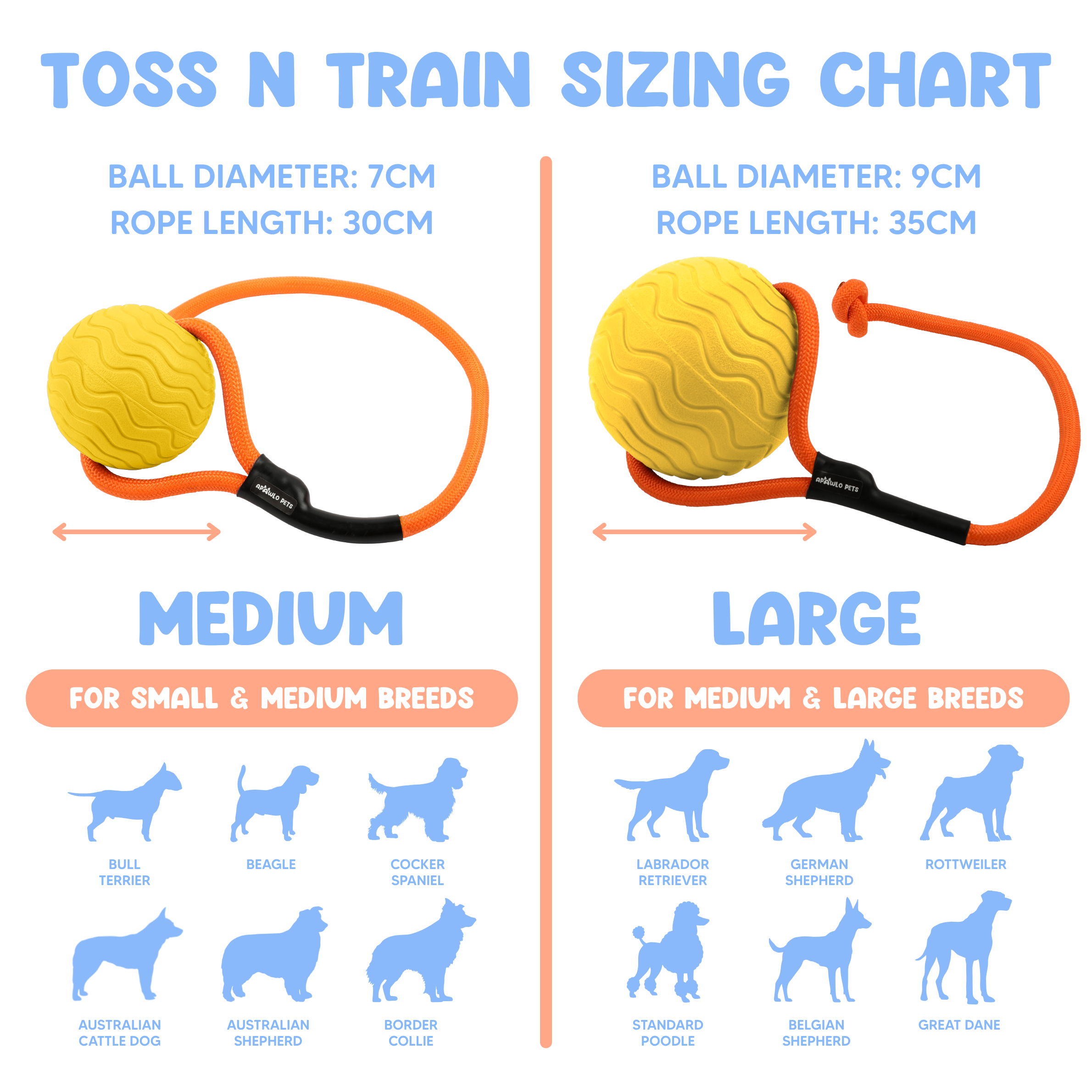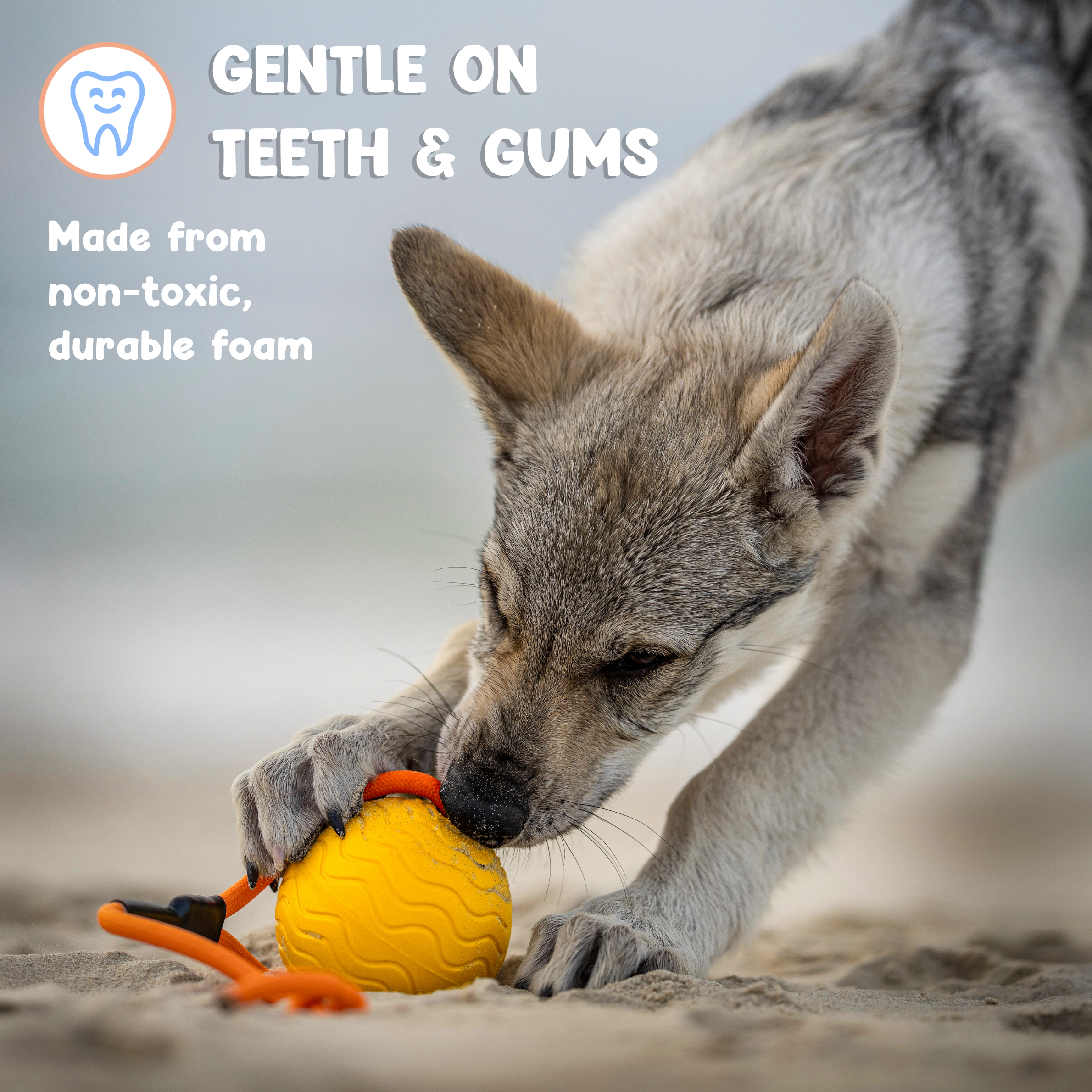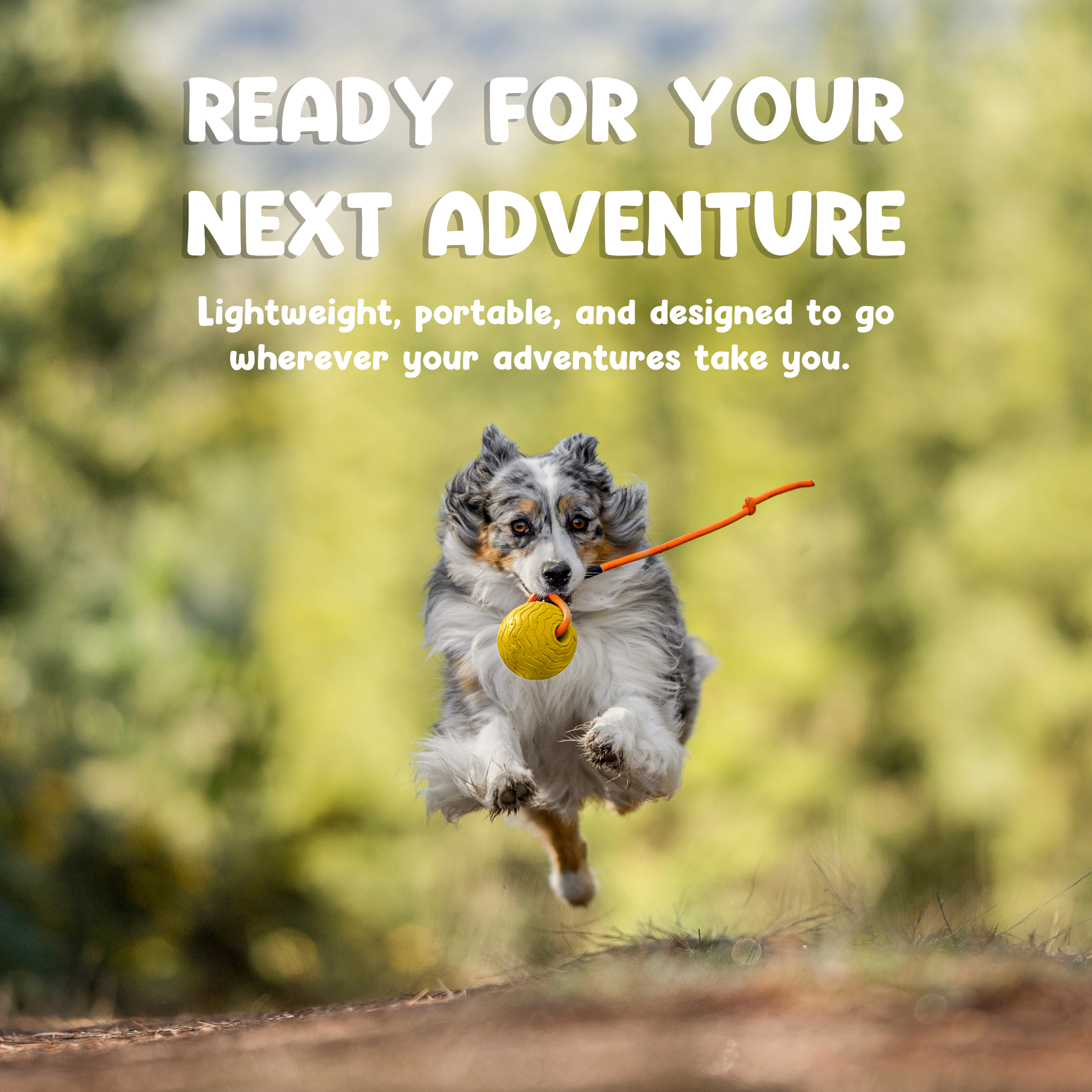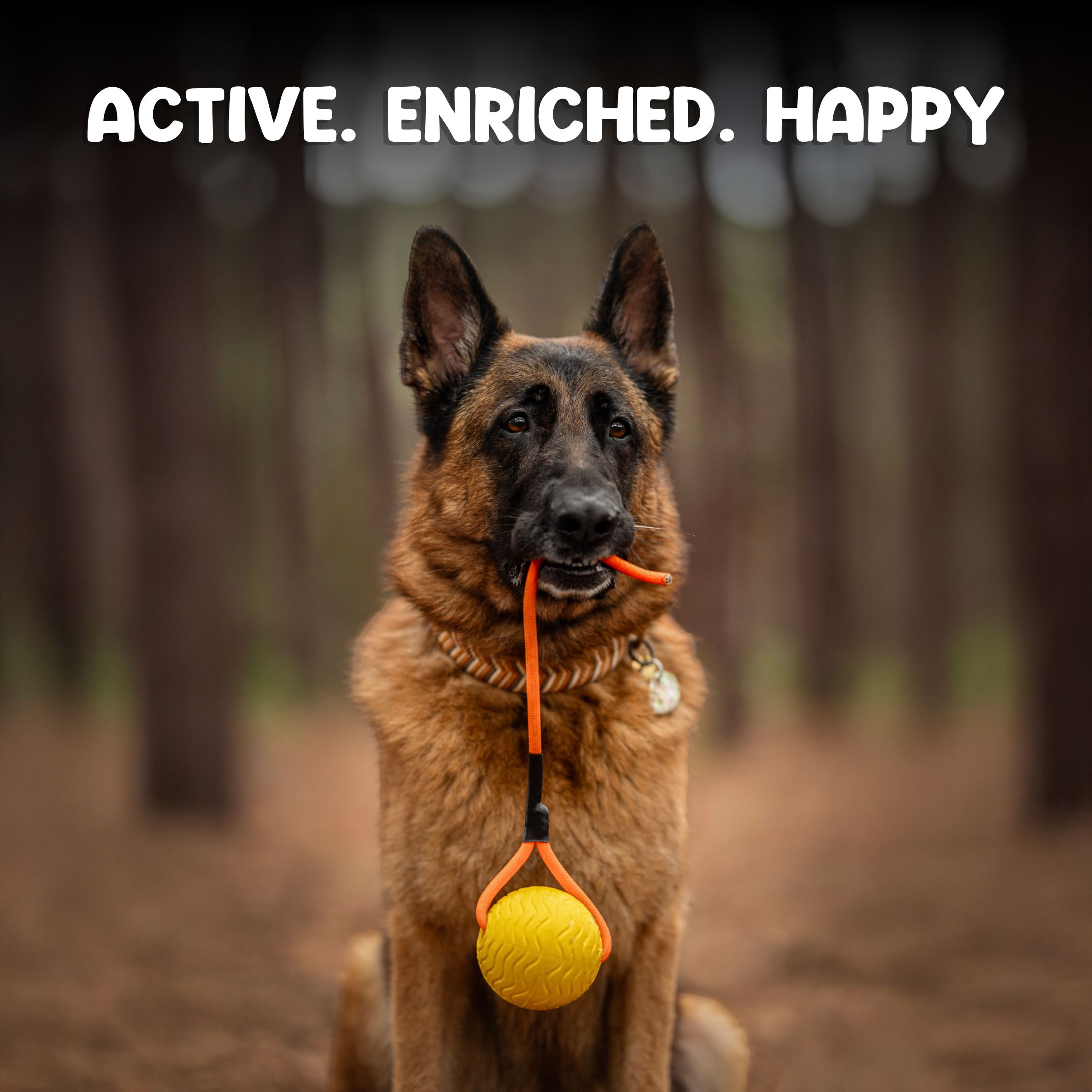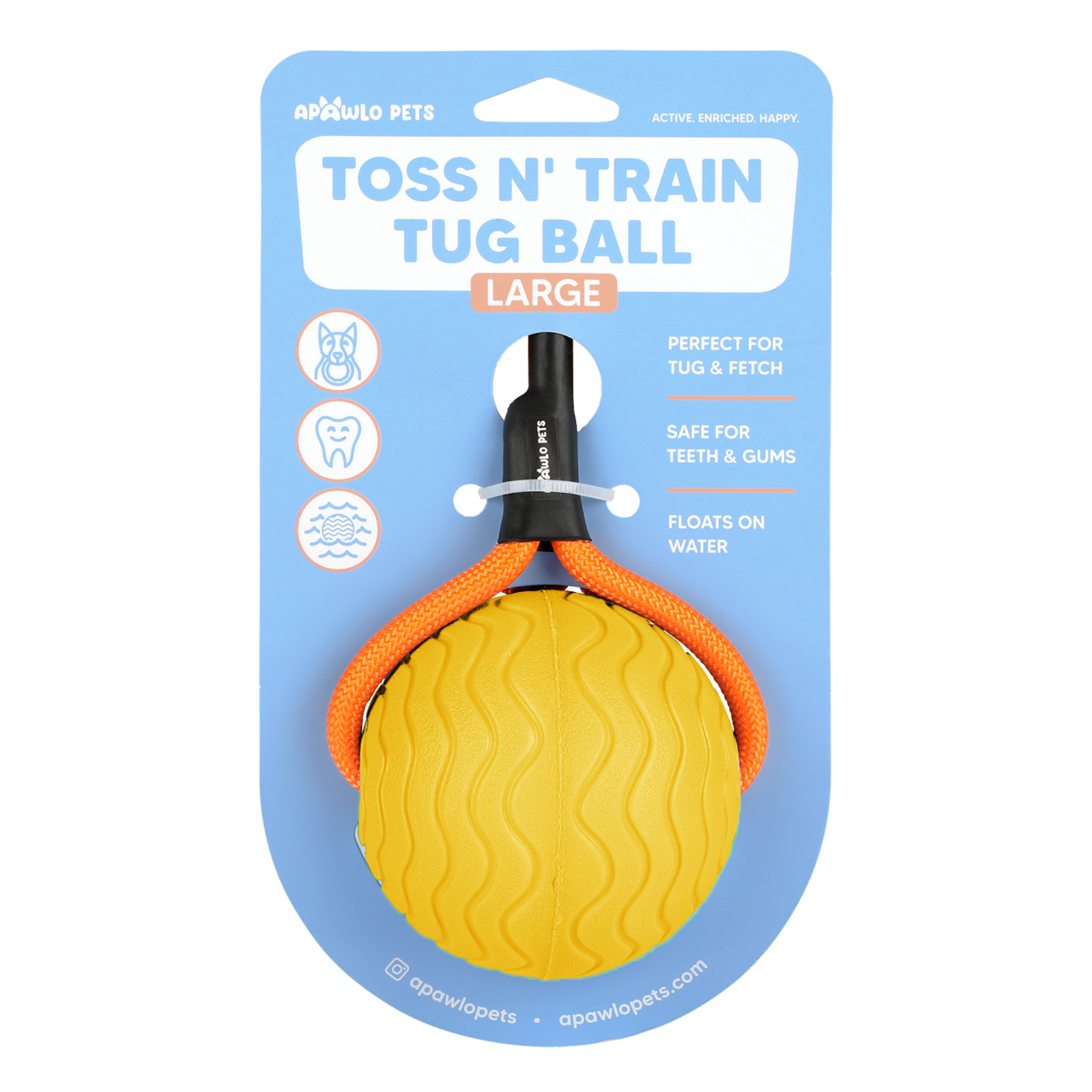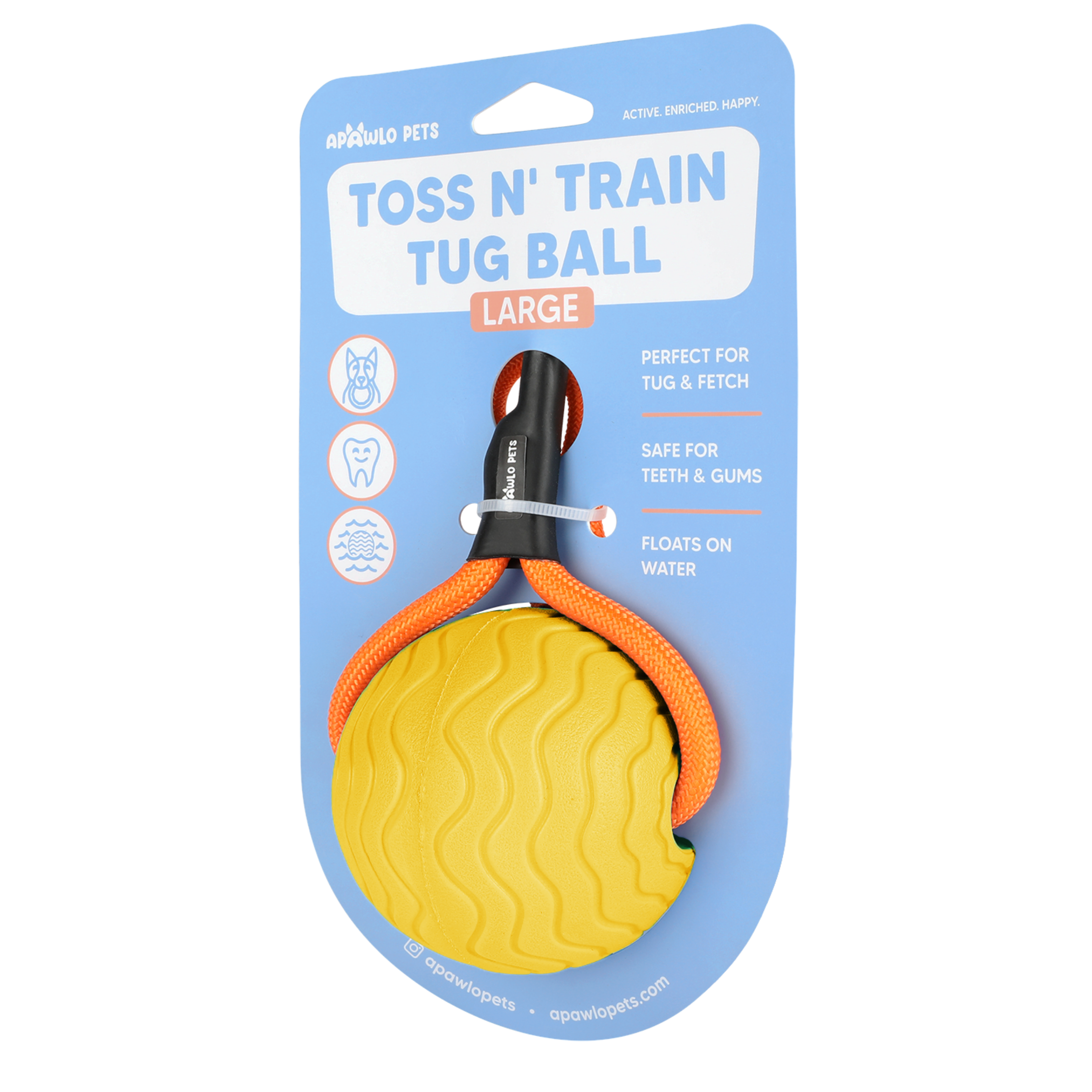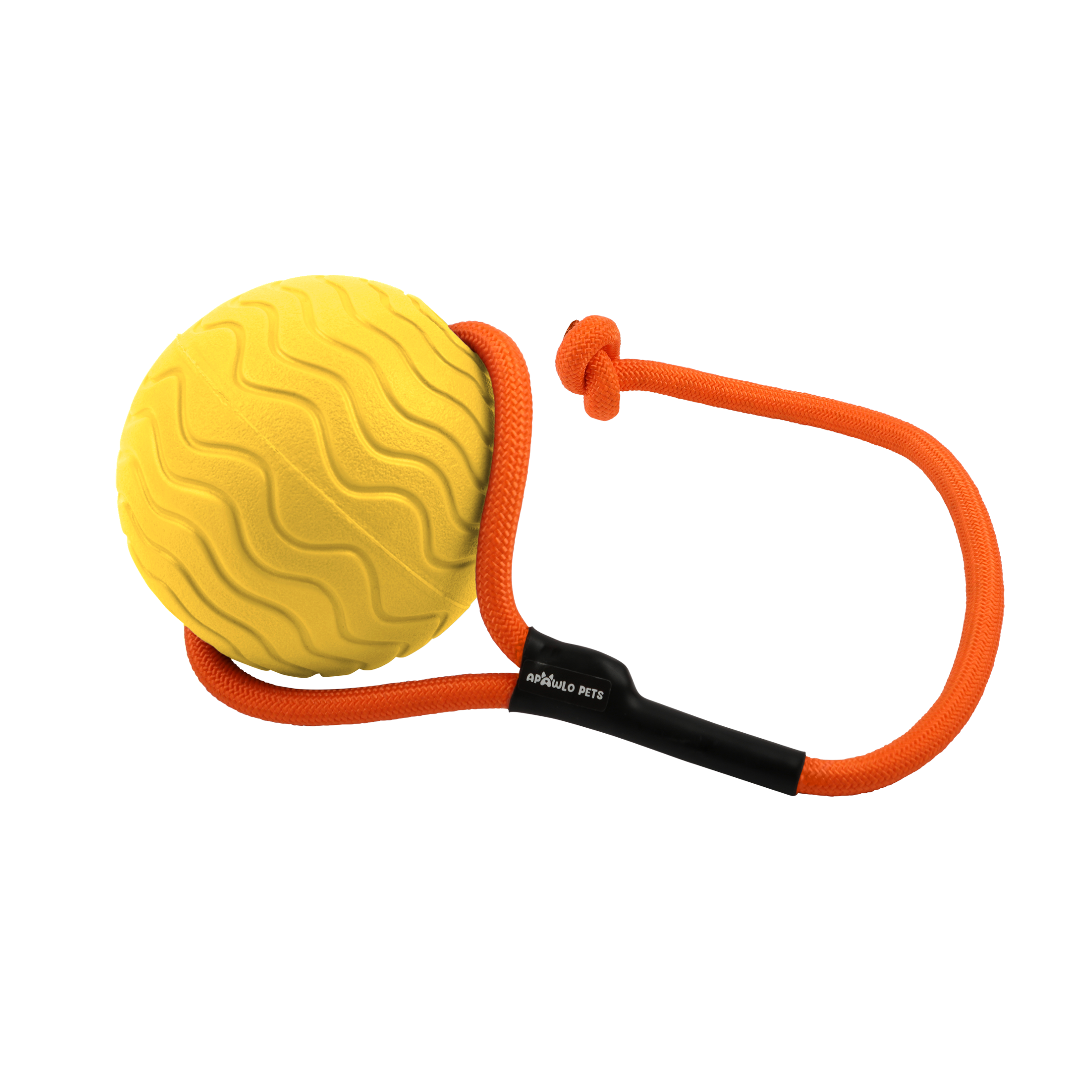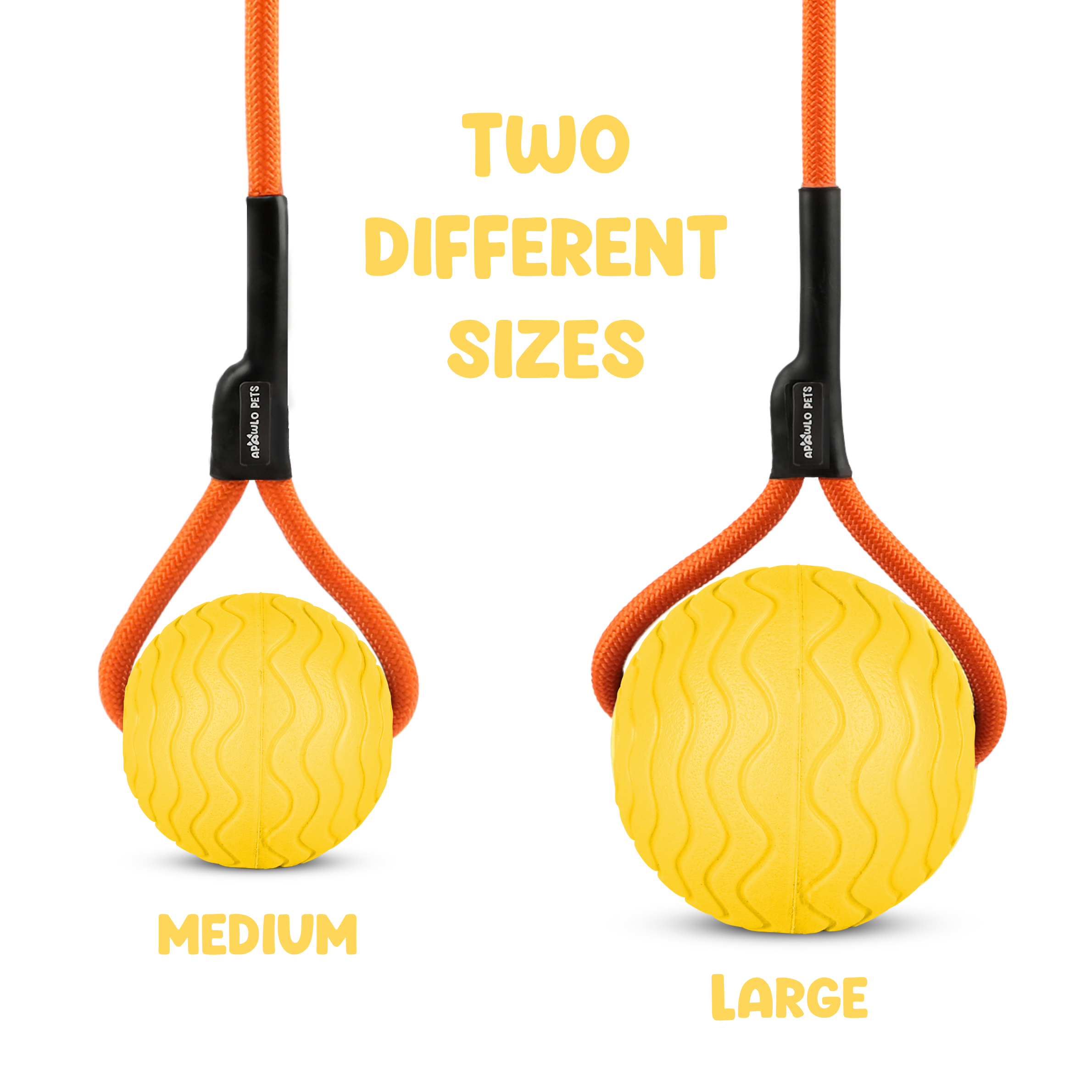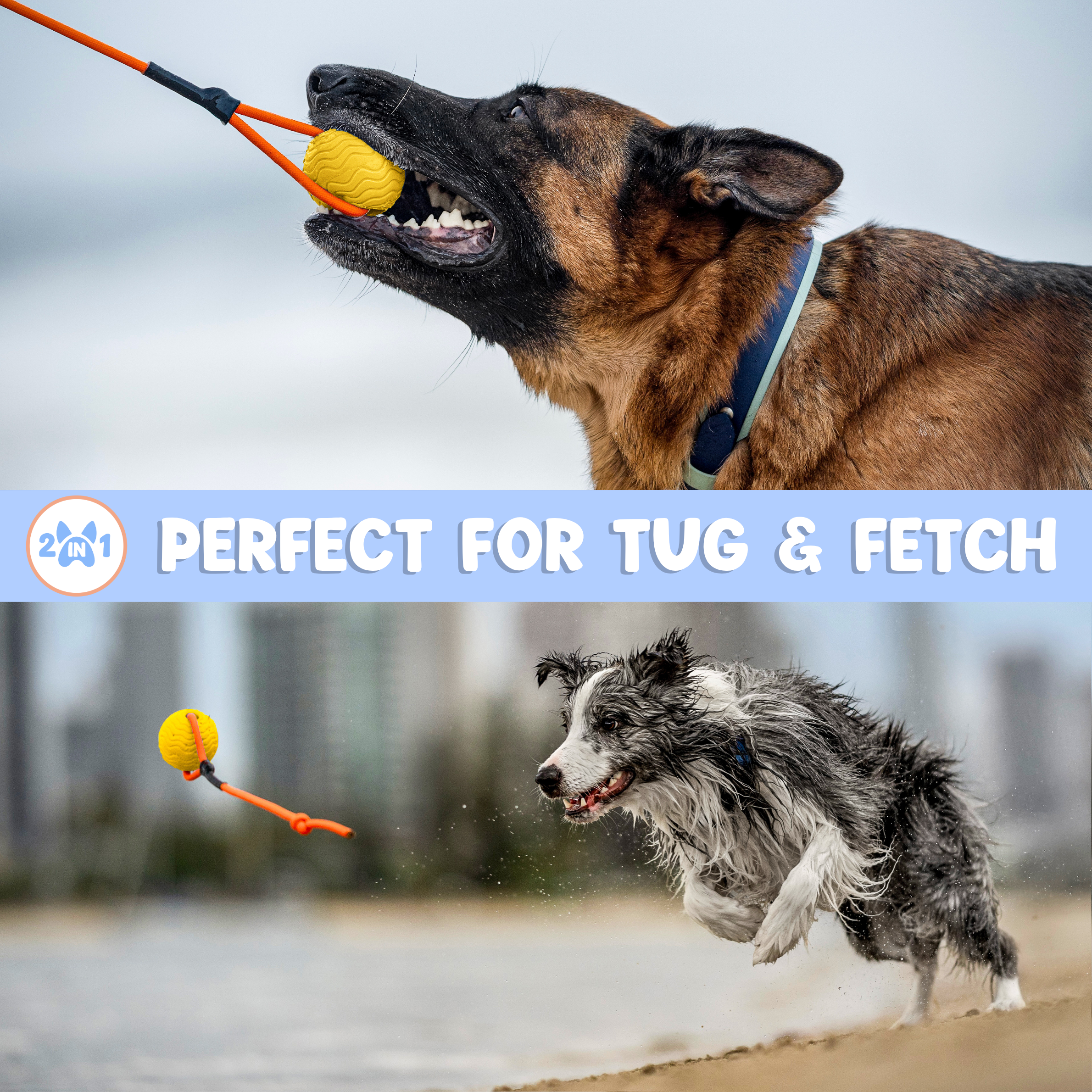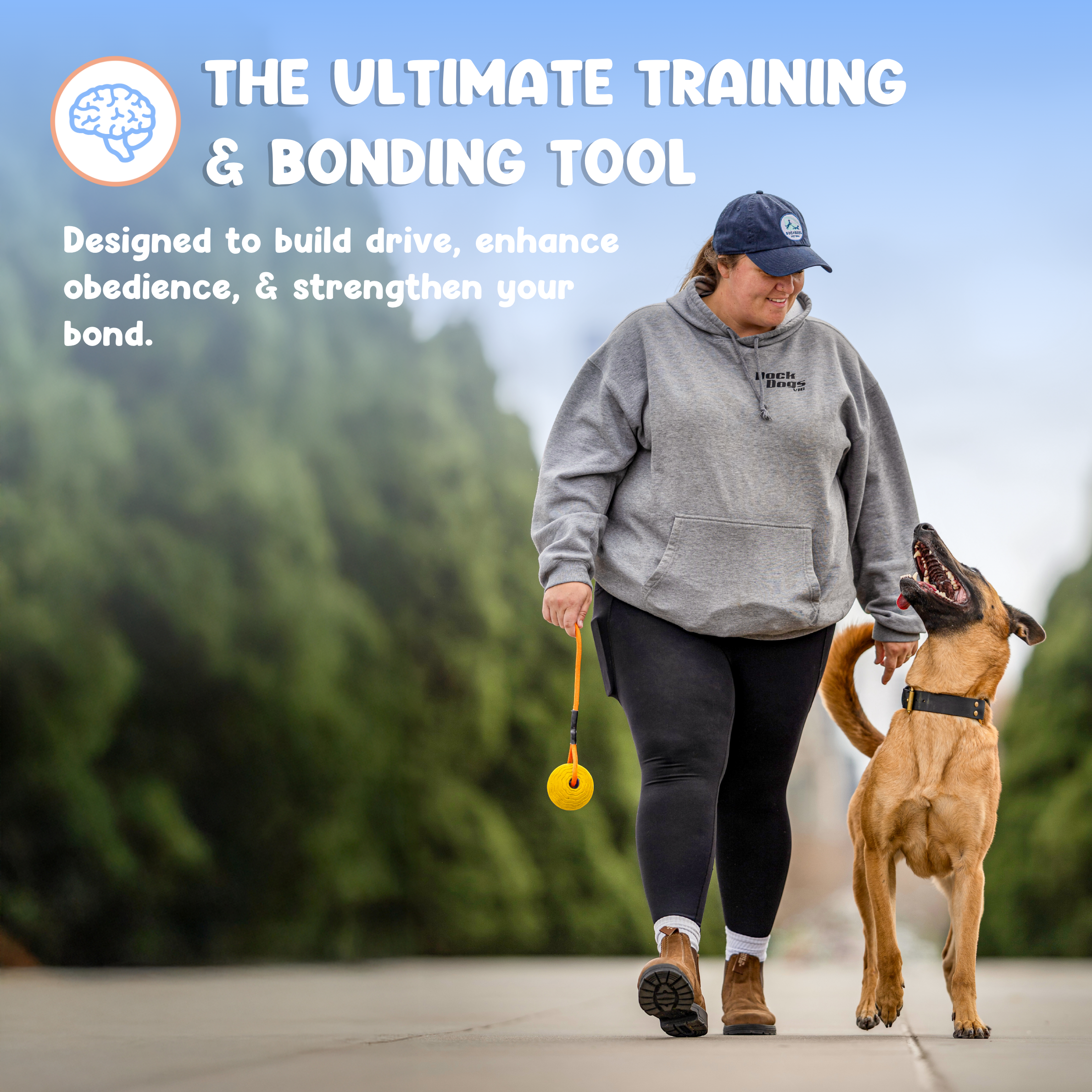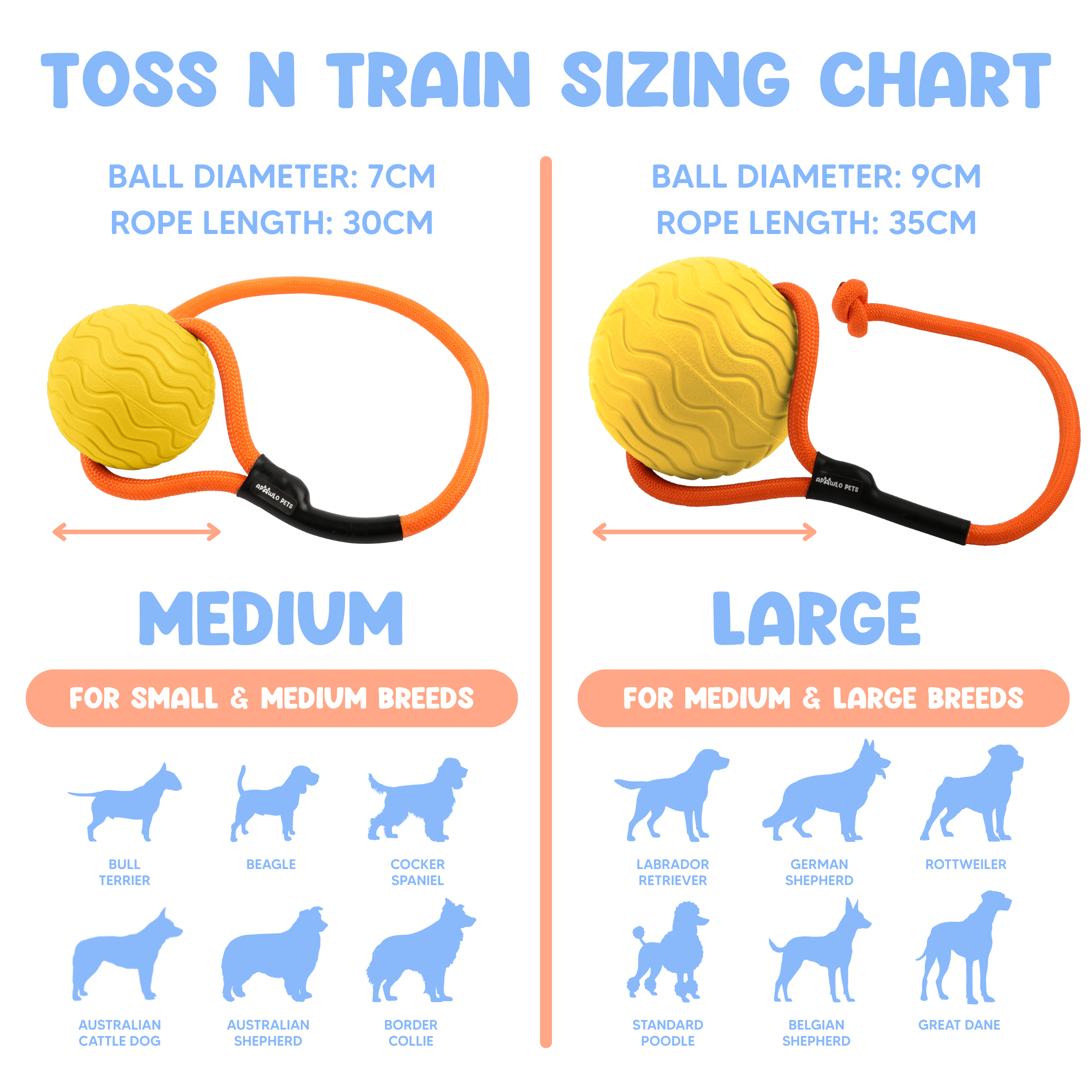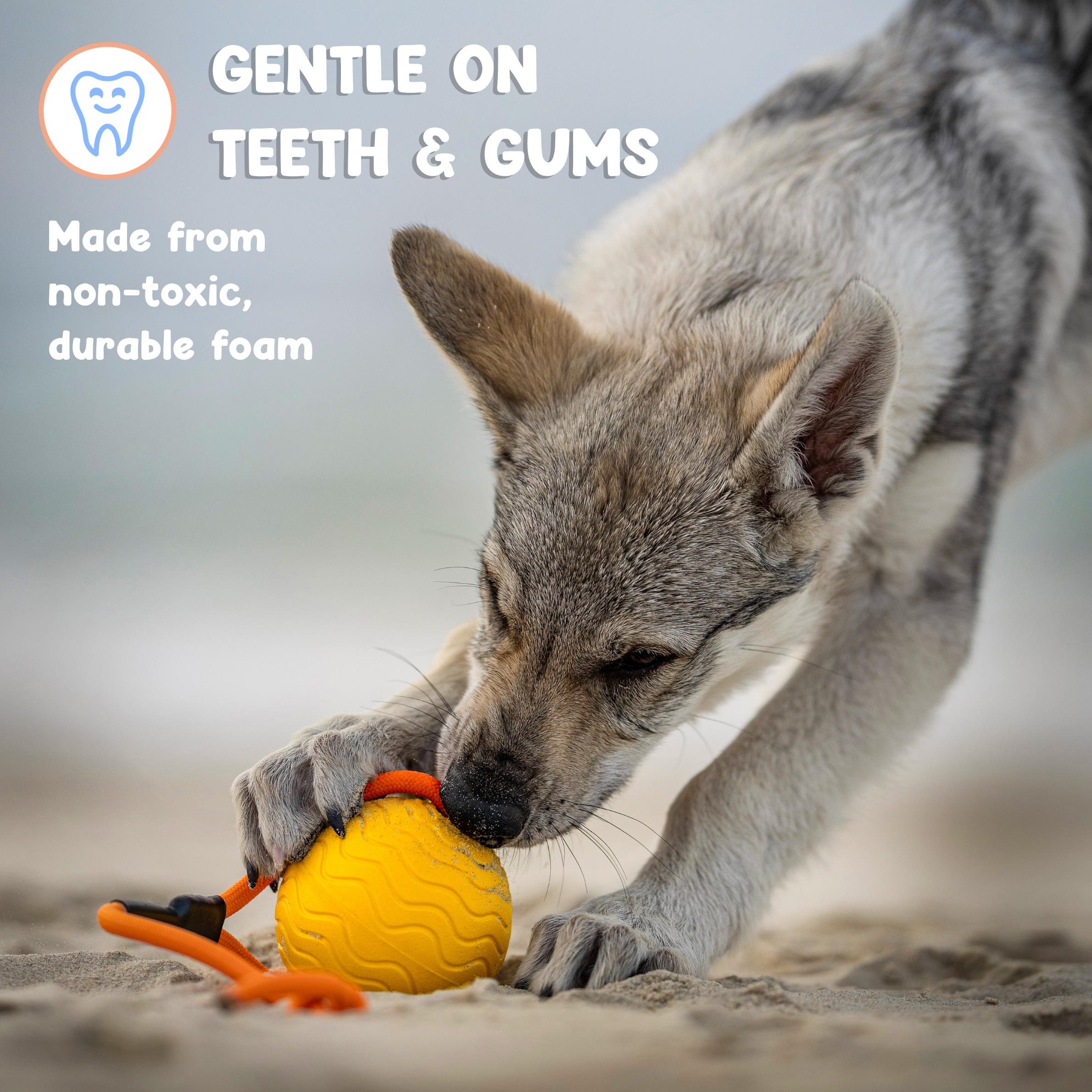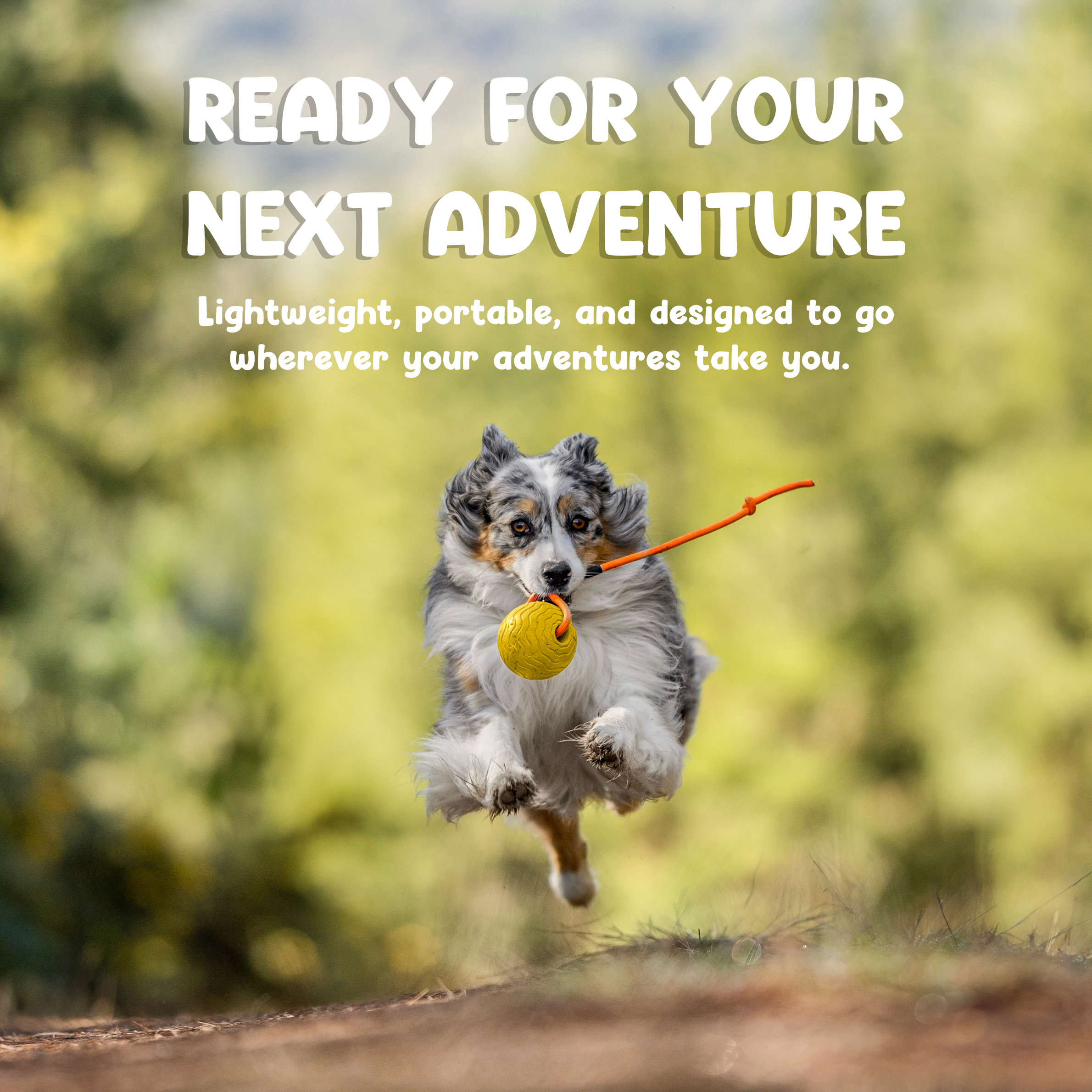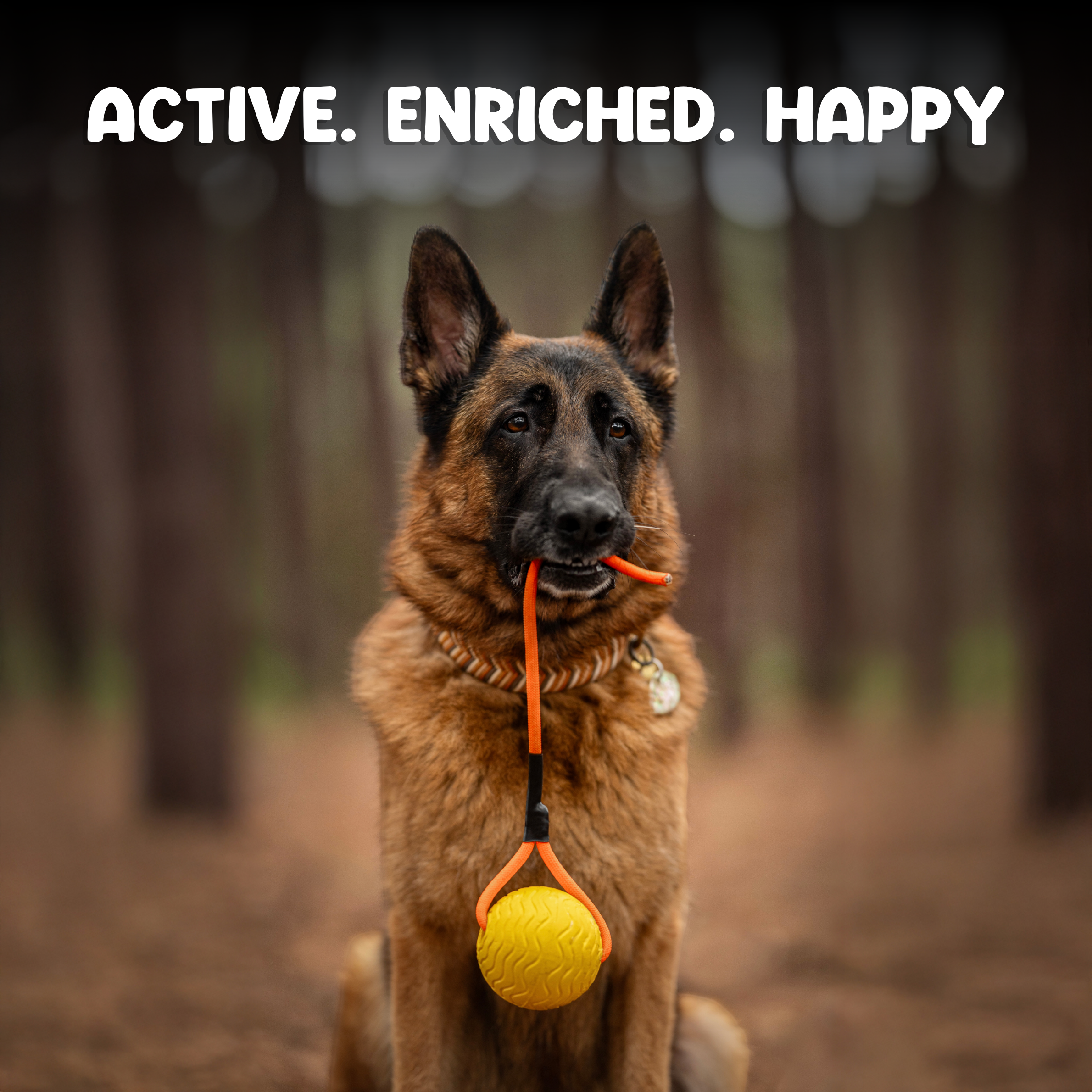Dog Food Aggression: Causes, Signs, and Solutions
Dog food aggression can be worrying for pet parents. Seeing your dog growl, stiffen, or guard their bowl often feels alarming — and sometimes even a little scary. But this behaviour doesn’t mean your dog is “bad” or trying to be dominant. More often, it’s rooted in natural instincts, past experiences, or their genetics.
If it’s not addressed quickly, food guarding can put strain on your bond and may even create safety concerns. Resource guarding has a strong genetic component and can appear in puppies as early as eight weeks old. It often begins around the food bowl but may quickly extend to other possessions.
The encouraging news is that with patience, consistency, and gentle strategies, most dogs can learn to feel more relaxed and secure at mealtimes.
In this guide, we’ll explore why some dogs develop food aggression, how to spot the signs early, and what you can do to ease tension and build trust at home. By understanding the “why” behind the behaviour — and responding in a supportive way — you’ll be setting the stage for calmer, safer, and happier mealtimes with your pup.
Disclaimer: While there are various strategies you can implement now, it’s strongly advised to seek professional help if you notice resource guarding behaviours in your dog, especially when guarding behaviour is directed at another dog in the household. Left unchecked, conflicts between dogs tend to increase in both frequency and intensity. Early intervention is always key.

Causes of Dog Food Aggression
Food aggression can feel alarming when it shows up at mealtimes, but it rarely comes out of nowhere. In most cases, the behaviour is shaped by a mix of instinct, genetics, past experiences, and learned habits. By understanding what drives food guarding, you’ll be better prepared to approach it in a thoughtful and effective way.
Evolutionary Instincts
At its core, resource guarding is about survival. Long before domestication, wild canines had to protect their meals from competitors. If they didn’t, they risked going hungry.
While today’s dogs have reliable meals, those instincts are still hardwired. Some dogs are naturally more prone to guarding than others, but almost any dog may show signs of it if they feel their food is threatened.
Genetic Propensity
Some dogs are simply more predisposed to resource guarding because of their genetic makeup. Guarding behaviour has a strong heritable component, meaning certain breeds or individual bloodlines may be more likely to show it than others. Even in well-raised puppies, signs of guarding can appear as early as eight weeks old.
While genetics don’t guarantee that a dog will or won’t guard food, they can make the tendency stronger if the parents were also food aggressive, especially when combined with environmental factors like stress, scarcity, or inconsistent training.
Past Experiences and Trauma
A dog’s history plays a big role in shaping mealtime behaviour.
Many rescue dogs, for example, come from backgrounds where food was scarce or competition was fierce. A stray that had to fight for every scrap of food may carry that insecurity into a loving home. Even after months or years of consistent feeding, the memory of scarcity can linger, making them defensive at the bowl.
Learned Behaviours
Dog food aggression can also develop unintentionally because of the way humans or other dogs respond. If a dog growls while eating and the person or dog backs away, the dog learns that growling ‘works.’
On the other hand, some owners try to take food away to ‘prove dominance,’ or punish the growl, but this often backfires — increasing the dog’s stress and causing the guarding behaviours to quickly escalate. The dog may suppress the warning signal next time, and jump straight to a bite in future situations, making the behaviour more dangerous.
Lack of Early Training
Puppyhood is the perfect time to shape healthy mealtime habits. Puppies who learn that people near their bowl bring good things — like extra kibble, treats, or praise — are less likely to see humans as a threat. Without these positive experiences, defensiveness can become the default as they grow older.

Signs of Dog Food Aggression
Recognising the early signs of dog food aggression is the best way to keep mealtimes calm and safe. Dogs rarely skip straight to biting — most start with small signals that can be easy to miss. By noticing these cues, you can step in gently before things escalate.
Body Language Cues
Dogs “speak” with their bodies. Subtle shifts in posture can tell you a lot about how they’re feeling. These are usually the first signs of resource guarding, but can be difficult to spot:
-
Stillness or stiffness when a “threat” approaches
-
Raised hackles (the fur along the back standing up)
-
“Whale eye,” where the whites of the eyes are visible
-
Ears pinned back tightly against the head
-
A tail held low, tucked, or unnaturally still
Verbal Warnings
Growling or barking at the food bowl can feel worrying, but these sounds are actually a dog’s way of communicating discomfort. Instead of seeing them as “bad behaviour,” think of them as your dog politely saying, “I’m not feeling safe right now.” Punishing these signals can cause dogs to hide their warnings and jump straight to stronger reactions.
Common vocal cues include:
-
Low growls when someone approaches the bowl
-
Sharp barking or snarling if a person or pet comes too close
-
Whining or whimpering that signals distress
When Things Get More Serious
If the early signals are missed or ignored, a dog may feel they need to protect their food more forcefully. This can create safety concerns, especially in homes with children or multiple pets. Escalated behaviours may include:
-
Snapping at approaching hands
-
Lunging towards people or pets near the bowl
-
Actual biting if they feel cornered or threatened
-
Guarding empty bowls, food packaging, or even special treats
At this stage, it’s wise to seek help from a qualified trainer or veterinary behaviourist. With the right support, your dog can still make steady progress towards calmer, more secure mealtimes.

How Diet Influences Mealtime Behaviour
Dog food aggression doesn’t always come from past trauma or instinct alone. Sometimes, what’s in the bowl — and how it’s offered — plays a big role.
A well-balanced diet and predictable feeding routine not only support your dog’s physical health but can also shape their mindset around food. Many dogs thrive on predictability — knowing when and how they’ll be fed helps them feel secure. When meal delivery is inconsistent or unpredictable, some dogs may experience stress or anxiety, which can increase the likelihood of guarding behaviours.
The first step to addressing or preventing resource guarding behaviours is keeping feeding times steady and ensuring the diet is nourishing. This will help create a dog that is calmer and less defensive around their food.
Having a predictable routine doesn’t mean food can’t also be used in training. In fact, using part of your dog’s daily food allowance for rewards can be an excellent way to build positive associations and reduce guarding tendencies. When food is paired with engaging activities, praise, or new skills, and delivered from your hand, dogs can learn that good things happen when humans are involved with their food.
Nutritional Balance
Just like people, dogs can feel unsettled if their diet isn’t meeting their needs. Meals that are low in protein, healthy fats, or key vitamins may leave them unsatisfied, even if the bowl looks full. That lingering hunger or imbalance can sometimes trigger resource guarding.
On the flip side, high-quality, nutrient-rich food helps dogs feel full, supports stable energy, and can even ease anxiety. Many pet parents notice mealtimes becoming less tense once their dog is truly getting what they need from their food.
Feeding Practices
The way food is served can matter as much as the food itself. Small adjustments often make a big difference:
-
Schedules: Feeding at consistent times helps reduce uncertainty. Dogs quickly learn when to expect meals or training sessions with their food, which lowers stress and prevents guarding driven by worry. Using food in several short training sessions throughout the day ensures dogs have frequent opportunities to eat, keeping hunger in check and reducing the intensity they may feel around their main meals.
-
Portioning: Too little food can make dogs cling to every bite, while overfeeding can cause health issues. Finding the right balance for their size and activity level promotes steady energy and a calmer mealtime mood. A full meal also supports serotonin production, which contributes to feelings of relaxation and contentment.
-
Methods: Puzzle feeders, slow-feed bowls, and snuffle mats turn eating into a calmer, more engaging activity. The act of foraging and licking encourages relaxation and helps release calming hormones. These tools tap into contrafreeloading, the concept that many animals prefer to work for their food rather than have it handed to them for free. By slowing meals down and giving dogs the chance to “earn” their food through searching and problem-solving, tension around the bowl often decreases while fulfilment increases.
👉Pro Tip: Keep a simple food journal for a couple of weeks. Track what your dog eats, portion sizes, and any guarding behaviour. You may spot patterns — like more tension when portions are smaller or after certain foods.
By paying attention to nutrition and feeding habits, you can ease some of the pressure your dog feels around food — creating a dining routine that’s not only healthier but also happier for both of you.

Solutions for Dog Food Aggression
Helping a dog with food aggression isn’t about proving dominance or forcing them to “give in.” It’s about replacing fear with trust and teaching them that people near their bowl bring good things. With patience, consistency, and a thoughtful plan, many dogs can learn to relax at mealtimes.
Desensitisation and Counterconditioning
Dogs have seven core emotional systems in the brain, as identified by neuroscientist Jaak Panksepp. These systems can’t run in conflict with one another — if one is active, it suppresses the others. That’s why desensitisation and counterconditioning are so powerful.
By pairing a person’s approach with something positive, we’re not just changing behaviour at the surface level — we’re switching the dog from being in Fear or Rage, to being in Seeking. When a dog is in Seeking, they’re motivated, curious, and engaged, which leaves little room for defensive emotions to take over.
Start by showing your dog that your presence around their food is positive, not threatening. In the beginning, simply walk past the bowl at a distance they are comfortable with and drop a tasty treat nearby as you pass. Over time, you can gradually decrease the distance, always making sure your dog remains relaxed.
The goal is for your dog to learn that people approaching the bowl doesn’t mean food will be taken away — it means something extra and delicious appears. This changes the underlying emotional response from defensive to anticipation.
Progress should always be slow and tailored to the dog’s comfort level. If at any stage the dog stiffens, growls, or shows signs of unease, take a step back to an easier stage rather than pushing forward. Consistency is key: short, positive sessions repeated daily will have far more impact than trying to rush through the process.
Structured Feeding Routines
As mentioned, predictability around food helps dogs feel secure. Building small rituals into mealtime adds another layer of stability for many dogs. For example, layering obedience into mealtimes, such as asking for a simple cue like “sit” or “place” before setting the bowl down, can create calm anticipation. This kind of structure reduces uncertainty and helps them approach meals with confidence rather than tension.
Managing the Environment
Setting up the right environment makes mealtimes easier for everyone. One of the key goals is to break the cycle of rehearsal — if a dog is repeatedly disturbed or feels the need to defend their food (and find success in doing so), the behaviour strengthens. Instead, we want to teach them that they can eat in peace and won’t be interrupted.
Try feeding your dog in a quiet area of the house where they can eat undisturbed. If you have children or multiple pets, use baby gates, crates, or separate rooms to prevent accidental conflicts.
Puzzle feeders and slow-feed bowls can also make meals more engaging, slowing mealtime down in a way that lowers stress.
Why Punishment Doesn’t Work
It can be tempting to scold or correct a dog for growling, but this usually makes things worse. Yelling, startling, or repeatedly taking the bowl away only increases fear and stress and can push a dog to skip warnings and react more suddenly. Instead, focus on:
-
Rewarding calm behaviour around the bowl (quiet praise or a positive marker word when they’re relaxed).
-
Using gentle “trade-up” exchanges, teaching that giving something up leads to something better.
-
Stepping back if you see signs of abnormal stress — and trying again another time when your dog is calmer.
Professional Help When Needed
If your dog has reached the point of snapping, lunging, or biting, it’s best to work with a qualified trainer or behaviourist. A professional can create a tailored plan, keep everyone safe, and guide you step by step so progress is steady and stress-free.

Preventing Food Guarding in Puppies
While food aggression in adult dogs can be managed, prevention during puppyhood is much easier — and it sets the stage for a lifetime of calm, positive mealtimes. By giving puppies safe, consistent experiences around food, you can reduce the chances of guarding behaviours developing later on.
Early Socialisation
The socialisation window (around 4–16 weeks) is a golden opportunity for shaping good habits. During this stage, gently introduce your puppy to different mealtime experiences: people walking by, calm handling, or even another pet eating nearby under supervision. These encounters should always be relaxed and positive, helping your pup learn that food is nothing to worry about.
Positive Mealtime Associations
Simple habits can go a long way. Occasionally drop an extra piece of food or a small treat into your puppy’s bowl while they’re eating. Over time, they’ll connect a human presence near their food with pleasant surprises, rather than feeling like something might be taken away.
Hand Feeding and Trade-Up Games
Feeding part of your puppy’s meal from your hand can strengthen trust and reduce possessiveness. Trade-up games — where you offer something even better in exchange for a toy, chew, or piece of food — teach them that giving things up doesn’t mean losing out, but gaining more.
Consistency Builds Confidence
Consistency is key. Repeating these gentle practices daily helps your puppy feel secure and relaxed at mealtimes. As they grow, they’ll carry these positive associations with them, making food guarding much less likely to develop later in life.

Conclusion
Dog food aggression can be challenging, but it’s not something you have to face alone or forever. By understanding the causes, recognising the early signs, and using patient, positive strategies, you can help your dog feel safer and more relaxed at mealtimes. Simple changes — like consistent feeding routines, creating positive associations, and avoiding punishment — often make a big difference.
For puppies, prevention through gentle training is the best investment. For adult dogs, steady practice and, if needed, professional support can bring lasting improvements. With compassion and consistency, calmer mealtimes and a stronger bond are well within reach.
Most importantly, it’s essential to remember that food guarding is rooted in emotion — often fear or frustration — and by shifting dogs into more positive emotional states, we help them feel truly secure.
Dogs have the right to eat undisturbed. Respecting that need while guiding them through safe, supportive training creates calmer mealtimes and a stronger bond built on trust.
FAQs About Dog Food Aggression
1. Is dog food aggression the same as resource guarding?
Food aggression is one form of resource guarding. Some dogs may also guard toys, beds, or even people. The reasons behind it are often the same — it comes from instinct, genetics, or insecurity, not from being “bad.”
2. Can certain dog breeds be more prone to food aggression?
Any breed of dog can develop food aggression. While some breeds (particularly primitive, working, or guardian breeds) may be more predisposed, a dog’s genetics, environment, history, and training usually have a much bigger influence than breed alone.
3. Is it safe to feed dogs together if one shows food aggression?
To keep everyone stress-free, it’s best to feed separately. Use crates, gates, or different rooms so each dog can eat calmly without feeling the need to compete.
4. Will neutering or spaying reduce food aggression?
Food aggression is rarely caused by hormones, so surgery usually won’t resolve it. Training, structure, and creating positive associations are much more effective ways to address it.
5. Can food aggression ever fully go away, or is it lifelong?
Many dogs improve significantly with consistent training and management. Some may always need a little extra caution, but calmer mealtimes and lasting progress are very achievable with the right approach.


